Pak Offroad 40L footwell water tank
RRP: $265
WEBSITE: pakoffroad.com.au/watertanks/
WE SAY: A handy way to carry water in your vehicle.
Jerry cans are fine but they can be a hassle to store and access, while dedicated under-vehicle water tanks can be expensive. These PAK Offroad tanks are a convenient solution.
There are four tanks in the range: the handy 50-litre Rak Tank that mounts on a roof-rack and is designed to mount a set of traction boards to; the 40-litre Wheel Arch that is designed to fit in the side of a ute-tub; the 40-litre Tub Tank that fits across the back of a ute tub; and the 40-litre Footwell that is designed to fit across the floor in front of the back seat of any wagon or dual-cab ute.
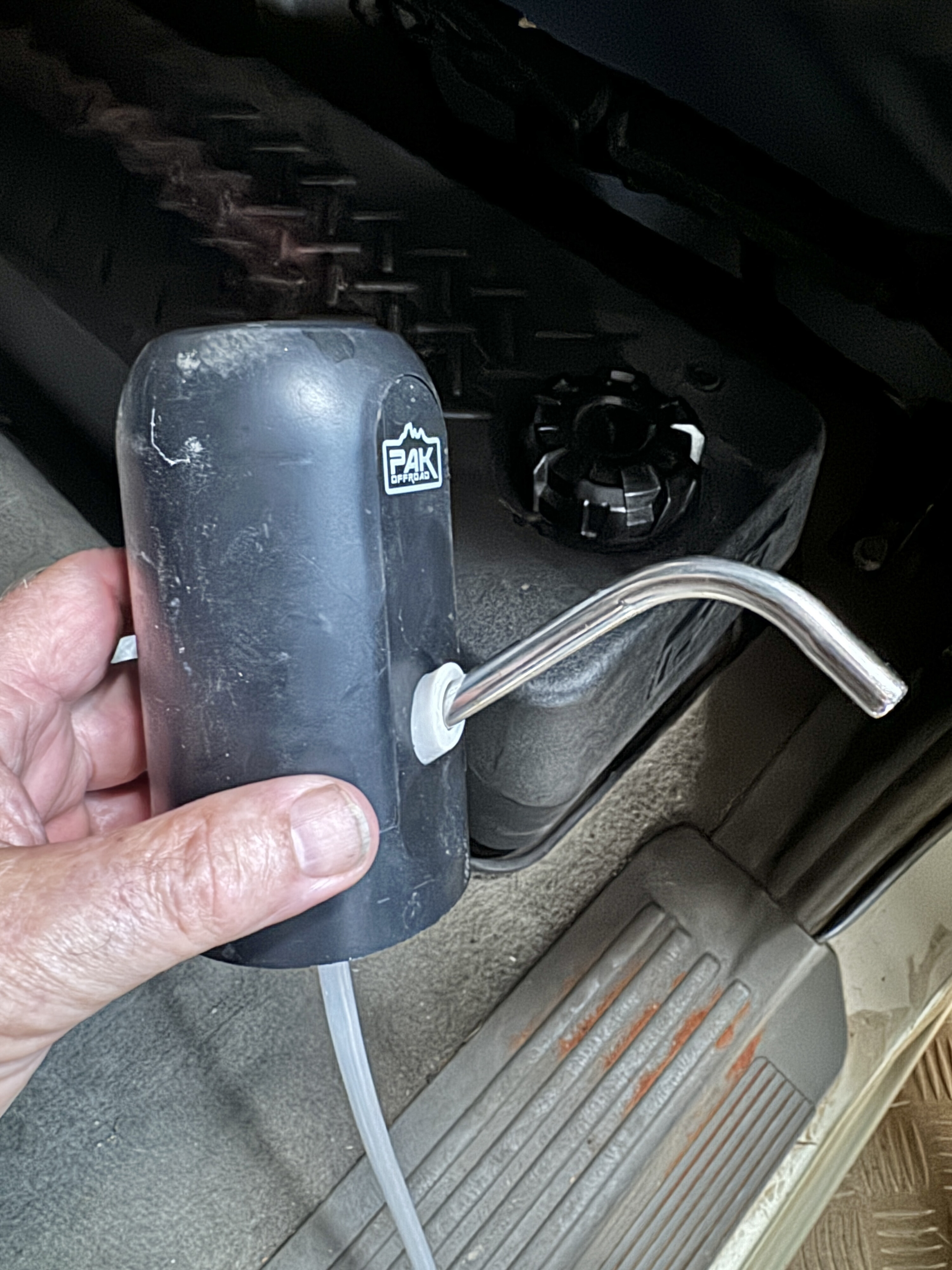
The tanks are made in Australia from UV-resistant and drinking-water grade material which is BPA free.
Internal baffles reduce the water sloshing around, while two largish screw-top vents allow easy and quick filling while also allowing the supplied rechargeable water pump to be quickly mounted to pump water from the tank into a pot or kettle.
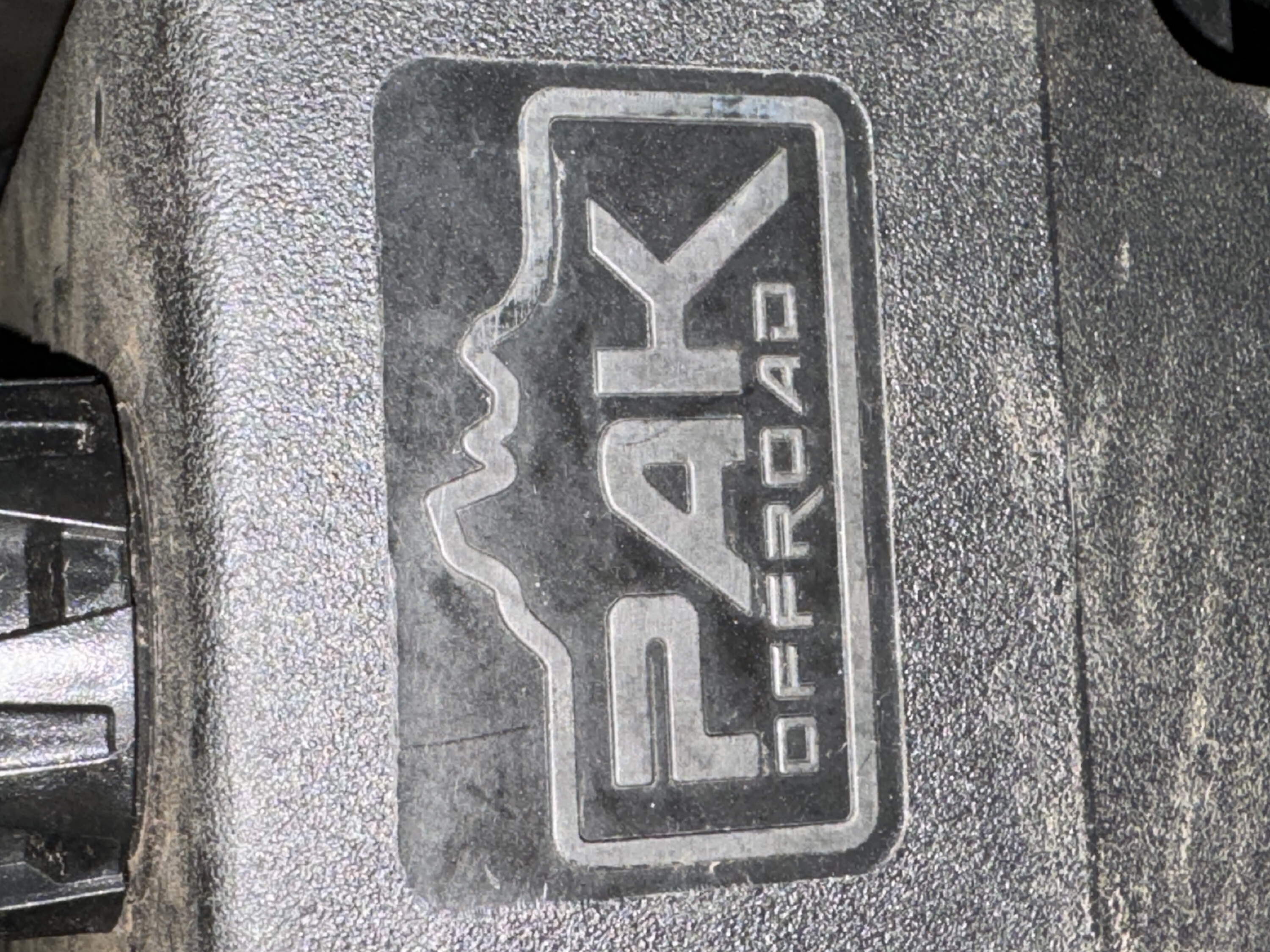
If there is any criticism of the unit it is the supplied pump which can be a bit slow if filling a large pot, but otherwise this tank is an easy way to carry 40 litres of water, and it’s covered by a lifetime warranty on the tank itself, with 12 months warranty on fittings.
RRP: $265
WEBSITE: pakoffroad.com.au/watertanks/
WE SAY: A handy way to carry water in your vehicle.
Located in the Finke Gorge National Park, Palm Valley is a place of unique contrasts, where towering red sandstone cliffs frame a verdant strip of greenery, creating a remarkable pocket of life amidst the surrounding desert country.
For travellers seeking an unforgettable adventure, the valley offers a glimpse into an ancient world, where geology, botany, and Indigenous culture come together to form a truly extraordinary experience.
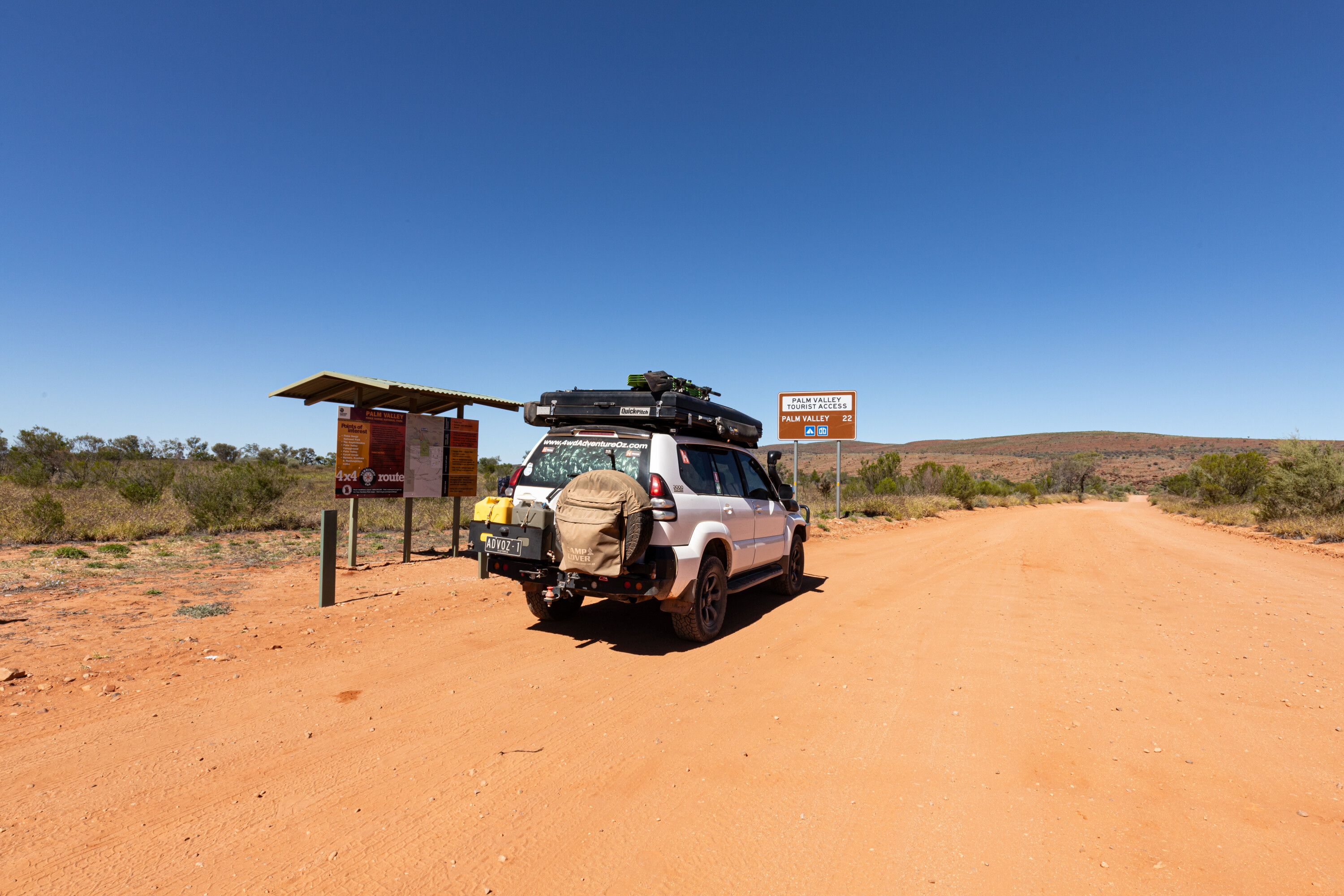
Accessible via a four-wheel-drive track, the sometimes rough terrain leading into the valley adds to its allure, making it a destination for those who thirst for exploration. As you approach the valley, the landscape transitions from open desert plains to deep gorges, dramatic cliffs and rugged ridges that seem to have been carved by time itself.
The turnoff to Palm Valley is signposted and has an information board. It is also an excellent spot to air down your tyres for the upcoming corrugations and Finke riverbed sections. If a recent flow has filled waterholes in the river, you may also encounter some deep water crossings.
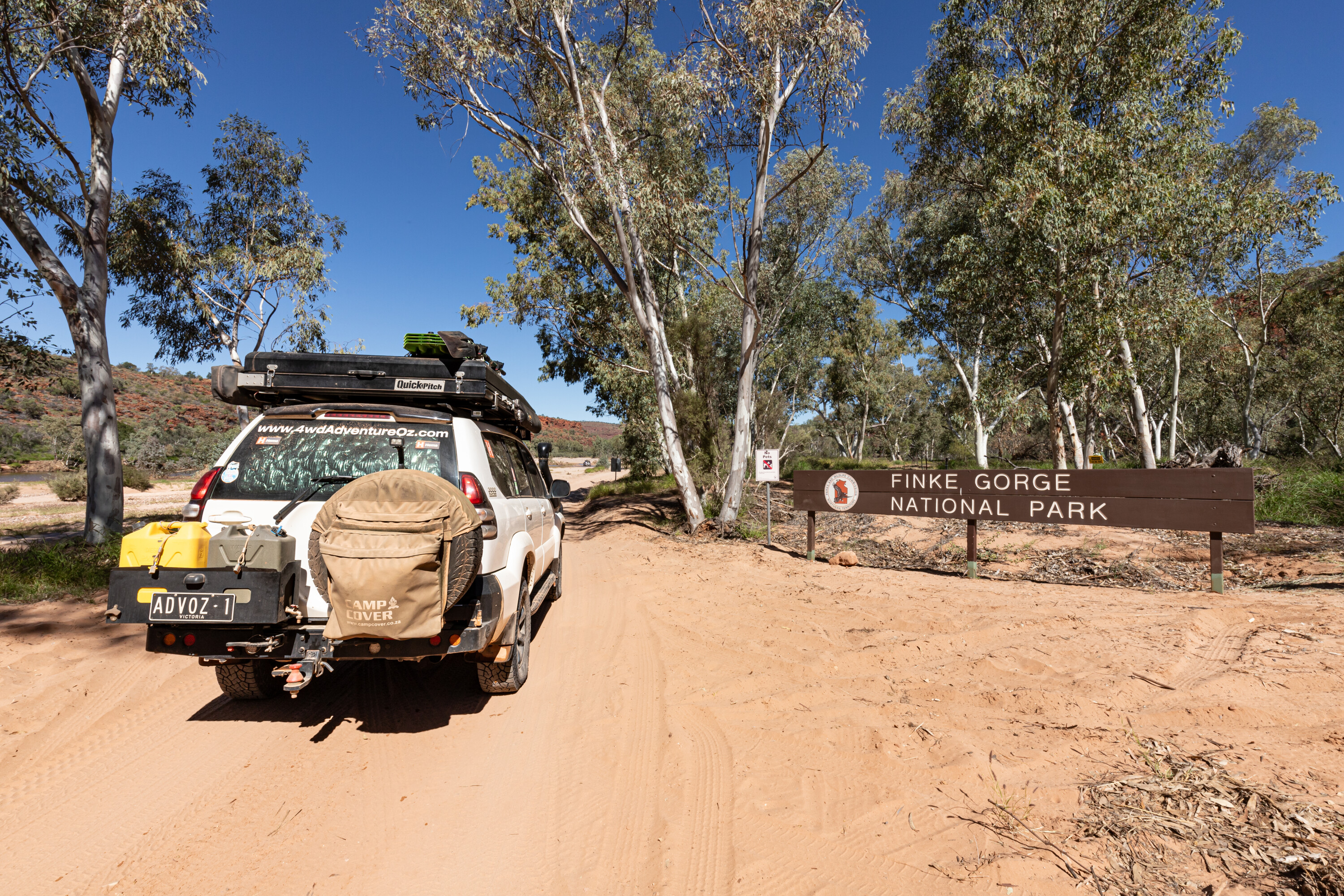
From Larapinta Drive, it is 12km to the entrance of the national park, which has an electrified mat at the gate to prevent horses from entering. Once you cross Palm Creek, there is another information board, which is 2km from the campground. You can find out where your campsite is by looking at the information board at the campground’s entrance. Sites must be booked and paid for online before arriving.
Bring your own firewood and share the fire with others; it’s a great way to meet fellow travellers. There are gas barbecues and stoves, plus non-potable bore water in limited amounts. The showers are solar-heated, so having one in the afternoon is better than first thing in the morning.
The drive from the campground to Palm Valley is four-wheel drive only and provides plenty of challenges where low range may be required, although the track has been simplified over the years.
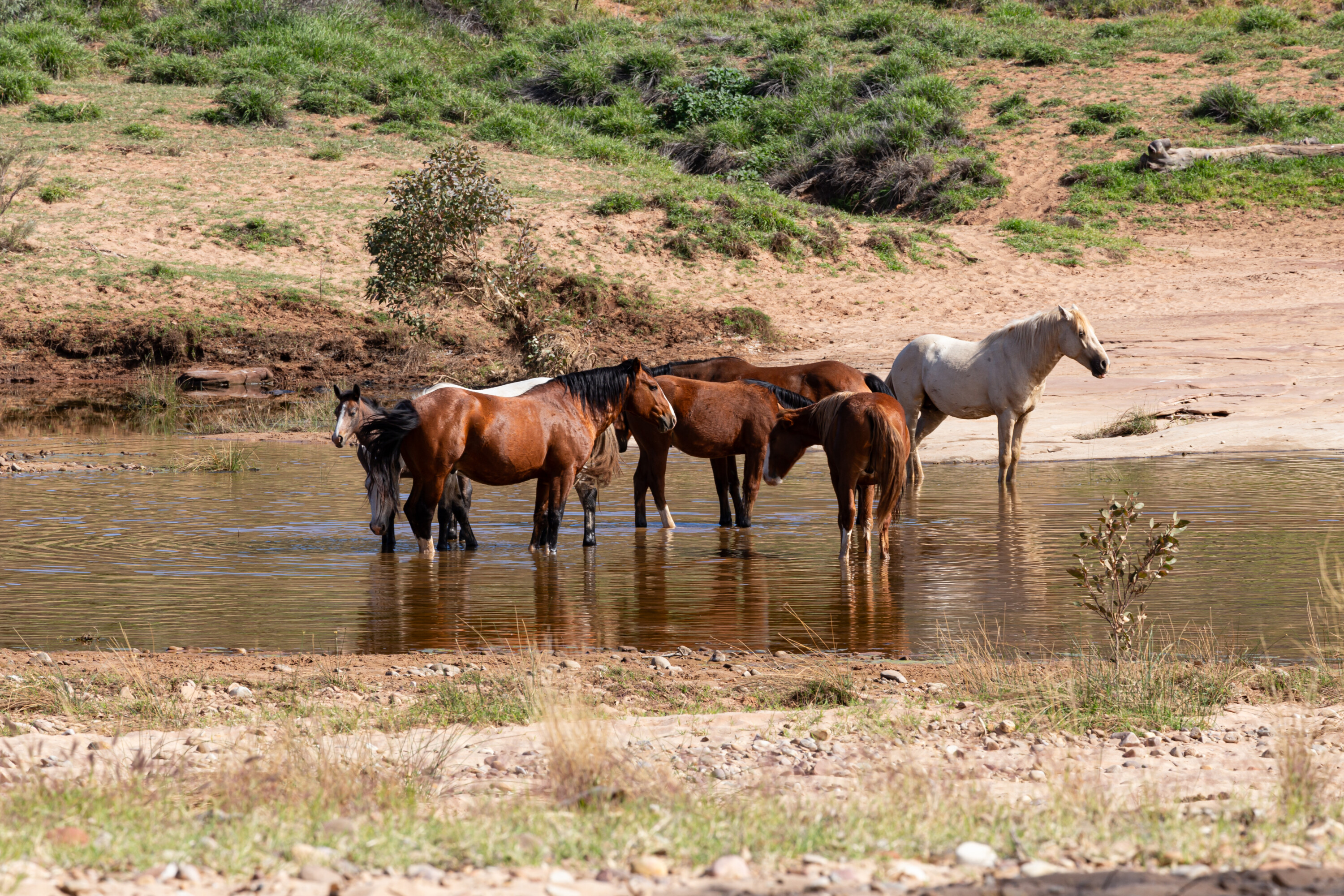
The valley sits within the Finke River system, one of the oldest river systems in the world. While most of the region around Palm Valley is dry and inhospitable, the valley itself is a surprising oasis sustained by underground springs that provide a steady water source.
The valley’s walls rise steeply from the ground, with rich red and orange hues that glow under the Central Australian sun. Erosion over millions of years has shaped the valley, with sandstone formations that tower over the palm groves below. These cliffs, some as high as 300m, create a dramatic backdrop for the lush vegetation that thrives within the valley floor.
Cycad Valley can be found on the drive out to Palm Valley and is best viewed later in the day when the sun offers better light. It’s a 4km drive from the campground and a nice spot to escape the heat. From there, it’s 1.6km to the end of the track, where you’ll find the carpark for Palm Valley.
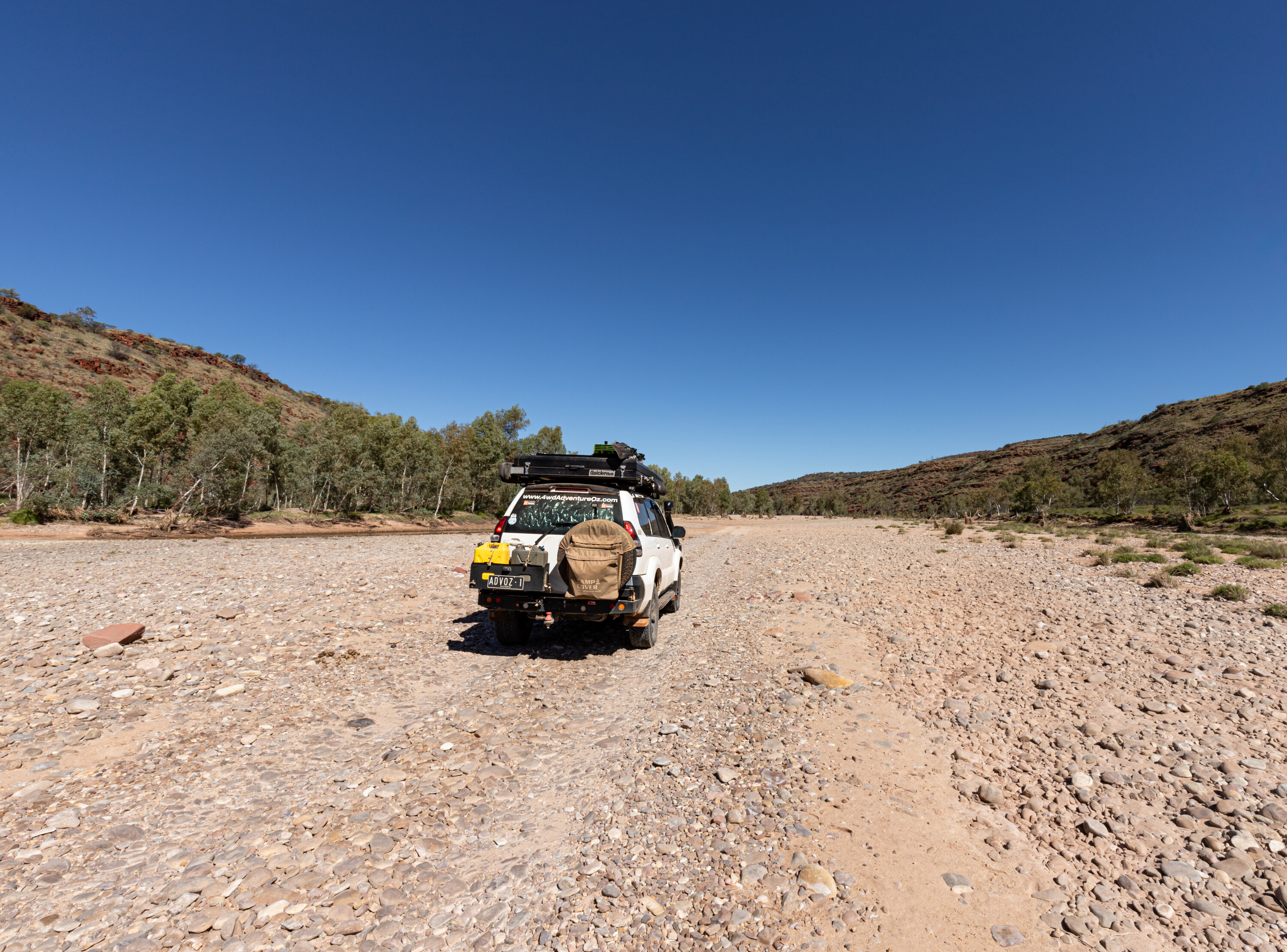
The valley is home to a unique species of palm found nowhere else called the Red Cabbage Palm (Livistona mariae). This ancient palm is a living relic, a survivor from when Central Australia was covered in lush rainforests. Today, these palms grow in small, isolated pockets within the valley, sheltered by the cliffs and sustained by the underground water supply.
The Red Cabbage Palm can grow up to 20m tall, with long fan-shaped fronds that provide shade and a cool respite from the harsh desert heat. Walking through Palm Valley feels like stepping into a different world, where the sounds of the wind and the rustling palms create an atmosphere of tranquillity and mystery.
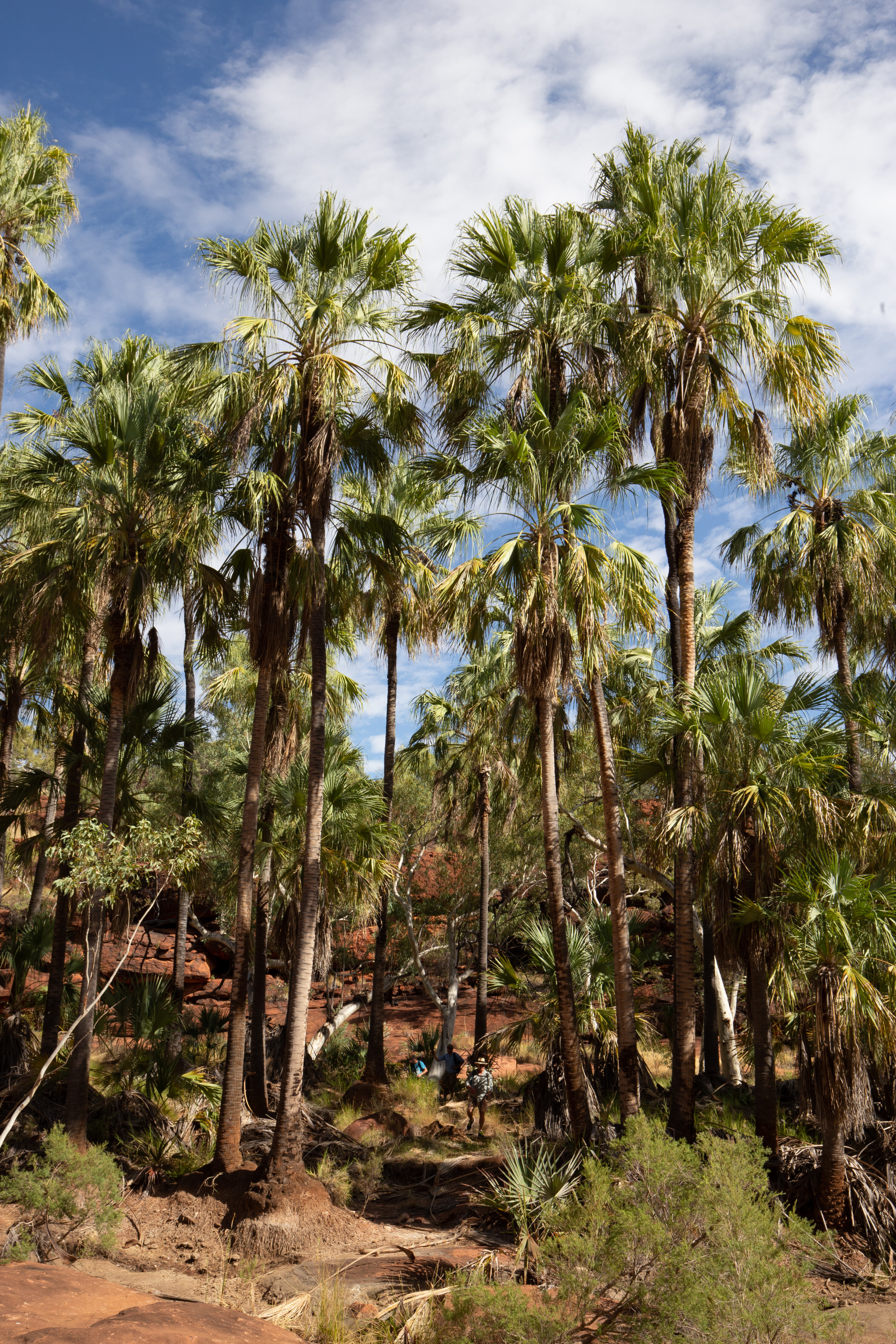
In addition to the palms, Palm Valley is also home to various other plant species that have adapted to its unique conditions. These include cycads, acacias, and other arid-zone species that thrive in the semi-permanent waterholes found within the valley. The flora here starkly contrasts the barren landscape outside the valley, making Palm Valley a true botanical wonder.
Palm Valley offers several walking trails that allow visitors to experience the valley’s unique environment up close. The most popular of these is the Arankaia Walk, a 2km loop that takes you through the valley’s heart, past the towering Red Cabbage Palms and along the banks of the waterholes.
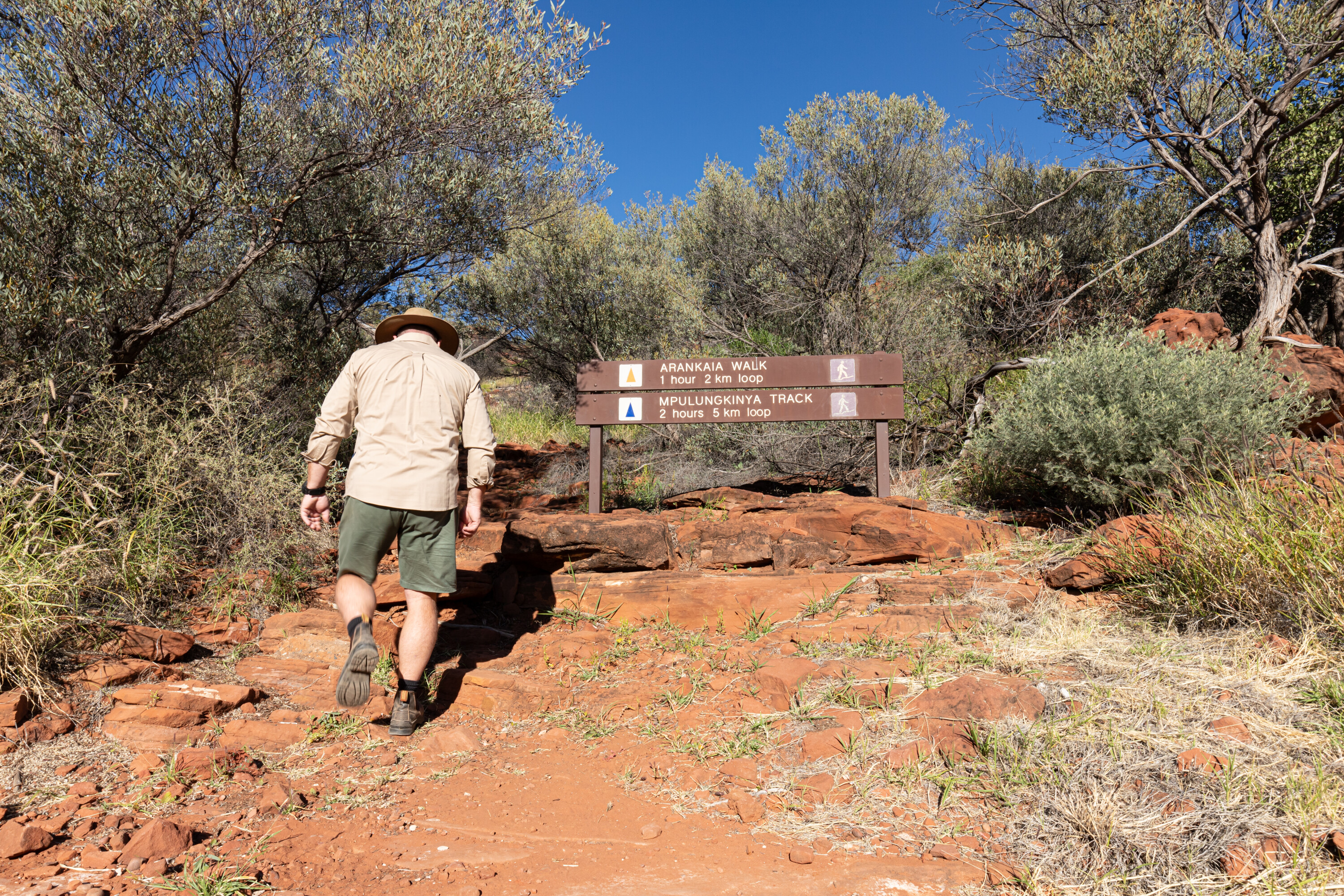
The Mpulungkinya Track is a 5km loop walk that goes further along the Valley and deeper into the arid sandstone plateau above the palms. Take drinking water with you as climbing to the top of the escarpment is thirsty work.
Although the valley is small, it is a haven for wildlife that has adapted to its unique environment. Birds are among the most visible inhabitants of Palm Valley, with species such as the spinifex pigeon, grey shrike-thrush, and the iconic Australian ringneck parrot often seen flitting between the palms. These birds are attracted to the permanent water sources and the abundance of food the palms and other plants provide.
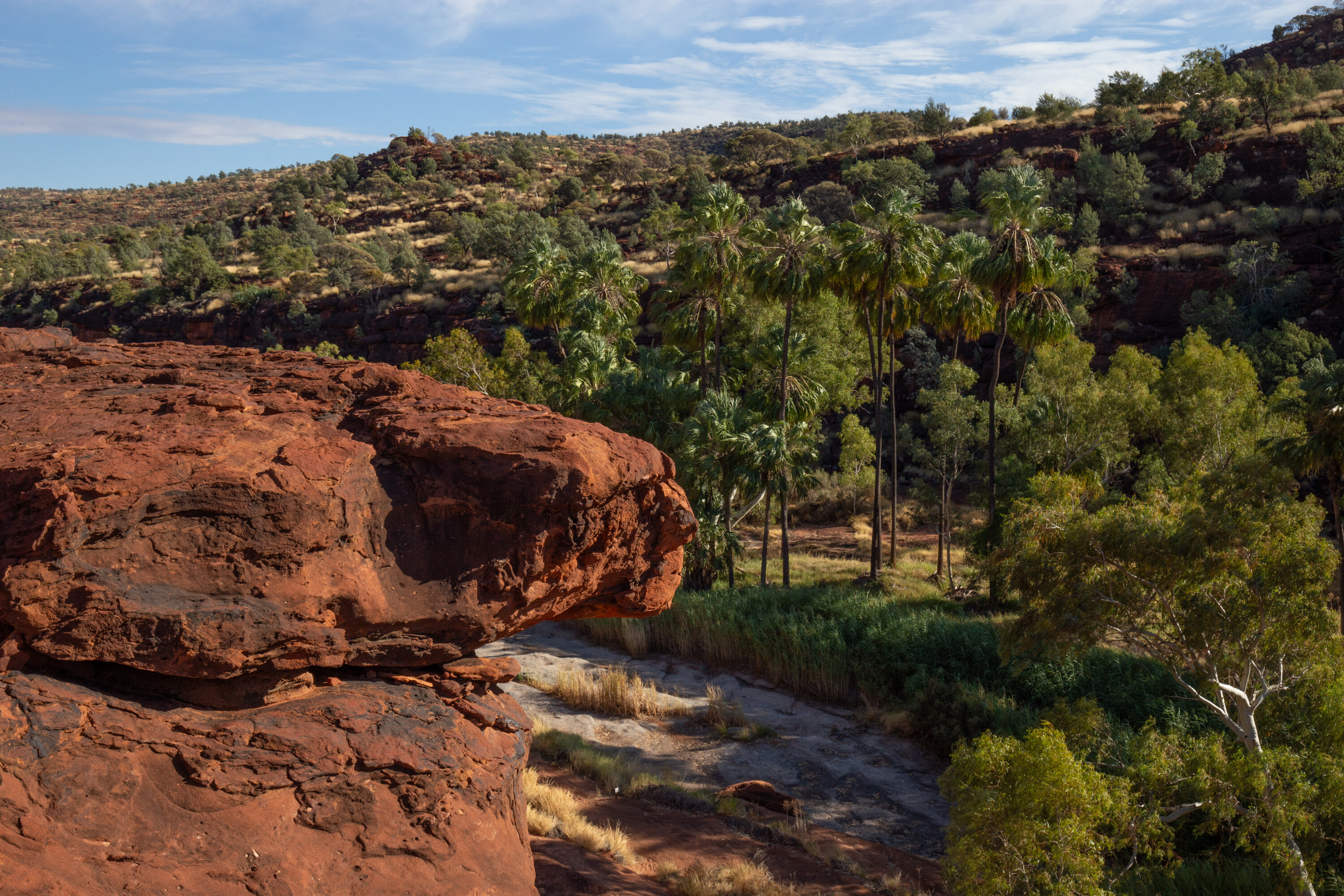
The Centralian tree frog, an endemic species to the region, can sometimes be found near the waterholes. It is one of the few amphibians that has adapted to life in the desert.
Mammals, though less frequently seen, also inhabit the valley. These include the shy black-footed rock-wallaby, which can occasionally be spotted bounding across the rocky slopes, and various species of bats that emerge at night to feed on insects.
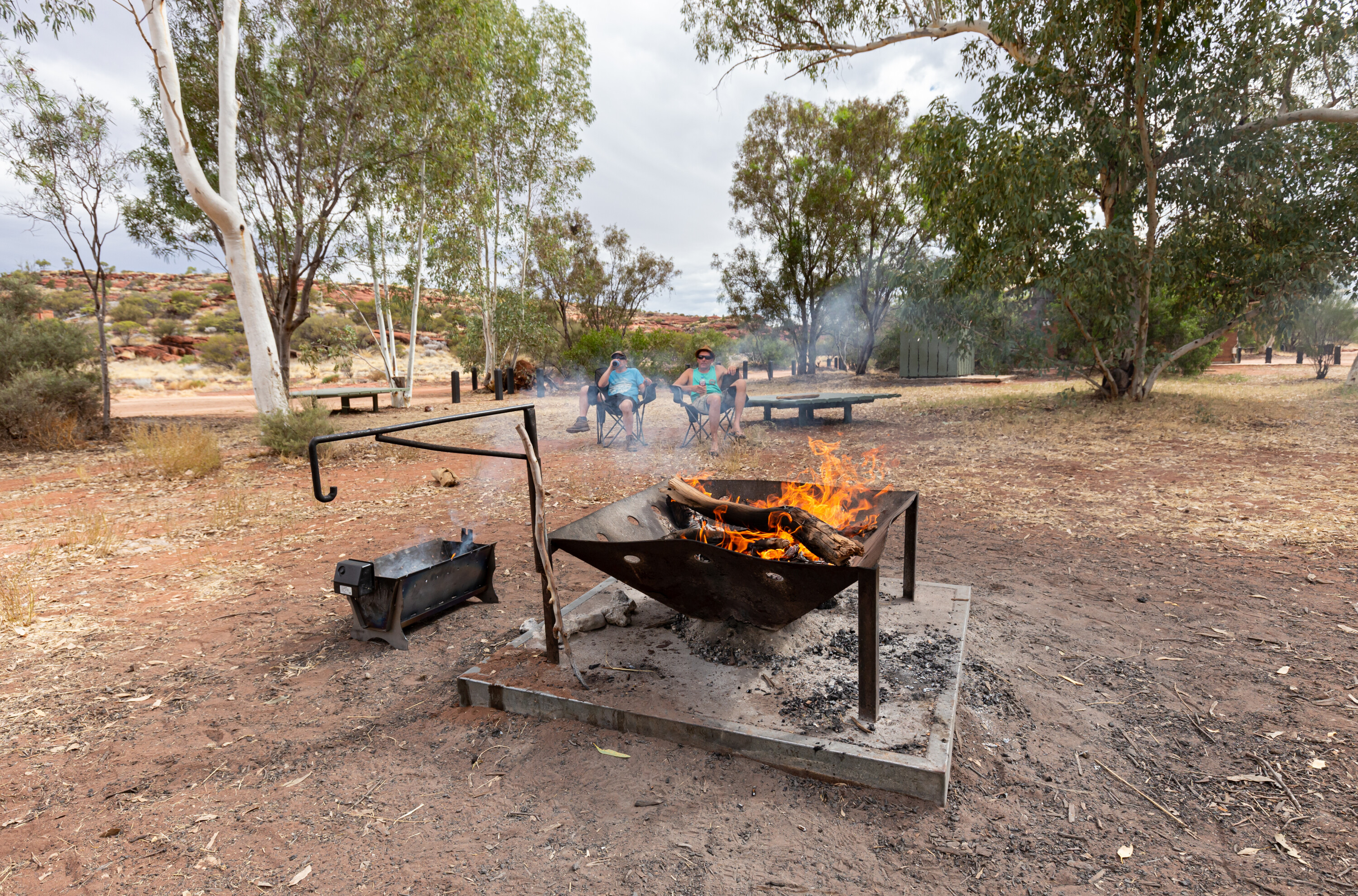
For those looking for an extended adventure, the Mpaara Walk is a 5km loop that takes you into the surrounding gorges and offers panoramic views of the valley. This walk also provides opportunities to learn about the area’s Indigenous significance, with interpretive signs along the trail explaining the stories of the Western Arrernte people.
Kalarranga Walk starts from the same carpark and is a 2.5km return walk that ends at a lookout with fantastic landscape views.
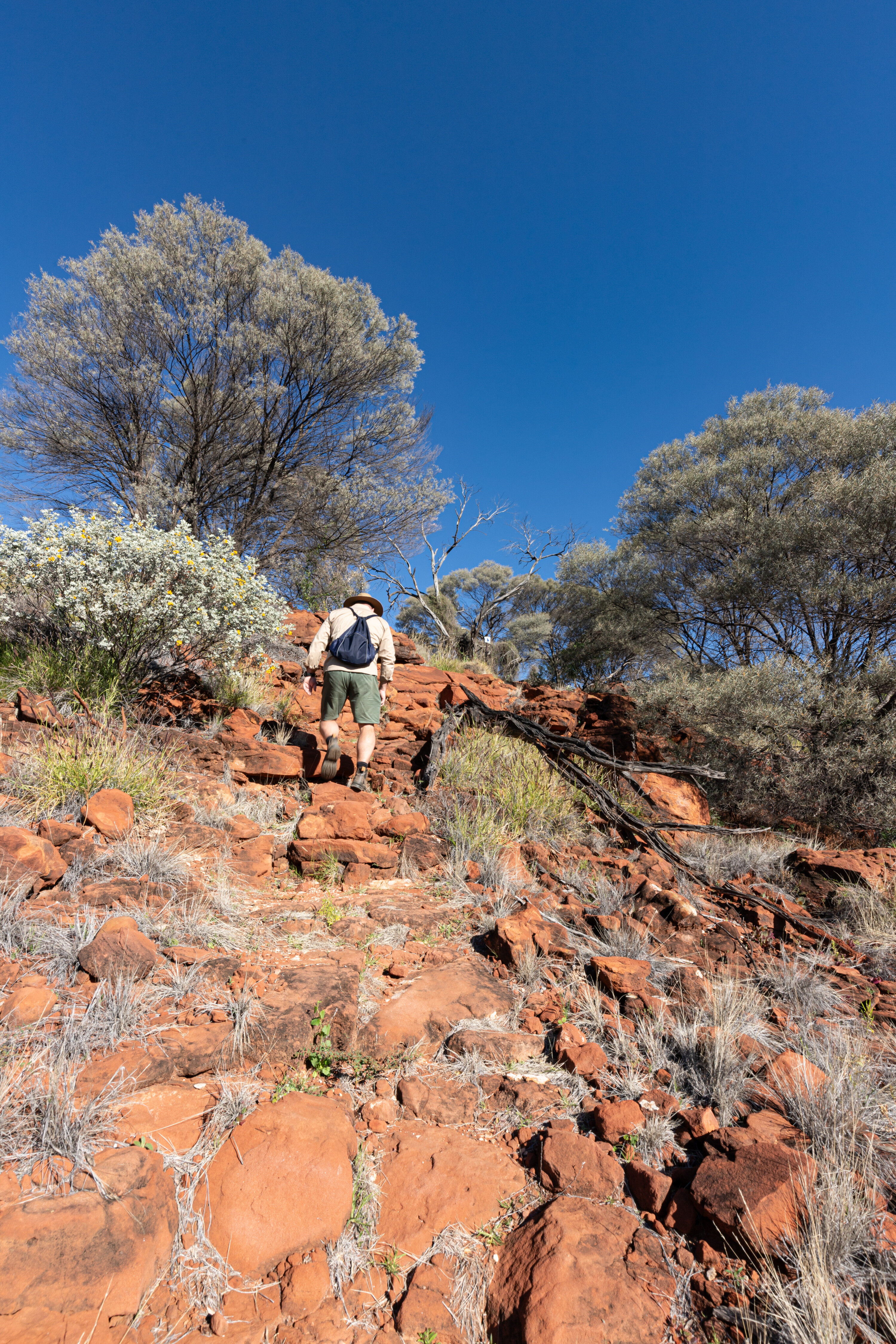
The valley and its waterholes are considered sacred, and the palms themselves are believed to be ancestors, carrying spiritual importance in the Dreamtime stories of the Arrernte people.
According to these stories, Palm Valley is connected to the Rainbow Serpent, which shaped the land and its features. The presence of water in the valley, which has allowed life to thrive in such an arid environment, is seen as a gift from the Rainbow Serpent. Indigenous rock art and ceremonial sites can be found throughout Finke Gorge National Park, offering glimpses into the region’s rich cultural heritage.
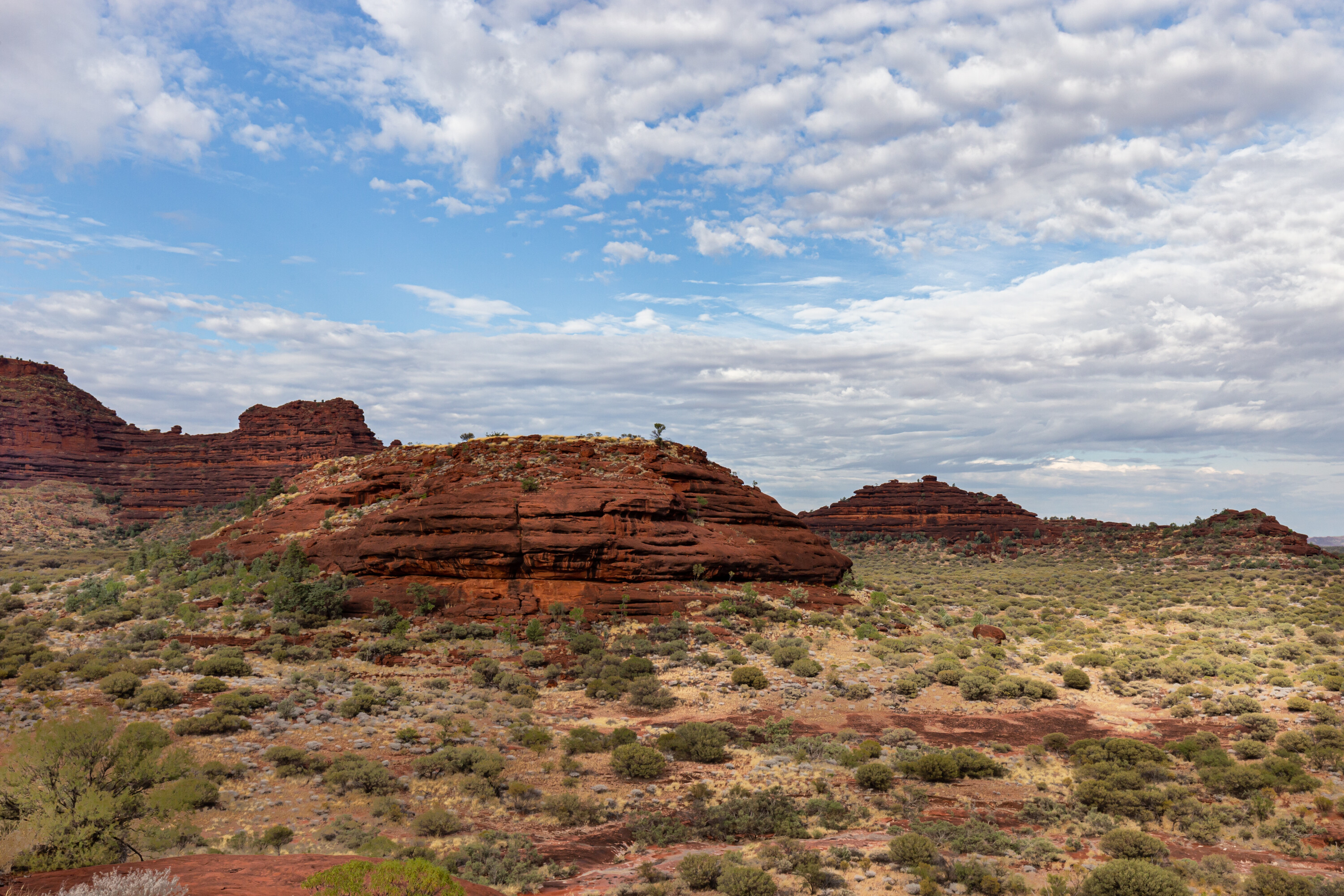
Guided tours led by Indigenous rangers provide valuable insights into the valley’s spiritual and cultural history, allowing travellers to better appreciate the land and its people.
Palm Valley is a place of natural and cultural significance and an important conservation area. The valley’s fragile ecosystem is carefully managed to ensure the survival of its unique plant and animal species, particularly the red cabbage palm, which is listed as vulnerable due to its limited range and the threats posed by climate change and human activity.
The Northern Territory Parks and Wildlife Service, in partnership with the local Indigenous community, protects the valley’s delicate environment while allowing visitors to experience its beauty. Strict guidelines minimise the impact of tourism, and you are encouraged to tread lightly and respect the land and its cultural significance.
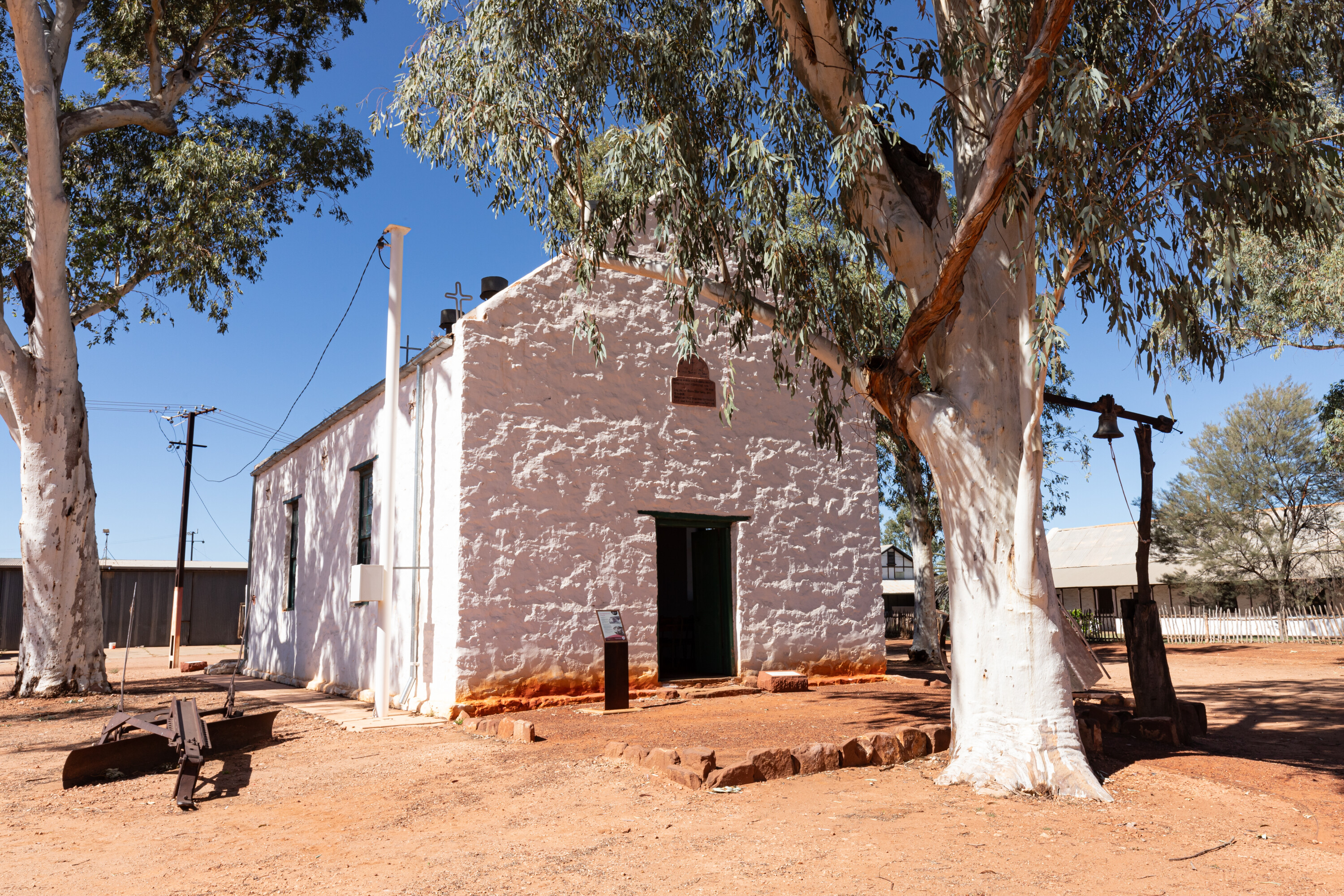
Known today for its rich Aboriginal heritage, the town has a storied past, rooted in both the Western Arrernte people’s Indigenous culture and German Lutherans’ missionary work. Over time, Hermannsburg became a symbol of cross-cultural engagement and resilience, with the Western Arrernte people maintaining a solid connection to their ancestral lands while adapting to the influence of European settlers.
In 1877, the arrival of two German Lutheran missionaries, Pastors A. H. Kempe and Wilhelm Schwarz, laid the foundation of Hermannsburg as a European settlement. The missionaries sought to establish a mission to spread Christianity among the Indigenous people, following a wave of missionary activity across Australia during the 19th century.
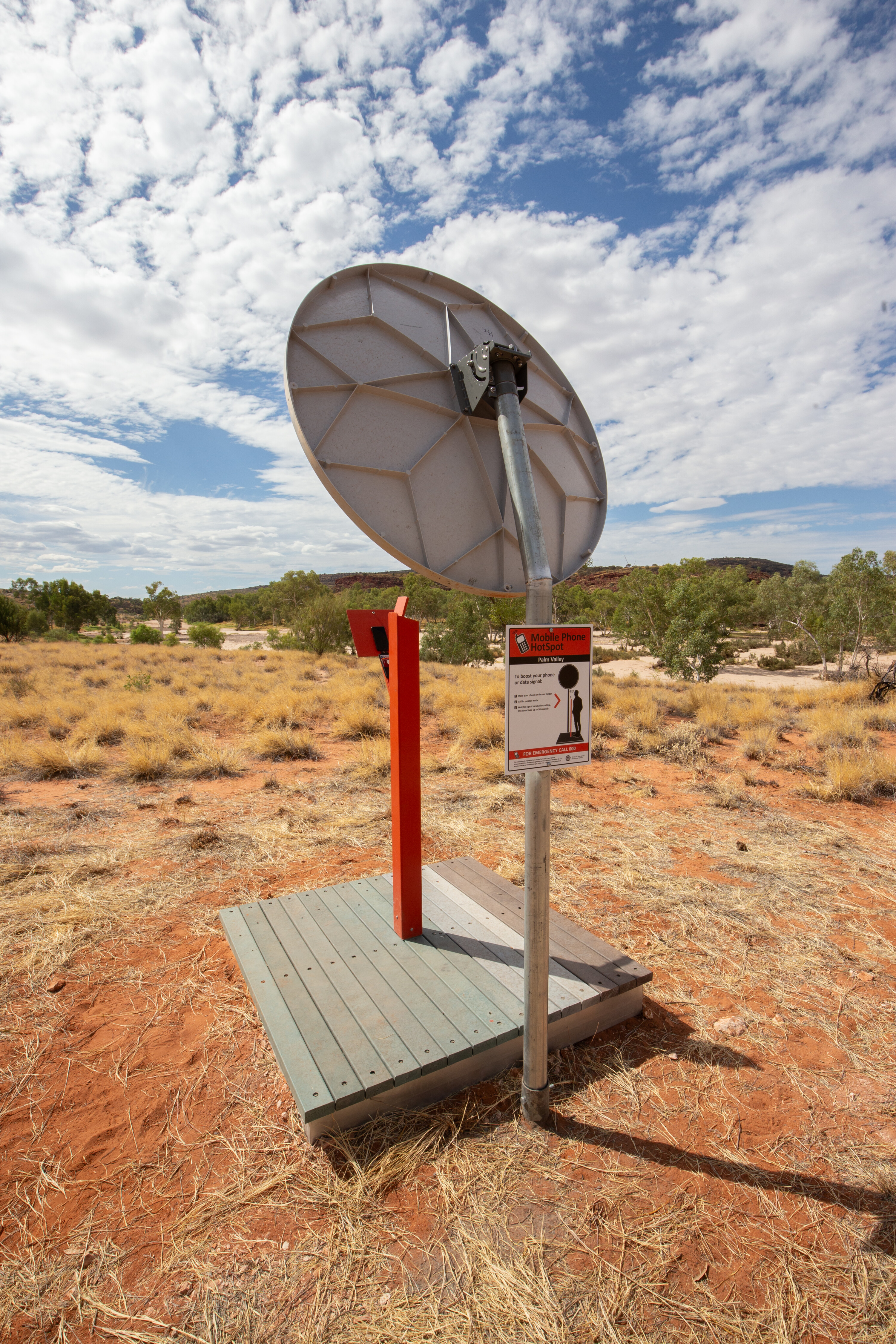
The early years of the mission were difficult, as the missionaries struggled with the harsh desert environment, isolation, and initial resistance from the Arrernte people, who were understandably wary of European newcomers. However, over time, the mission established itself as a central institution, providing food, education, and medical care to the local Indigenous population.
The missionaries, while promoting Christianity, also attempted to protect the Arrernte people from the worst excesses of colonial violence, which was rampant across much of the Northern Territory as European settlers sought to expand pastoral activities.
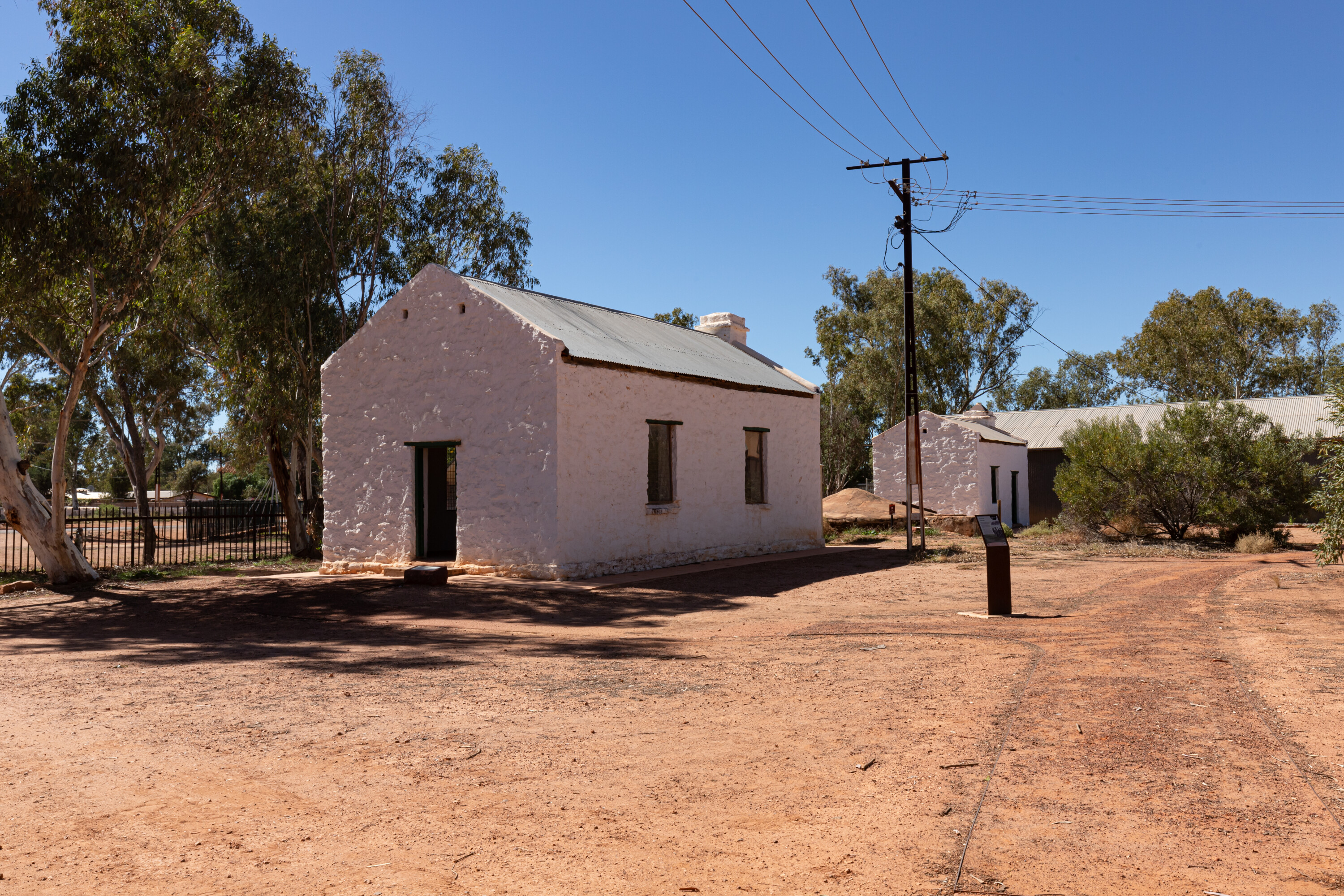
This movement was spearheaded by Albert Namatjira, an Arrernte man born at the Hermannsburg Mission in 1902. Namatjira is best known for his distinctive watercolour paintings, which depict the rugged beauty of the Central Australian landscape.
Namatjira’s work gained widespread recognition worldwide, and he became the first Aboriginal Australian to achieve commercial success as an artist. His art was a unique fusion of European painting techniques and Aboriginal perspectives on the land, capturing the country’s deep spiritual significance in a style accessible to a broader audience.
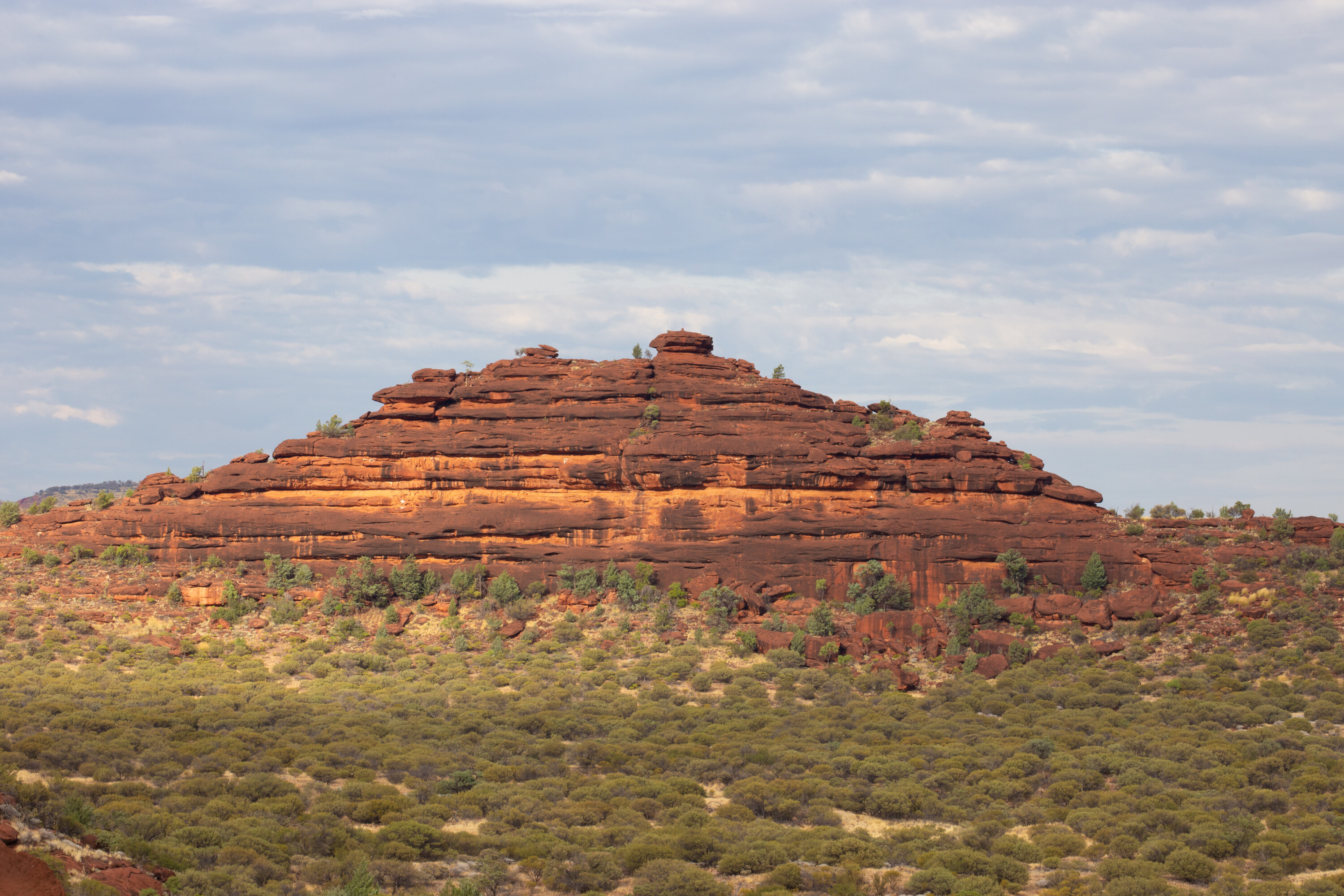
The second white-washed Bethlehem Church still stands in the centre of the grounds, and the old bell still hangs between two old tree branches. The Kata Anga Tea Rooms are housed in Carl and Frieda Strehlow’s House, built for the Pastor and his family in 1897.
If you have a sense of adventure and the right gear, four-wheel driving in Palm Valley is an exciting way to experience the rugged beauty of the Red Centre. The track into the valley is challenging, with river crossings, rocky sections, and deep sand adding to the excitement. The journey to Palm Valley is as much a part of the adventure as the destination, with stunning views of the surrounding ranges and the ever-changing landscape of the desert.
REGION: Finke Gorge National Park
NEAREST TOWN: Alice Springs is 138km east via Larapinta Drive
WHEN TO GO: The cooler months from April to September are best, but the roads may close after heavy rain.
ACCOMMODATION: Finke Gorge National Park offers remote bush camping at its best. Camping at Palm Valley costs $15 per adult per night, $8 per child (5-17 years), and $38 per family (2 adults, 4 kids). The campground has flushing toilets, solar-heated showers (when working), LPG barbecues, burners, and communal firepits. During peak times, rangers hold informative talks around the campfire.
WHAT TO TAKE: An air compressor, tyre gauge, firewood, food, and water. Take out what you take in.
DIFFICULTY: The 22km track into Palm Valley and the campground can be accessed by high clearance 4x4s.
CONTACTS: nt.gov.au/parks/find-a-park/finke-gorge-national-park
While the rail line was sited so as to best guarantee a supply of water needed by the steam locomotives of the day, it was water that ultimately led to the line’s demise.
The service was notoriously unreliable with the track regularly closed by washouts. So much so that a flatcar immediately behind the locomotive carried spare sleepers and tools that enabled crew and passengers to make repairs on the run.
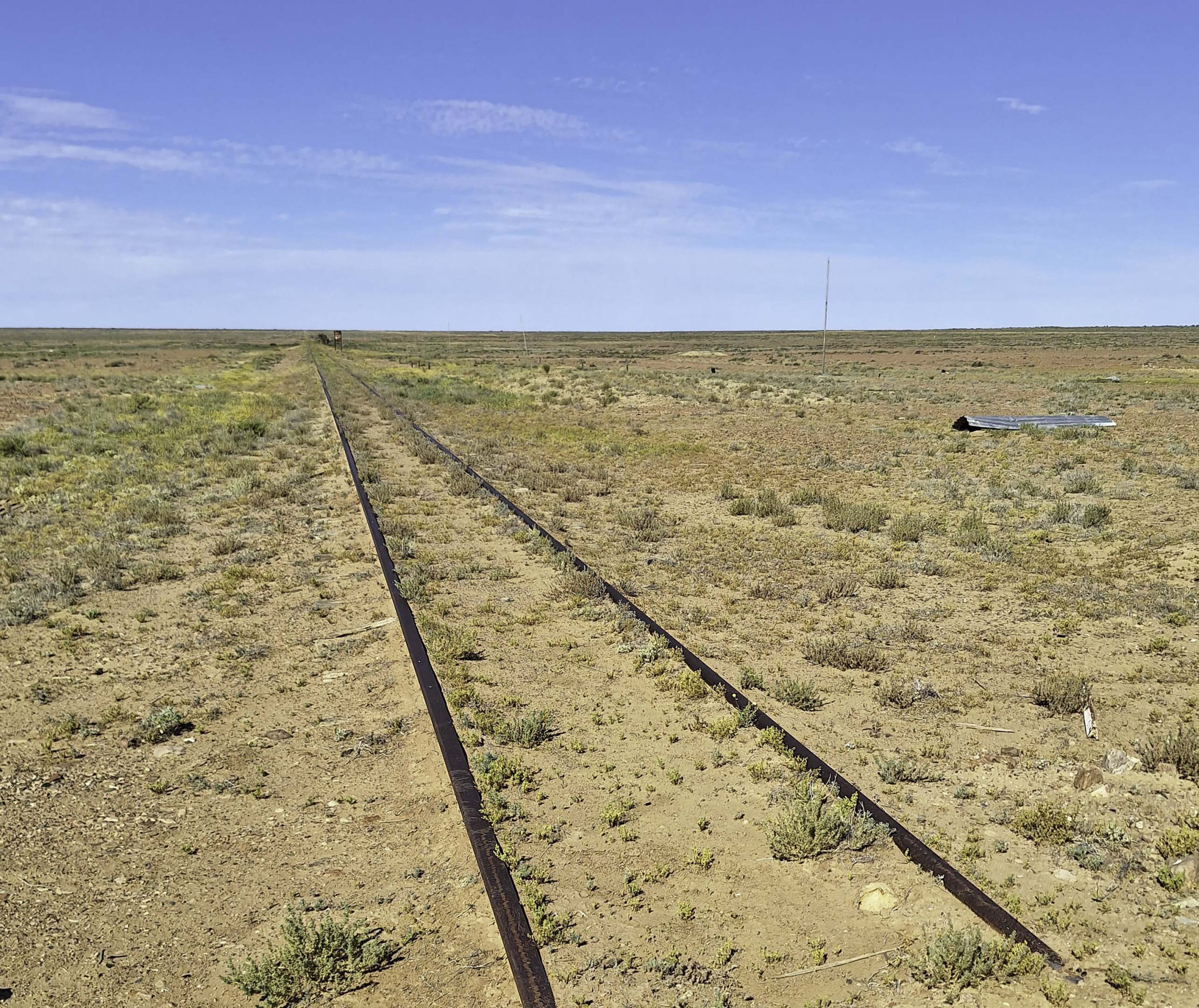
The road north to Oodnadatta shadows the Old Ghan railway line and many places you pass have a connection (perhaps even owing their existence) to the original Ghan. Our first stop, Holowiliena Station, 40km east of Hawker, was no exception, having relied on the railway to cart their wool clip south.
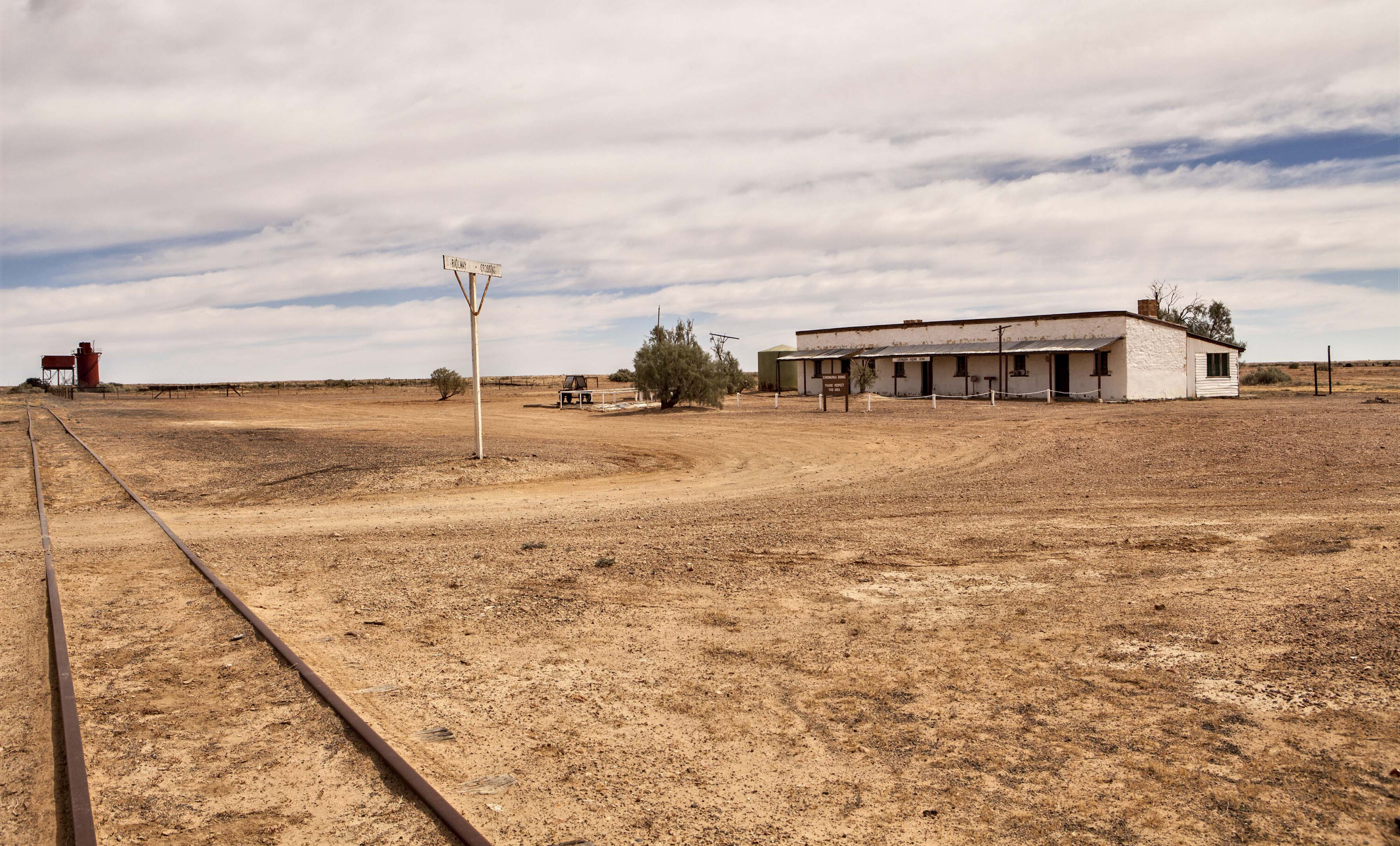
The latter could sleep up to 14 workers, despite it only measuring about 5m x 2.5m. The restored cellar was built into a river bank near the homestead to keep meat, vegetables and preserved fruit cool, and to store explosives. Why explosives? Before modern chainsaws, the easiest (but perhaps not the safest) way to gather firewood was to stuff an old fallen red gum with explosives – instant firewood!
The station offers secluded bush camping and shearers quarters accommodation, along with an occasional history tour of the homestead buildings. The six generations of owners kept daily diaries since the 1860s, providing a detailed insight into station life.
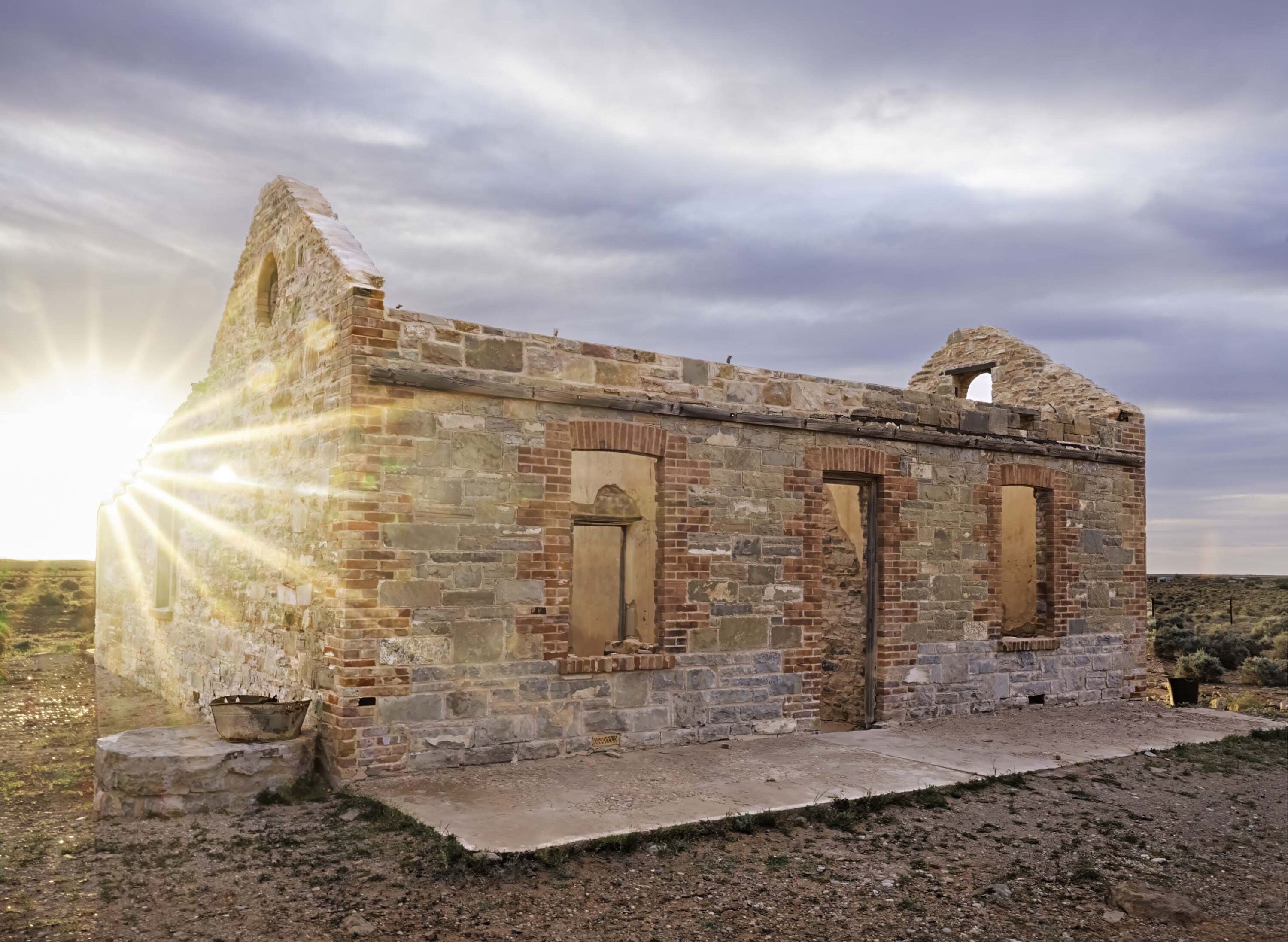
The 1850s station store is a treasure trove of history – including a 1930s electric fly zapper. This homebuilt contraption consisted of a wooden cage of metal bars with a large hole in the base. The idea was to put it over an old chop bone, connect it to a car battery and magneto, and hey presto – no more flies.
When the present owners, Frances and Luke Frahn, took over the property from their parents there was a blacksmith’s forge which hadn’t been used in many years but had been left just as it was when the last blacksmith walked out the door. While Luke didn’t have any smithing experience, he’s since mastered the trade and now provides a demonstration of blacksmithing as part of the station’s history tours.
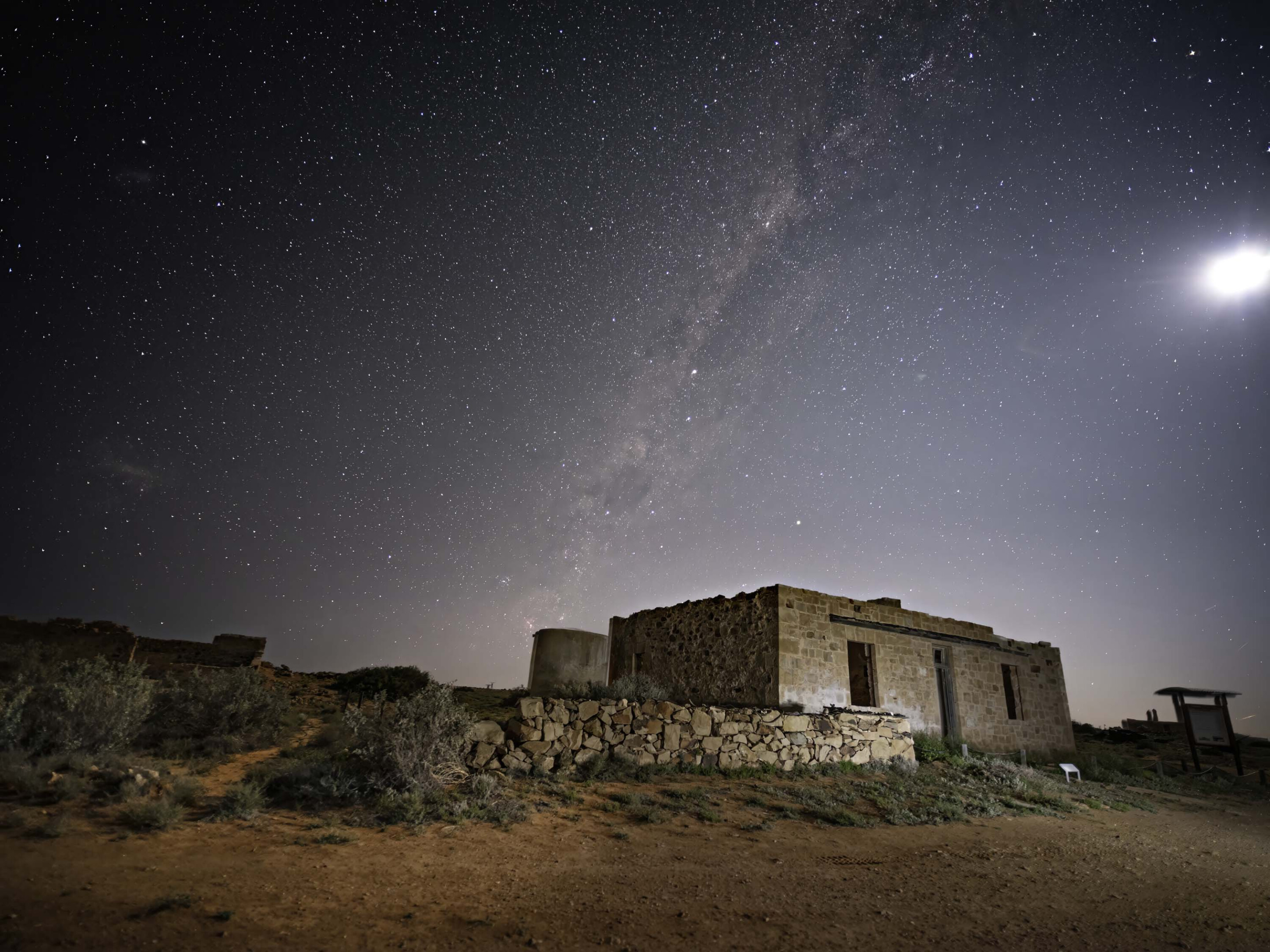
With a fireplace and wood provided you only have to set up your camp, sit back and, with not another soul to be seen or heard, enjoy the solitude.
The 35,000ha property has a number of 4×4 tracks that visitors can drive for a small fee, and while these tracks are not particularly challenging, the two to three hours they each take to cover provides some great views of the property.
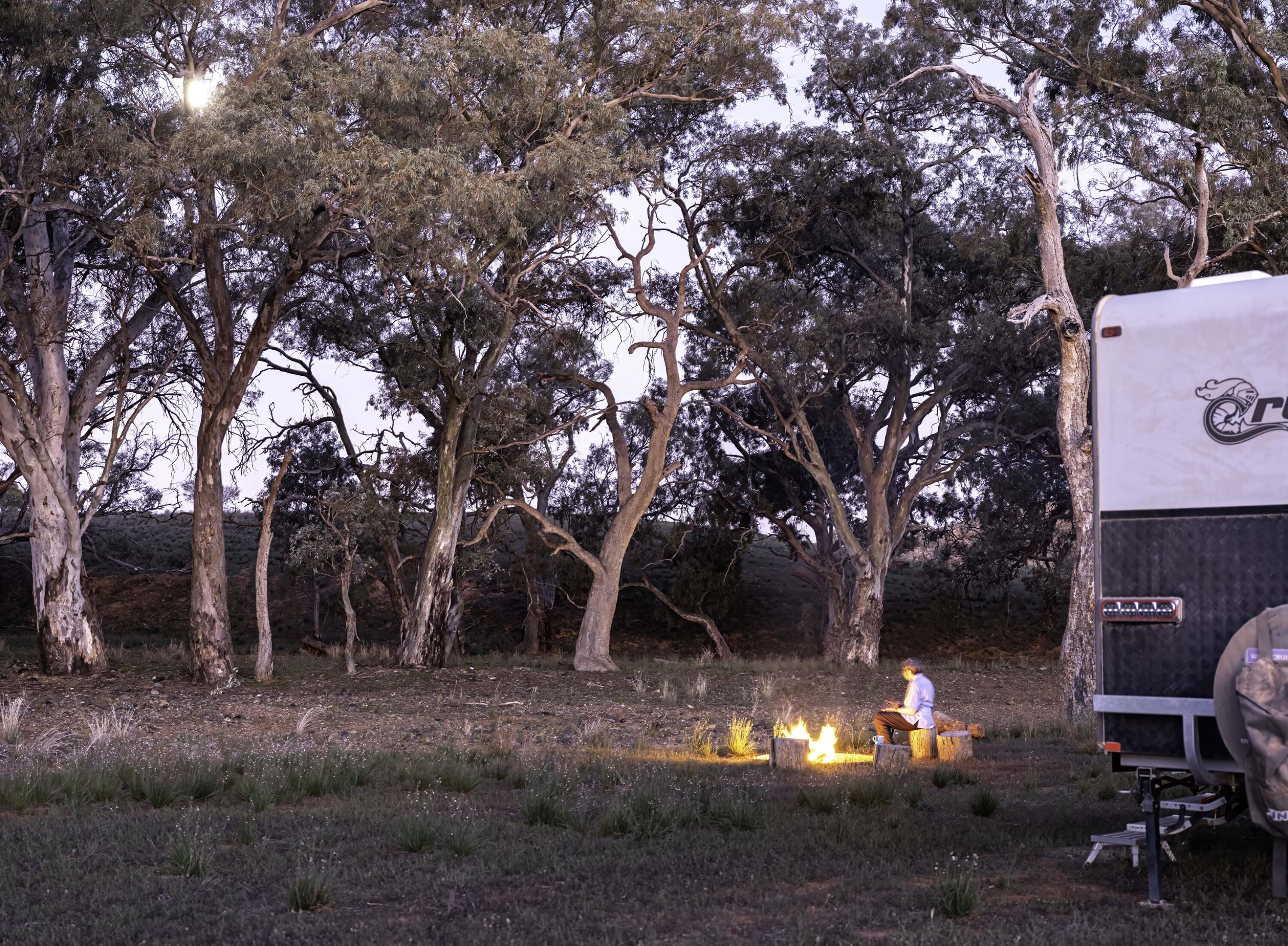
Journeying north, near Hawker, the extensive ruins of Kanyaka Station mark the site of what was one of the largest sheep stations in the district before it was abandoned following massive stock losses from drought. Set back off the main road it’s a pleasant place to take a break under the large gums along a dry creek bed and explore the ruins.
While the Ghan didn’t stop at Kanyaka, it passed nearby and would have been a valuable lifeline, transporting wool and supplies from the Wilson siding (marked by more stone ruins) a handful of kilometres north.
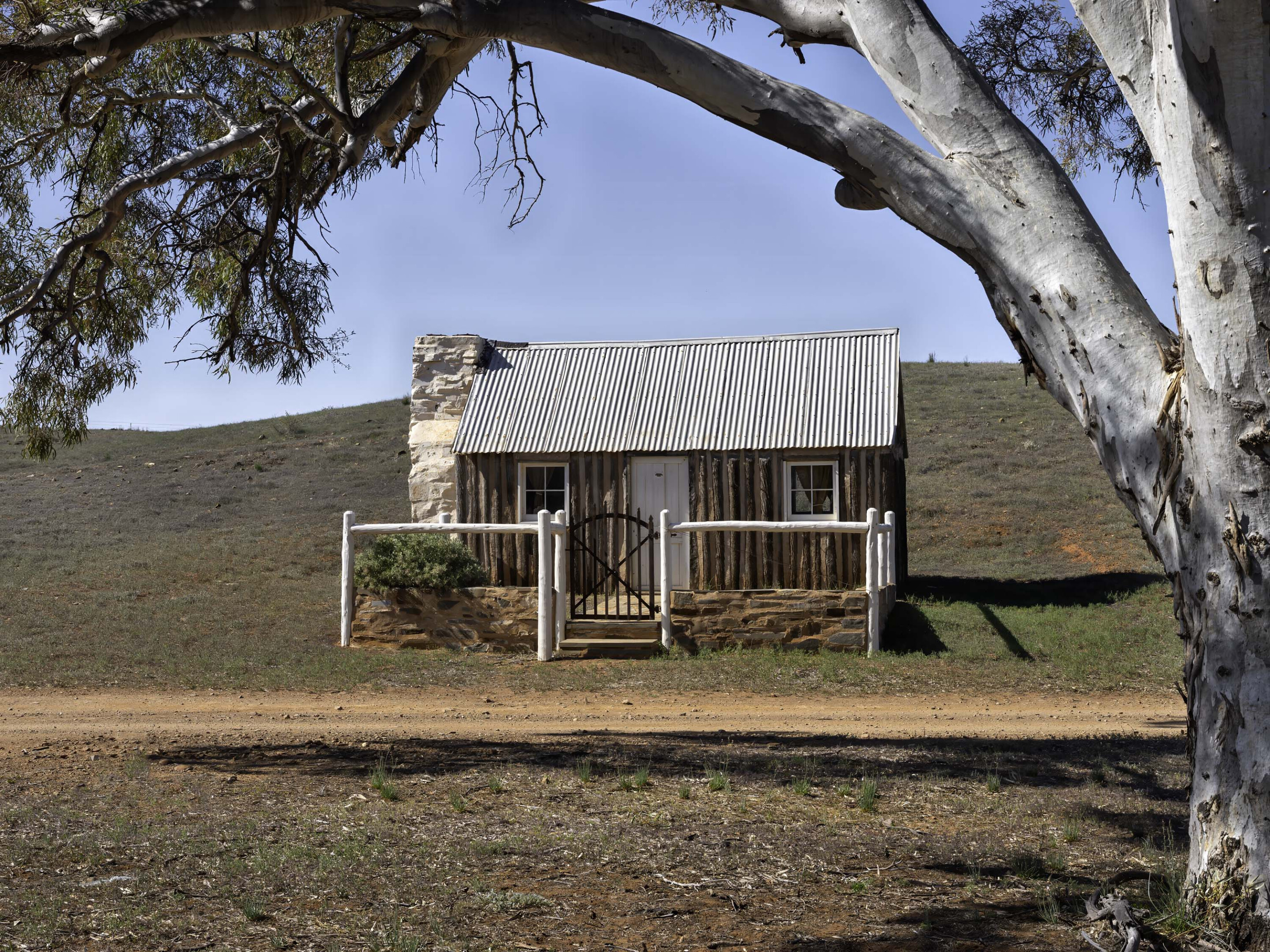
The road makes its closest approach to this seemingly unbroken range rising vertically from the flat plain at a point near where it forms the rugged western wall of Wilpena Pound. It’s also here that you will find Edeowie Station.
Edeowie offers secluded campsites and some serviced accommodation. The campsites, which are easily accessed by vans and campers, look out onto the Heysen Range a few kilometres to the east and which glow in the warm first and last light of day. There are some basic 4×4 drives on station tracks and self-guided walks around the ruins of the old Edeowie township and nearby Bunyeroo Gorge.
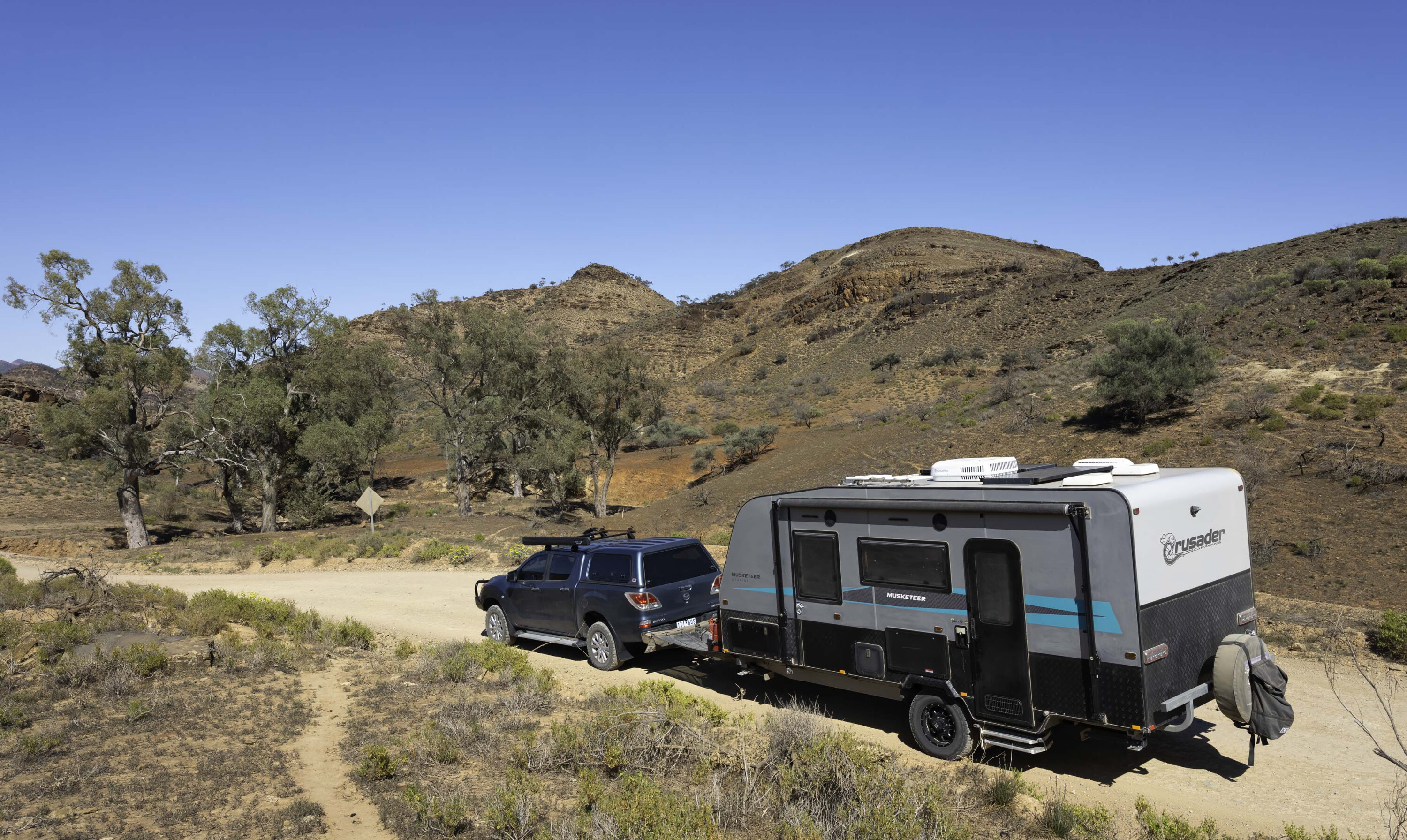
Parachilna, previously a railhead for the Ghan, is best known these days as a watering hole for passing tourists. At the Prairie Hotel you can pick up a meal and a beer while widening your culinary tastes with an emu rissole, a kangaroo schnitzel, or perhaps go the whole hog and have the feral feast!
There are some great campsites to be found in nearby Parachilna Gorge. Some are set well back off the road and most are camper and caravan friendly. Holiday times see dozens of vans, campers and tents set up along the gorge, so while there is no shortage of sites, in busy times (to ensure you don’t get the spot nobody else wanted) it’s a good idea to arrive early.
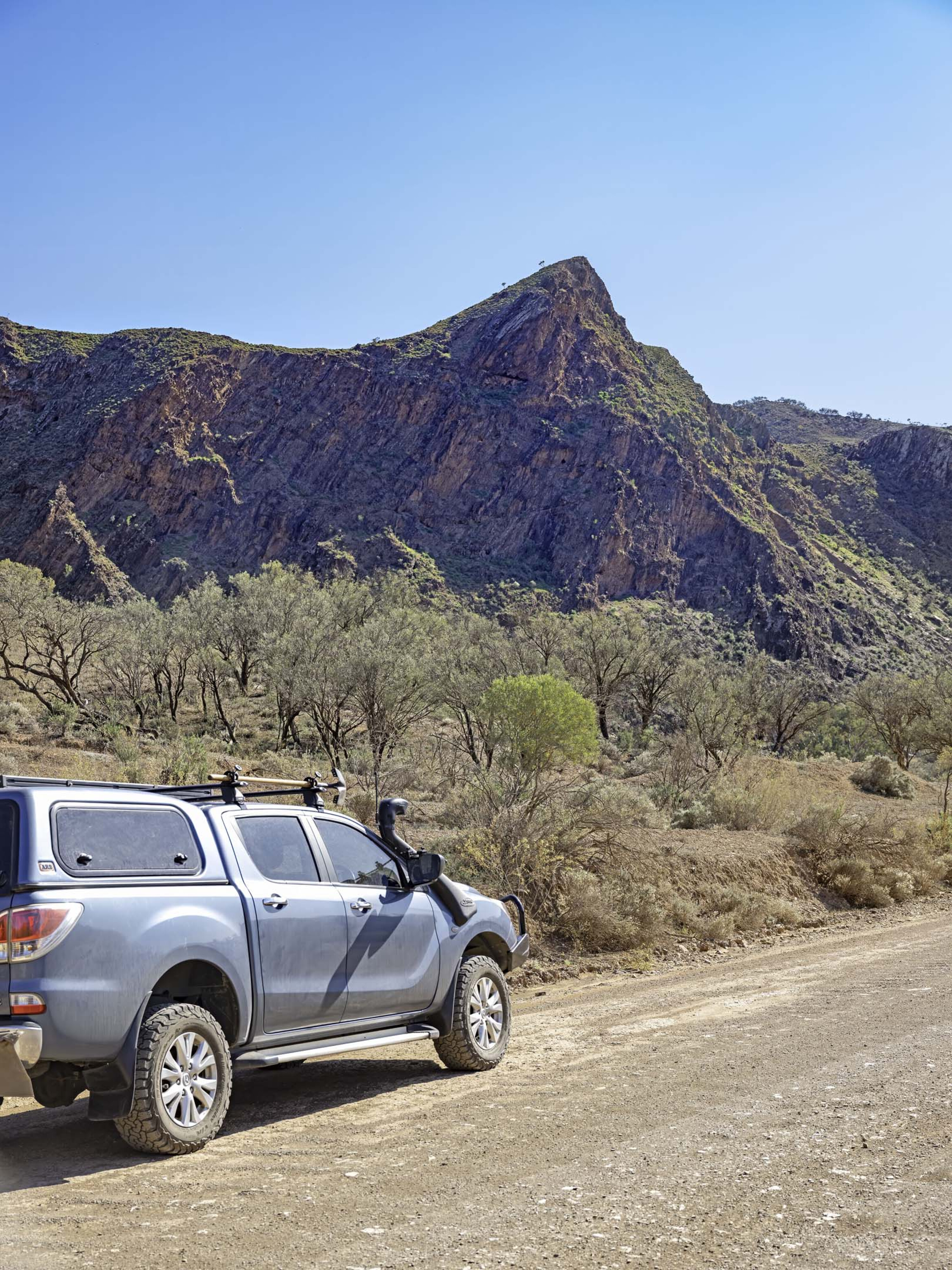
Moolooloo Station, a few kilometres north of the gorge, is yet another station stay offering secluded campsites in country much like Wilpena (but, importantly, without the tourists). There is also an interesting 4×4 PAR (public access road) that runs in part through Moolooloo and the impressive Nuccaleena copper mine ruins.
The Mt Samuel drive near Angorichina is one not to be missed by any diehard 4×4 enthusiasts. Access can be obtained from Alpana Station just south of Blinman for a modest fee. With steep climbs and views from the top of the range that seemingly go on forever it is a top drive. Apart from the aptly named Mt Buggery Gorge it’s not overly challenging, but 4×4 experience is a must.
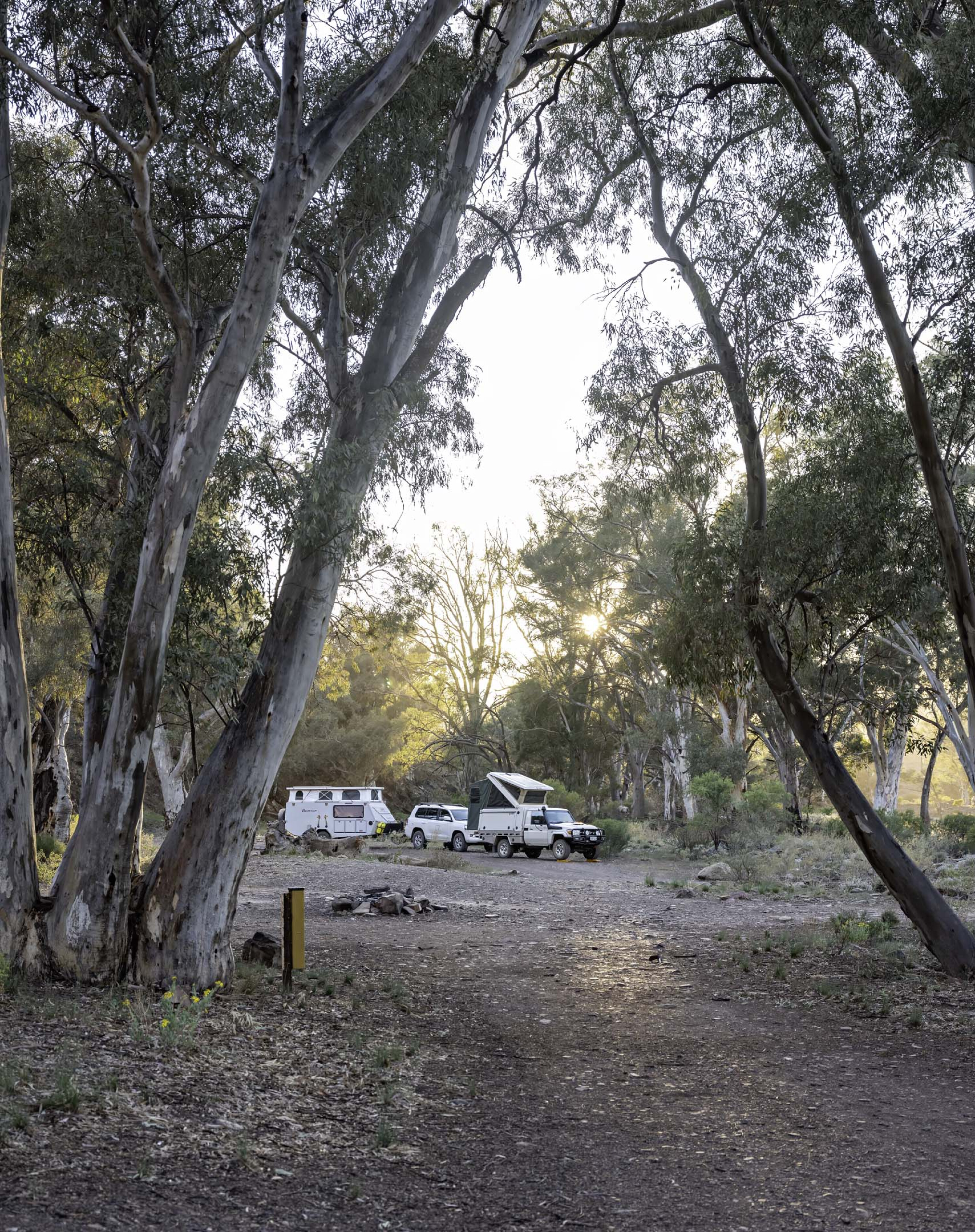
With the demise of mining, closure of the rail line and the main road being rerouted, the population has fallen to about 30 but it is worth a visit to see the historic buildings of yesteryear.
Nearby Leigh Creek seems to be following in Beltana’s footsteps since the 2015 closure of the town’s coal mine. With a population of 2500 in the 1980s it has all the facilities you would expect to find in any large modern town – wide tree-lined streets, a supermarket, school, caravan park, airport etc. However, the population has dwindled to less than 100 and the town is reliant on the passing tourist trade for its continued existence.
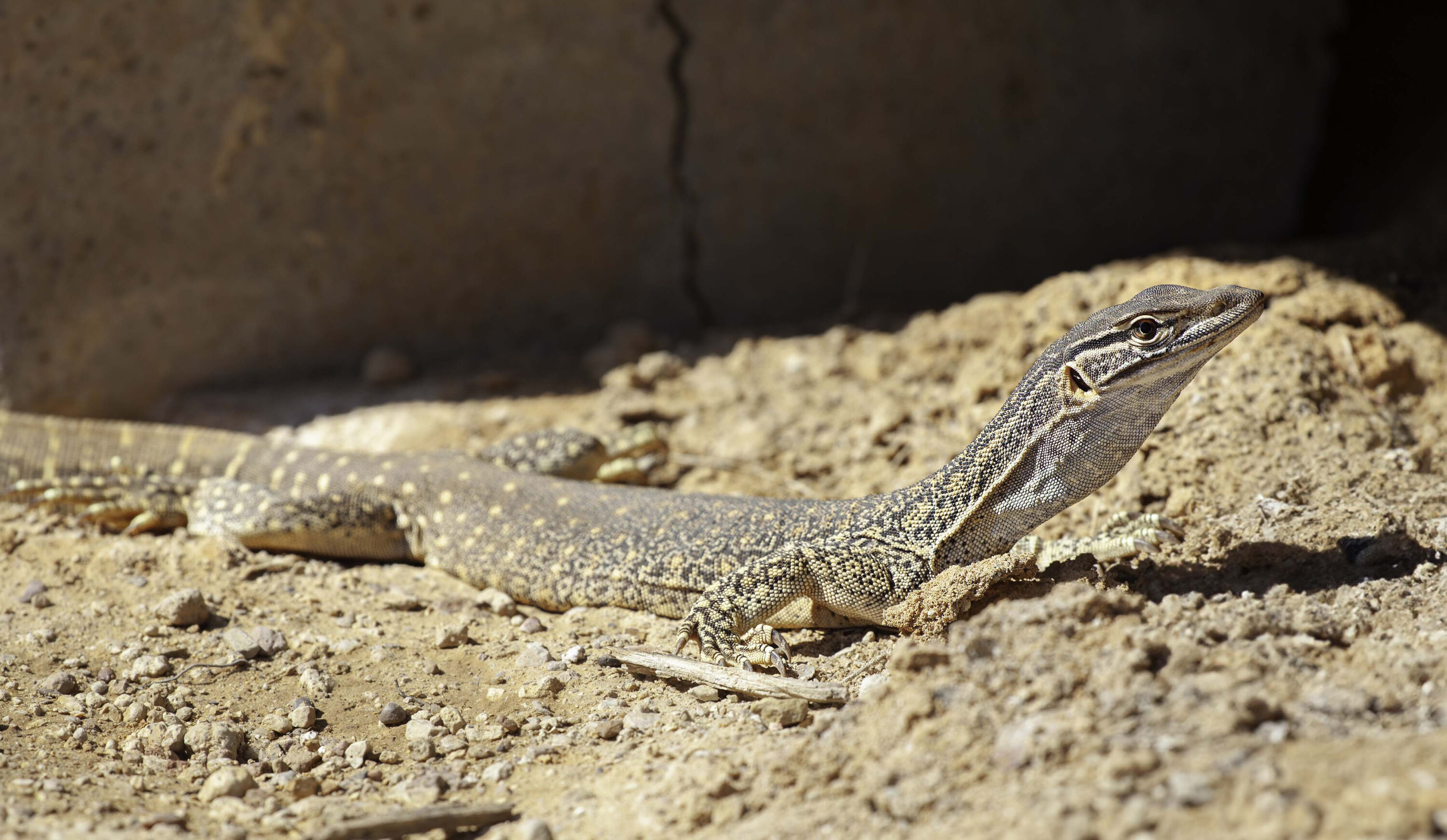
Further north, the abandoned township of Farina was founded in the 1870s after several unseasonal years of good rainfall led to the belief the area would support cereal growing (the name Farina means flour). The town rapidly grew to have a population of 600, but the good years soon reverted to their more arid norm.
Combined with the closure of nearby mines and the rail line, the town was slowly abandoned and by 1967 it was deserted. In 2008 a group was formed to restore and preserve the township’s ruins.
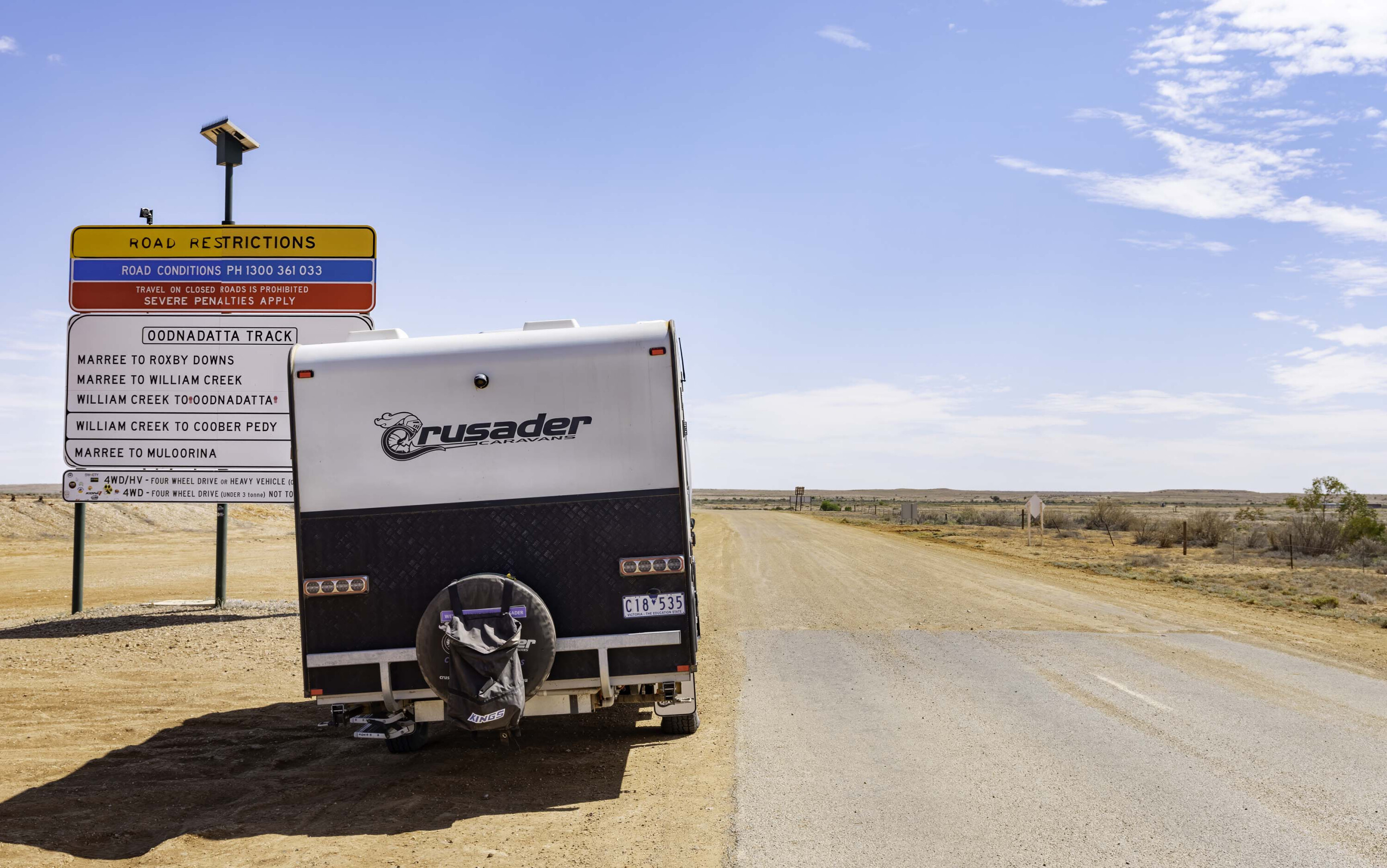
Farina’s restored 1880s underground bakery opens its doors between May and July each year, and in the process raises money to assist with the ongoing restoration works. Recent changes include one of the last diesel locomotives to run on the old Ghan line being trucked to Farina to become a static display at the site of the town’s old railway station.
The ruins are on the property of Farina Station which maintains a campsite along a creek adjoining the old township. With showers, toilets, shaded campsites and firewood available from the station homestead it’s a favourite place to stay.
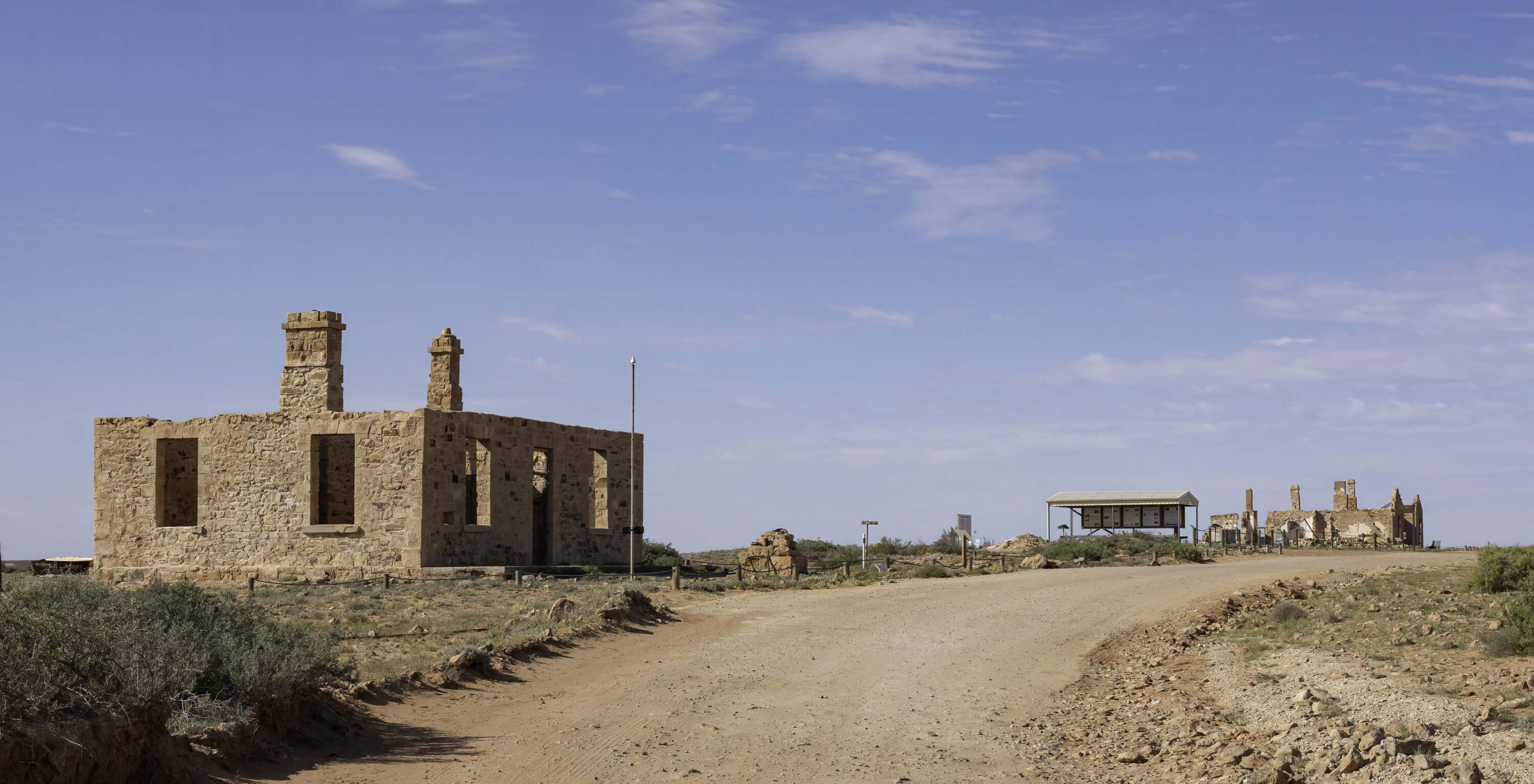
In the morning and evening, the trees come alive with flashes of green and gold from budgerigars performing high-speed aerial manoeuvres while noisily calling to each other. A pair of nankeen kestrels had taken up residence in a dead tree near our camp and when these small raptors were around the budgerigars would understandably make themselves scarce.
Given the prevalence of birdlife, a short loop walking track has been established by the station to enable visitors to spot birdlife while enjoying a peaceful stroll.
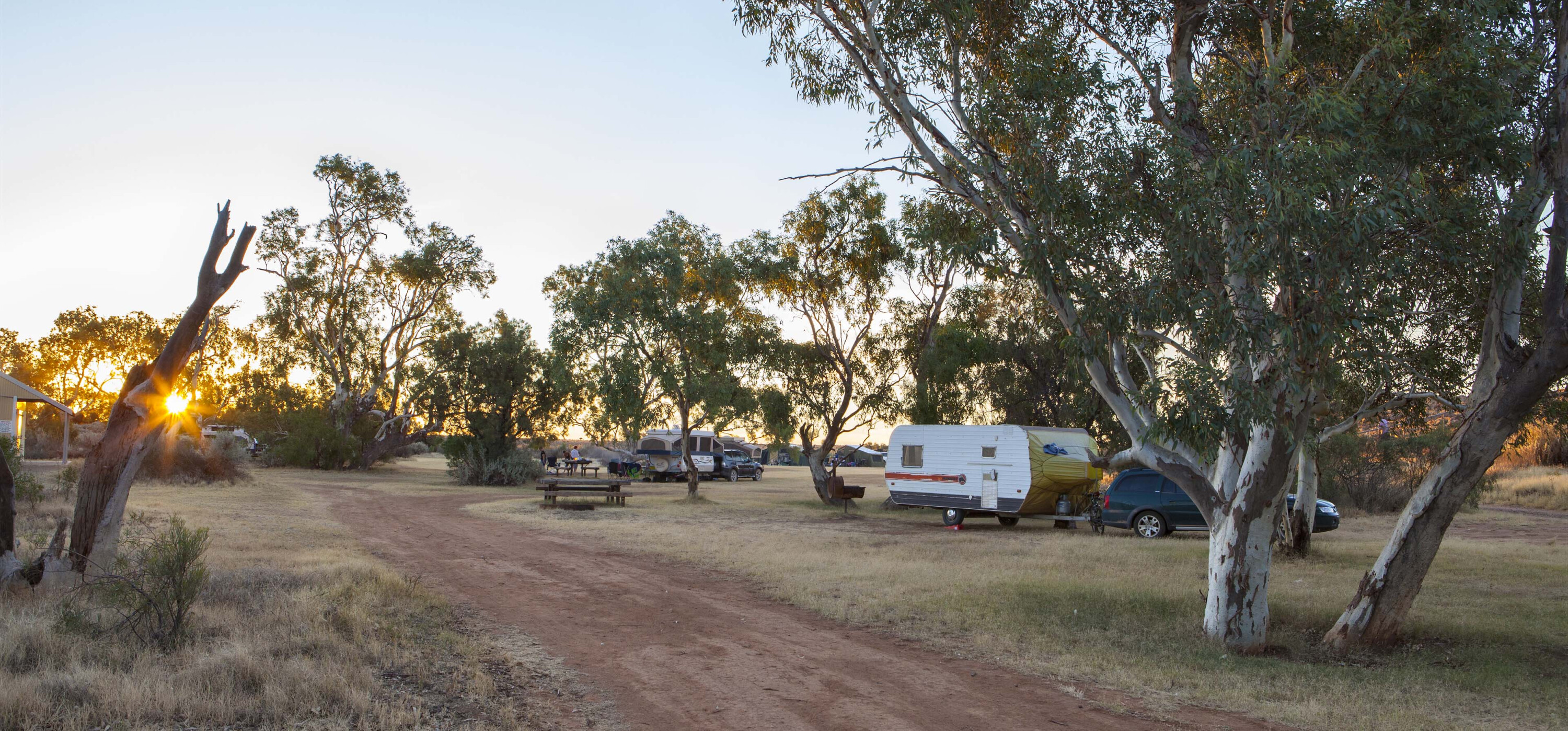
The condition of the track can vary from pretty good to bloody terrible depending on recent weather and maintenance. Our run up to Coward Springs saw sections where towing at 80km/h wasn’t a challenge, and then once lulled into a sense of false security you’d hit a patch of corrugations where there wasn’t any speed that didn’t threaten to loosen your fillings. In places the corrugations were like driving over railway sleepers.
There’s not much scenery on this part of the drive but 50km after Marree the quirky Mutonia Sculpture Park is worth a stop, as is the Lake Eyre South lookout where the white salt surface stretches to the horizon. While the view is impressive, what you can see is only a fraction of Lake Eyre which extends further north for 180km.
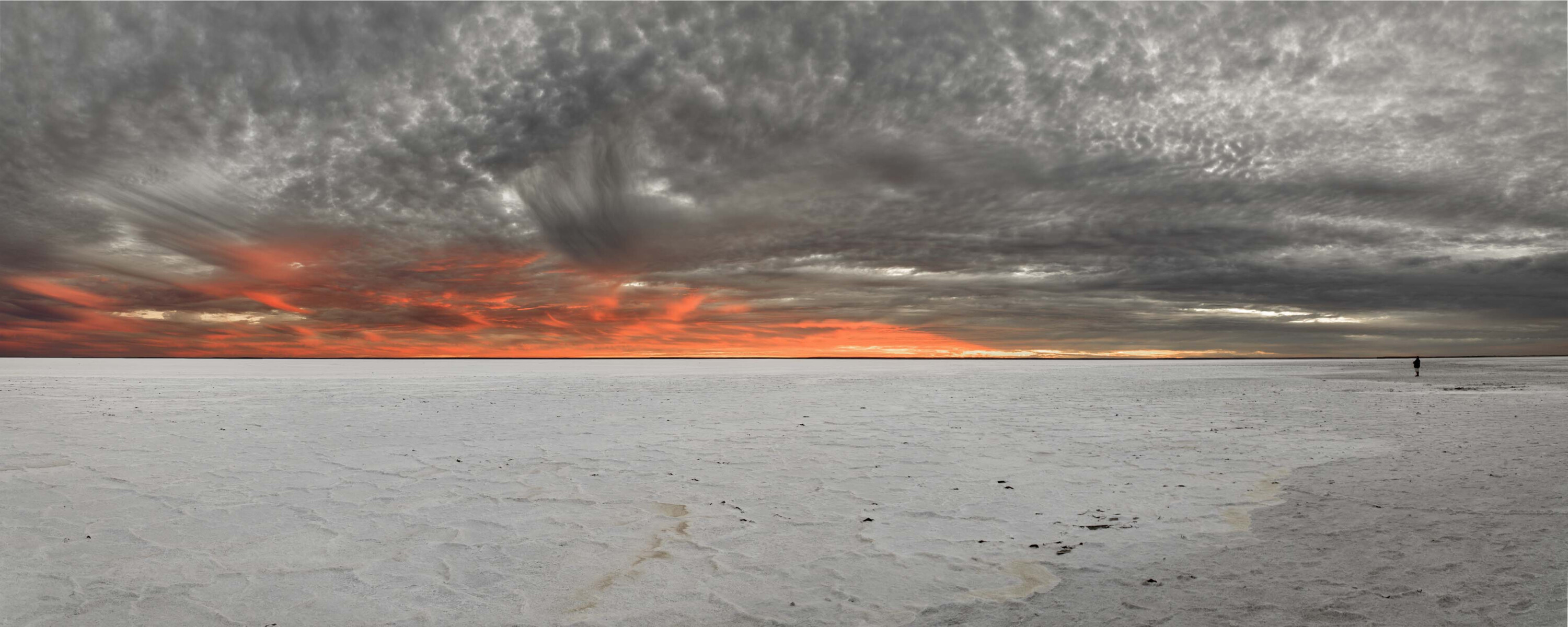
Coward Springs (another siding on the old Ghan railway) has a large campground with Tamarisk shaded campsites, showers and toilets (but no power or water). It’s a popular overnight stop with one of the major attractions being a spa fed by an artesian bore where guests can relax in the warm water and wash off the dust from their travels.
The old stationmaster’s house is now used as a residence and opposite it is another small, restored building which serves as a museum, housing a range of historical photos and other information.
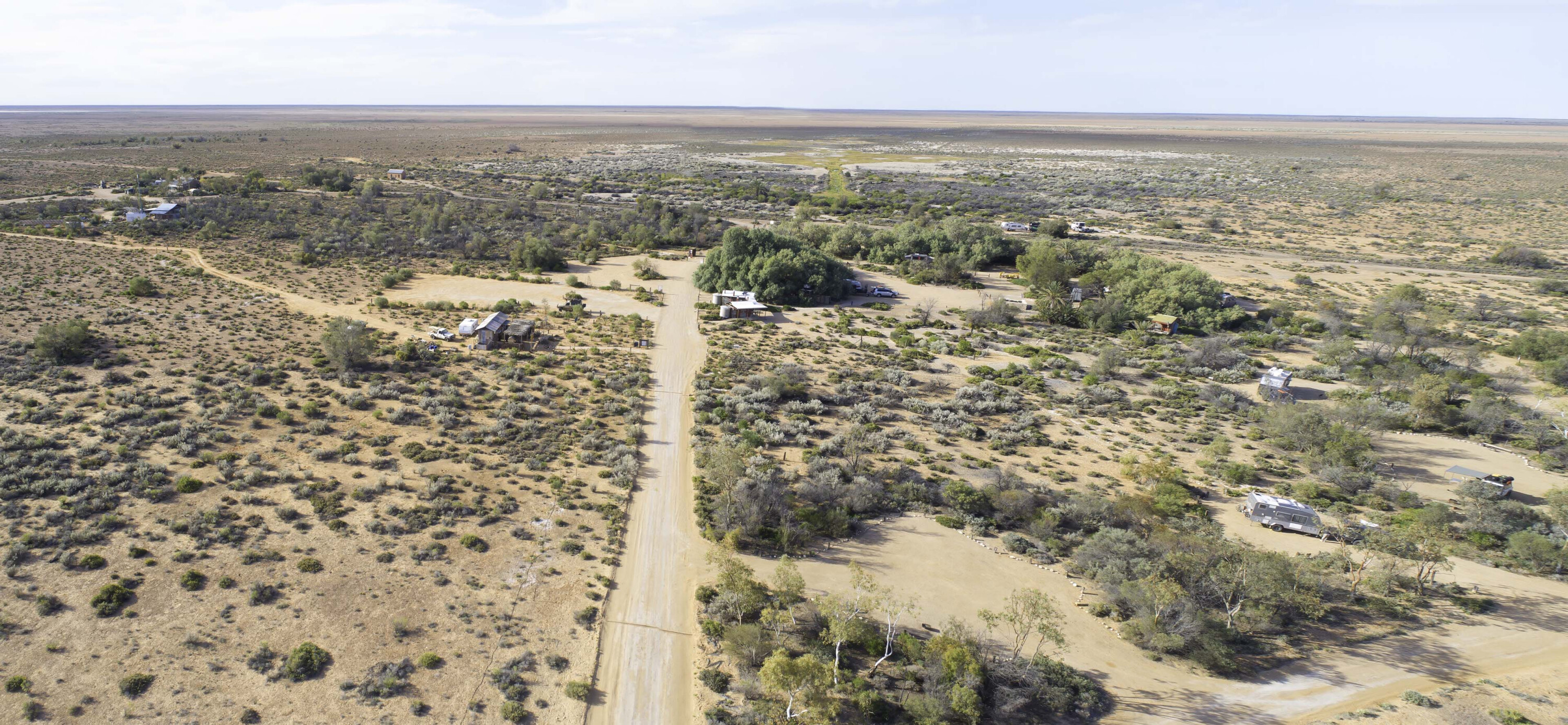
Before leaving Coward Springs visitors should definitely visit Mound Springs – although if the badly corrugated track in from the main road hasn’t been graded since our visit, some may wonder why. Blanche Cup and the Bubbler are the two main natural artesian springs here where water bubbles to the surface.
Over time minerals precipitated out of the water have created the large mounds around the springs. Overlooking the springs is Hamilton Hill, an extinct spring which must have taken eons to be slowly built to such height.
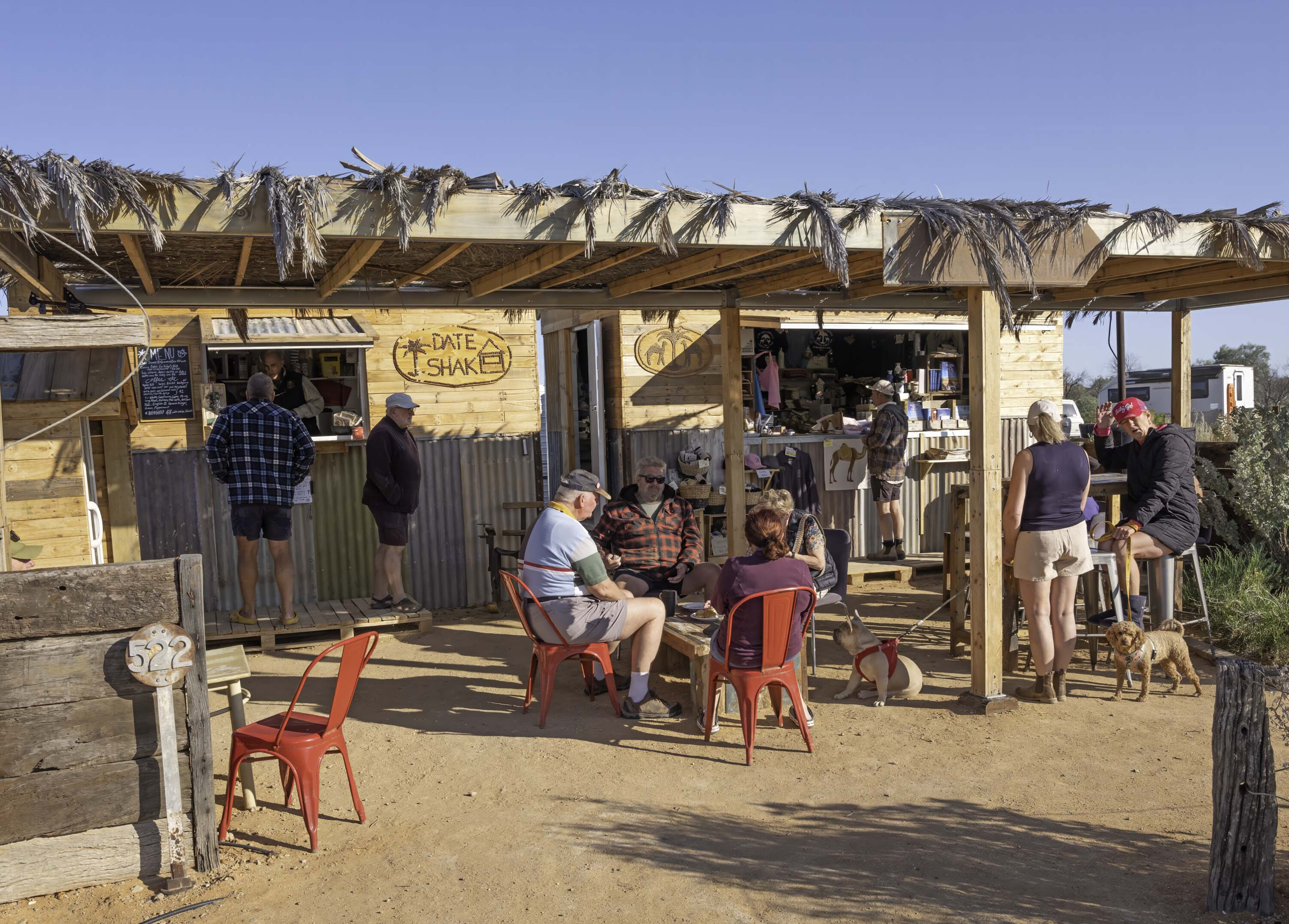
The ruins of the old Peake Telegraph Station, a few kilometres off the track and about 90km north of William Creek, is an interesting piece of history worth visiting. The 4×4 track in is rough and slow, and not somewhere to tow a van (although I easily towed a camper in there a few years ago). Established in 1870 and abandoned in 1891, Peake was one of 12 repeater stations on the Overland Telegraph Line.
The Algebuckina Bridge over the Neales River, 100km short of Oodnadatta, is perhaps the most photographed railway bridge in Australia. Looking up from the dry riverbed, it’s hard to imagine that floodwaters have in the past been high enough to almost lap at the bridge decking. I’m not sure if it’s true or not, but near the southern end of the bridge there is a car wreck.
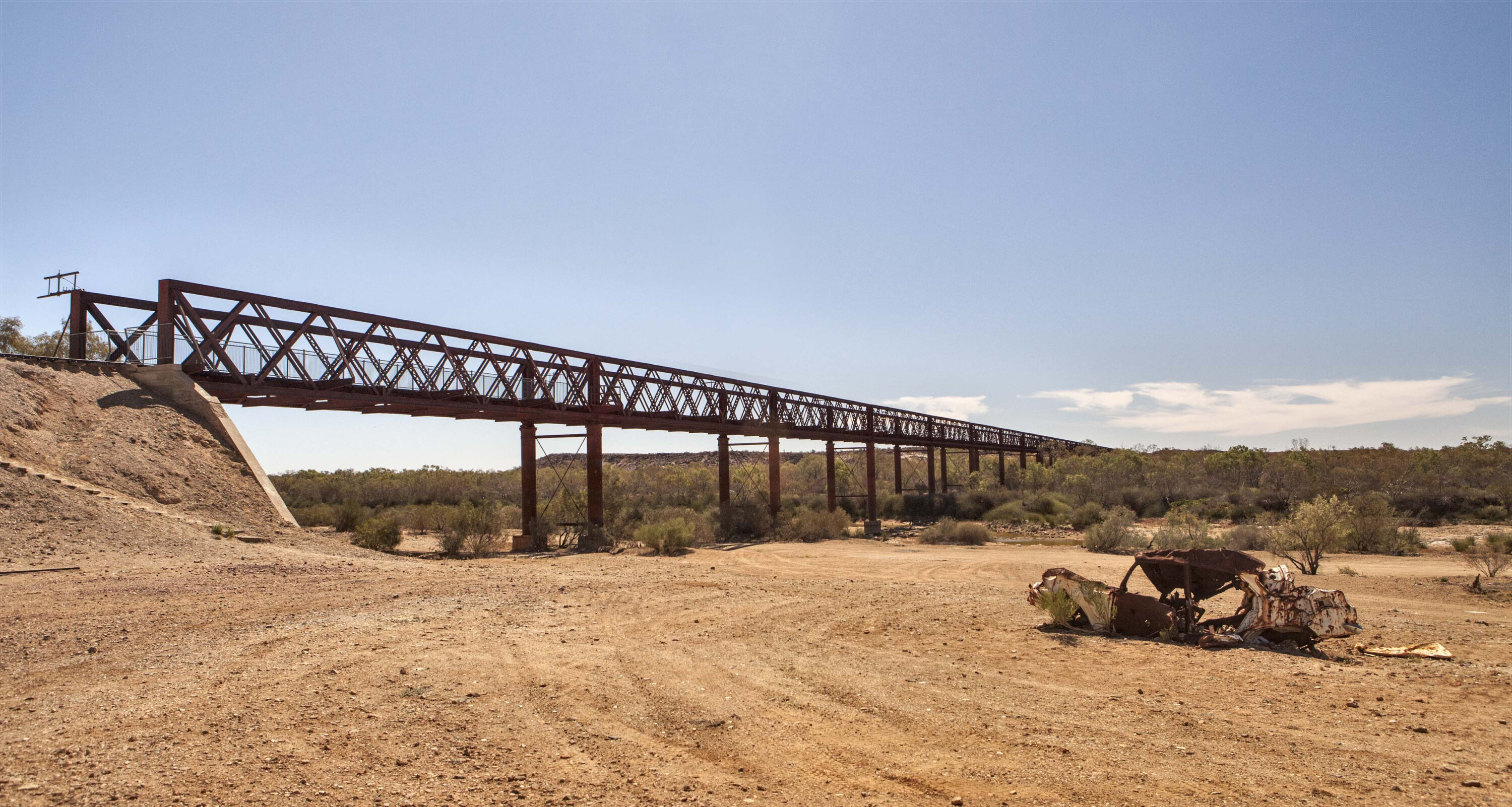
Until the track was extended to Alice Springs, for many years Oodnadatta was the end of the line for the Ghan. These days it is best known for the Pink Roadhouse, the last place for fuel and supplies for those heading north to Dalhousie Springs and the Simpson Desert, or west to the Stuart Highway and Alice Springs.
Whether it is to see some of yesteryear’s rail history before it finally turns to dust, or just ticking it off your bucket list, the Oodnadatta Track remains an iconic 4×4 destination.
From Hawker, 400km north of Adelaide, the road to Marree and the start of the Oodnadatta Track is a further 285km. Marree to Oodnadatta is another 405km.
Holowiliena Station is 46km north of Craddock (27km south of Hawker).
Cooler months from May to September but be aware temperatures in the mid-30s are not uncommon in Spring and nights can be very cold due to clear skies.
There are a number of station stays in the northern Flinders Ranges, many of which have interesting 4×4 tracks to explore. Ruins of early settlements and the Ghan railway are scattered along the length of the Oodnadatta Track. Farina is a must-do destination, as is Lake Eyre, the Mound Springs, the Peake Telegraph Station and the Algebuckina Bridge.
With patchy mobile reception and usually non-existent internet, a Starlink service will turn your smartphone into a satphone, making it a valuable safety accessory in remote areas. With clear starry nights and panoramic scenery a camera is a must. Plan to be self-sufficient in respect of food and water and carry a basic tool kit. Flies will drive you mad if you don’t carry a fly veil.
The unsealed roads are unforgiving, so ensure your vehicle is mechanically A1 before setting out. If towing, a Stonestomper stone guard is a necessity to prevent the flinty rocks from the road sandblasting your van or camper. Ensure your trailer wiring connection on your vehicle is sufficiently high to be protected by the tow bar from rocks thrown up from the road – often turning the mount upside down does the trick.
The William Creek Hotel (08 8670 7880) is worth a call to check on the condition of roads and Lake Eyre.
Holowiliena Station can be contacted through www.holowilienastation.com
Very little rain is required to close outback roads for days on end. Keep an eye on the extended forecast, and the website ‘Outback Road Warnings – Department for Infrastructure and Transport – South Australia’ will tell you current road closures. Driving on a closed road is an extremely expensive pastime. Do not travel if rain is a possibility.
There are many reasons for crossing the Simpson Desert. For some, it’s a tick in their list, for others it’s almost a religious experience. Many years back I interviewed a man many would refer to as one the fathers of vehicular bush travel; the late Mike Leyland crossed the Simpson Desert with his brother in a couple of Land Rovers. Mike recalled, “We didn’t ‘conquer’ it, we just got through it.”
Today, seekers of isolation tend to ignore the popular French Line, and opt toward either the Hay River Track or as we did, the Madigan Line. The latter follows Cecil Madigan’s route taken with camels back in 1939. Madigan was no stranger to isolation, having been to Antarctica with Sir Douglas Mawson, among his other accomplishments.
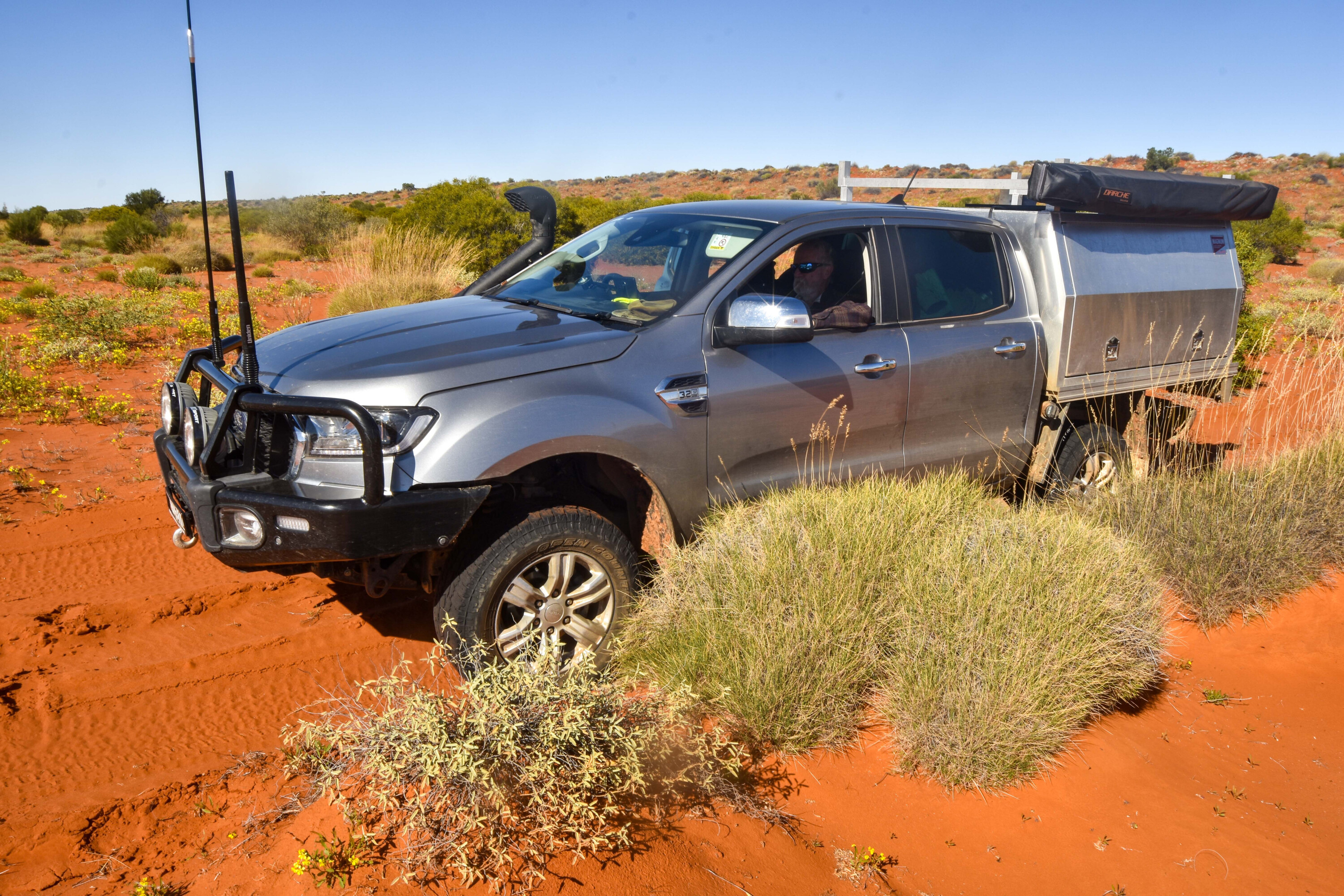
After topping up at Mt Dare, it’s a short run across to Old Andado homestead; the last resident here was Molly Clark, a tough lady if ever there was one, who stayed on after the death of her husband Mac. Molly died back in 2012, but her homestead is considered a museum by most travellers.
Madigan: “Here we found a typical Central Australian cattle station homestead, a corrugated iron house nicely whitewashed”
If you visit here. Leave it as you find it. A caretaker will be found before long to make sure Molly’s home is not desecrated.
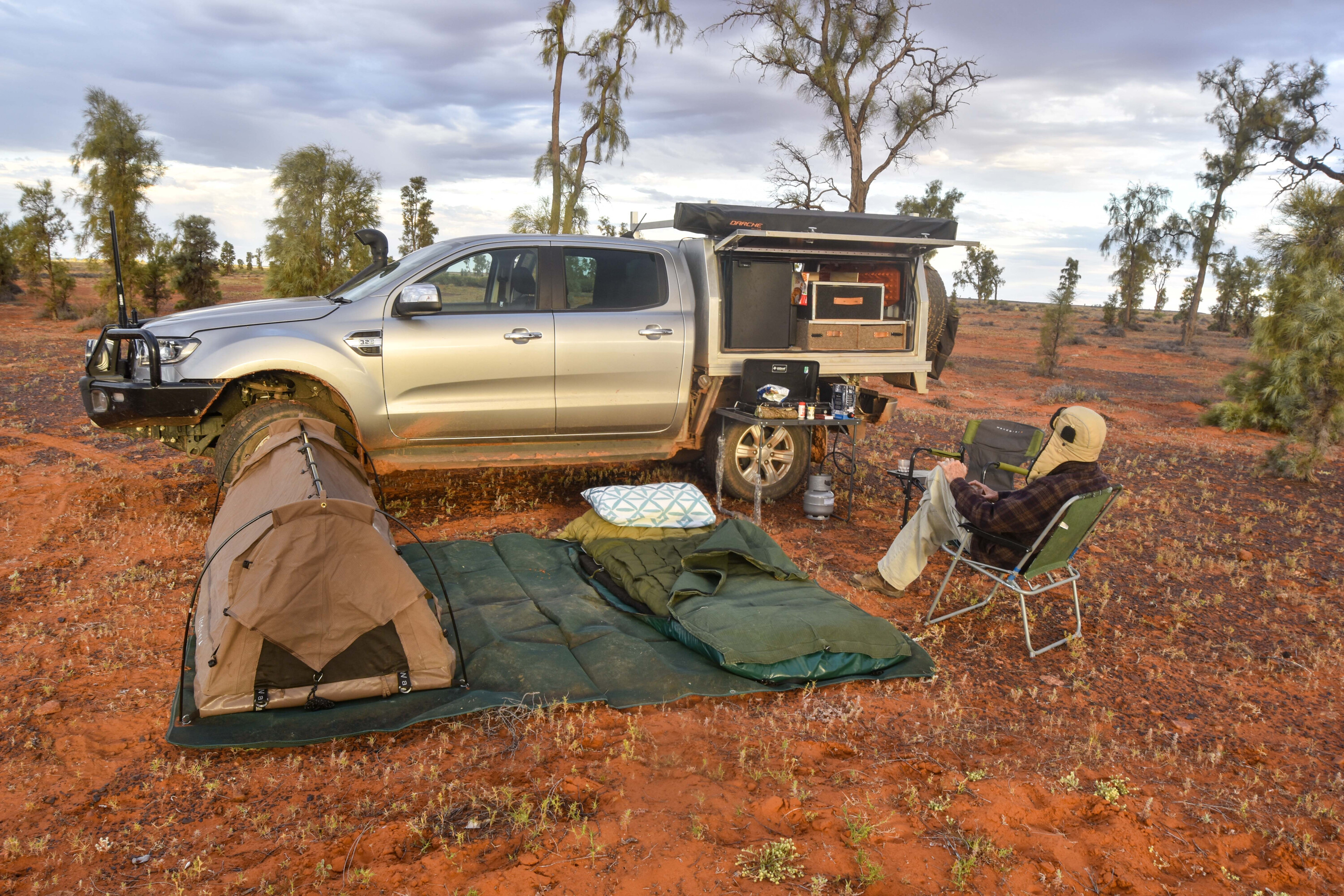
The first morning in the desert is a special time. As you stir from your swag or tent, you appreciate the chill of the early hour, and that unique understanding of your presence in a remote place.
Not far along from Old Andado is the Acacia peuce Conservation Reserve. Dedicated to Molly’s husband Mac Clark, it preserves the few remaining Waddi trees. The name came from the Aboriginal term Waddi, which was a club used as a weapon. The wood in these trees is extremely hard, and therefore very useful as a weapon.
The first morning in the desert is a special time. As you stir from your swag or tent, you appreciate the chill of the early hour, and that unique understanding of your presence in a remote place. Then it’s coffee or tea and breakfast, and into the sandy distance.
One condition of travel here is that you must run west to east. That is the way Madigan did it, and besides, it means there’s less chance of having a head-on at the top of one of the sandhills. But you still need to run a sand flag.
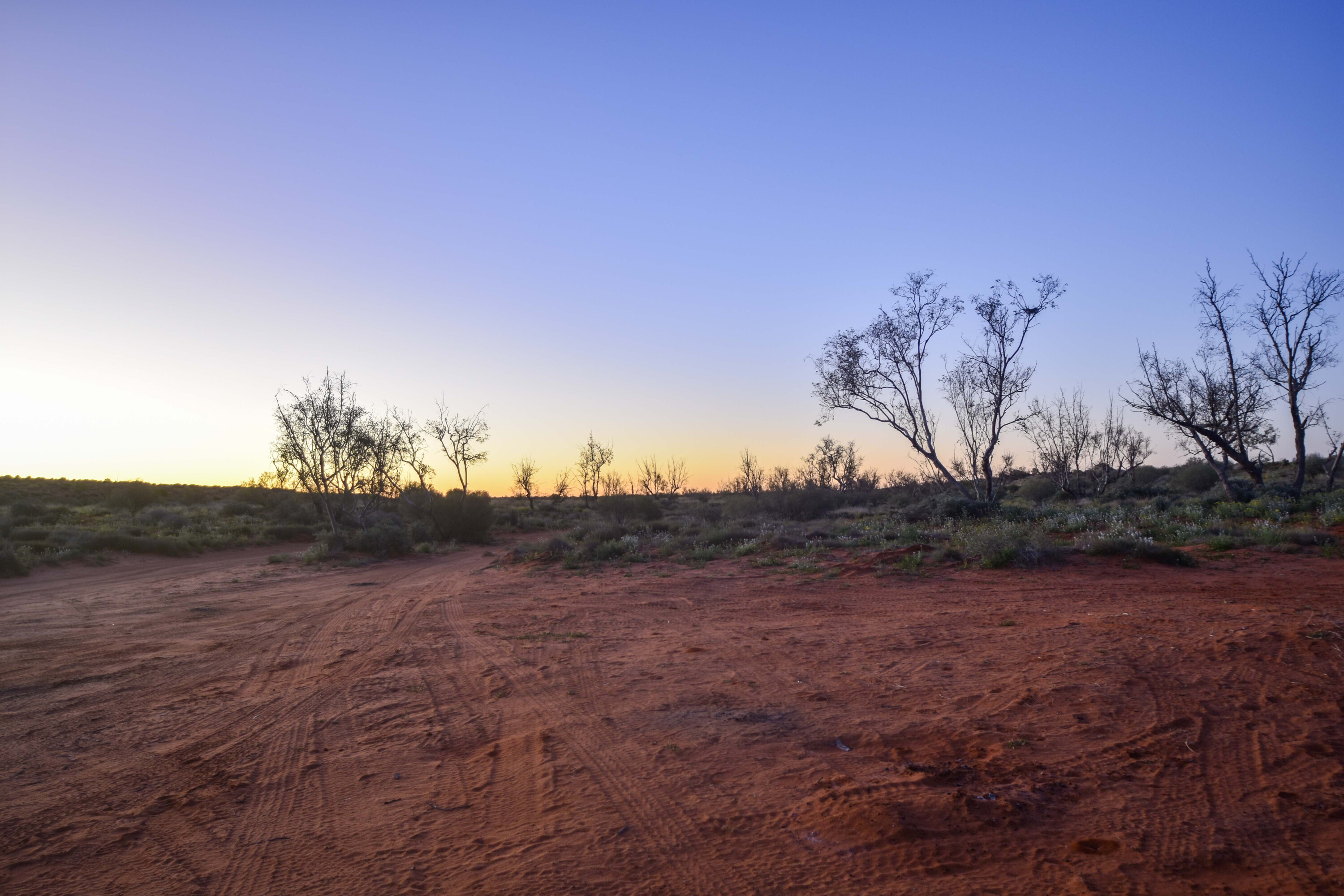
Some of these dunes are fairly high, but coming at them from the eastern side they tend to be easier to cross. It’s for this reason it’s all one way from Camp 5 onward. From Madigan Camp 5 you can still turn back, but after that you are committed to finish the rest of the trip.
Like Madigan, we noticed the size of the sandhills begin to increase as we neared the middle of the crossing. The eastern sides were also a lot steeper, and that was verified by the large ‘struggle marks’ we saw. You could clearly see where a vehicle had attempted to drive up the eastern side and only succeeded in digging in. This was obviously one of the reasons for the track to be west to east only.
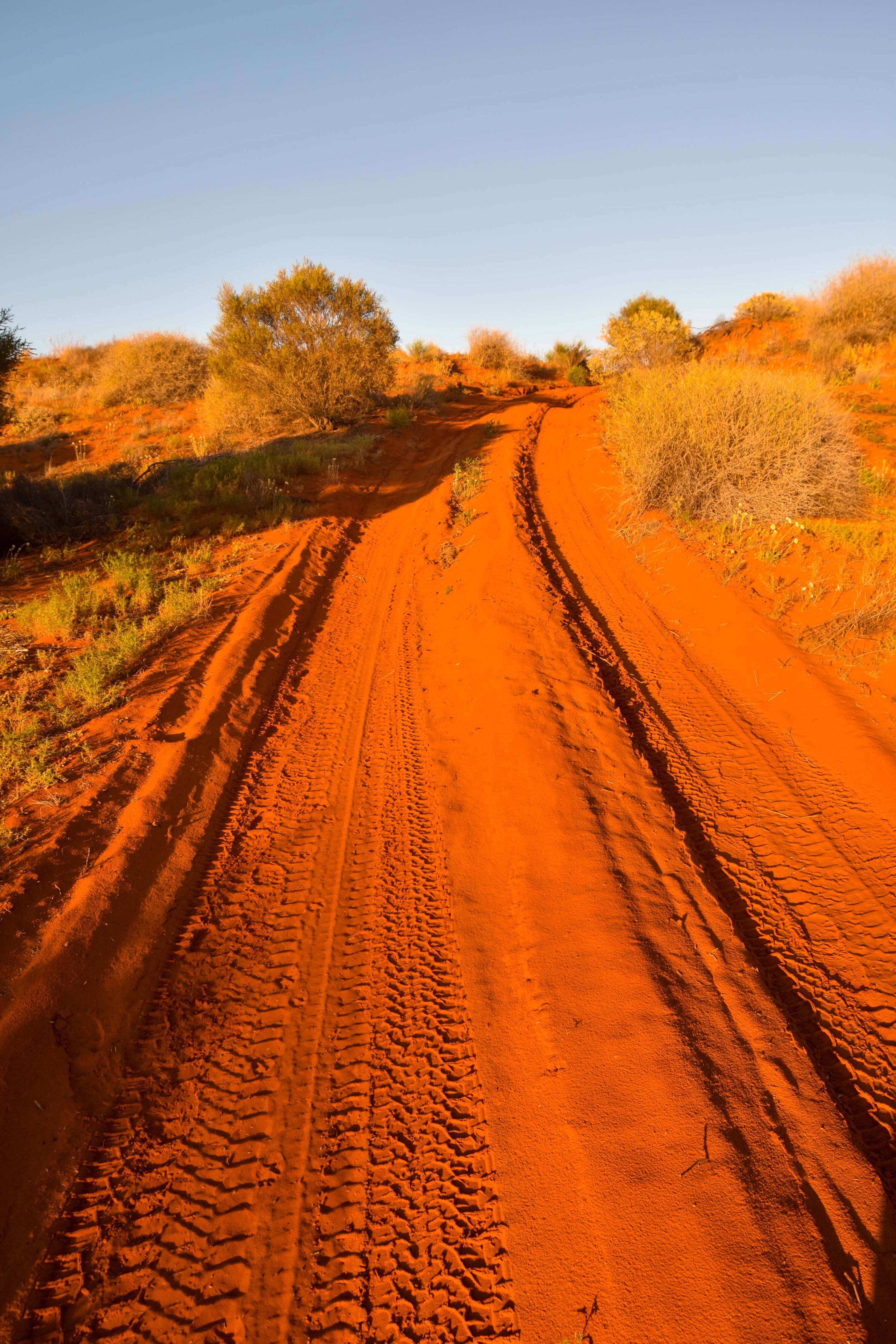
Also due to recent rains the desert was in full bloom with some of the best displays of wild flowers and general greenness I have ever seen out there. The whole place was a riot of colour, with the deep red of the sand contrasting magnificently.
Campsites were not hard to find, and usually selected as much for availability of firewood as much as anything. Wind is a constant thing in the desert, and if you can find a campsite among some low scrub you have a chance of minimising the effects of it. Once again, being a one-vehicle trip made finding a suitable spot a lot easier.
Travel here is also a lot easier if you don’t have a timetable to stick to. There is no lack of things to stop and have a look at, even if it’s just a chance to stretch the legs. Sandhill driving takes a fair bit of concentration and regular breaks are important. The Ranger just kept growling over one sand ridge after another.
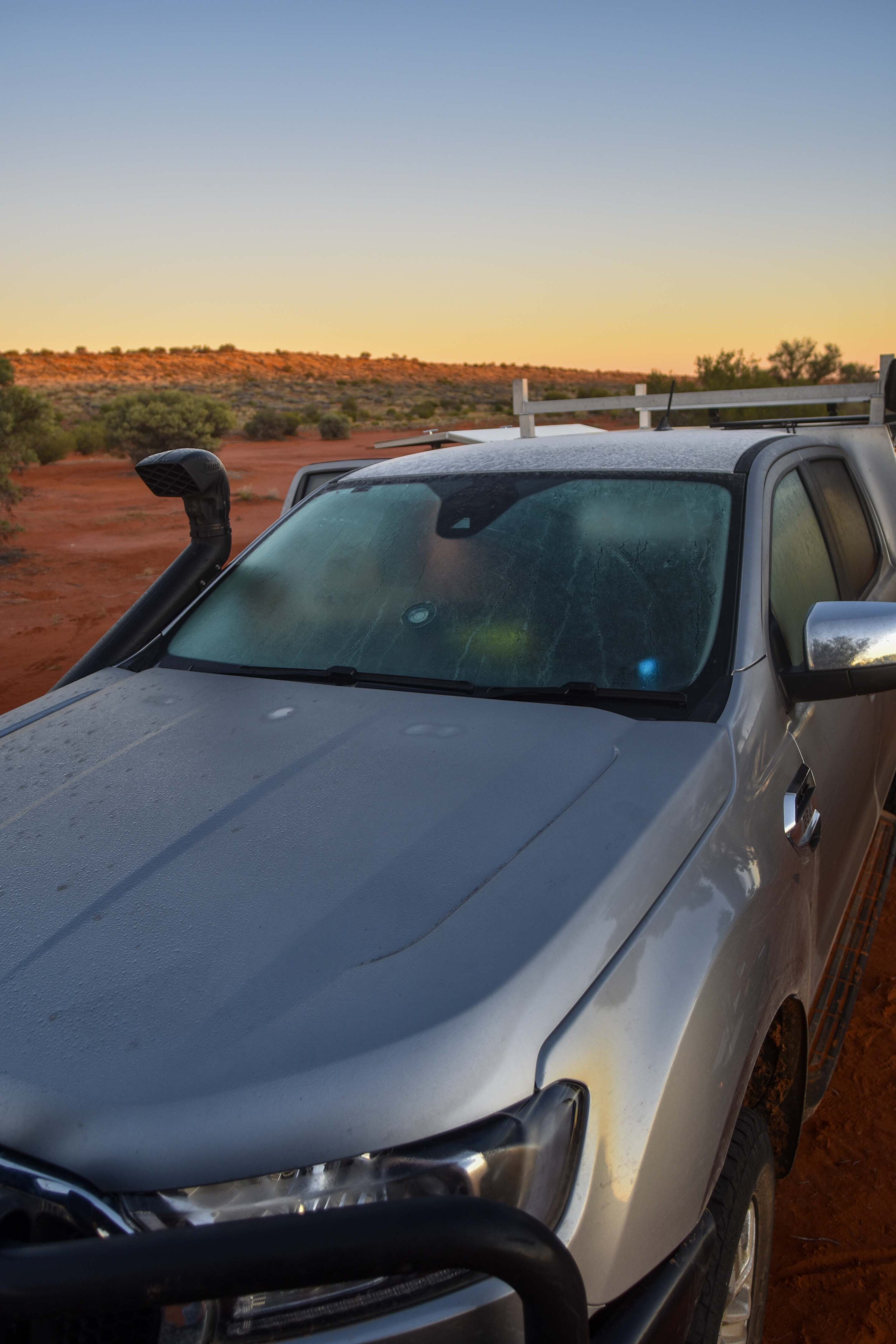
We kept spotting tracks in the sand in front of us, and they always turned out to be those of either a camel or a dingo.
Eventually we caught up with a dingo. It circled us warily as we got out of the vehicle, but made no attempt to flee. This resulted in some nice pics. We never did catch up to the camels who left the tracks, but another traveller had seen one. Neither animal should be approached; they are living in a wild state and can be dangerous.
Regardless of its comparative isolation, there is still the chance of coming across other travellers on the Madigan Line. We only encountered one bloke on his own, and another group of two vehicles plus a trailbike. There was an unspoken agreement that we camped and travelled separately.
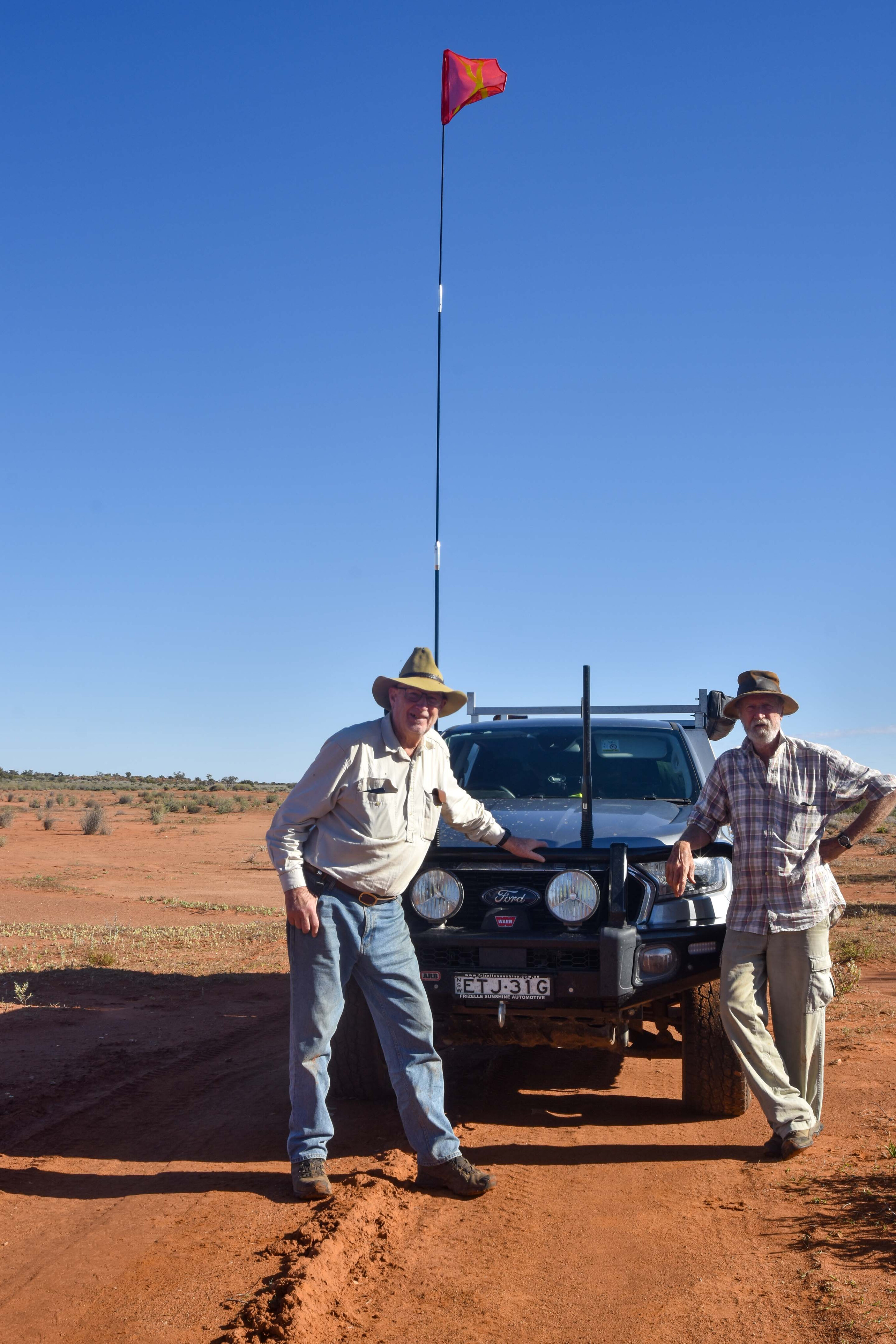
The crossing of Eyre Creek on the Madigan Line was out of the question due to the depth of water, so we had to continue down to where the Hay River Track met the QAA Line.
Still a good run, although the crossing of the Eyre Creek needs a little momentum. But getting to the QAA Line was like peak hour after the isolation of the Madigan.
The intersection was marked by a large salt lake, and almost immediately convoys of vehicles began to appear, and channel 10 on the UHF was getting busy. We realised at that point that the trip was all but over.
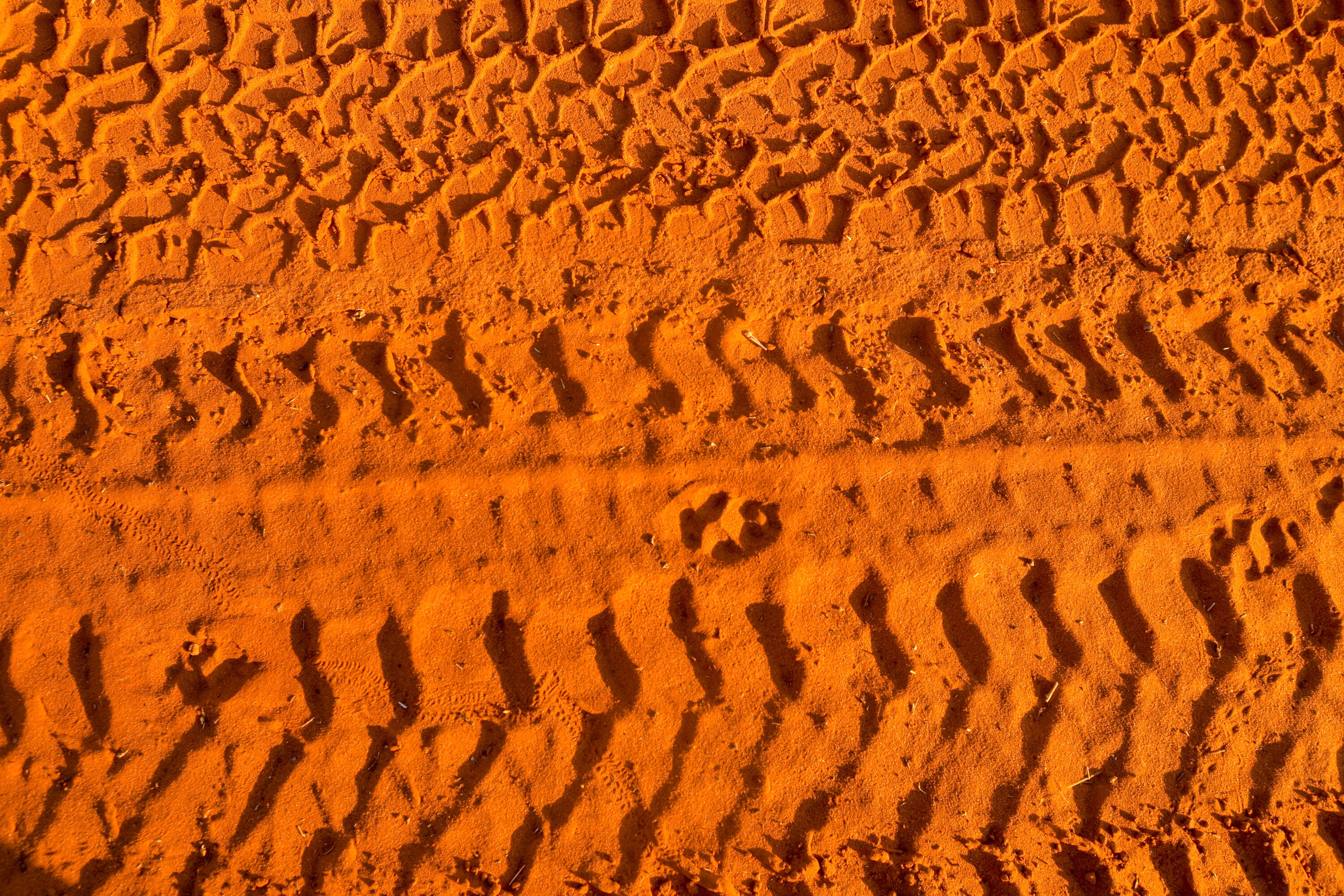
At this point the Madigan component of the trip was over, but Birdsville was still 201km to the east. Our last camp in the desert was well off the track in the lee of a decent sandhill. The next morning we looked forward to the up and over of Big Red.
There are a number of tracks over the big sand hill these days, so I pointed the Ranger at one that looked okay. We went up and over, then aired up the tyres for the final run into Birdsville.
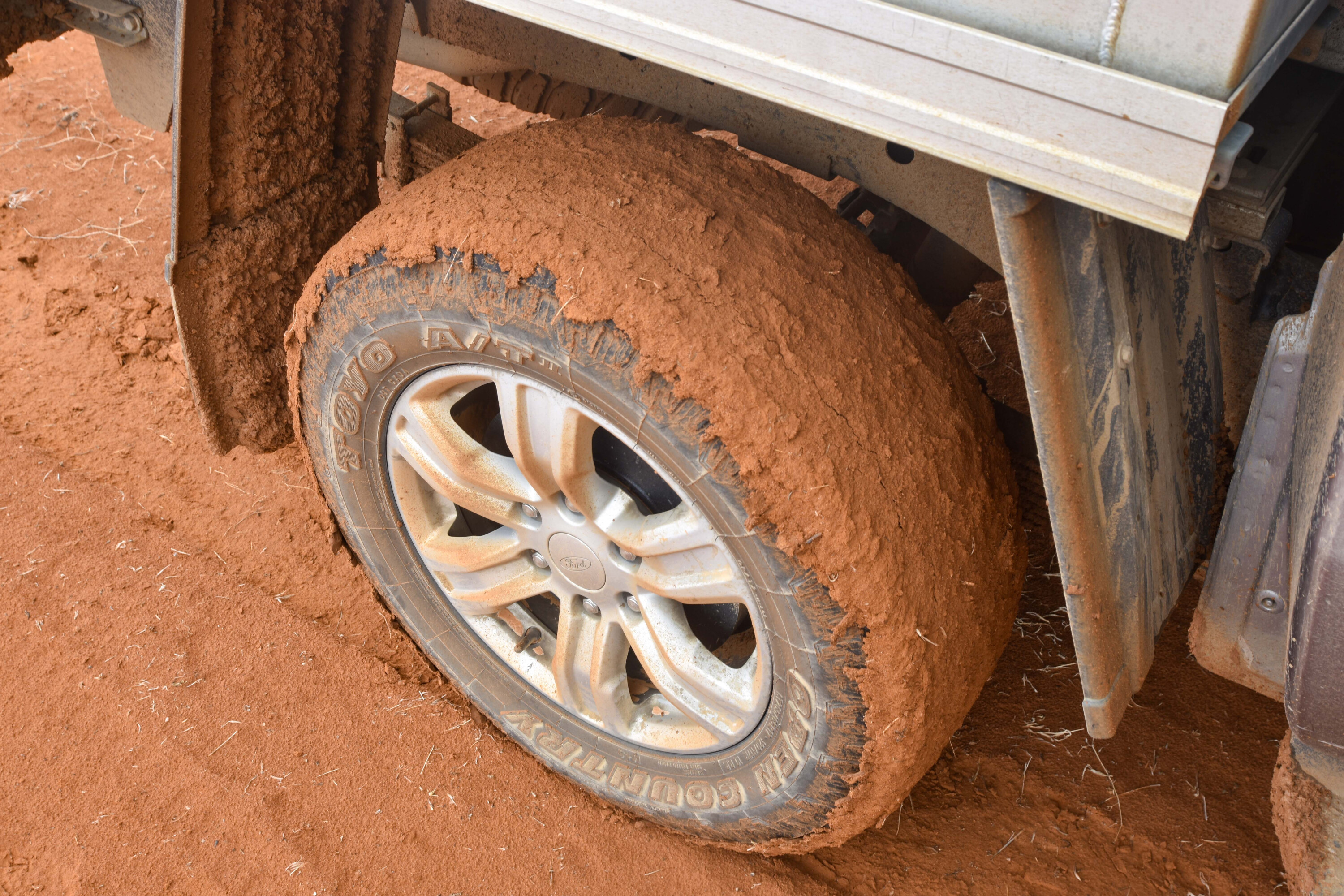
A UHF radio is essential, as there are call points all along the tracks of the QAA and French lines. Your radio should be kept tuned to channel 10 and at each call point you check the number on the post and call ahead “east/west bound at call point (number).”
We hired our satp hone from Remote Site Technologies and it was relatively cheap at $260 for three weeks. Nothing like peace of mind.
I always carry two spare tyres for any remote-area travel. We had one puncture (stake) and although I carried the usual tyre repair gear we didn’t use it. In any case the tyre turned out to be beyond repair. I also carry a lump of form ply to use as a base plate for the jack. It also sees use as a cutting board.
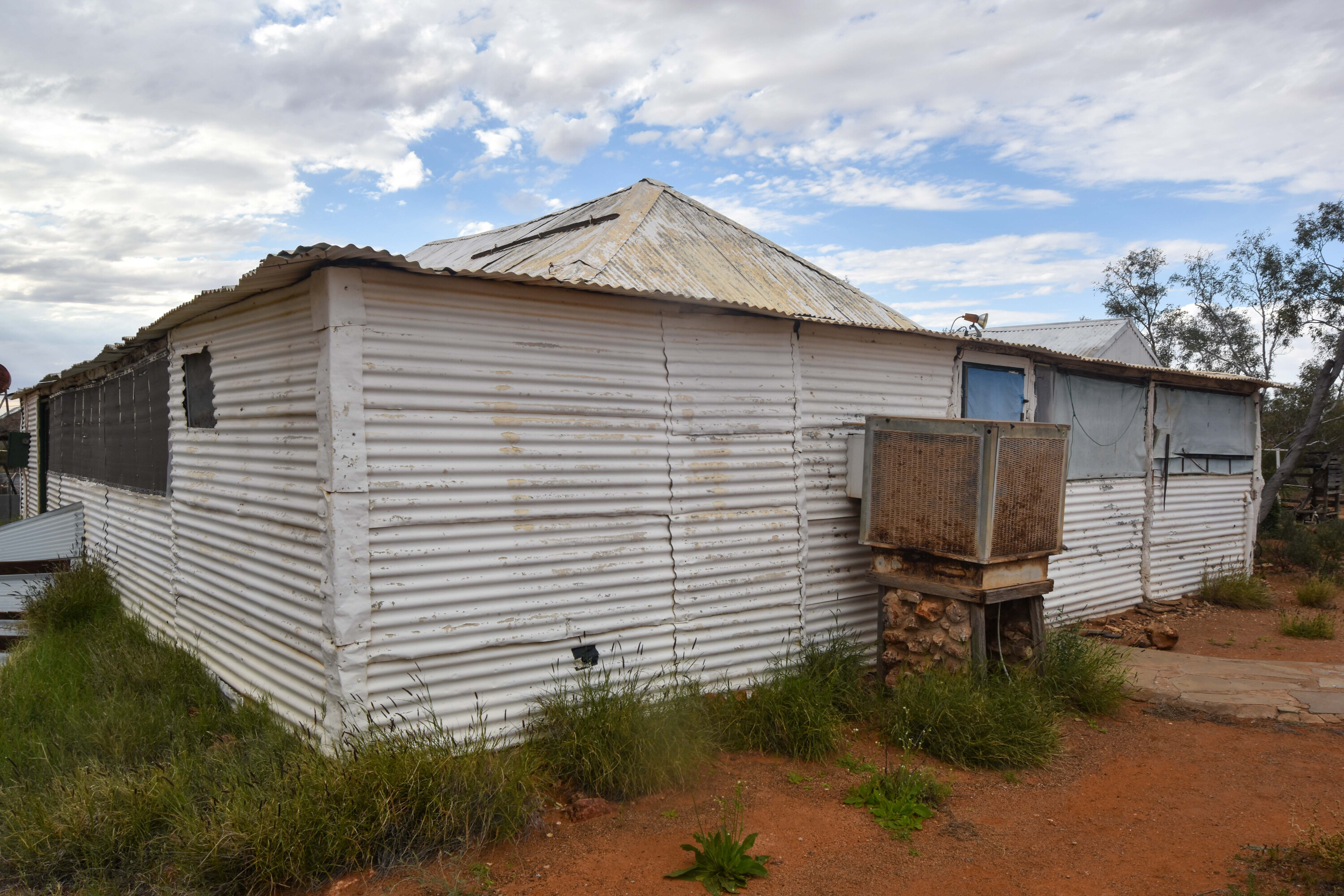
A sand flag is not simply common sense, it’s required by law. It will only cost a $100 or so from BCF.
We carried 70 litres of water, but due to it being winter we didn’t come close to using it. The traditional drinks around our little fire at night were handled by a glass of some pretty ordinary red.
Firewood is scarce in the desert, so try not to go in for bonfires. Leave the chainsaw at home too; it’s extra weight and then there’s fuel and oil and tools to be considered. Most of the wood out there is very hard and your chainsaw won’t thank you.
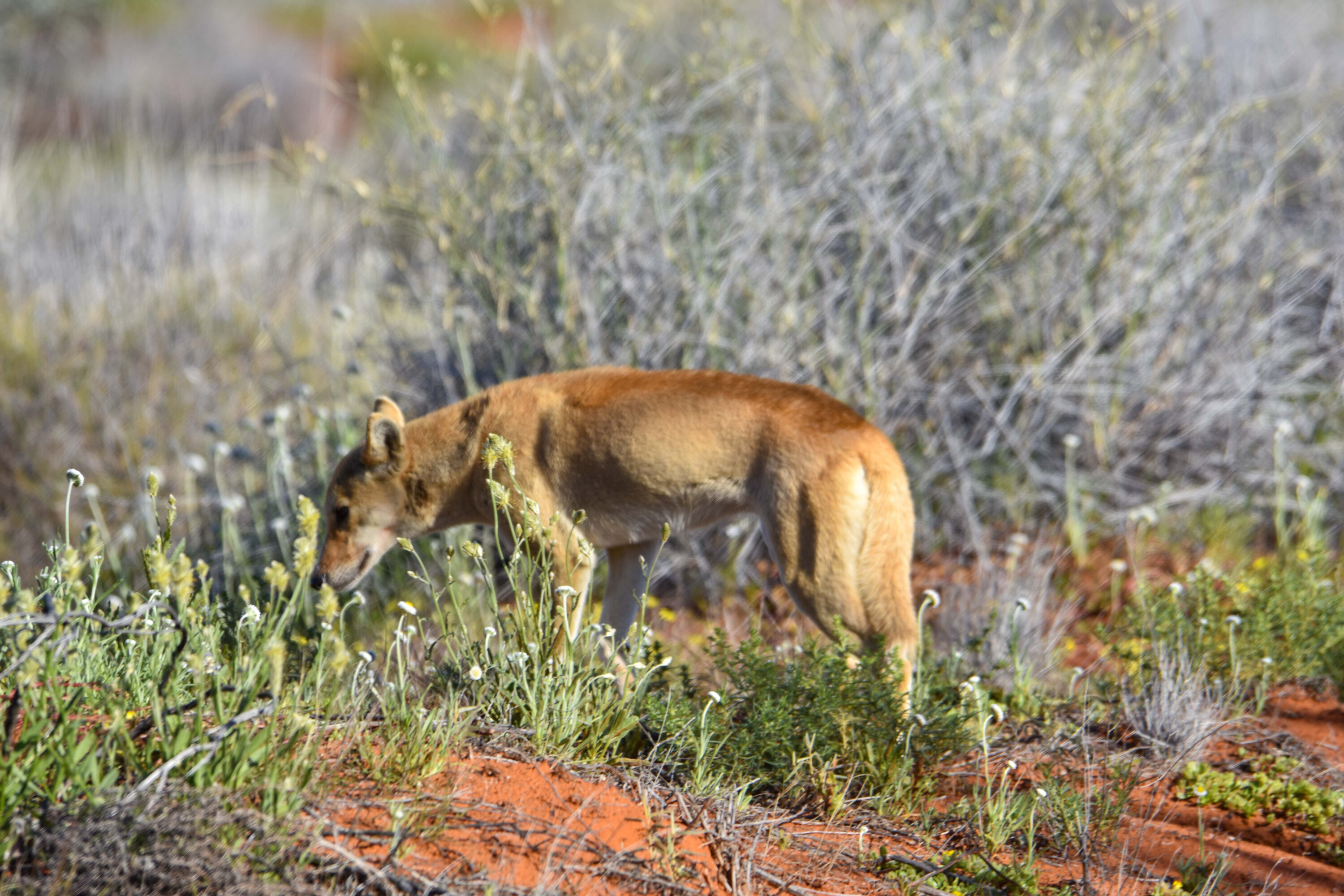
An email to Adria Downs station on [email protected] is also essential. Last minute info on track conditions can be had by calling Mount Dare on (08) 8670 7835.
We left Mount Dare with one 140L tank full plus a couple of jerry cans. We averaged 14L/100km from Mount Dare to Birdsville and had about 64L left in the tank.
Finally, please leave the camper trailer or any other trailer at home. The Mount Dare blokes reckon they get most of their business of vehicle recovery from people towing trailers, and it can cost you north of $10,000 to get rescued. Towing anything across 700 sandhills puts unnecessary strain on the tow vehicle plus the higher fuel consumption involved. The desert can be unpredictable and you never know when it will test you.
Getting stuck up to your axles is bad enough, but not having any form of communication with the real world when you’re outside the realm of phone reception can turn a bad situation into an absolute disaster.
There are many stories of unprepared tourists blowing tyres kilometres from civilisation and sitting roadside for hours – if not days – waiting for someone to drive past. A UHF radio is also an ideal tool for communication with other vehicles in your convoy – and no, not just for the banter.
A UHF CB (Ultra High Frequency Citizen Band) radio affords punters the opportunity to explore vast expanses of remote country without fear or concern that, if mechanical failure or driver error should occur, they’ll be stuck rationing their last bottle of water and half a pack of Pringles.
Put simply, the size of the Australian landscape means that cellular coverage is limited in many areas, so a UHF CB radio provides an open communication platform to allow people to communicate across considerable distances without the need for network coverage.
A UHF CB offers the advantage of being able to communicate to anyone in an area of 5 to 8km, but this can be increased if you’re in in a high position and dependent upon the terrain and environment. Another main advantage is easy, accessible comms between vehicles travelling together in a convoy. Anyone who has driven in a convoy understands the benefit of having everyone on the same wavelength, especially between the lead vehicle and the tail-end Charlie.
Doing so can warn trailing vehicles of upcoming obstacles, roadside animals, difficult tracks and oncoming vehicles, and it can also be used to back someone in or navigate someone over a nasty obstacle.
They’re essentially an easy-to-use tool for vehicle-to-vehicle communication, particularly where mobile phone coverage is limited or unreliable due to the location, ensuring peace of mind for all users.
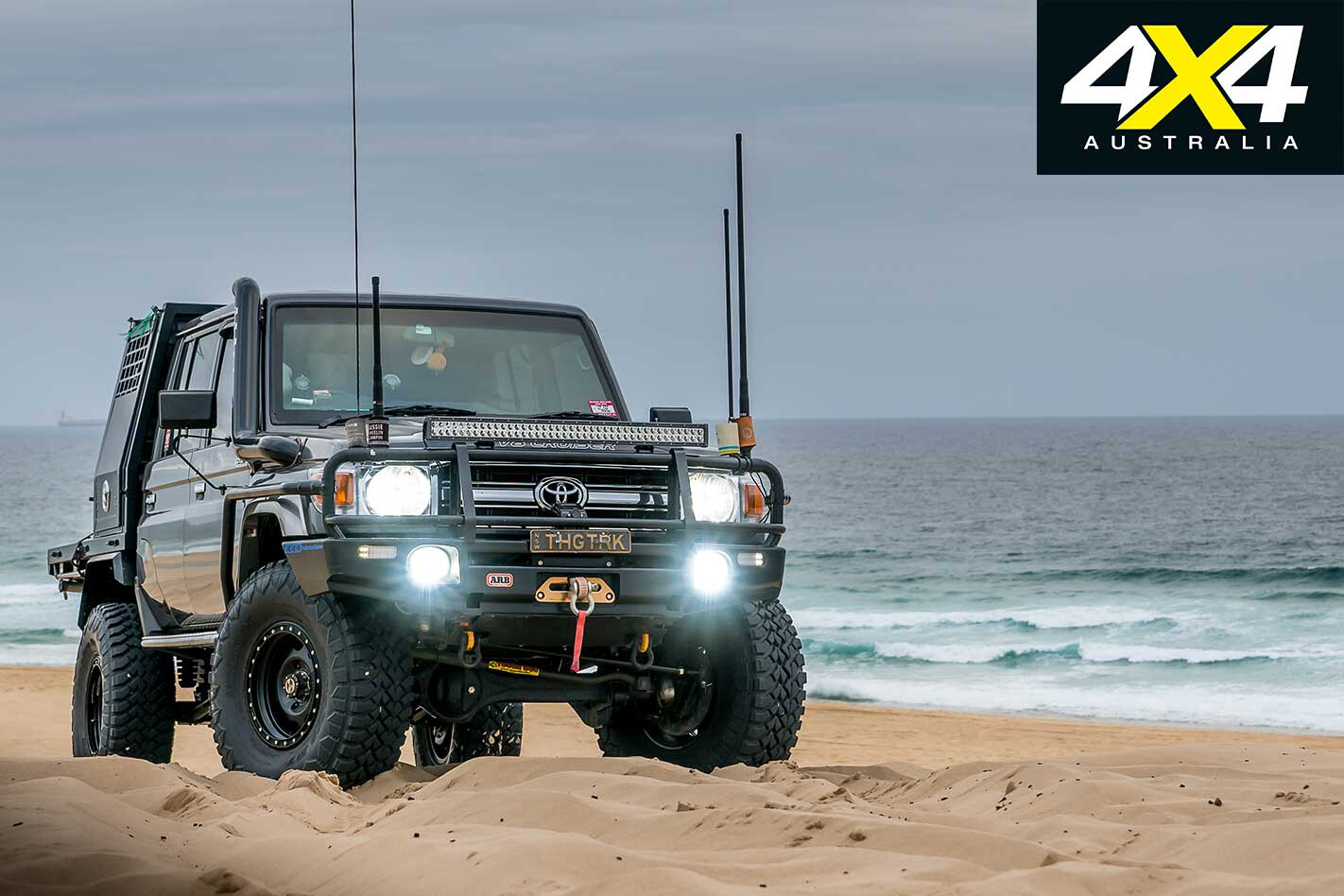
Build quality, product support (aftersales/warranty), technical support and battery life are non-negotiables, as is the importance of ‘output power’ – as a 5W unit will transmit further than a 1W unit. Also noting the IP ratings of handheld units is critical to ensure you get a waterproof/dustproof model.
Consumers must also ensure the product is ACMA-approved (programmed with Australian channels and meets legal requirements) and is C-tick rated. The C-tick mark is intended for use on products that comply with EMC (electromagnetic compatibility) standards. The label indicates that the product complies with the applicable EMC standard and establishes a traceable link between a product and the supplier responsible for placing it on the Australian or New Zealand market.
It’s important to note that units are designed to be fit for purpose, which means they’ve been punished during testing countless times in the rough environments they’re bound to experience. This is why you should always buy from respected brands.
Other non-essential functions include: a record function; dual speakers with smart microphone technology; and colour LCD screens.
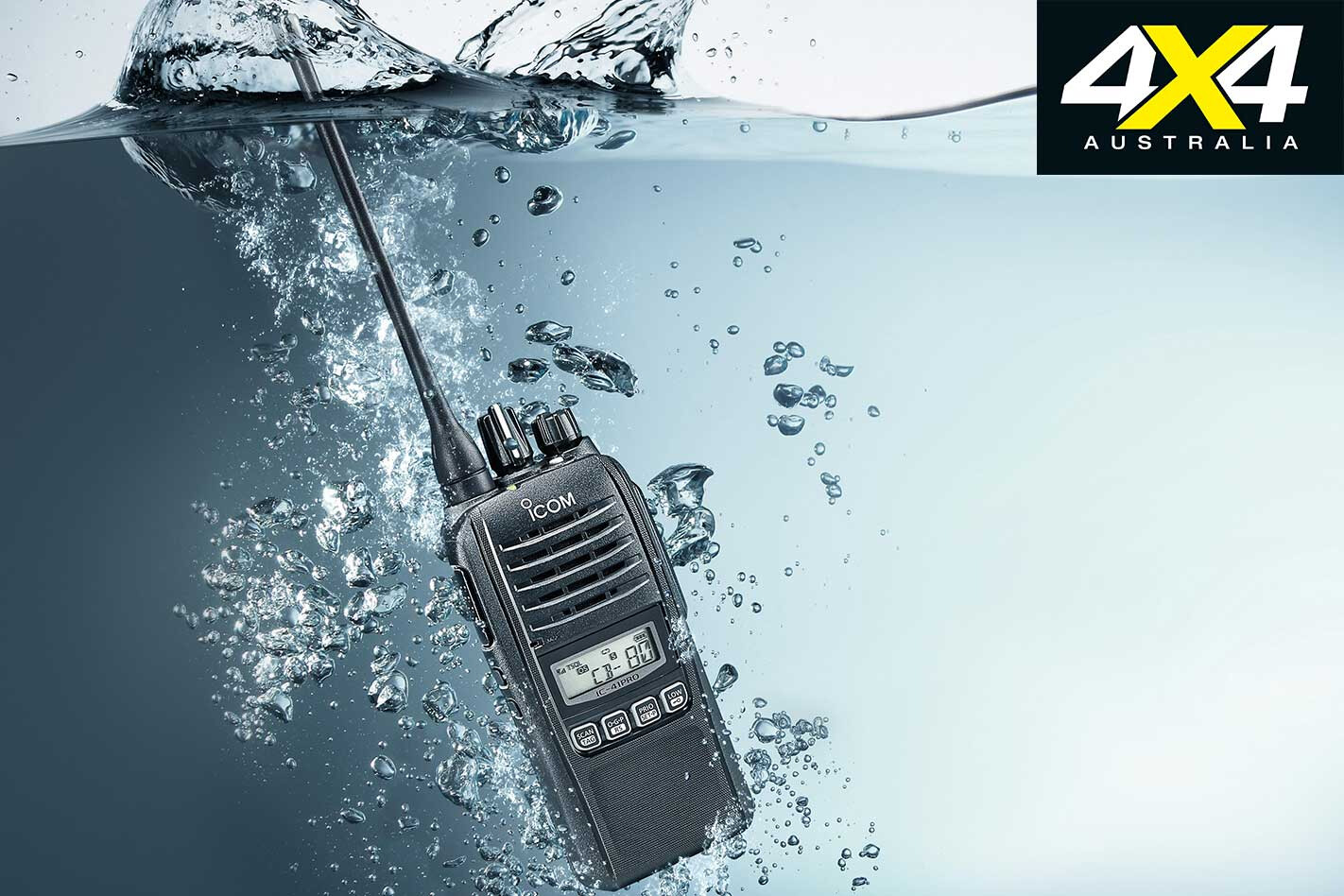
You’ll have peace of mind when purchasing kit from any of the trusted brands – GME, ICOM and Uniden, for example – but what if you want to save a few pennies by venturing into the dark web of online shopping (think: eBay)? Well, it’s risky, and you won’t get the aftersales support of a trusted brand.
Not only is the quality and legitimacy of the product unknown, but the warranty on these alternatives is often questionable as well. As with most things, you get what you pay for. Choosing cheaper alternatives can compromise quality and performance when compared to more established brands.
Other risks include wrong specs and programming; missing and inactive features and accessories; unapproved power supplies; the possibility of a forged product; wrong electronic serial numbers; and no resale value.
Vehicle-mounted UHF CB radios benefit greatly from being wired up to a larger antenna (more on antennas later), which greatly increases range and use, as well as being connected to the vehicle’s power supply, rather than a battery pack.
This makes fixed radios ideal for long-distance touring when users will be communicating across significant distances, as they are able to be connected to large, high-gain antennas, Fixed-mount radios do not rely on a battery pack; rather they draw power from the vehicle’s 12V battery system.
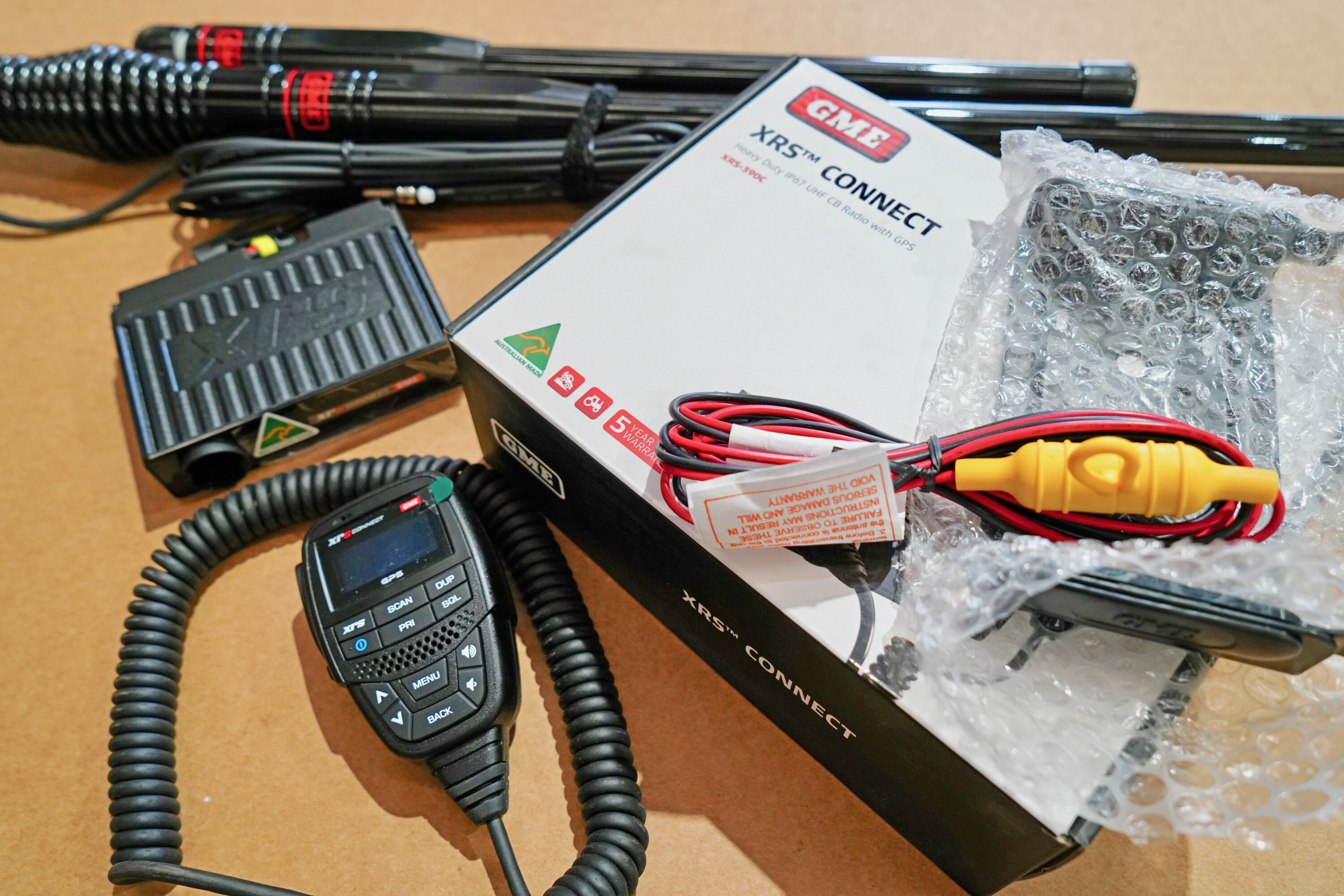
The alternative is the handheld radio (that’s a walkie-talkie, kids), popular for on-foot expeditions and the like. The portable units are often lightweight and compact, but require a battery pack to function, meaning run-time is somewhat limited. They also don’t have the range of a vehicle-mounted unit, due to the antenna.
Essentially, portable radios have a very low-gain antenna and generally offer less power, but they’re great out and around the vehicle for general communications and for guiding a vehicle down a difficult track.
For example, if squeezing through tight spaces on slippery rock surfaces is your idea of a Saturday afternoon, then it’s probably advisable to steer clear of long antennas. However, if open-road, long-distance touring is more your thing, then a short antenna should probably be avoided.
Size generally relates to gain, and gain is one of the important factors in selecting an antenna. However, a high-gain antenna is not necessarily the best for all 4WD situations. In hilly terrain, for example, a low-gain (short) antenna is best; a high-gain (long) antenna is best for desert/flat terrain.
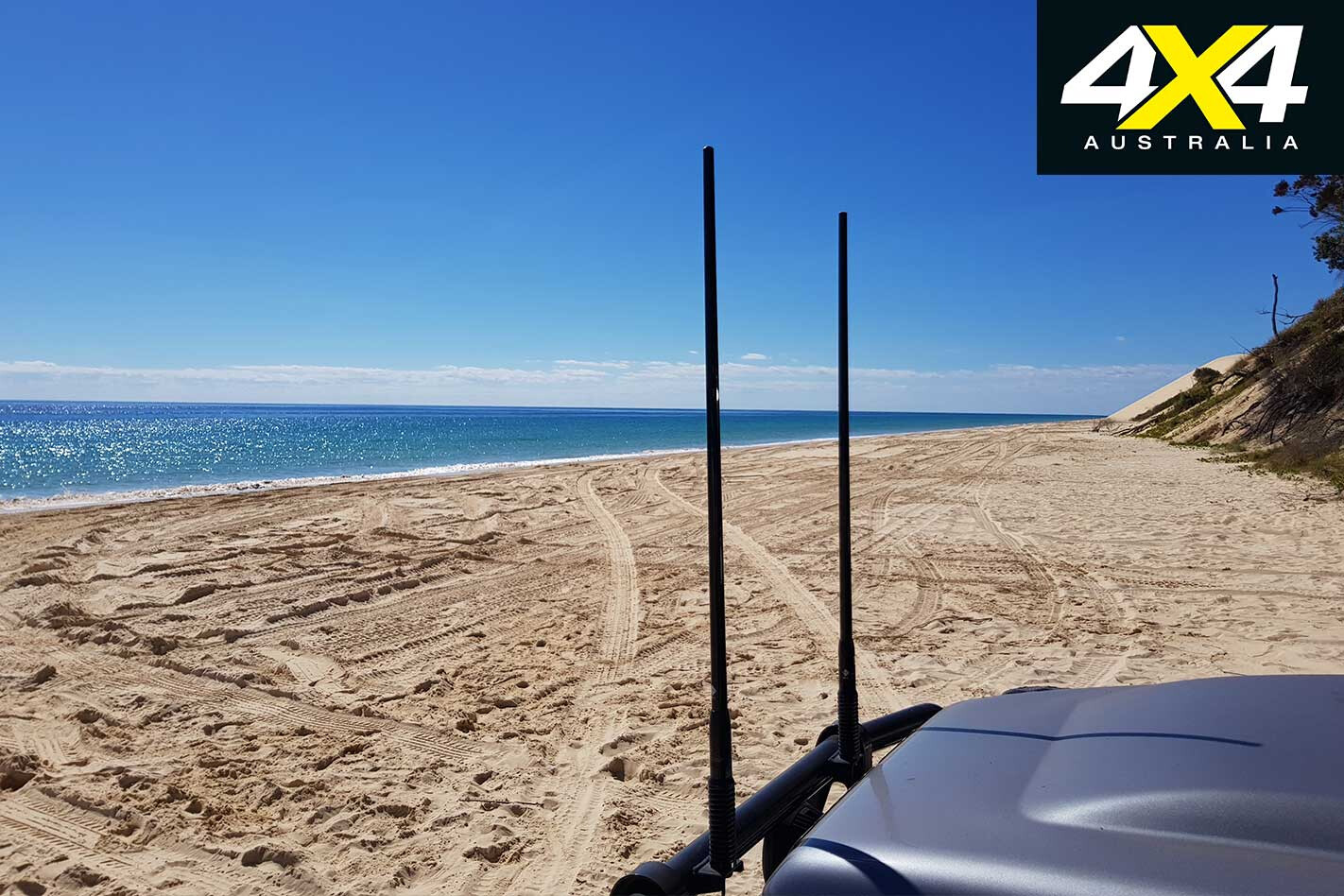
A medium-gain antenna (5 to 6.5dBi) can handle most situations easily enough. Also consider an antenna where the whip can be removed and you can interchange between low- and medium-gain.
There are a handful of different types of antennas available – fixed-mount, magnetic-based, removable mount, on-glass mount and ground independent (ideal for bullbars, etc.) – which can all be affixed to different areas of a 4×4. Punters should also take note of an antenna’s dBi (decibel isotropic) figure, to ensure they get an antenna that best suits their requirements.
All antennas have a dBi figure in their specifications, which relates to how much gain the antenna has. An easy way to think of this is to imagine a car’s headlights: You’re driving along a flat, wide landscape, so a long, narrow light will help you see a greater distance ahead – which would be where a higher gain antenna would work the best as all the waves are pushed straight ahead and behind you for communicating.
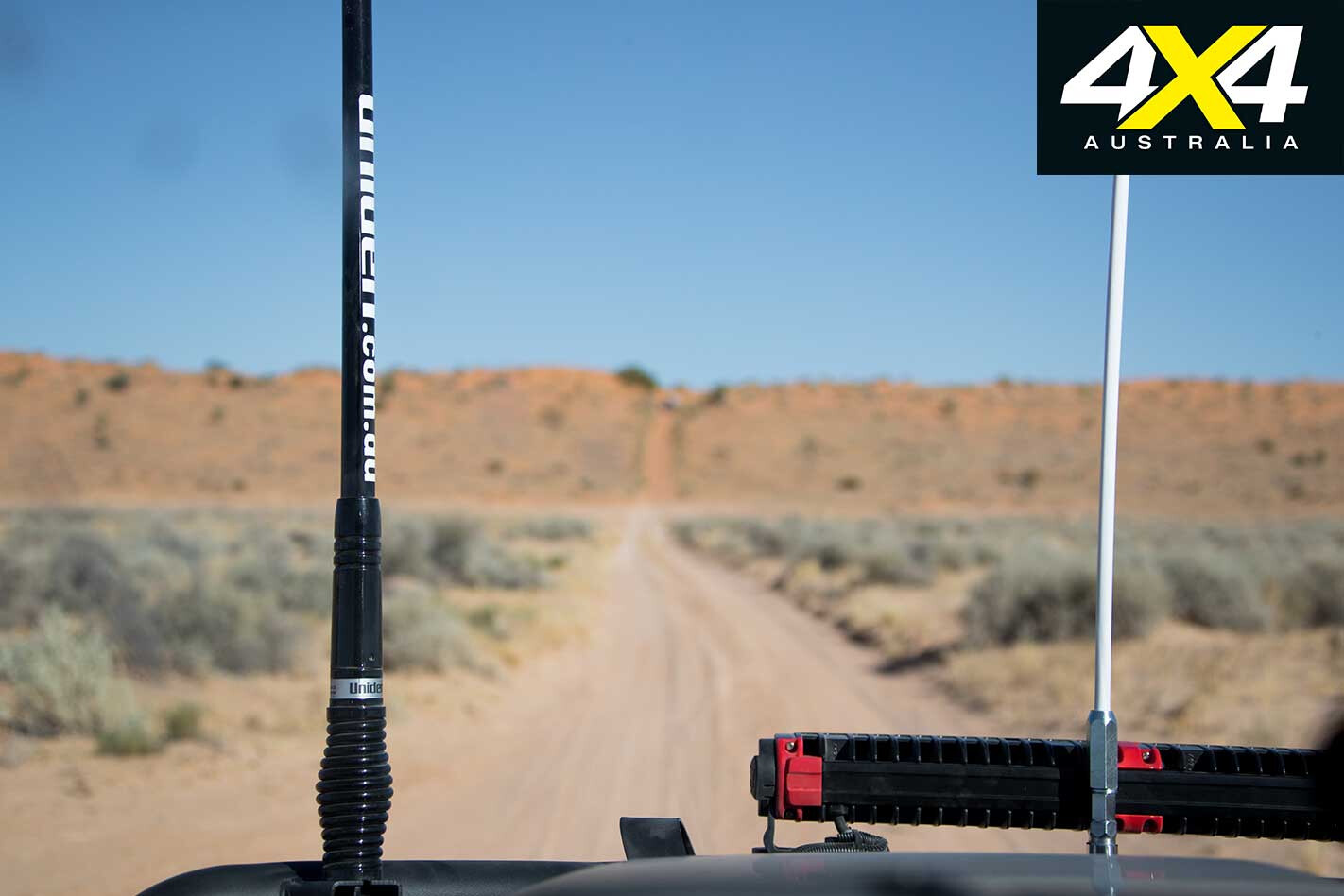
Now imagine driving up a hill with lots of rocks and trees, where you would use a wide-beam headlight to see all around the sides of the vehicle and terrain. If you used the same straight, narrow light beam you used on the flat terrain then, in this situation, it would point straight into the air and would not be a great benefit for you.
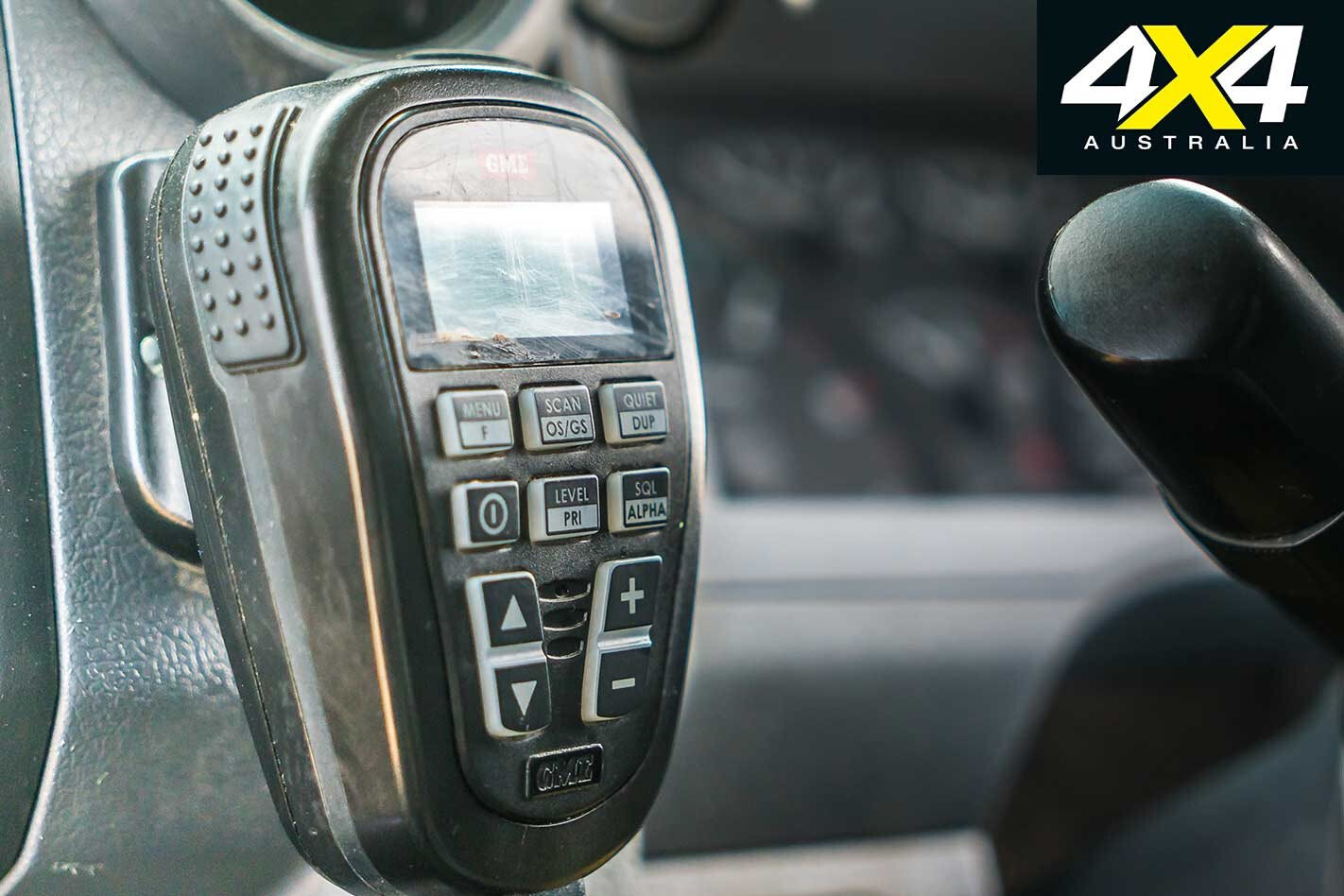
Simply, a repeater extends the range of the radio’s coverage. It is a combination of a radio receiver and a radio transmitter that receives a signal and retransmits it, so that two-way radio signals can cover longer distances. They’re located up high, typically on top of towers or mountains.
UHF Repeaters allow you to extend the range of the transmission by receiving and automatically rebroadcasting a transmission using an antenna located in a high location. In some situations, depending on the location of repeater stations, transmissions can be extended from 30 to 100 kilometres.
This challenging journey stretches over 1800km from the relatively well-watered southeastern edge of the Kimberley at Halls Creek, across the deserts of Western Australia, and to the rich goldfields north of Kalgoorlie.
The route was first surveyed by Alfred Canning in 1906 and he suggested that a stock route across the deserts could be built despite this being contrary to the strongly held and stated beliefs of earlier explorers such as David Carnegie and Lawrence Wells.
Tasked with the job to build it, he set out from Wiluna in March 1908, arriving in Halls Creek (now called Old Halls Creek) in July of the following year having excavated and erected 31 wells along the way. Turning back south he and his men established a further 21 wells before arriving in Wiluna in April 1910. It was an incredible undertaking.
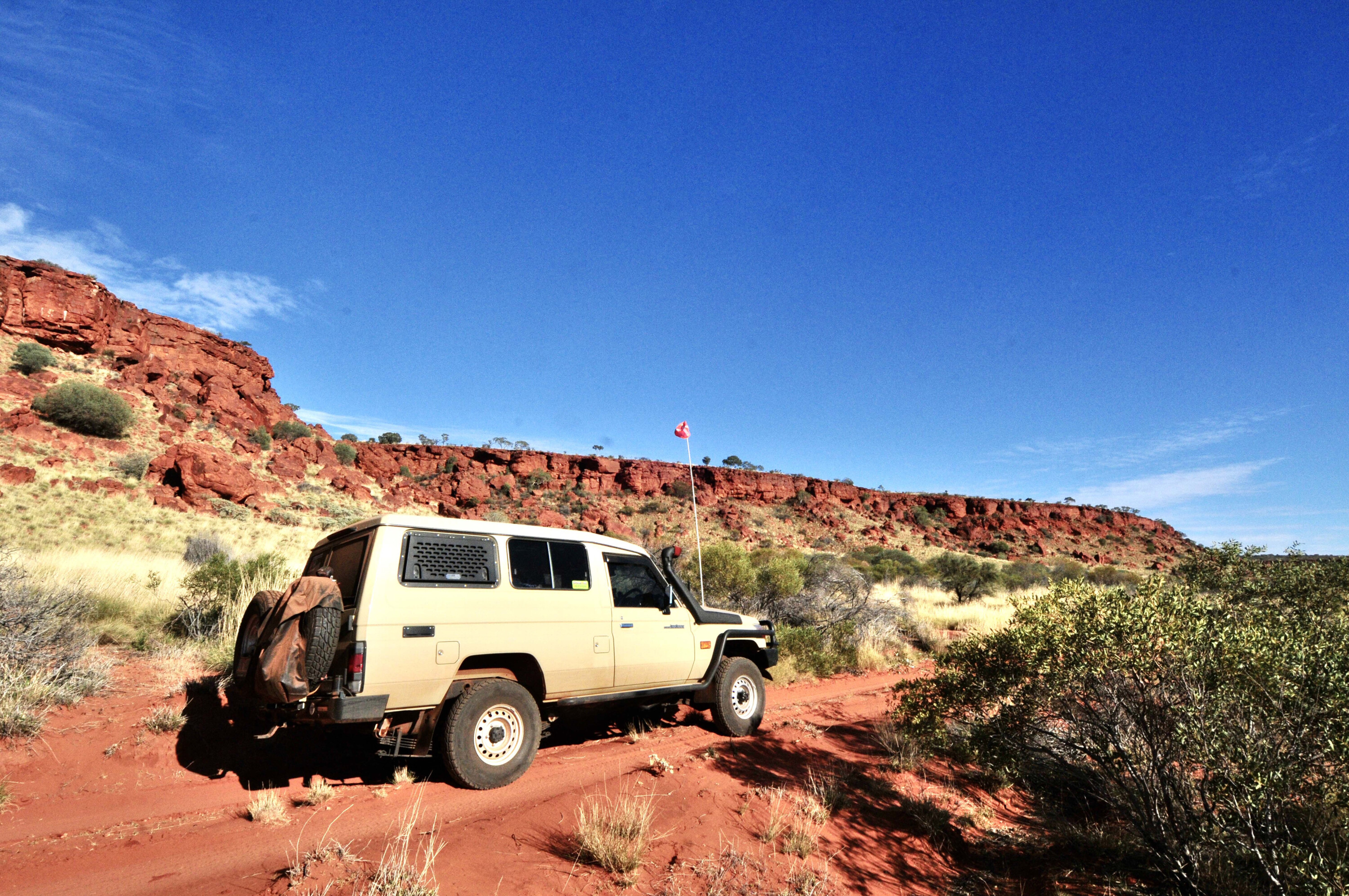
Just a year later the first cattle were brought down the stock route, but it was only ever used spasmodically, with the last mob coming down in 1958.
The first vehicle to travel any length of the stock route was that of Michael Terry who travelled from Billiluna Station as far as Well 48 in 1925. At the southern end, vehicle-equipped surveyors reached as far north as Well 11 in 1929. In 1963, Len Beadell and his Gunbarrel Road Construction Party built two roads that cut the CSR – one at Well 23/24 and another at Well 35.
In 1964 the late Henry Ward (who established the Glen-Ayle Station in 1947) became the first person to travel up the stock route by vehicle as far as the Durba Hills and Well 18. Four years later, in 1968, three surveyors, Russell Wenholz, Dave Chudleigh and Noel Kealley, who had done much of the mapping in the area, became the first to drive the complete length of the stock route.
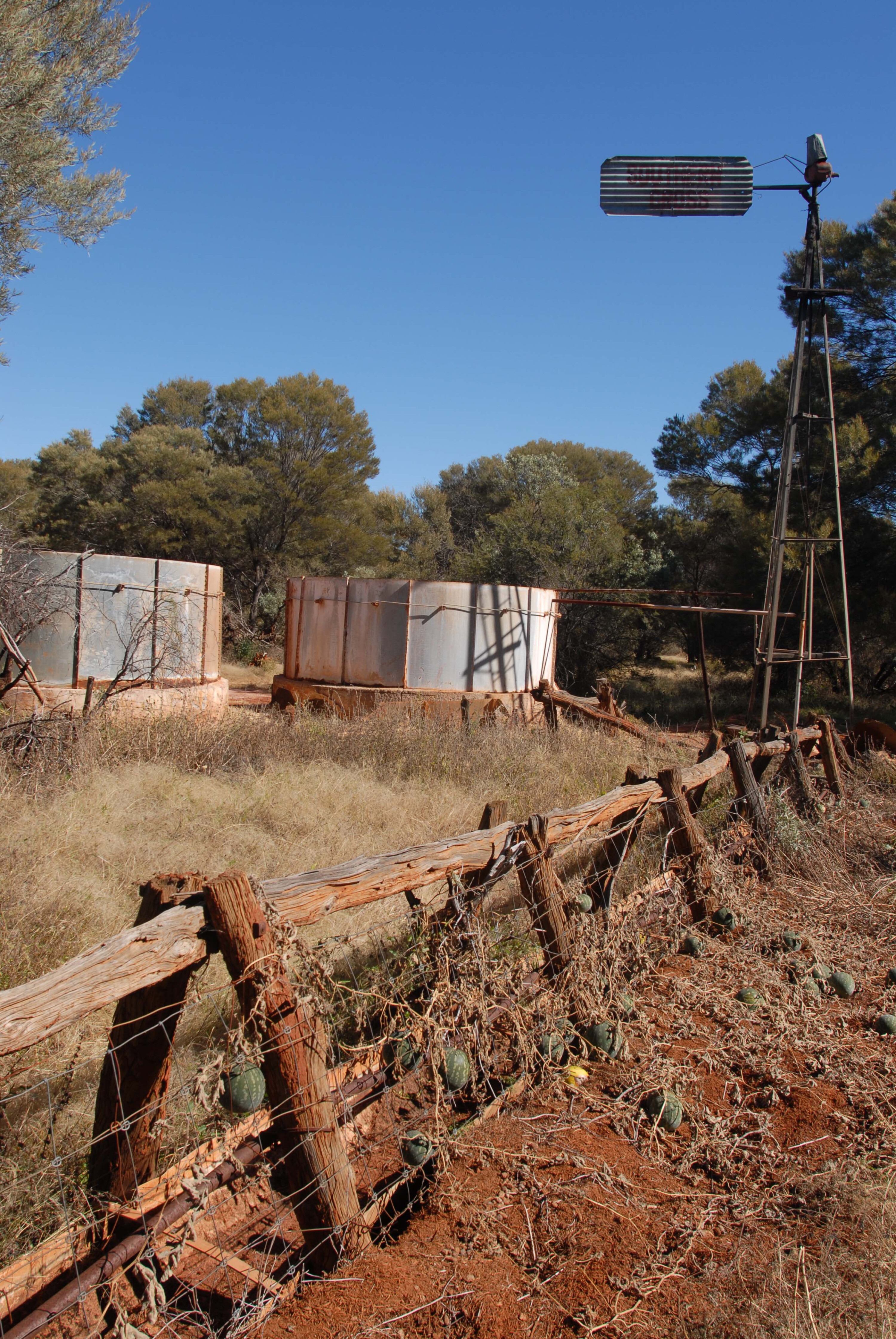
Martu Aboriginal people, who had been moved out of the deserts in the 1950s and 60s, mainly to Jigalong or further afield, began to move back onto their traditional lands in the 1980s. Punmu was established in 1981 and Kunawarritji soon afterwards, but it was a number of years before general stores were established to service the growing number of travellers along the Canning and other desert tracks.
In 1983 the late David Hewitt, who had travelled the stock route some years earlier, saw the need for a reliable water source about halfway along the stock route. He led a well-equipped party to restore Well 26, the first well to be reconditioned in modern times. That well has been overhauled a number of times since and is still a good source of water, although at times it can be tannin stained.
Since then a number of the other wells have been reconditioned and toilets built, most by Track Care WA, and if you can help or donate a few bucks it would be great (trackcare.com.au).
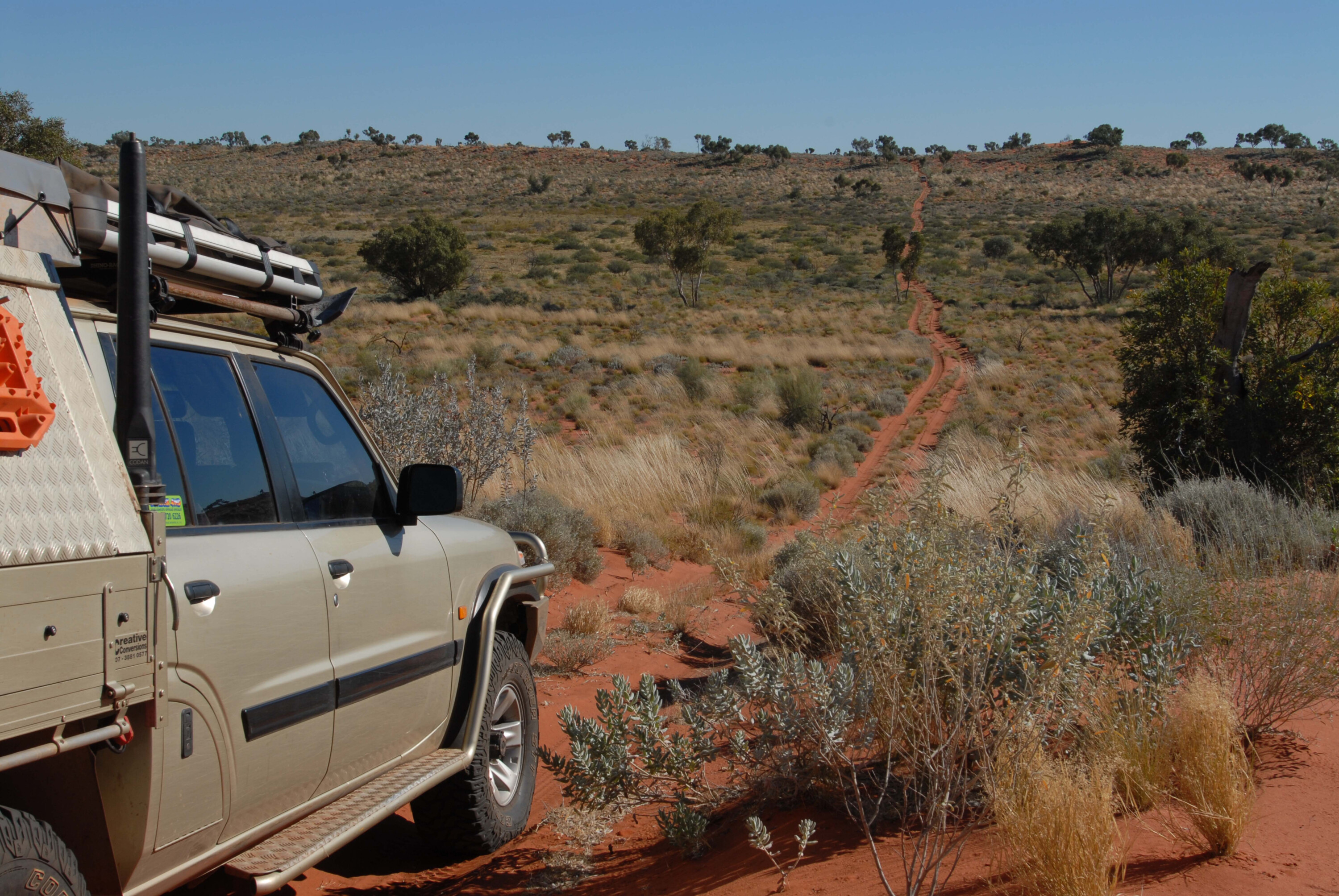
On our recent trip with a group from Moon Tours (www.moontours.com.au) we cleared the grass from around Well 26, hoping to save it from the fires that often decimate the country and take out any wooden structures around the wells; if you could do likewise when travelling the CSR it would be of great benefit.
From the mid-1980s to around the turn of the century, a fuel dump was established each year at Well 23 to supply those making the long trek along the CSR. Today, Kunawarritji Community services that need.
While the 1980s saw the number of travellers on the stock route grow to double figures, today many hundreds do the trek. Some say it’s easier than it’s ever been; don’t worry, it can still be a challenge. One of the greatest attractions for many travellers along the CSR is the history that is so tangible and touchable.
Every one of the historic wells sunk along the route has a different story to tell, and there are plenty of examples of ancient Aboriginal art that tell the story of the ancient lifestyle of these desert wanderers. Today, if you are lucky, you’ll meet their descendants as they act as rangers along the stock route.
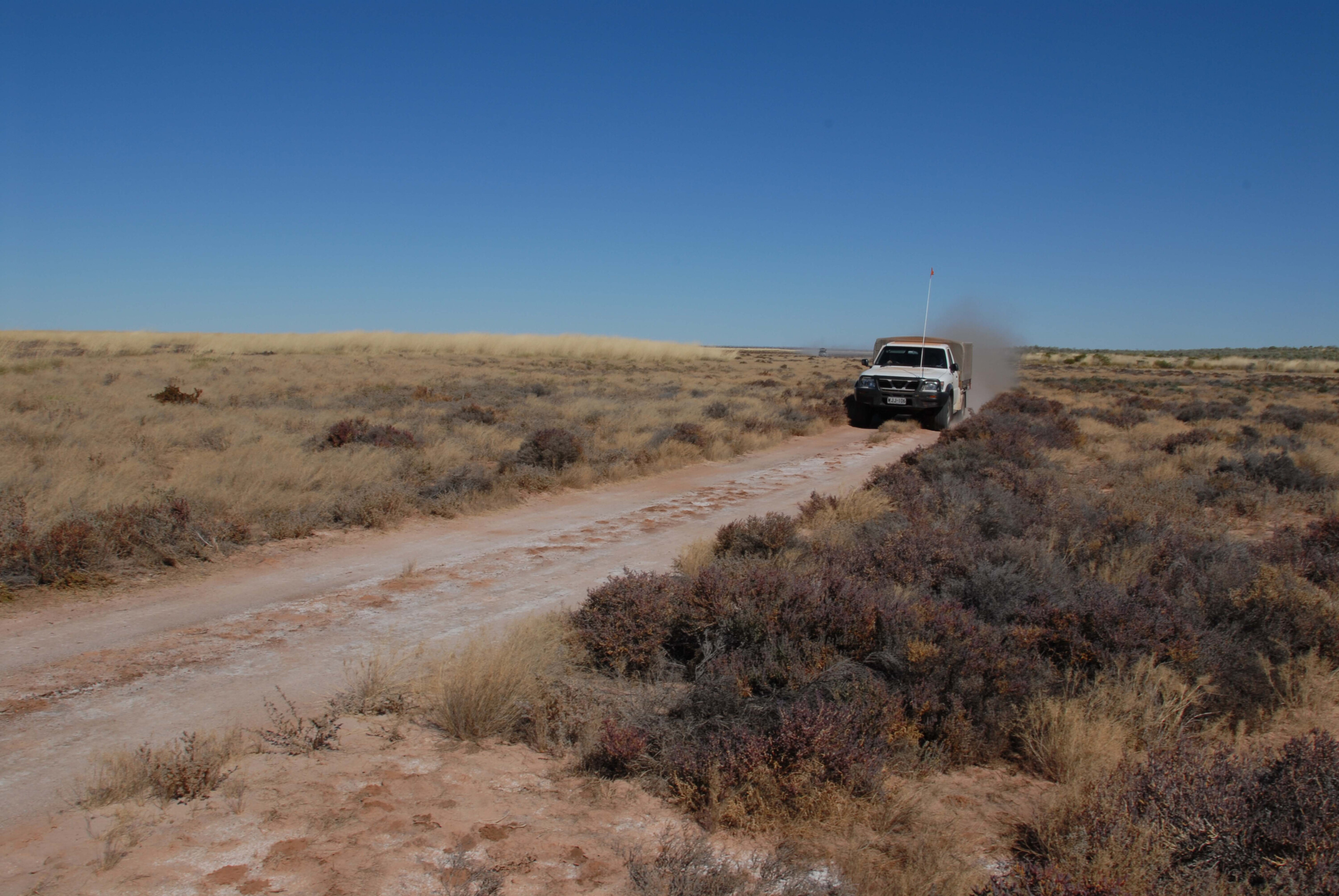
At Weld Springs a low circle of rocks marks the site of a ‘fort’ built by the explorer John Forrest in 1874 to protect him and his small band of men from Aboriginal attack. At Well 40 is the grave of Michael Tobin, who was speared by Aboriginal man Mungkututu, while nearby is the headstone marking the probable burial site of Mungkututu, who was in turn shot and killed by Tobin.
At Well 37 the graves of two drovers taking the first mob of cattle down the CSR can be seen, along with a member of an oil exploration team who was killed in 1922. Other graves along the CSR mark the site of where a stockman died, either from thirst or from a simple accident far from medical help.
Another reason to travel along the CSR is the variety and beauty of the surrounding country itself. Wide, sweeping vistas of long, steep-sided dunes roll away to the horizon, and vast seas of waving golden spinifex stretch off into the distance. Forests of desert oaks whisper a sigh on the faintest of winds, while sheer rock escarpments and low, rugged mountain ranges hide secluded valleys and verdant oases surrounding tranquil pools of life-giving water.
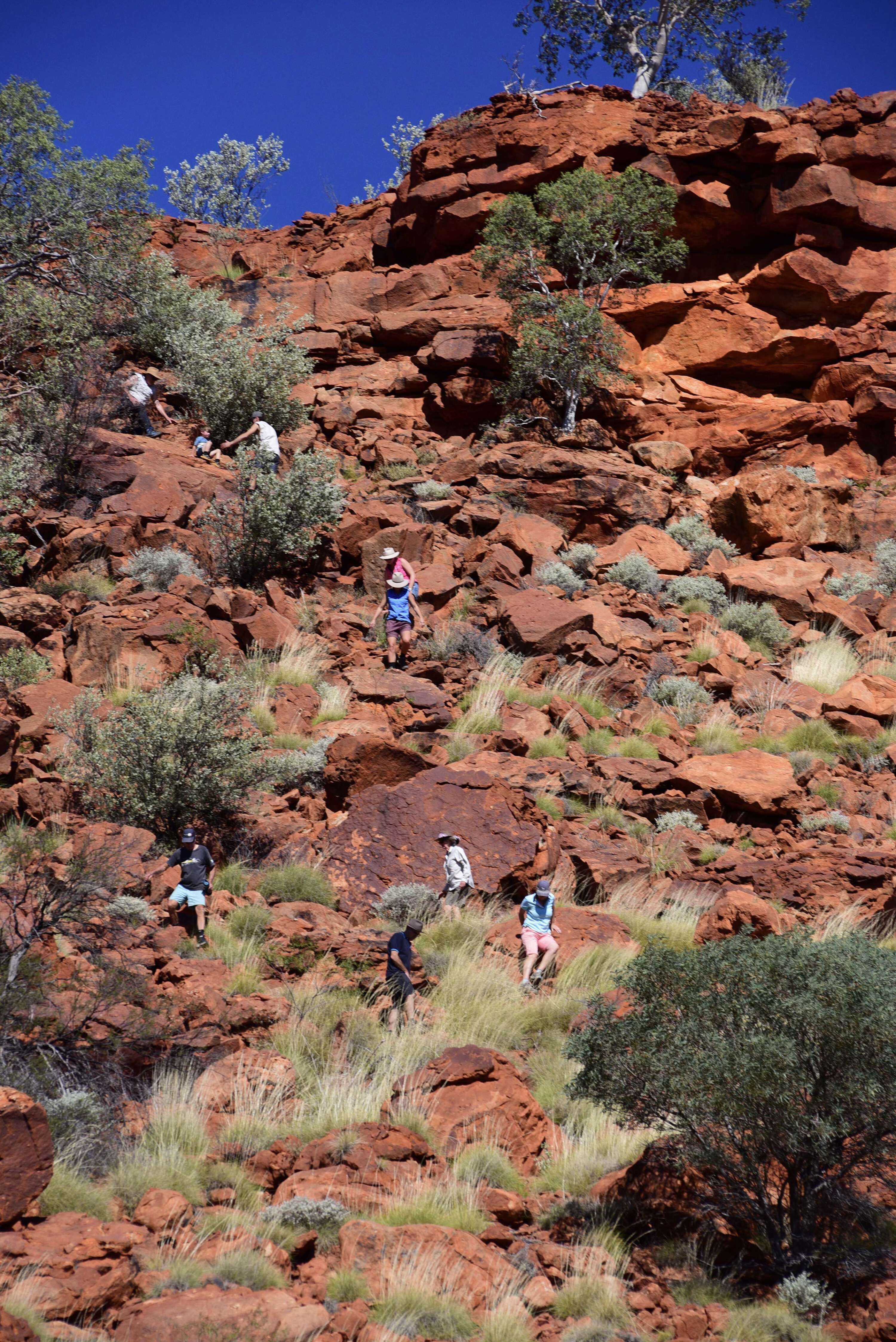
If you haven’t done any desert travel before, start off with something not quite so daunting as the Canning Stock Route. Take a four-wheel driving course at the very least, and travel the SA/Vic Border Track through the Big Desert or cross the Simpson Desert before attempting an expedition along the CSR.
Don’t travel the CSR on your own. It is far too remote if anything goes wrong, and you might need to rely on a mate to tow you out if you get stuck. Joining a commercial tagalong trip is a great way to see this remote part of Australia.
Allow at least 14 days to travel from Wiluna to Halls Creek. The more time you give yourself the better.
The best time to travel the CSR is from May to September. It is way too hot in the warmer months.
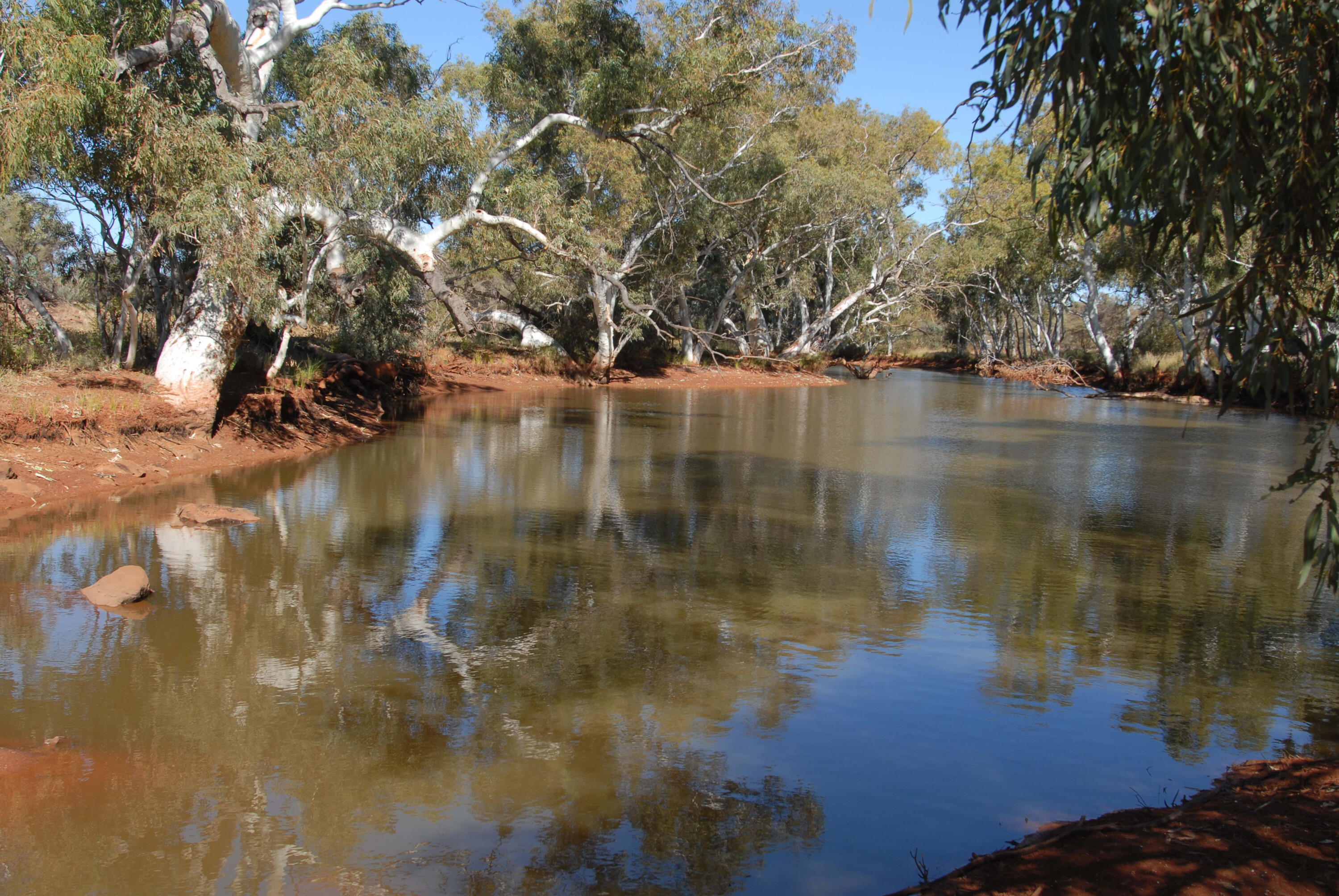
Most of this country is designated as Aboriginal land. A CSR permit allows travel between Wells 5 and 51. This can be obtained on-line at permits.canningstockroute.net.au/default.aspx.
Currently the permit costs $295 for a 4×4 or motorcycle.
If you need to access the CSR via Granite Peak (ph: (08) 9981 2983) or Glen-Ayle stations (ph: (08) 9981 2989) you’ll need to contact them directly to organise and pay for a permit to cross their land.
All vehicles must be in tip-top condition for a trip along the CSR. Have your vehicle inspected and maintained by a dedicated 4×4 service centre; most car company workshops have no idea of what the Canning and other desert tracks can do to a vehicle.
You must carry ample fuel and plenty of water (see below). You will need basic tools, a multimeter for electrical faults you are sure to have, and some basic spares such as fuses, fuel and oil filters, and a serpentine belt (fan belt).
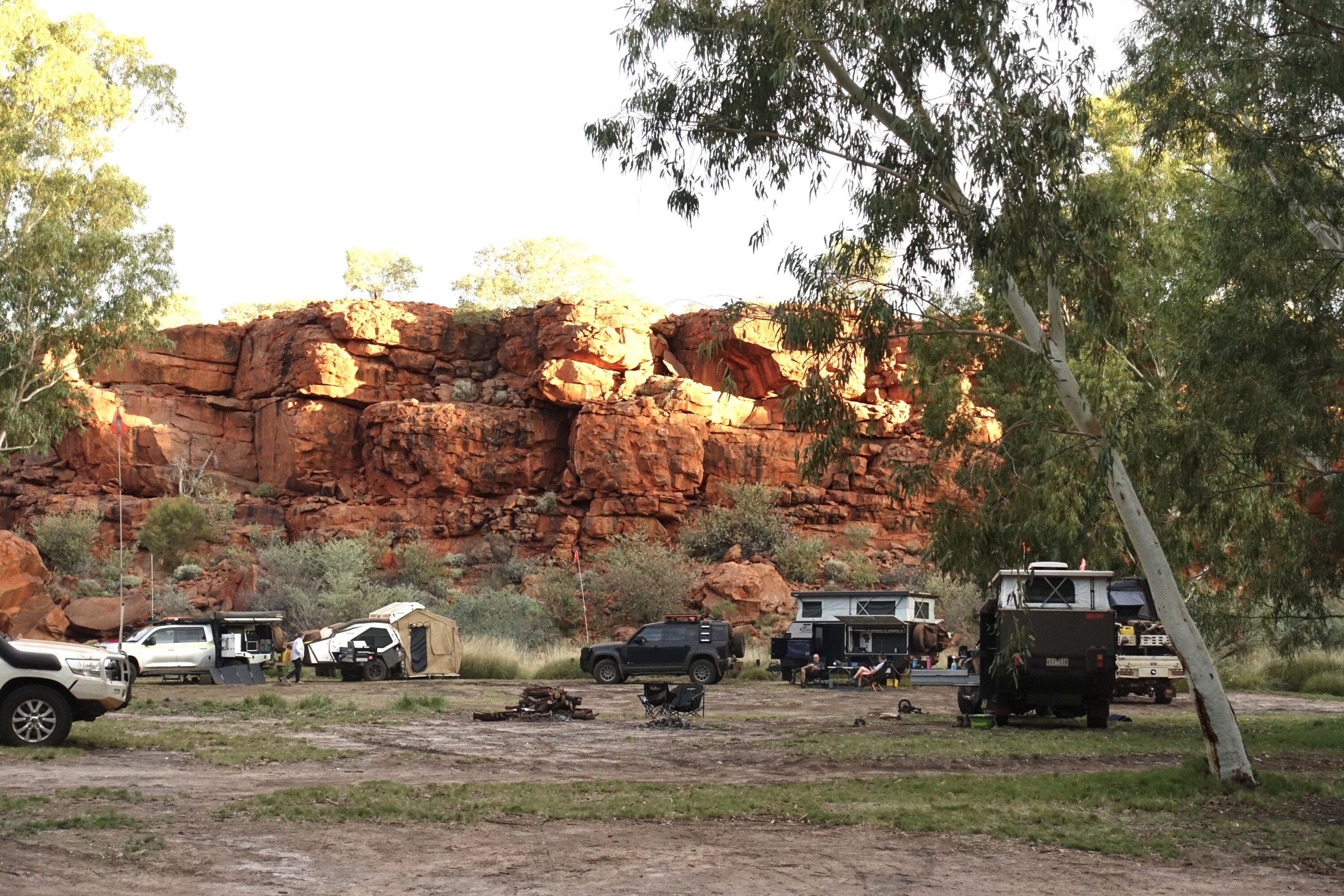
Because of the corrugations you might want to carry a spare shock absorber or two, and on CSR trips we always carry spare wheel studs. For modern vehicles an OBD2 scan gauge is essential for fault finding (autophixaustralia.com.au).
A recovery kit is essential for each vehicle and at a minimum should include a snatch strap and shackles, and a pair or more recovery tracks.
With the increased traffic on the CSR it is essential to run a sand flag and to use your UHF to call periodically to let others know where you are on the track and the direction you are travelling in; much better to be cautious than to have a head-on at the top of a sand dune.
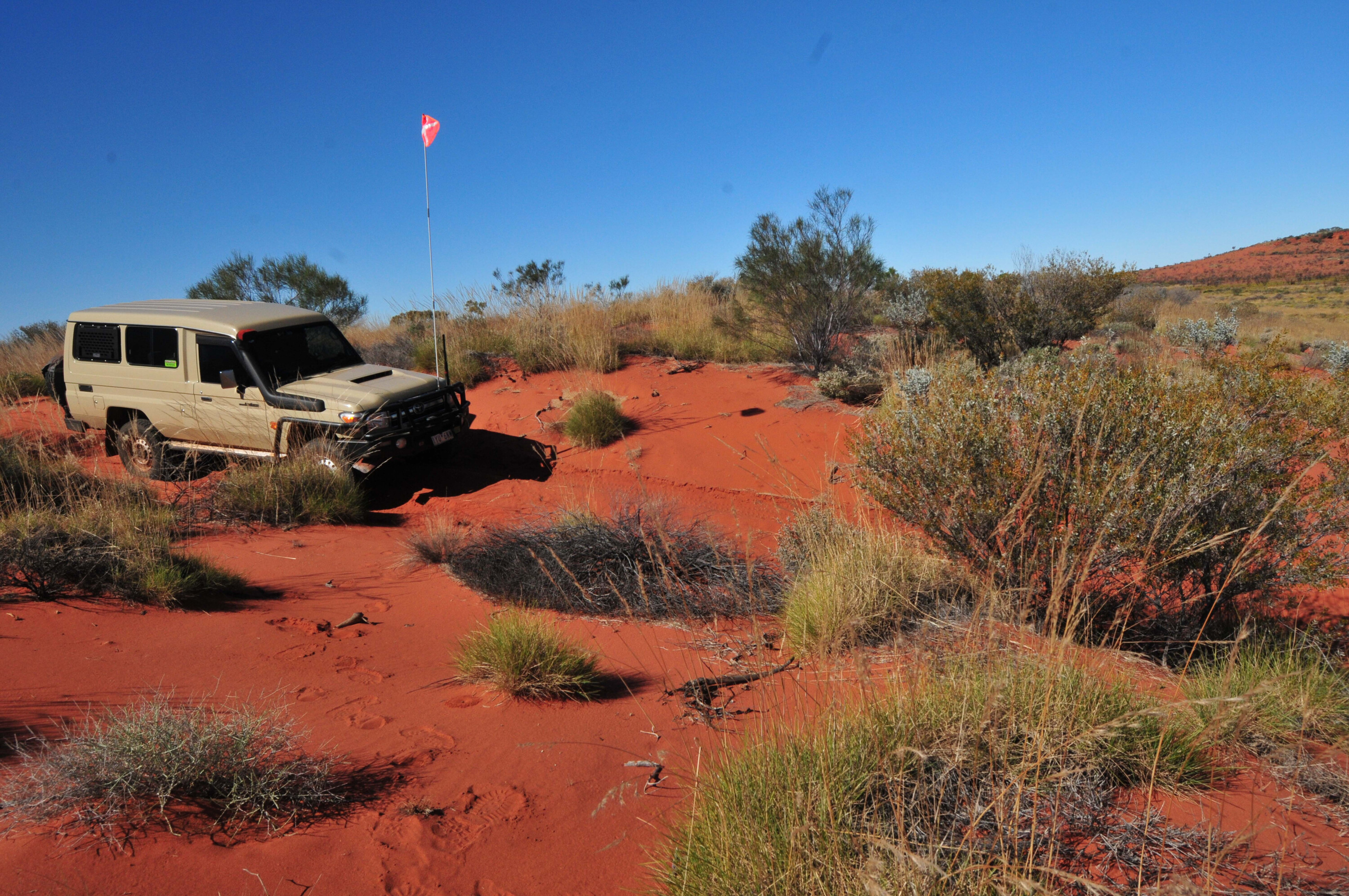
In addition to a good first aid kit (www.arb.com.au/general-accessories/first-aid-kits) every traveller needs to carry their own prescription medicine, as well medicines for diarrhoea, bites and stings, and a general antibiotic.
Most Aboriginal communities have a health centre but don’t expect 24/7 service; the solitary nurse in these places can be stretched.
For medical requirements and emergencies, the RFDS can be contacted around the clock on 1800 377 359 or +61 (2) 9941 8888, or via their WA base on (08) 9417 6300.
Emergency evacuations are possible from airstrips located at Parngurr, Kunawarritji or Billiluna, or the Glen-Ayle, Cunya or Granite Peak properties in the south of the CSR.
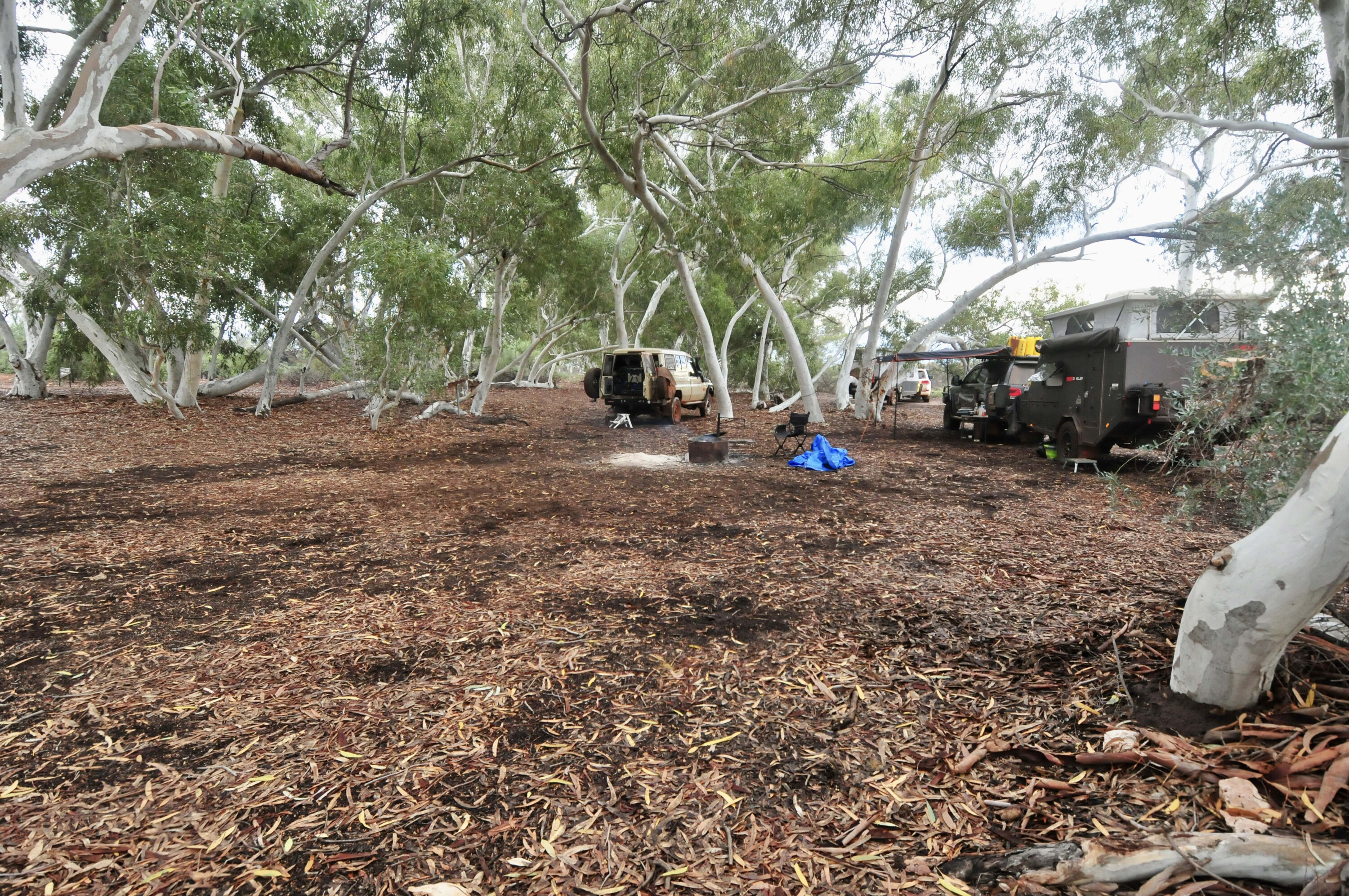
Fuel usage will vary between vehicles and track conditions at the time of travel, but expect much higher consumption than when driving other outback tracks because of the 1000 odd sandhills you will cross.
For the 1000km from Wiluna to Kunawarritji (it’s only 650km from Kunawarritji to Billiluna) expect a V8 diesel Cruiser to use around 200 to 230 litres of fuel; a petrol Cruiser will use significantly more. Smaller four-cylinder diesels don’t get much better out in this country with a HiLux and the like using around 190-200 litres.
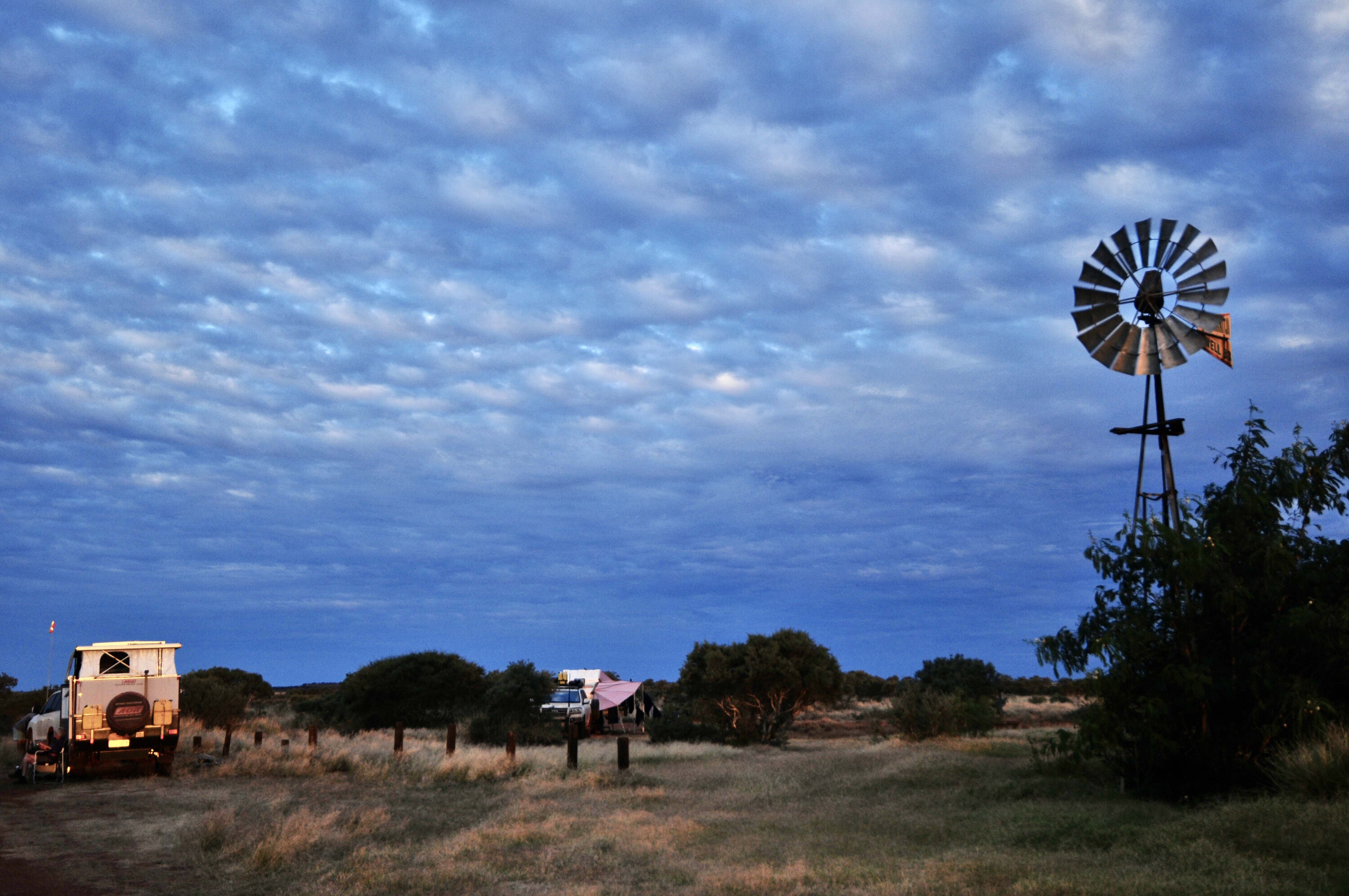
Wiluna Traders for fuel and last minute supplies – (08) 9980 6011.
A caravan park should be open for the 2025 season.
The Tjukurba Art Gallery and the Canning-Gunbarrel Discovery Centre are open Monday-Friday 9am to 4pm, and on weekends by appointment; they’re worth a visit.
Kunwarritji Store (Well 33) for fuel and supplies – (08) 8956 4935
Billiluna store for fuel and supplies – (08) 9168 8066
Halls Creek has a number of servos and stores. The caravan park has been closed for the last two years. Will it open for 2025?
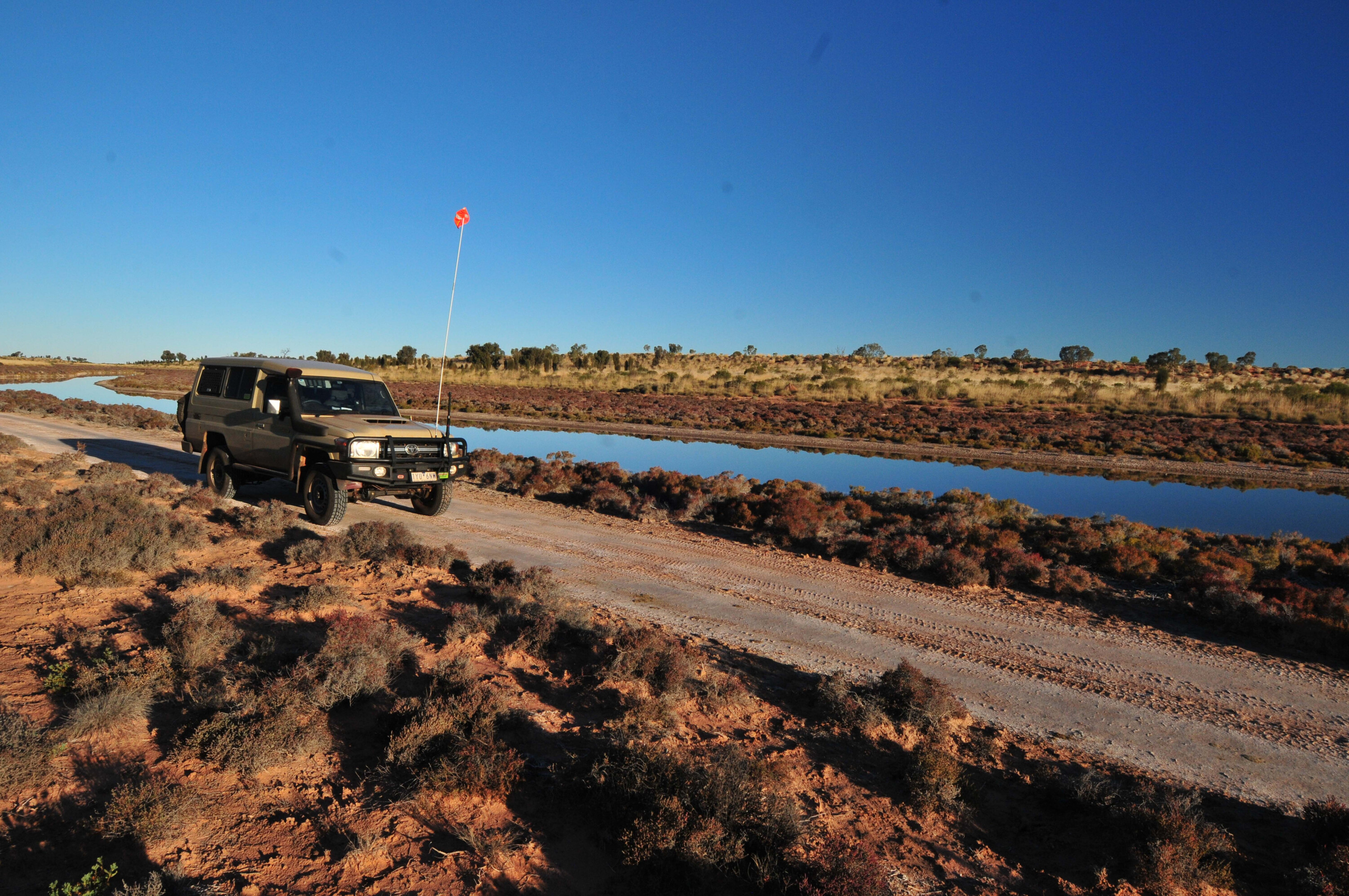
While there is a varying quantity and quality of water at some of the wells, you’ll be pleasantly surprised at how much water is available. Still, carry at least 60 litres of potable water per person.
You’ll need UHF radios between vehicles and a HF radio, satphone or StarLink for long distance communications. A two-way satellite communicator or EPIRB is the absolute minimum if no HF or satphone.
Vehicle recovery can be expensive so be prepared with some form of insurance or Total Care – make sure it covers remote tracks like the Canning.
For outback recovery there is Andy Sutcliffe based in Laverton (0428 196 306) and Pilbara Towing (0407 380 407).
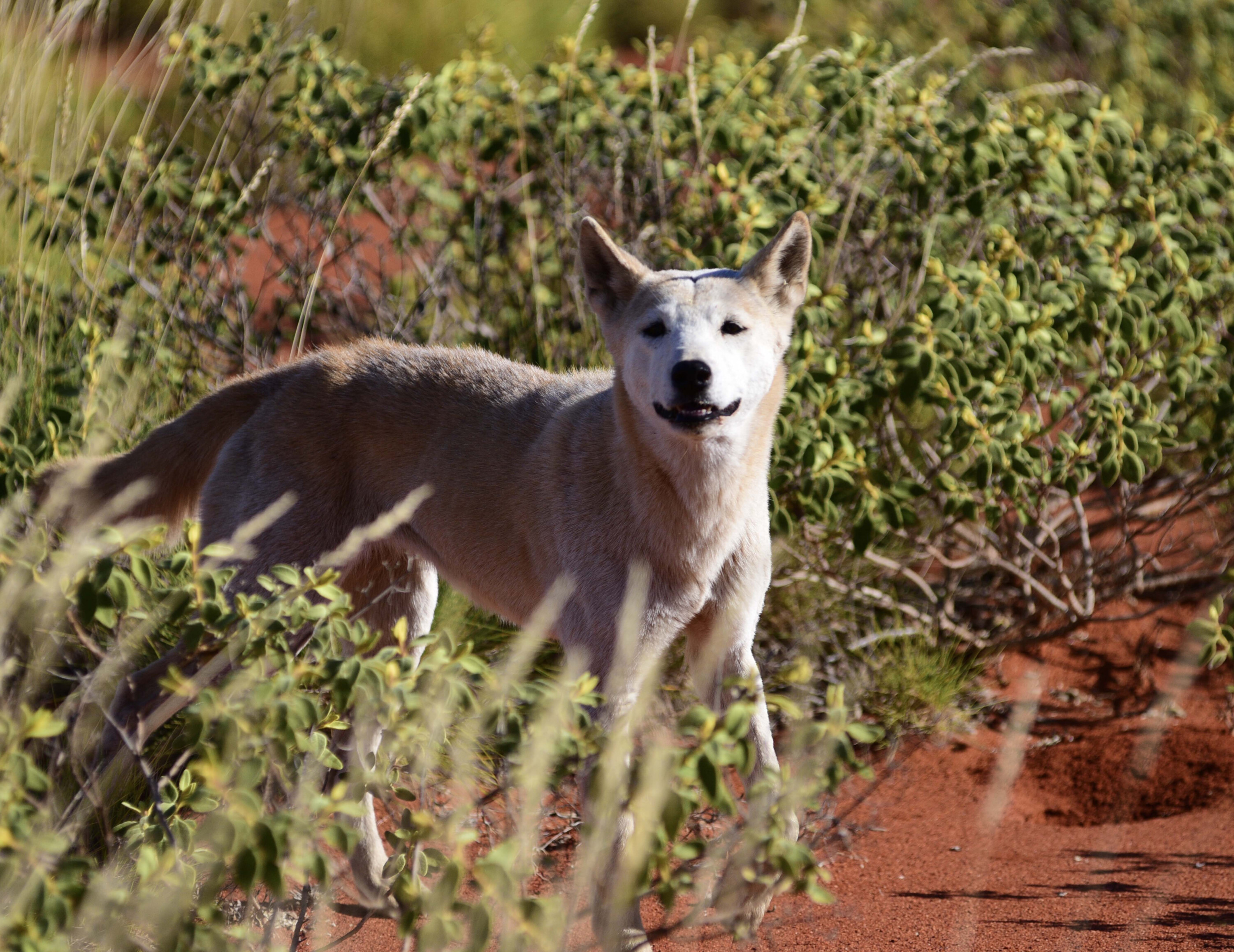
The best up-to-date guide is Phil Bianchi’s The 4WDriver’s Guide: Canning Stock Route – www.philbianchi.com.au/publications/canning-stock-route/the-4wdrivers-guide-canning-stock-route.
Phil has also written the definitive history of the establishment of the stock route called Work Completed, Canning.
Westprint’s The Canning Stock Route adds a lot of history notes to the detailed map – https://meridianmaps.com.au/product/canning-stock-route-digital
The Hema Maps Great Desert Tracks Atlas and Guide is excellent and well researched, as is the series of four maps – www.hemamaps.com
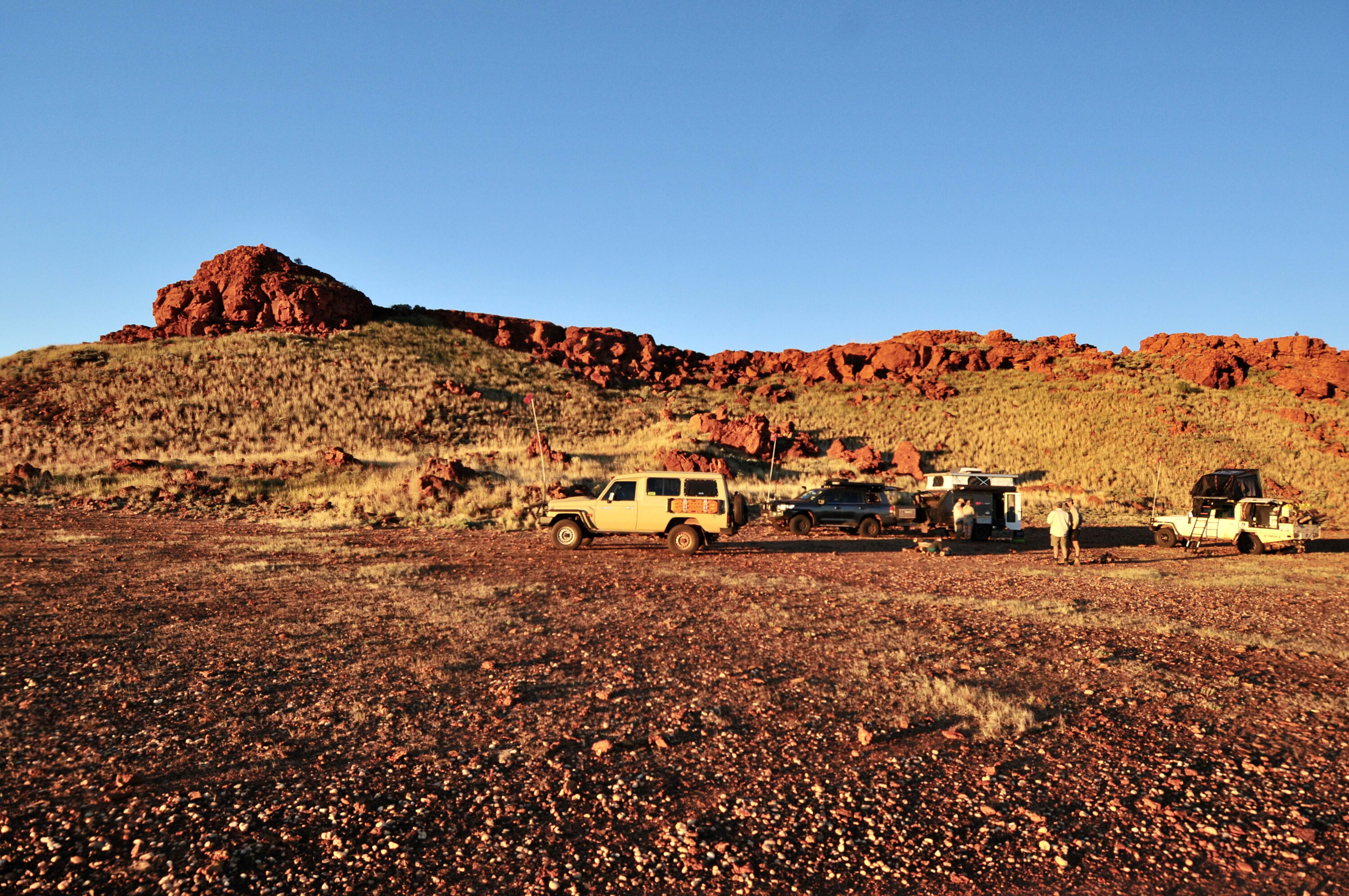
The stock route along this section travels across pastoral land and during times of heavy rain can be closed to all vehicles. Alternate routes on to or off the Canning can be from Well 5 or Well 9. You will need to contact the station involved and pay to use these tracks.
From Well 5 a track leads via Granite Peak HS to a good road to Wiluna.
Well 6 (Pierre Springs) is one of my favourite camps on the stock route. Good water and a toilet can be found here.
Well 9 is Forrest’s famous Weld Springs and is now contained in a Historic Reserve. At this point the track from Glen-Ayle HS joins the CSR, from either Carnegie homestead or Wiluna.
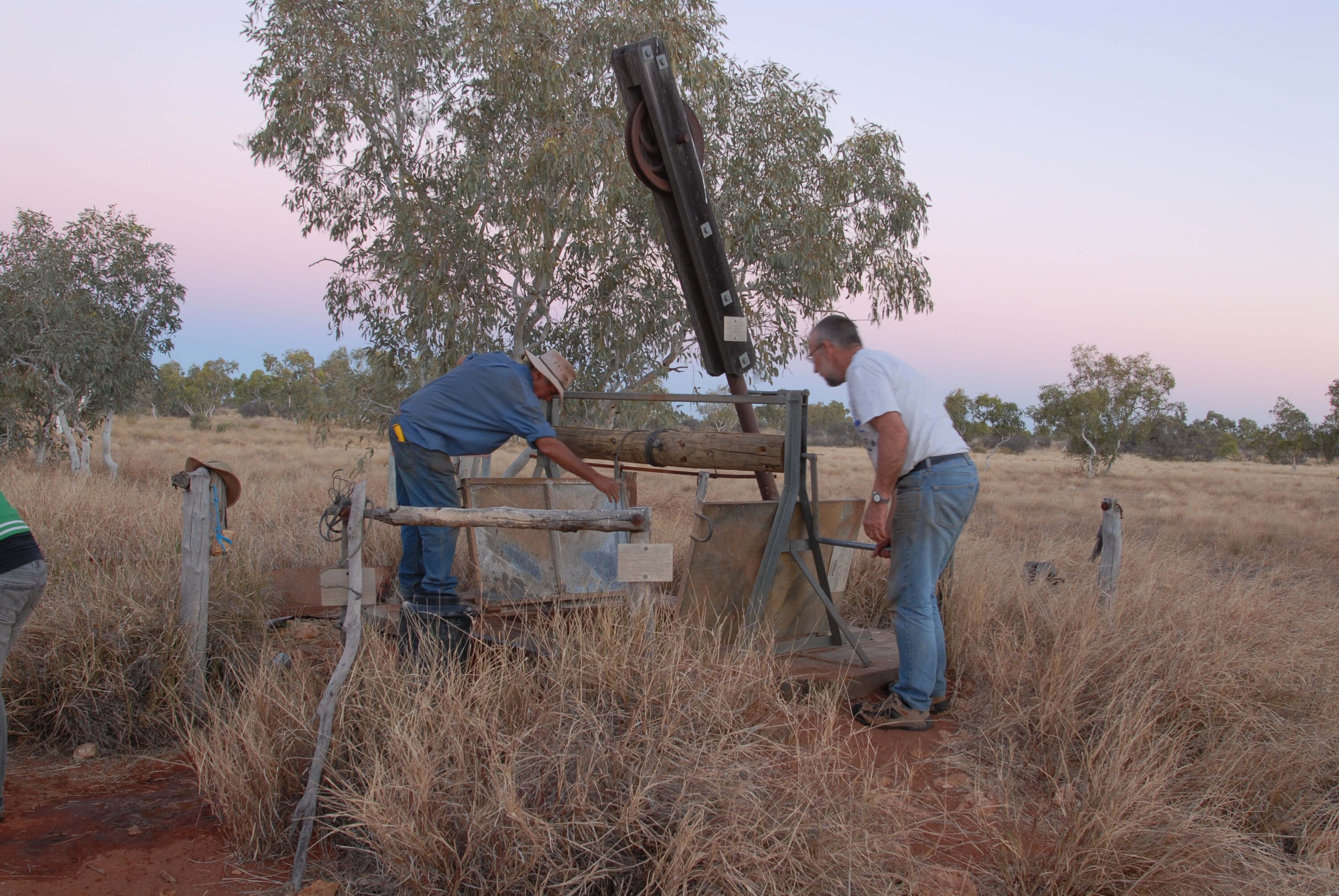
After leaving Well 9 you come to the end of the pastoral country and are soon in the sandhills, where the real adventure begins. You cross the first sandhills heading for Well 11. North of Well 16 the track begins to skirt the western edge of the Durba Hills; Canning’s cairn is easily visible and it’s worth the climb. Take a break and spend at least two nights at Durba Springs.
North of the Durba Hills is some of the toughest country on the Canning. Further on, you cross Savory Creek (can be daunting) and then skirt the western margin of the vast Lake Disappointment – take the detour to check it out.
North of Well 22 is the Talawana Track, and close by the junction is Georgina Bore, a great source of beautiful water and a good camp. West from here leads 85km to Parnngurr Community and its good store and fuel.
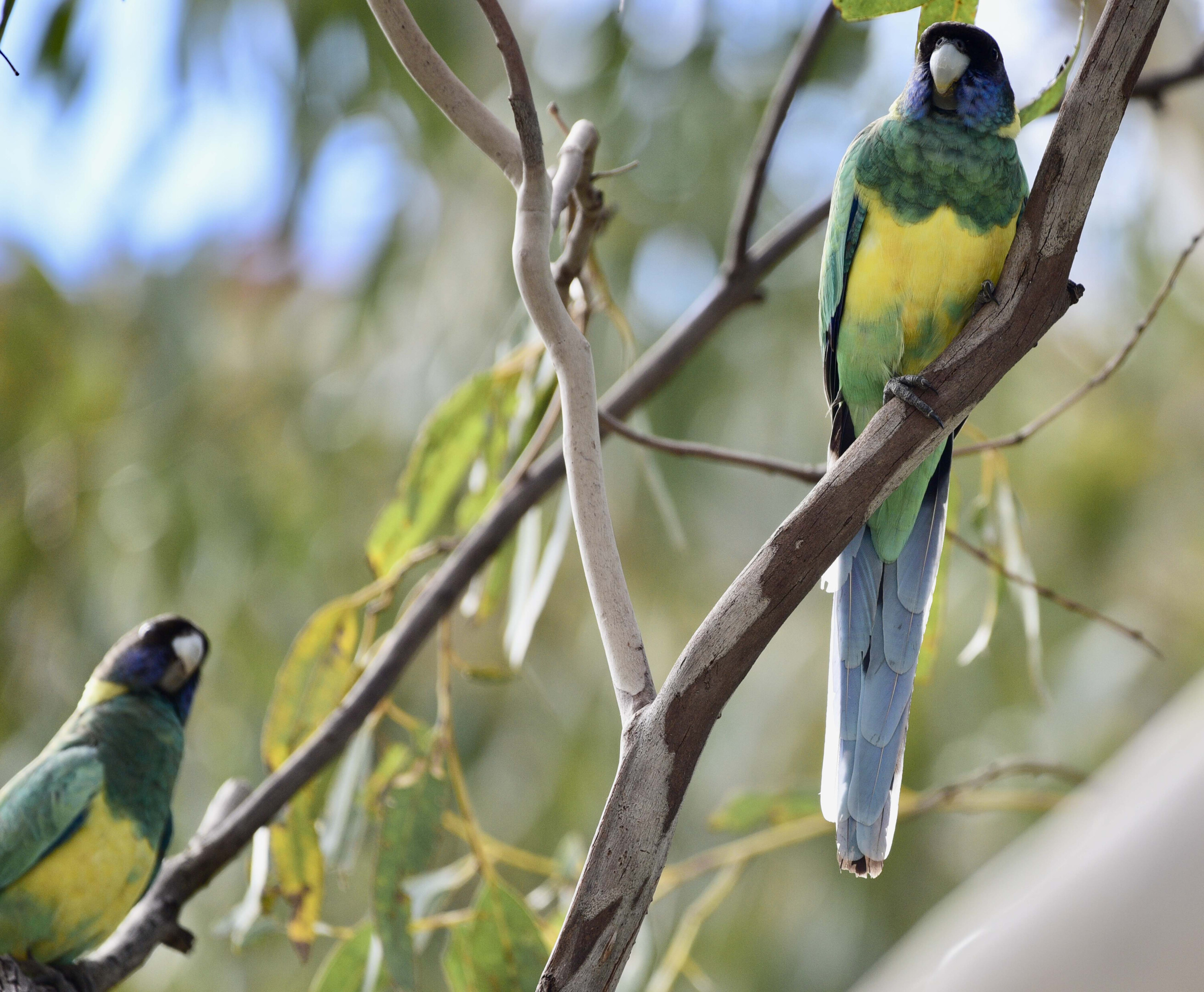
This section of the Canning offers some delightful variety, so enjoy the drive.
Well 26 offers water, a toilet and good camping.
A major graded track crosses the CSR 4km south of Well 33. Just 3km west along this relatively good road is the Kunawarratji Community and its fuel and store. Another 185km further west is Punmu Community, and further west again is the township of Marble Bar.
East along this major track leads to Len Beadell’s Gary Highway with the Kiwirrkurra Community 375km further. Alice Springs is a mere 1170km to the east.
Well 33 offers a great camp, good water and a toilet.
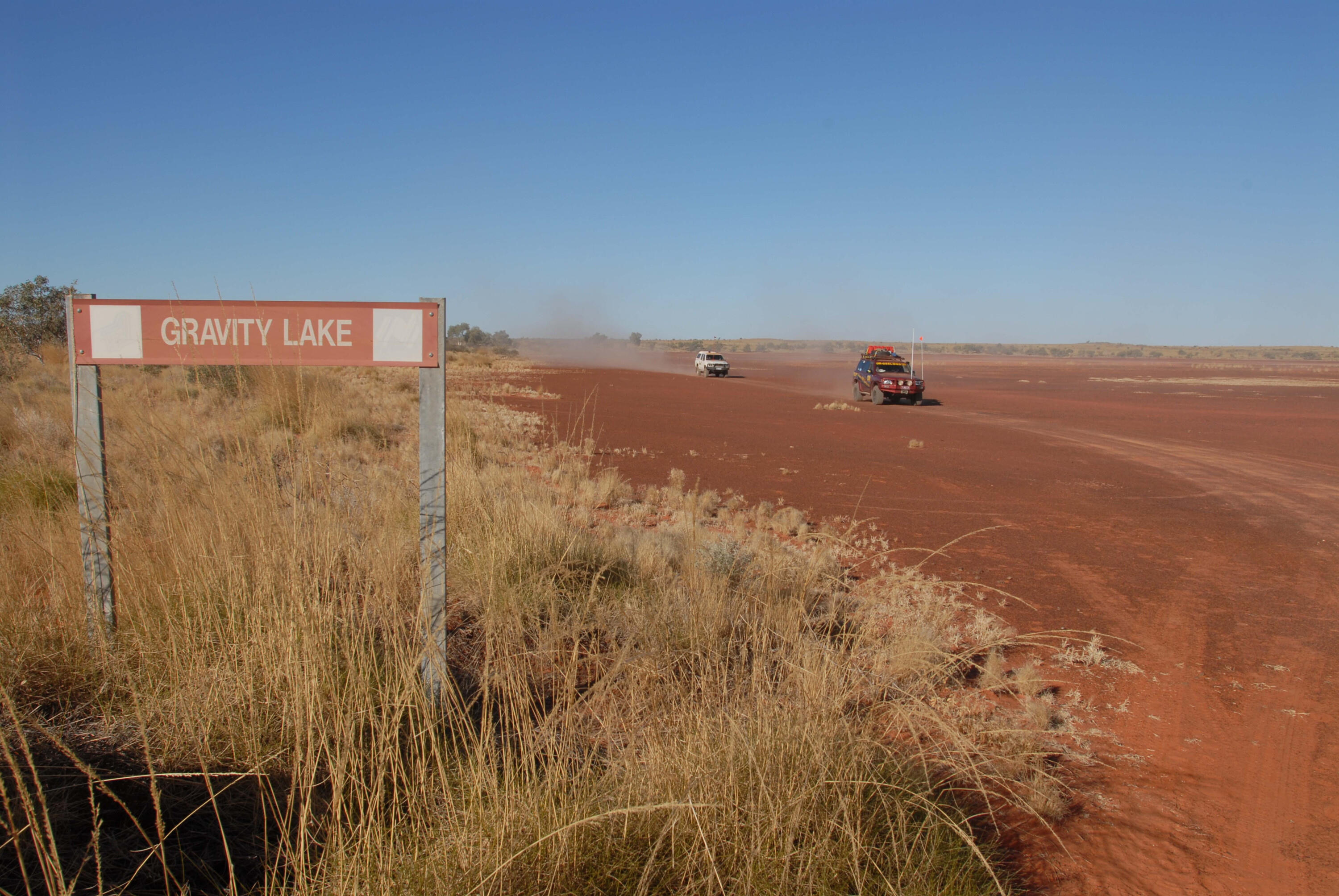
Some of the most historic and poignant places lie along this section of the stock route. Take your time and make the effort to see it all. The corrugations can be woeful in and around Well 33 to Well 35.
In this section history and a variety of desert landscapes vie with one another for attention.
Well 41 has good water and a toilet.
North of Well 43 there are some big dunes to cross before coming to Well 46 and its good water and pleasant campsites.
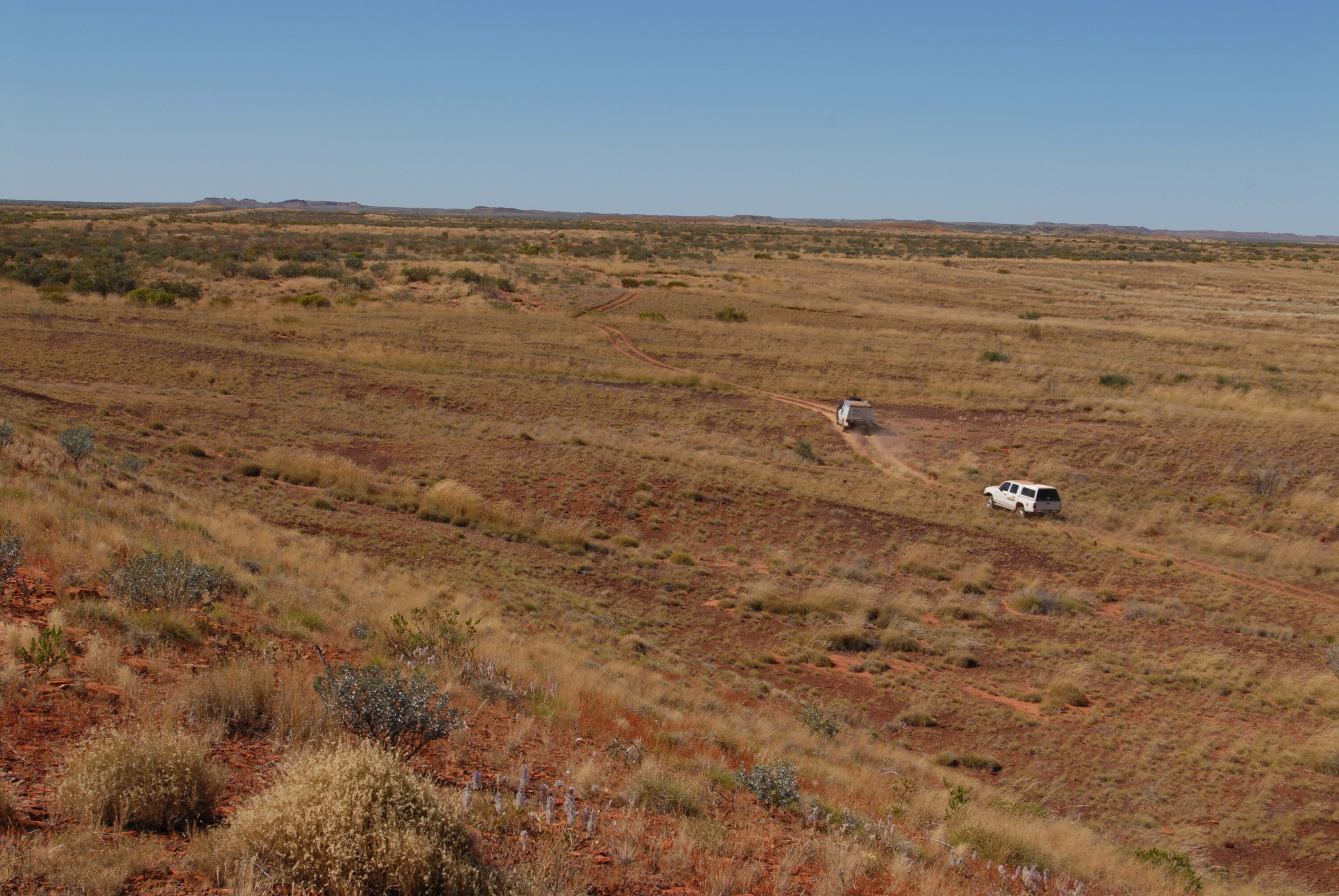
The end of the stock route looms.
Well 48 is close to the picturesque Breaden Hills and its attractions. Once north of Breaden Hills, you are back into remote and rarely used pastoral country.
Well 49 has some of the best water on the Canning, and Well 51 with its disused windmill is the last on the stock route.
An expansive Lake Gregory can cut the normal track along the stock route as it did in early 2024. The lake will still have water in it in 2025 but should have dried enough (barring any heavy rains in the 2024-25 wet season) to use the marked route. A detour track heads around the eastern edge of the lake to the small community of Mulan and then to bigger Balgo.
You’ll pass Stretch Lagoon and its camping just south of the Billiluna Aboriginal Community and the Kururrungku Store with its fuel and supplies, just before joining up with the Tanami Road.
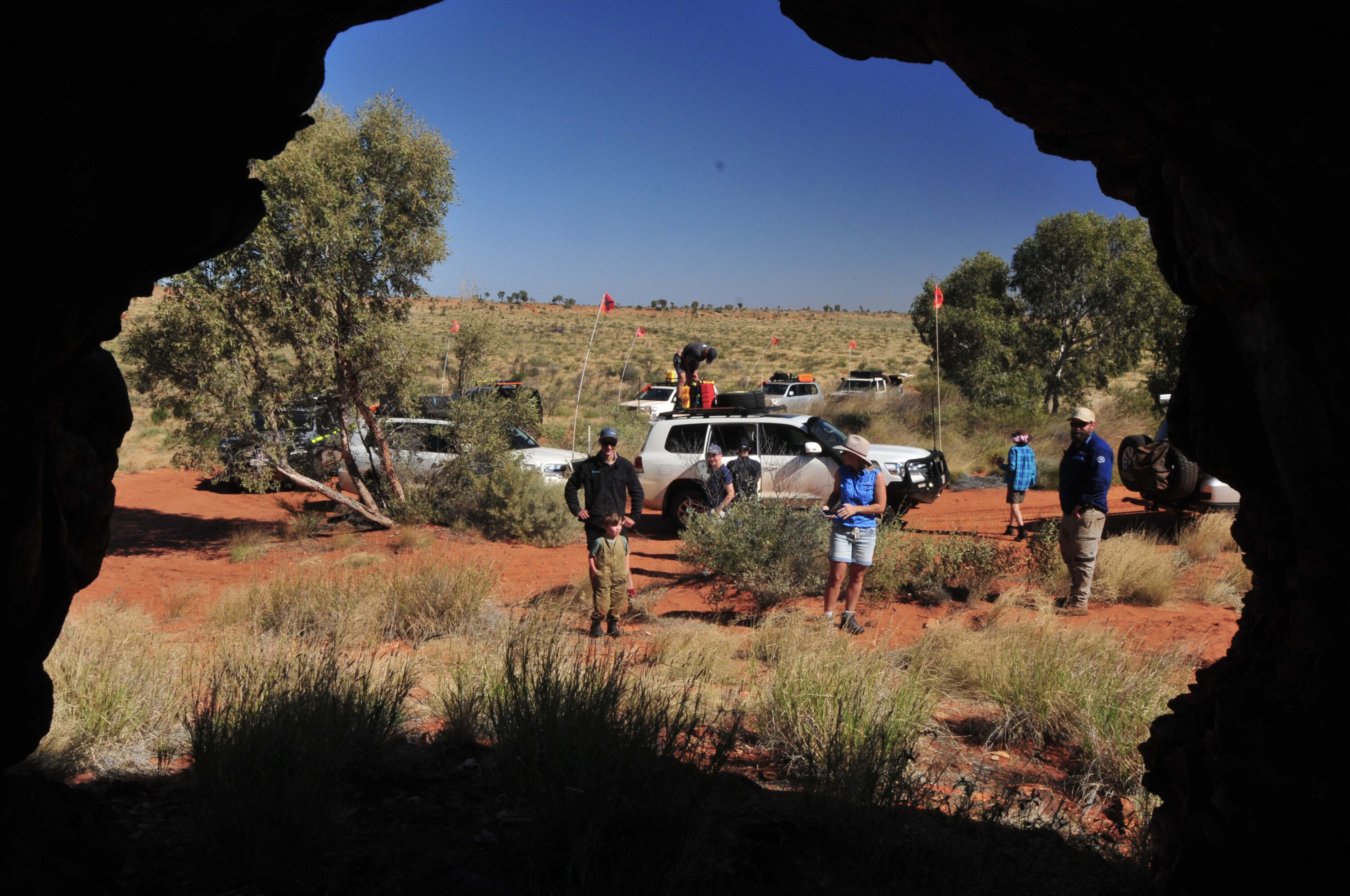
Turning west at the Tanami Road will lead you to Halls Creek, 175km away. Just 43km north along the Tanami Road is the turn off to the Wolfe Creek Meteorite Crater, which is well worth a visit.
You’ve made it – have a celebratory drink in the pub!
*All distances are approximate – depending on detours to wells and POIs.
Australia is a massive country with everything from pristine beaches, ancient rainforests, stunning gorges, a rugged high country, expansive deserts and more in between. Most likely immense distances will need to be driven on a variety of roads to reach your destination.
Planning doesn’t have to be to the nth degree, but having at least a basic plan in place will ensure you get the most out of your adventure.

The destination won’t move but how you get there and back home again can make all the difference.
I usually start my route planning by poring over the huge Hema map that hangs on a wall at home. Getting an overall view makes it easier to gain a sense of what off-road tracks can be taken, what side trips might augment the trip, what national parks offer something different, and what small towns I will visit to spend some cash and help the local economy.
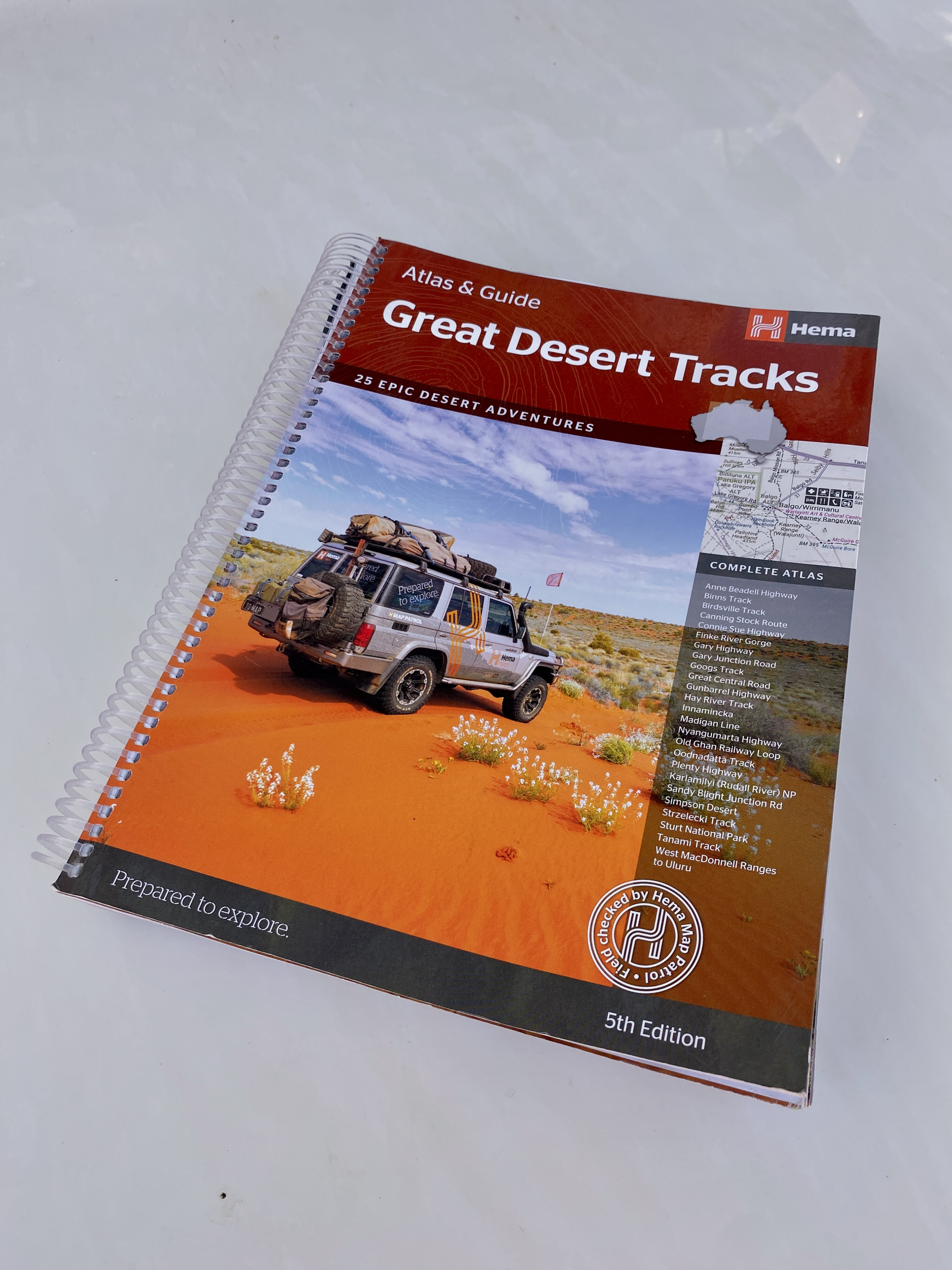
Some permit applications are easily filled out online and approval is received in your inbox within minutes.
Others need you to print a PDF form, fill it out, scan it before emailing it, and then it can take four weeks before you get a response. Some permits charge a fee or have a restriction on the number of days allowed on a track, while some only allow access if there is more than one vehicle.
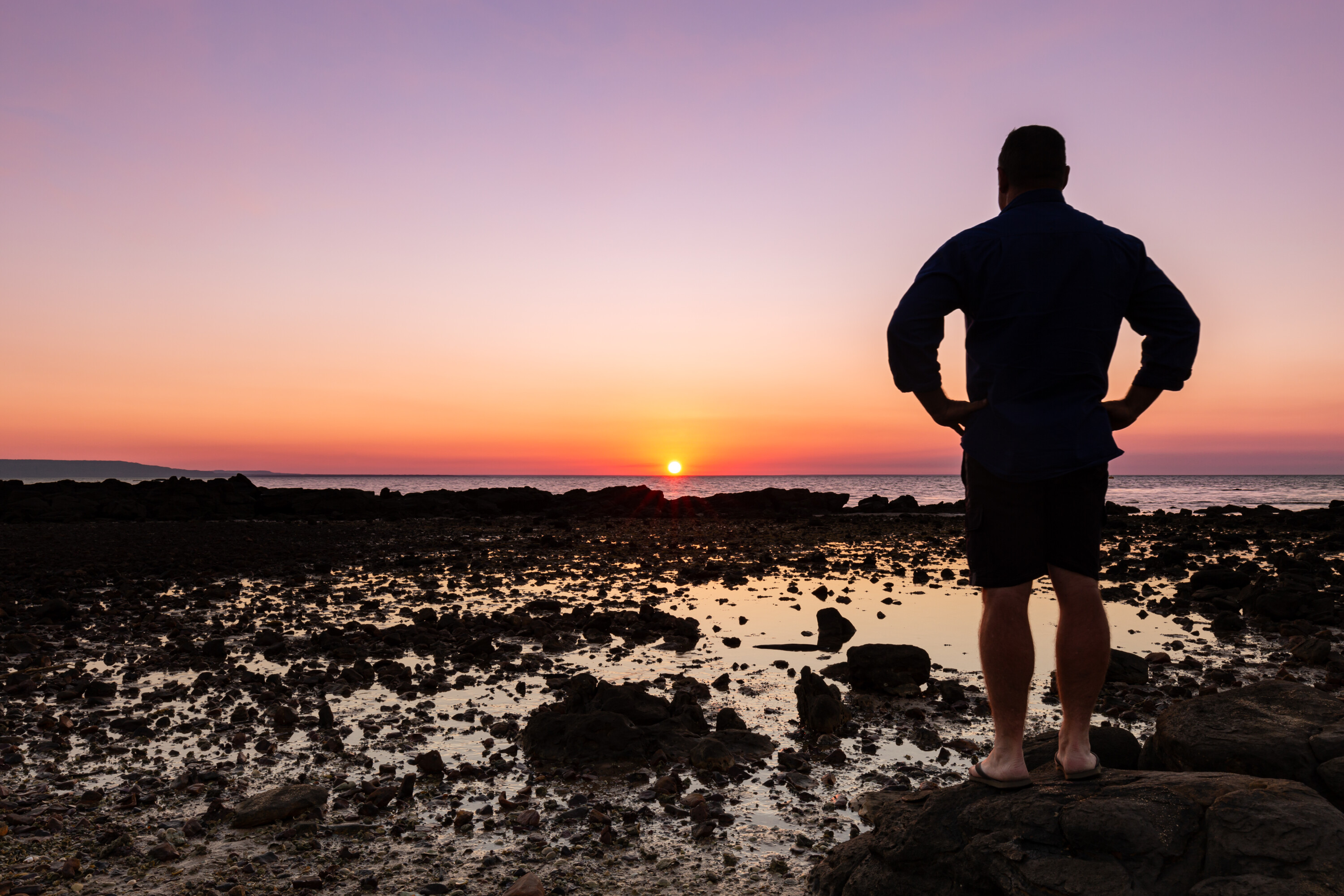
If you want to fly a drone in a national park, you will require a permit for that too, and in some states, this is simple and free while others demand to know everything about the flight, from the number of people who will be present to the flight times… and then they might charge a significant fee.
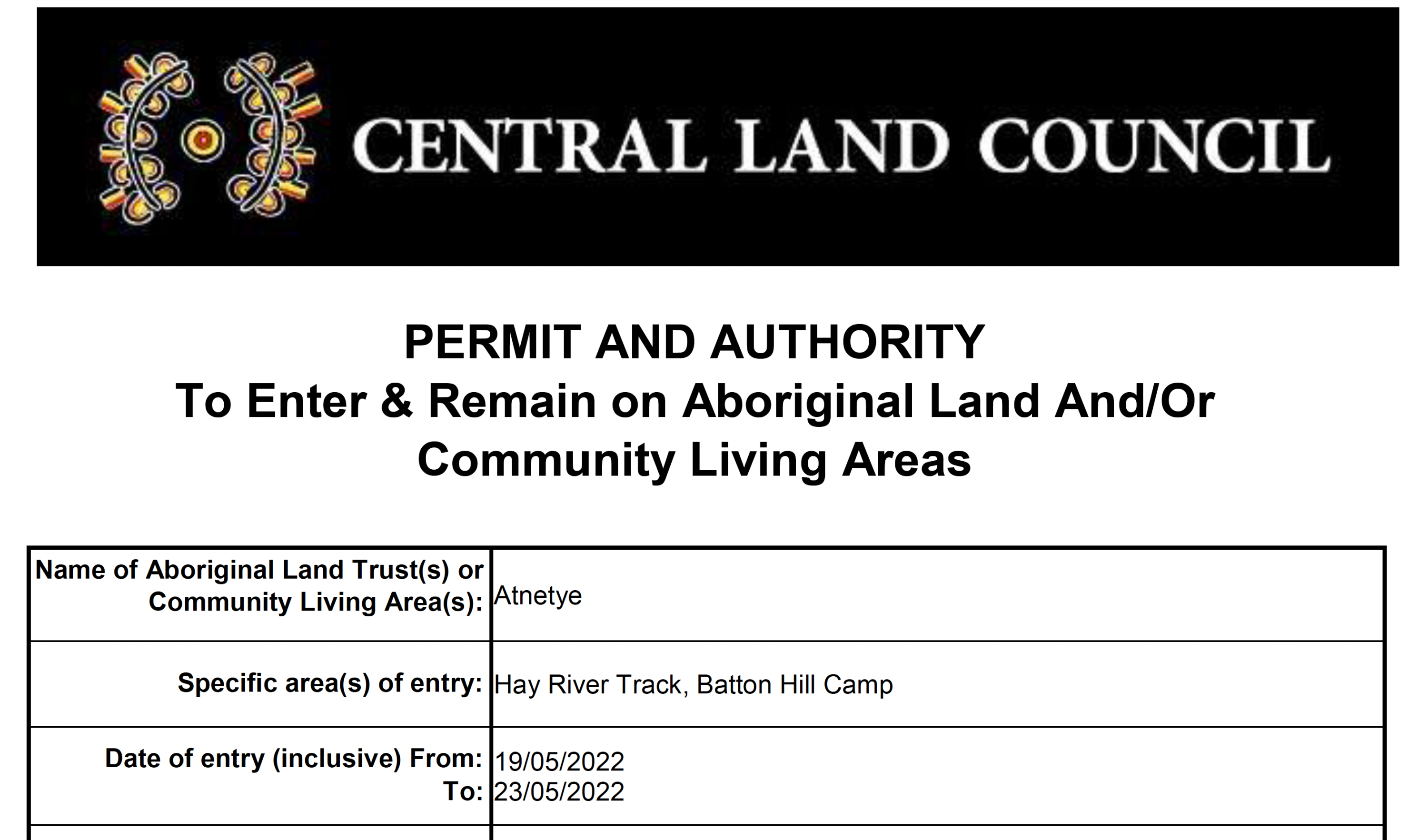
Spoil your rig with a major service and pre-trip inspection by a reputable mechanic, preferably one who specialises in 4x4s, and have this performed a few weeks out so that if there are any issues, they can be sorted out in time.
On extra-long trips that might exceed the service intervals of your vehicle, you might need to book your 4×4 in for a service somewhere along the way.
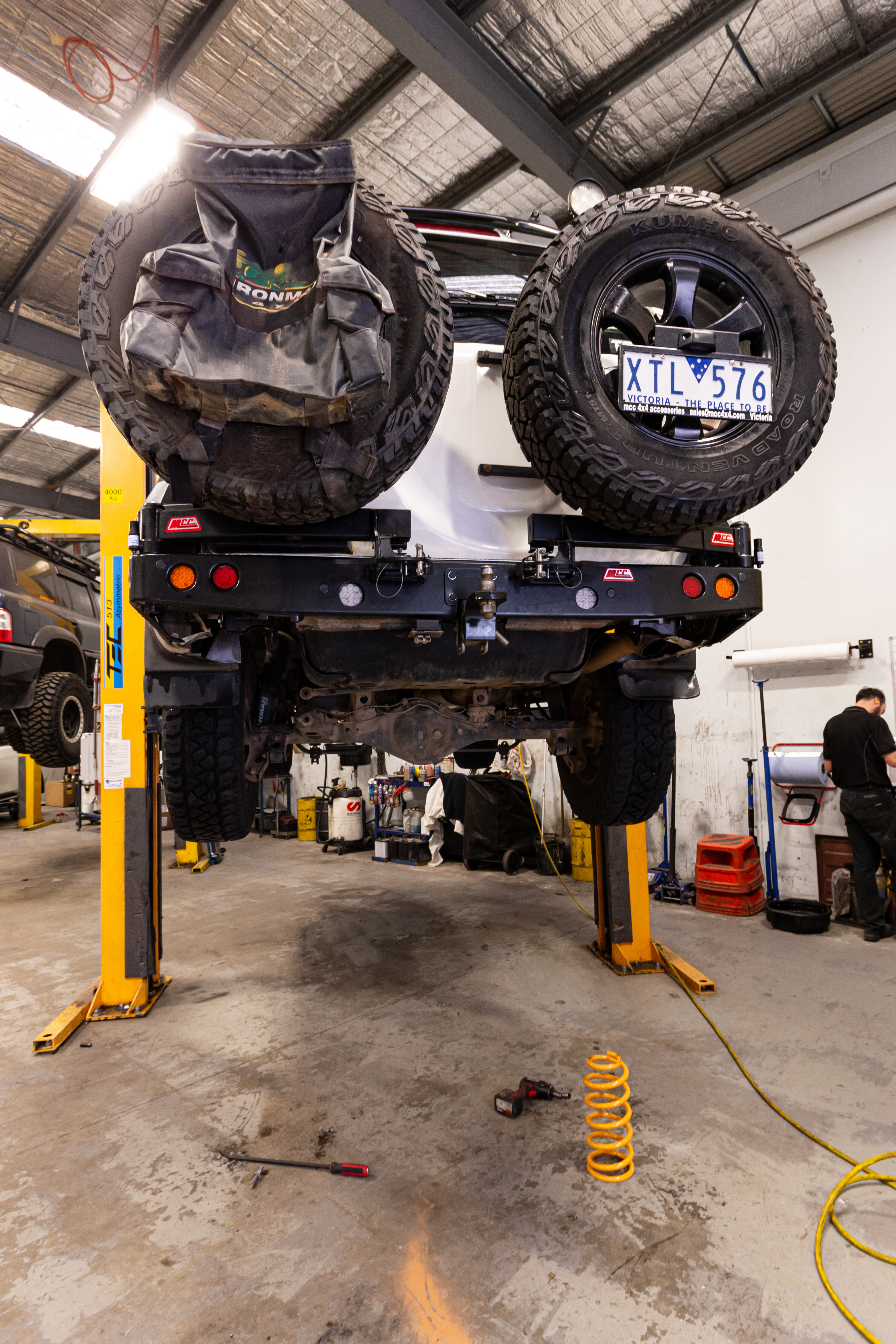
Carrying a selection of spare parts and lubricants is important, especially if you use a specific brand or your 4×4 is known to leak a bit when worked hard. We’re talking belts and hoses, engine oil and some coolant… just for starters.
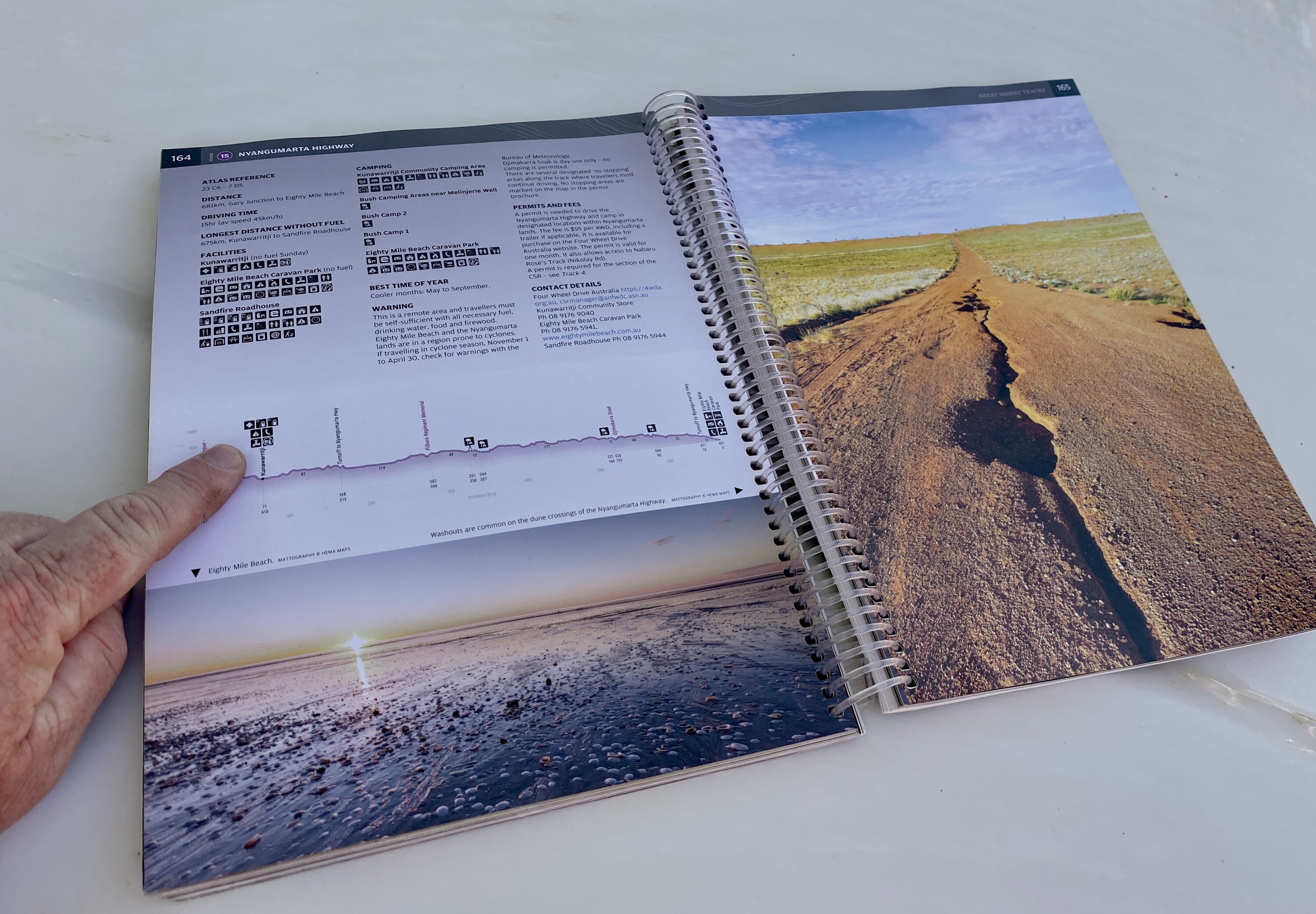
It is a good idea to work out the distances between fuel stops so you know how much extra fuel may be needed.
Of course, knowing how much fuel your 4×4 uses over a particular distance and road or track type is important too. The Hema atlas and guide range will help you out a lot with this, as the maps include fuel stops in even the most unlikely places.
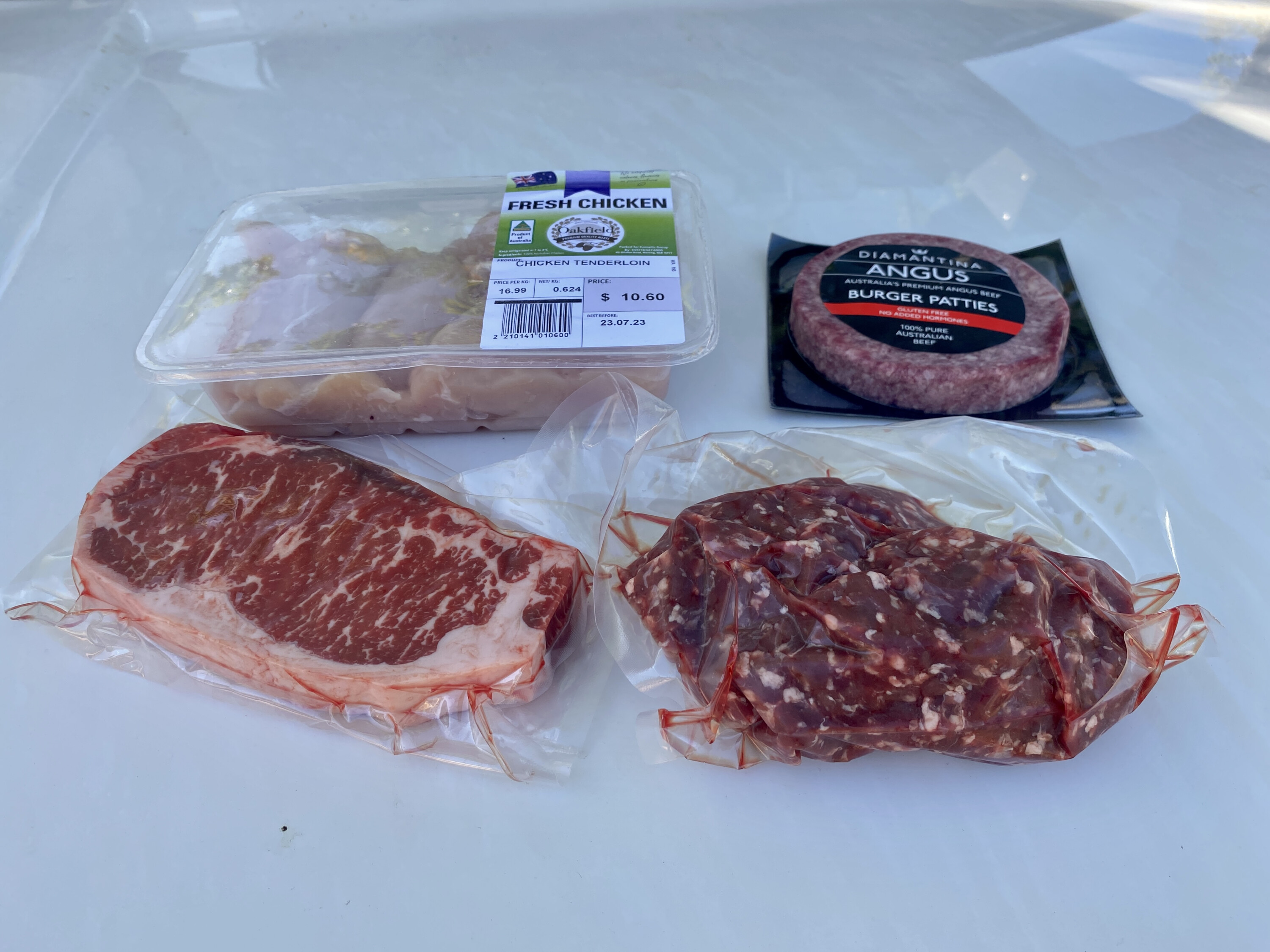
Taking and using a cryovac machine is a great way of extending the lifespan of many meats, vegetables and nuts.
Stocking up on supplies is similar to calculating fuel needs; you need to know how much to carry between grocery stores, including extra food and water in case you are held up somewhere by wet weather, mechanical issues or a bogged vehicle.
Is your fridge big enough to carry food with a short lifespan? Can you freeze food? Where will you store the pantry items? These are questions you should solve before you depart.
Taking and using a cryovac machine is a great way of extending the lifespan of many meats, vegetables and nuts.
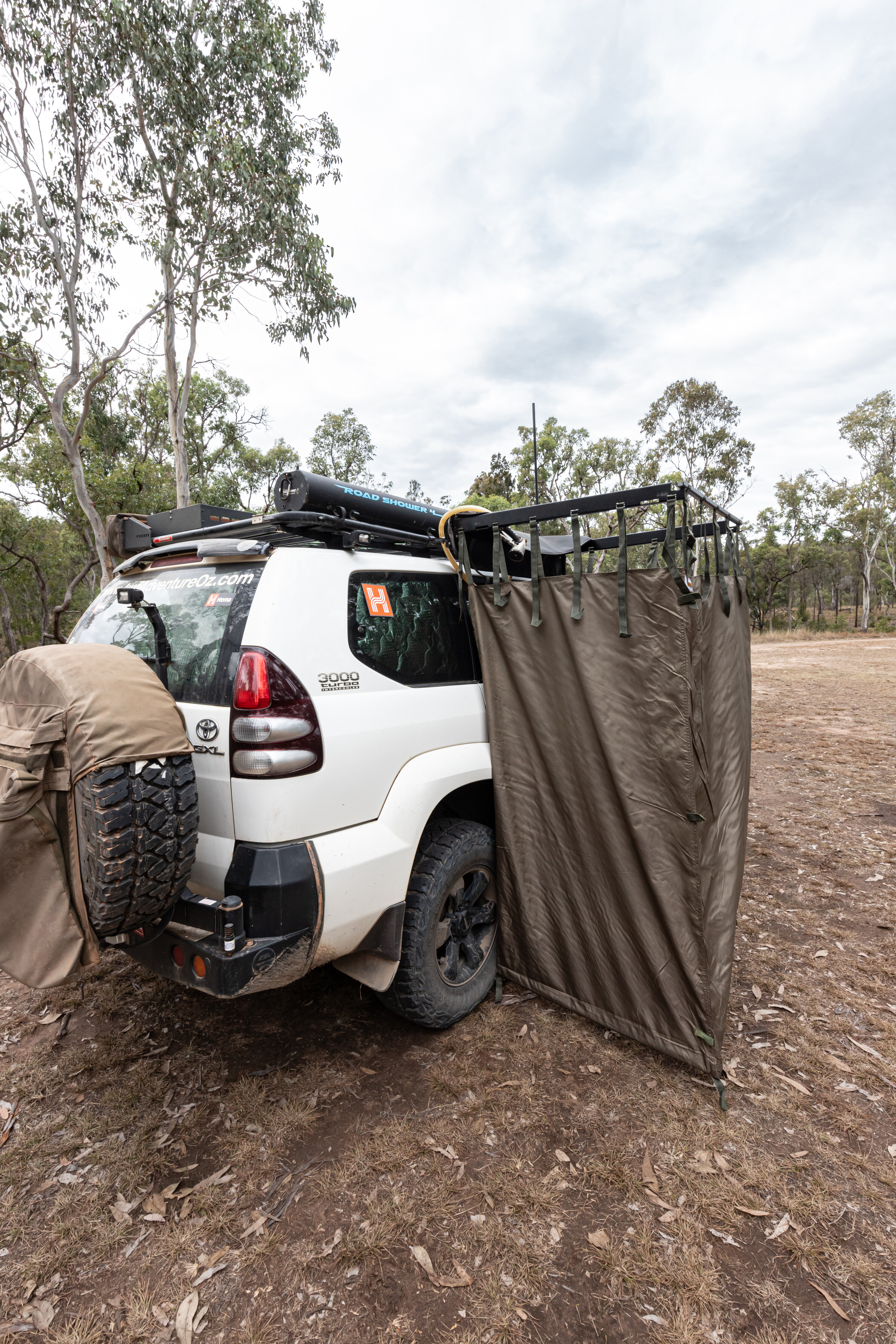
The downside to baby wipes is that they are not biodegradable and should never be flushed. A face washer is also a good option as it needs minimal water to work, although you do then need to keep the washer clean too.
A cheap 12V shower unit is a great piece of kit when you have access to fresh water, or if you can carry water with you.
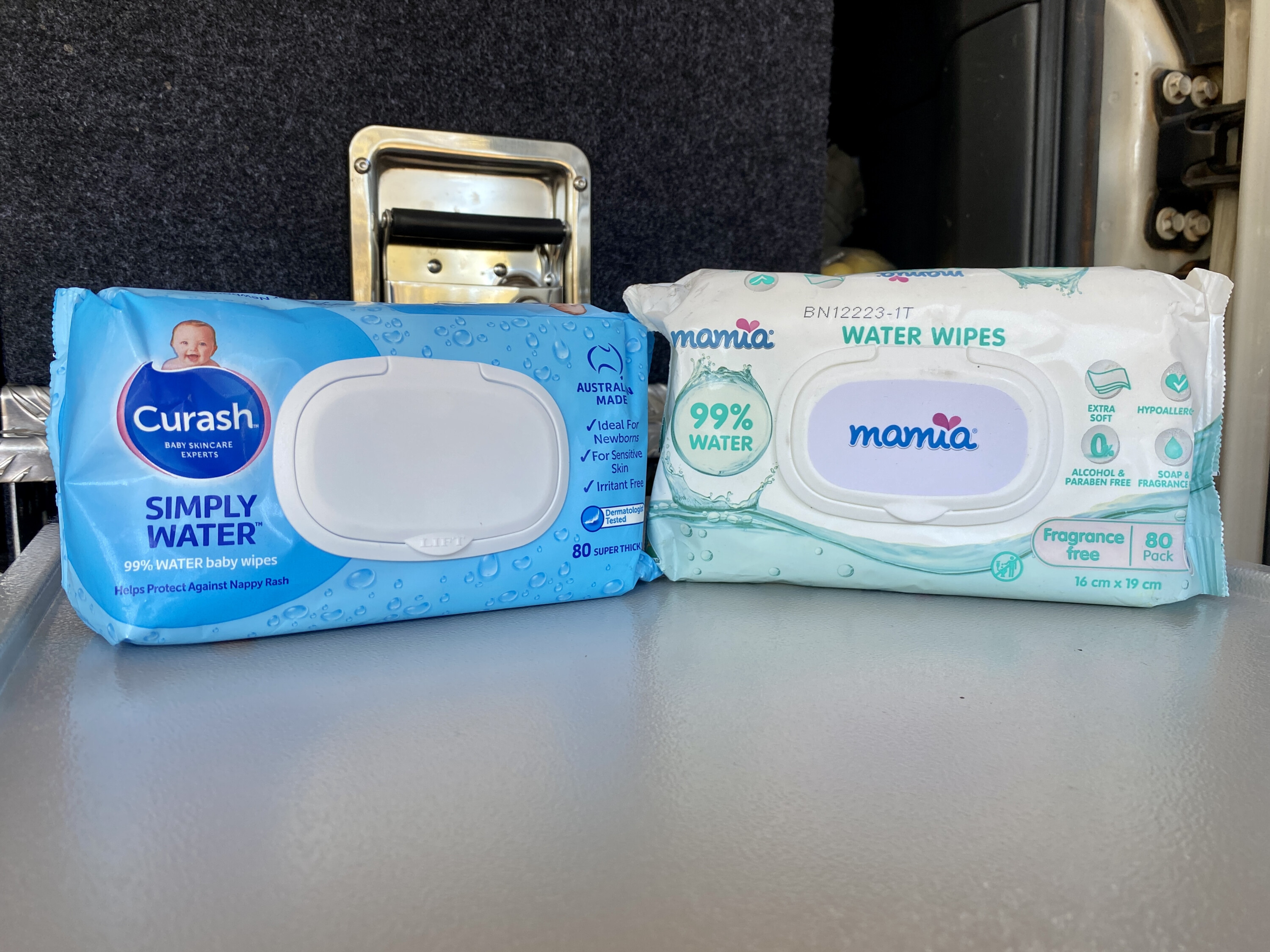
Caravan parks, council swimming pools and some roadhouses have showers that you can use, usually for a small fee, and coin-operated showers are sometimes available in small towns such as Innamincka.
If you’re a member of a gym chain or a golf club with reciprocal rights, you may be able to access the change room showers.
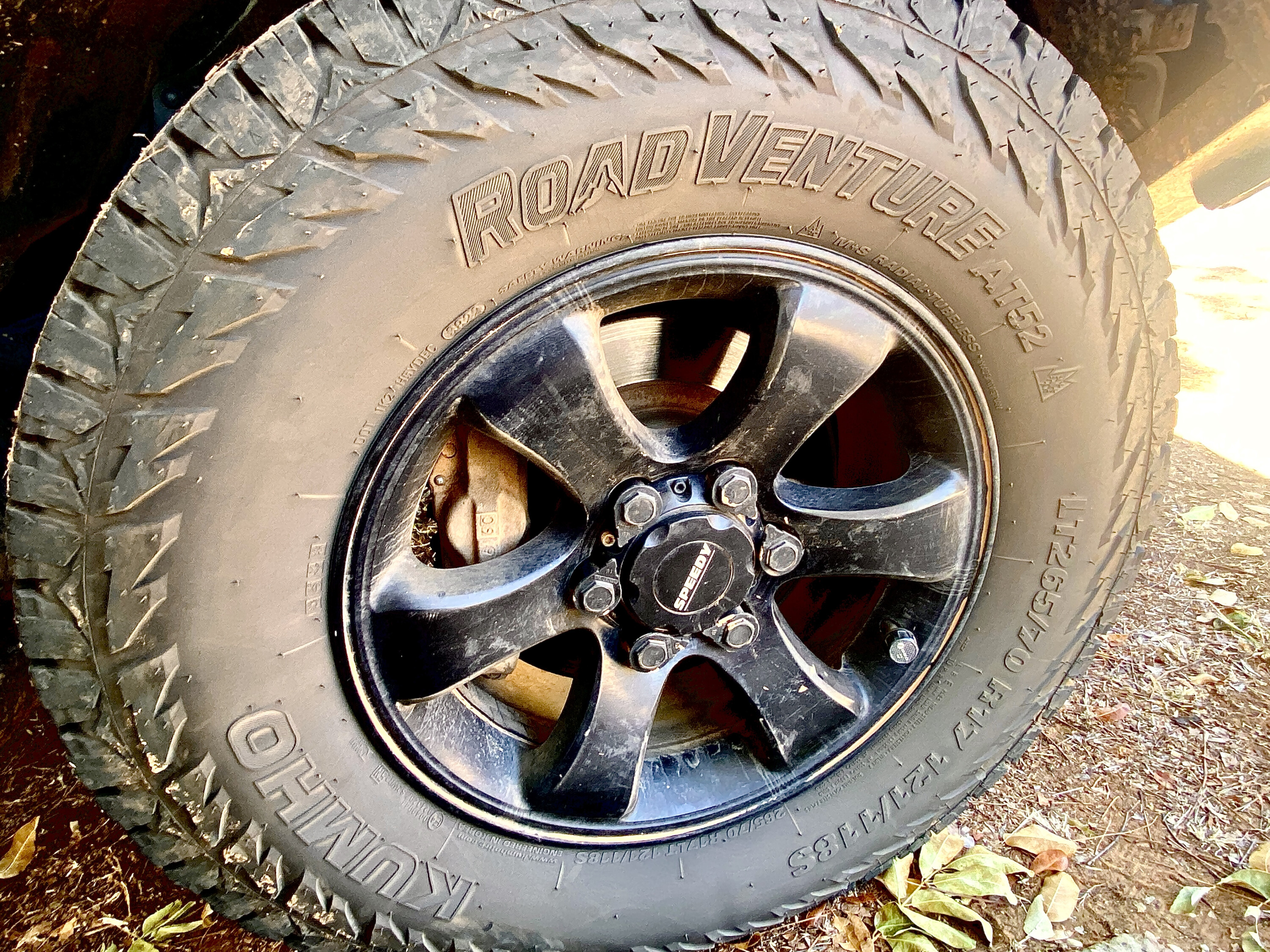
If a tyre’s tread shows signs of wear or the sidewall has a couple of nicks, replacing it before you leave home is better than copping a blowout the first time you drop tyre pressures for off-road terrain.
Installing a Tyre Pressure Monitoring System (TPMS) is great for peace of mind as it will sense when a tyre is losing air or if it’s heating up too much, and will set off an alarm. In the majority of cases, this will prevent further damage to the tyre and allow you to plug the hole or pump some air into it before it is damaged beyond repair.
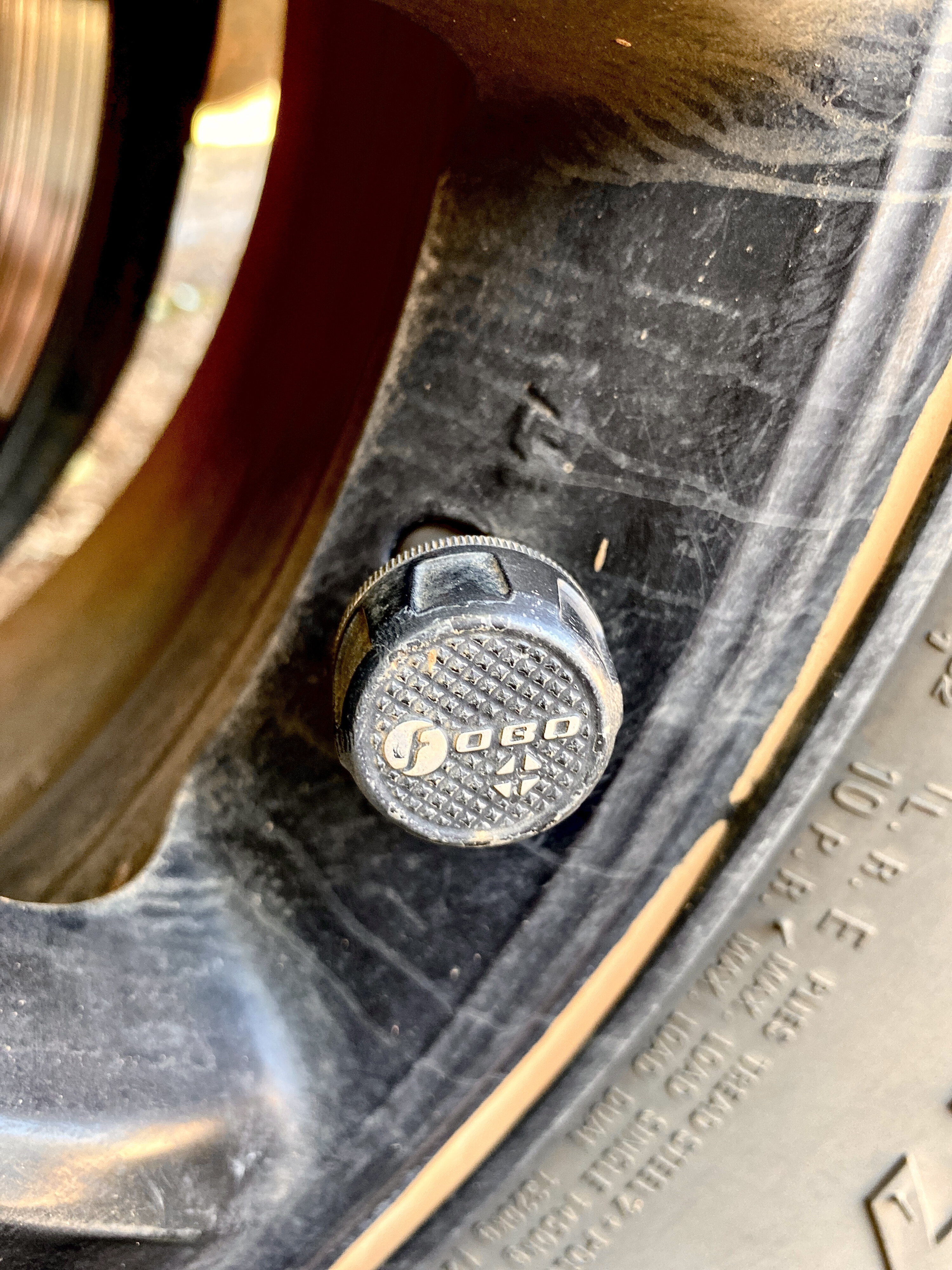
Speak to your doctor and chemist before you leave to see if you can arrange to collect all the medications you might need to cover the entirety of your trip.
Another option is to carry either an electronic or paper version of your scripts so that you can have them dispensed at chemists along the way. If you require specialised medication, however, it is better to call the chemist before you visit to check that it is in stock.
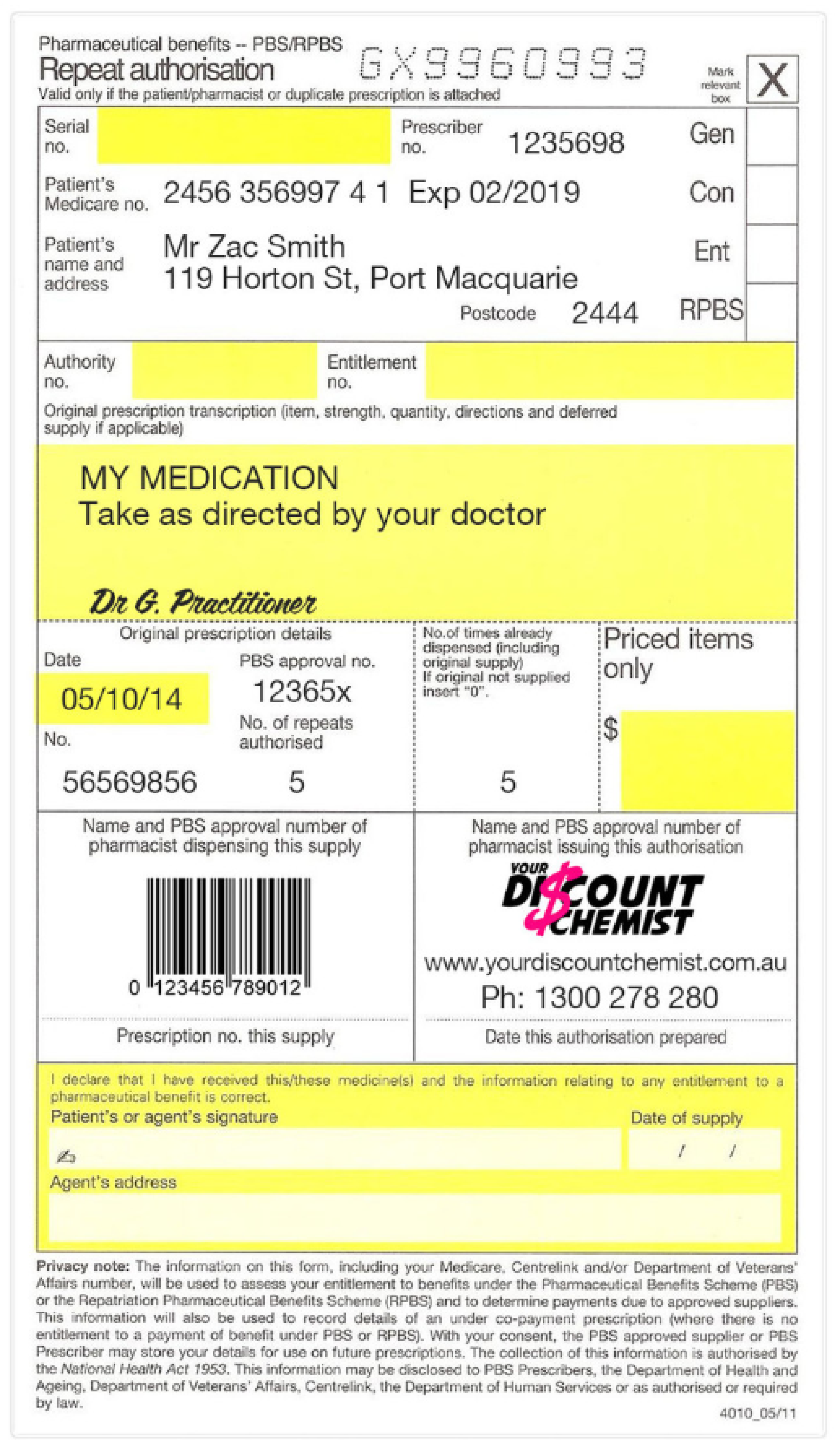
Stopping at a caravan park will also give you time to give your 4×4 a good going over to see if everything is in order.
A bit of personal care is sometimes needed too, such as getting a haircut, so spending a bit of time in a town that will allow the missus to “lose the greys”, and where the kids can have a look around, will keep everyone happy.
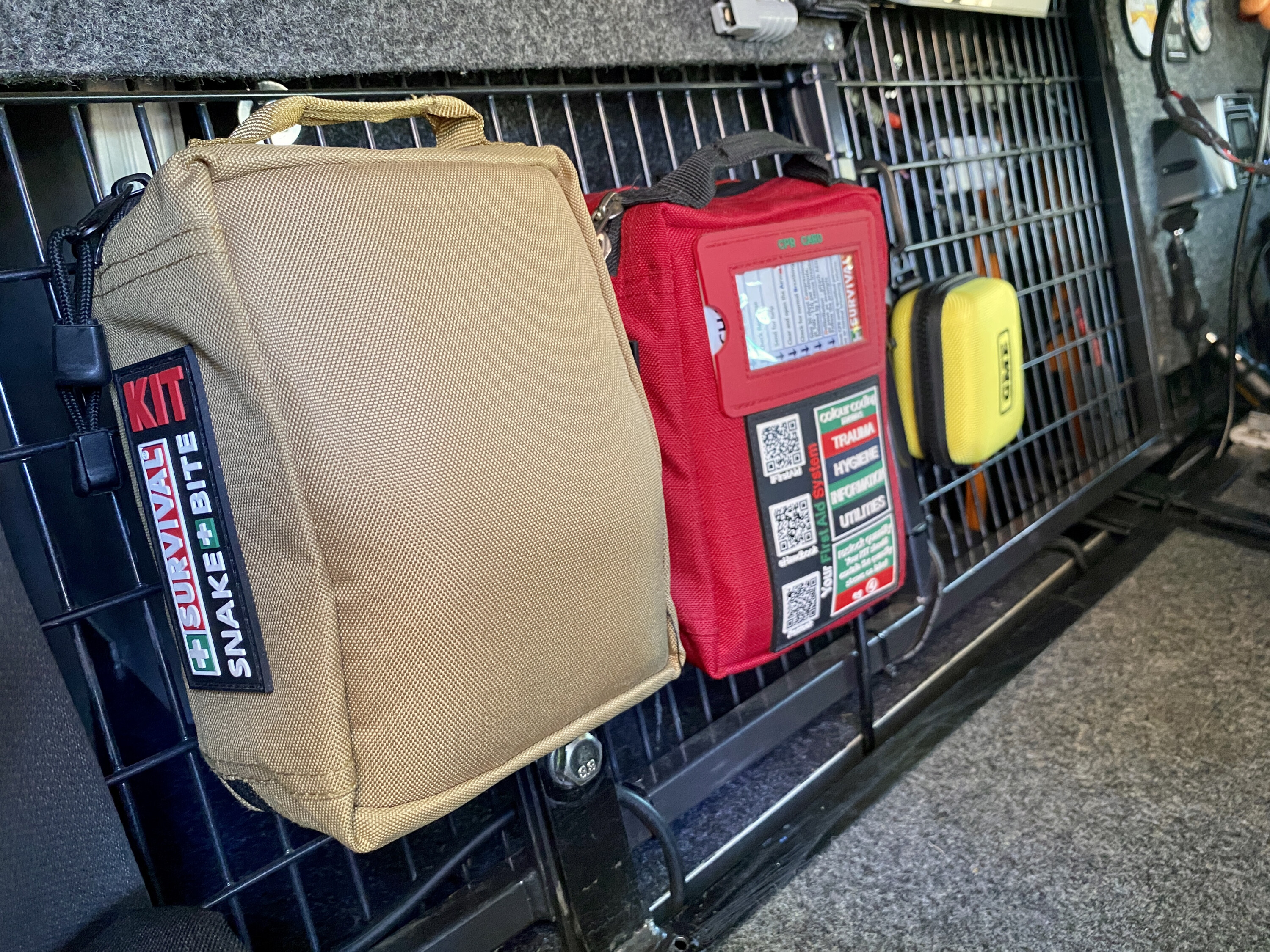
Check the first aid kit for missing items or out-of-date products, and add things like hay fever tablets (antihistamines) and purification tablets for drinking water.
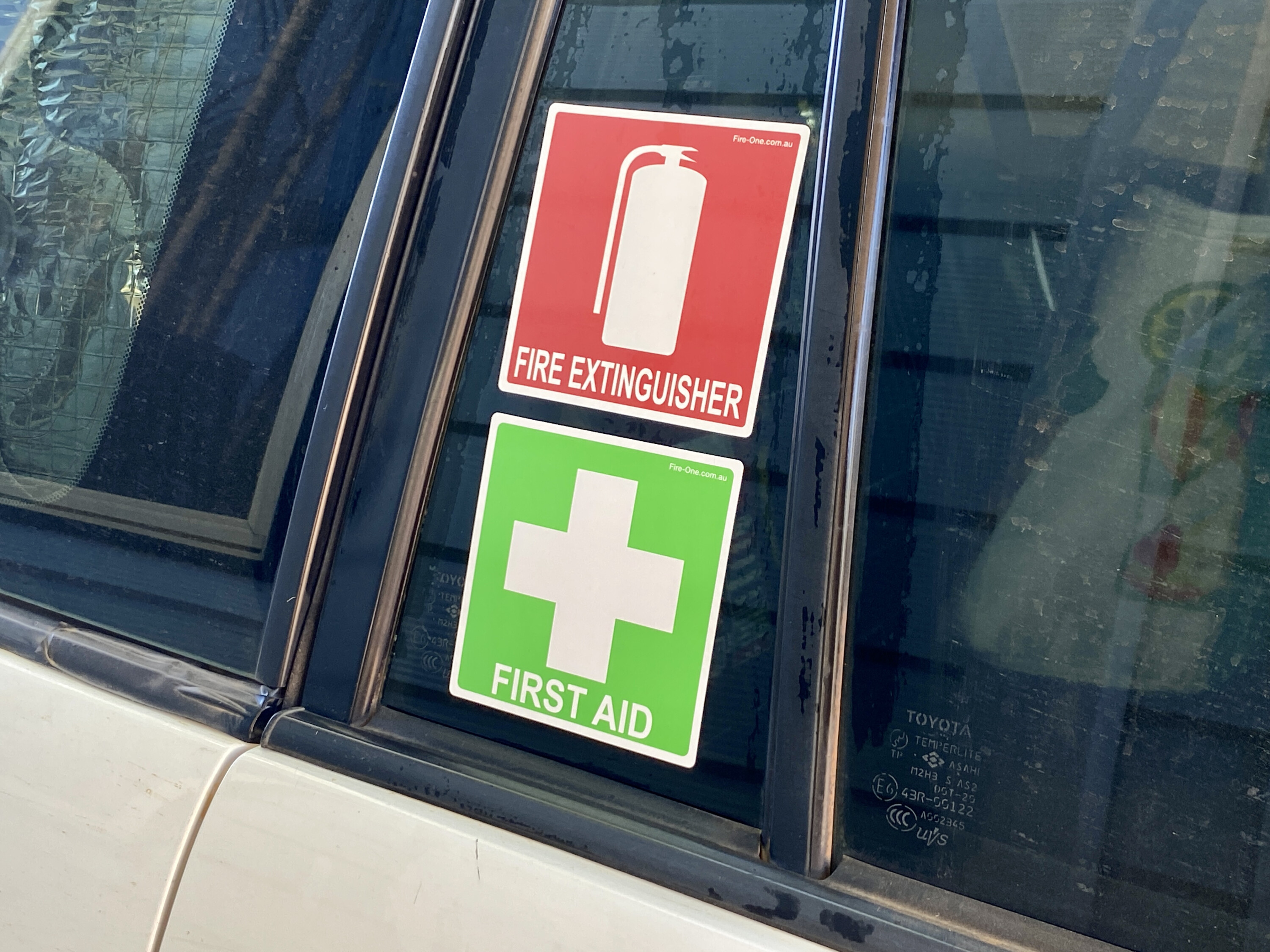
When it comes to navigation, Hema 4×4 Explorer, Newtracs and ExplorOz Traveller are some of the better apps. Don’t rely on Google or Apple Maps, as they are pretty much useless once you leave the blacktop or are out of mobile phone range.
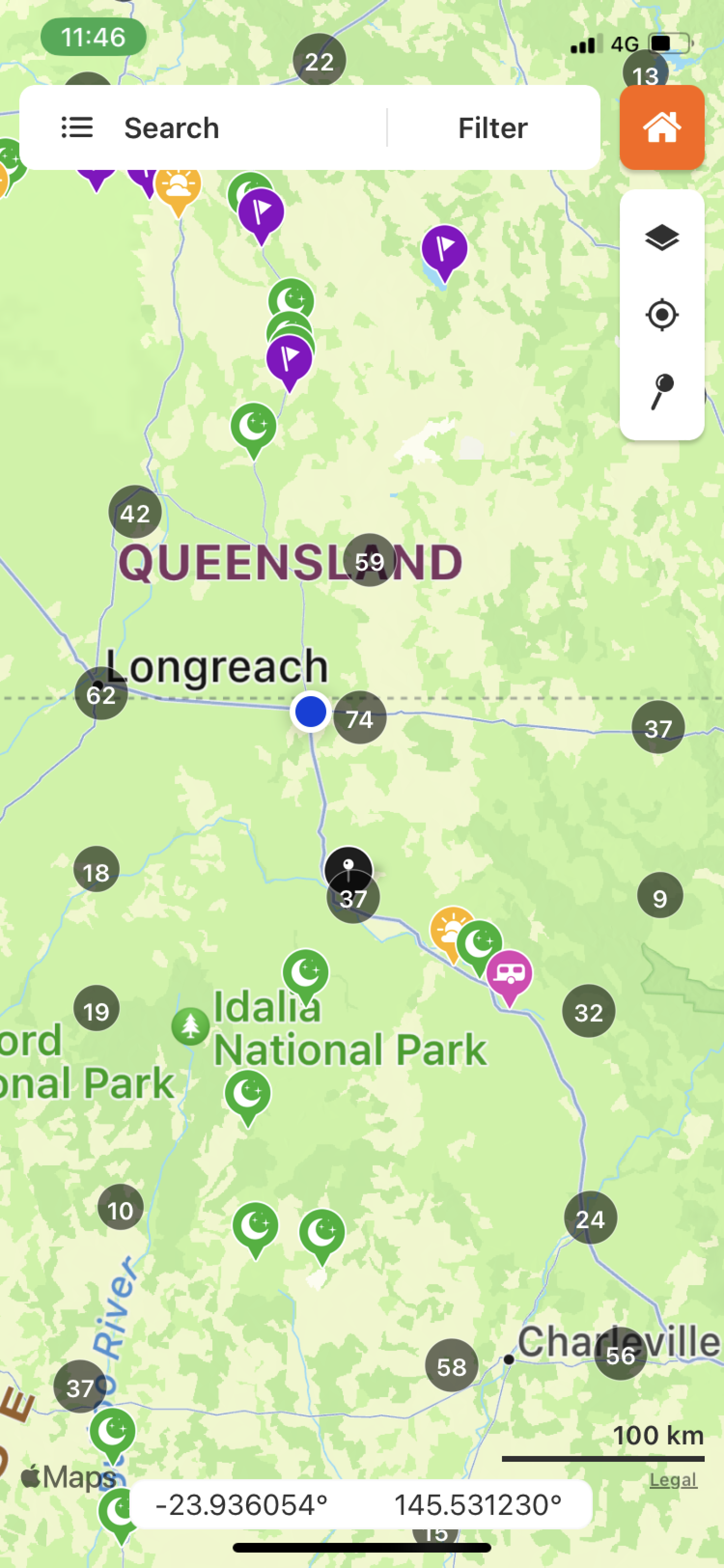
The FuelMapAustralia app shows petrol stations with a list of facilities and crowd-sourced fuel prices (when known). What3words shows exactly where you are on the planet in three words, and these can be shared and are easier for recipients to understand than GPS coordinates.
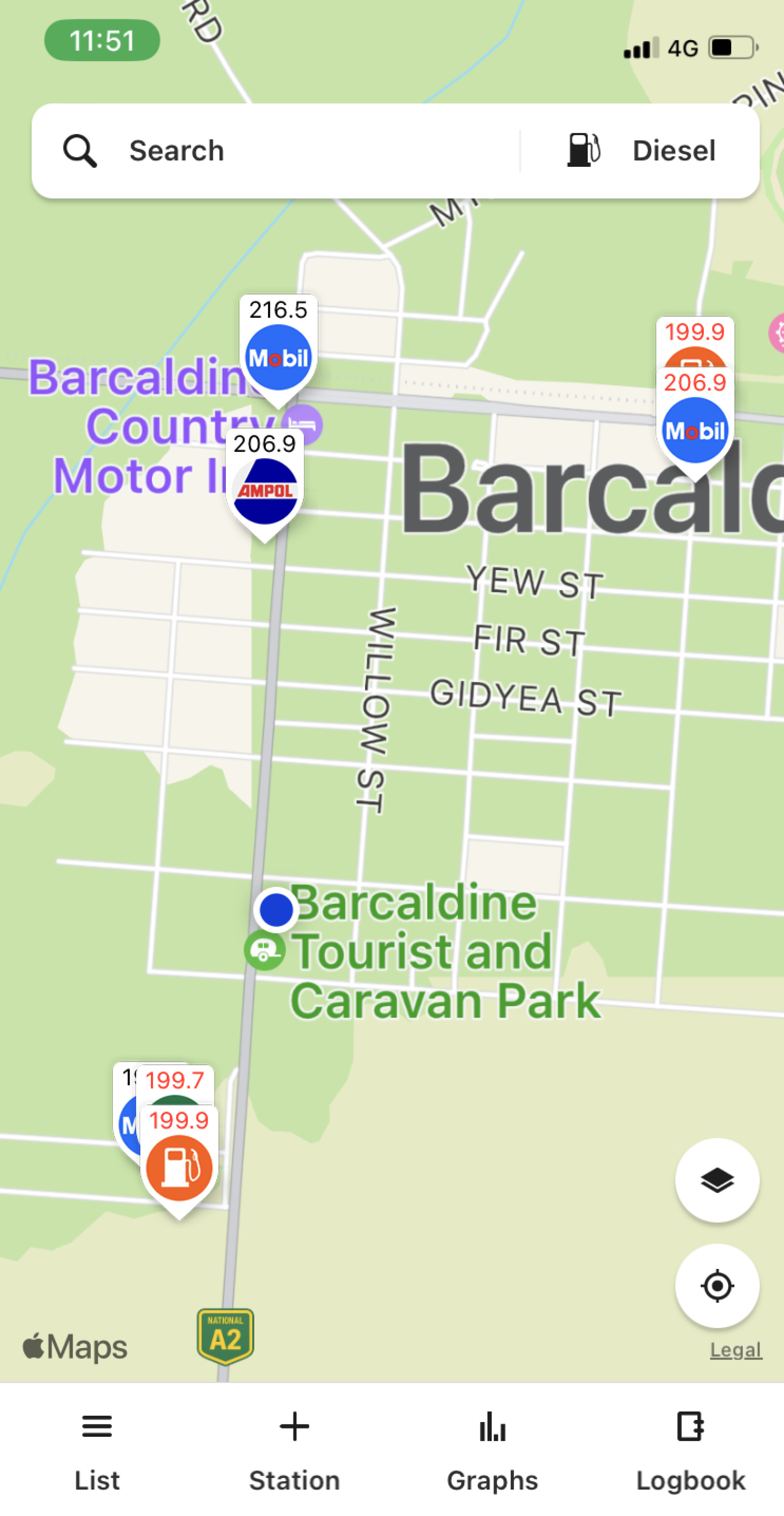
The ideal way to pack is to lay everything out on the driveway before you start filling up the 4×4.
Another tip is to have someone help you, so that when you forget where you put something, the other person might know where it is.
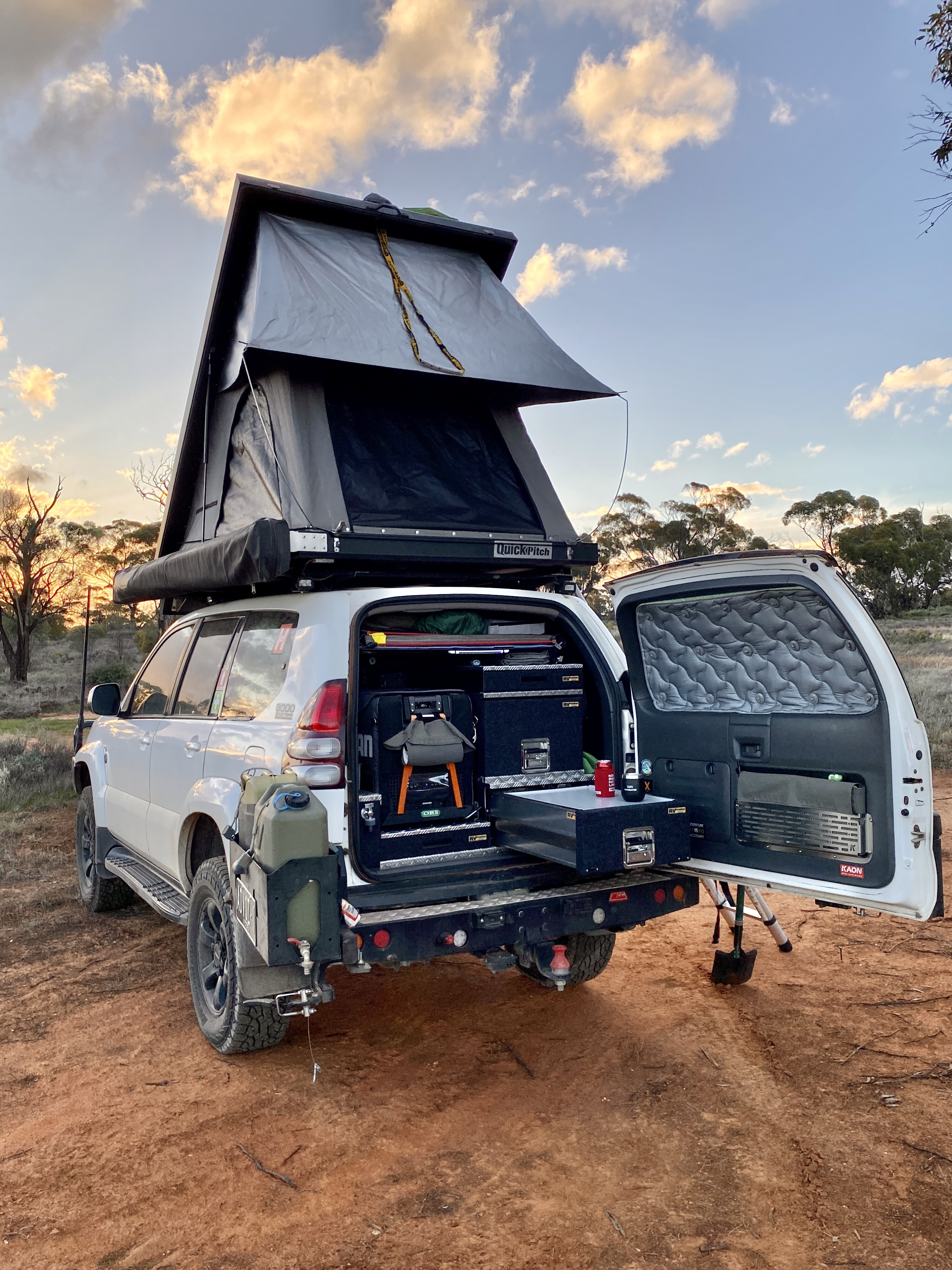
There are plenty of better tubs to be found; check out Front Runner, Expedition 134 or TRED Outdoors for some rugged and useful options.
Try to keep the heaviest items down low and in between the axles. If you need to use a roof rack, put the lightest gear up there along with the fuel jerry cans and LPG bottle. If you have driven on an off-camber track when fully laden you will understand why I’m saying this.
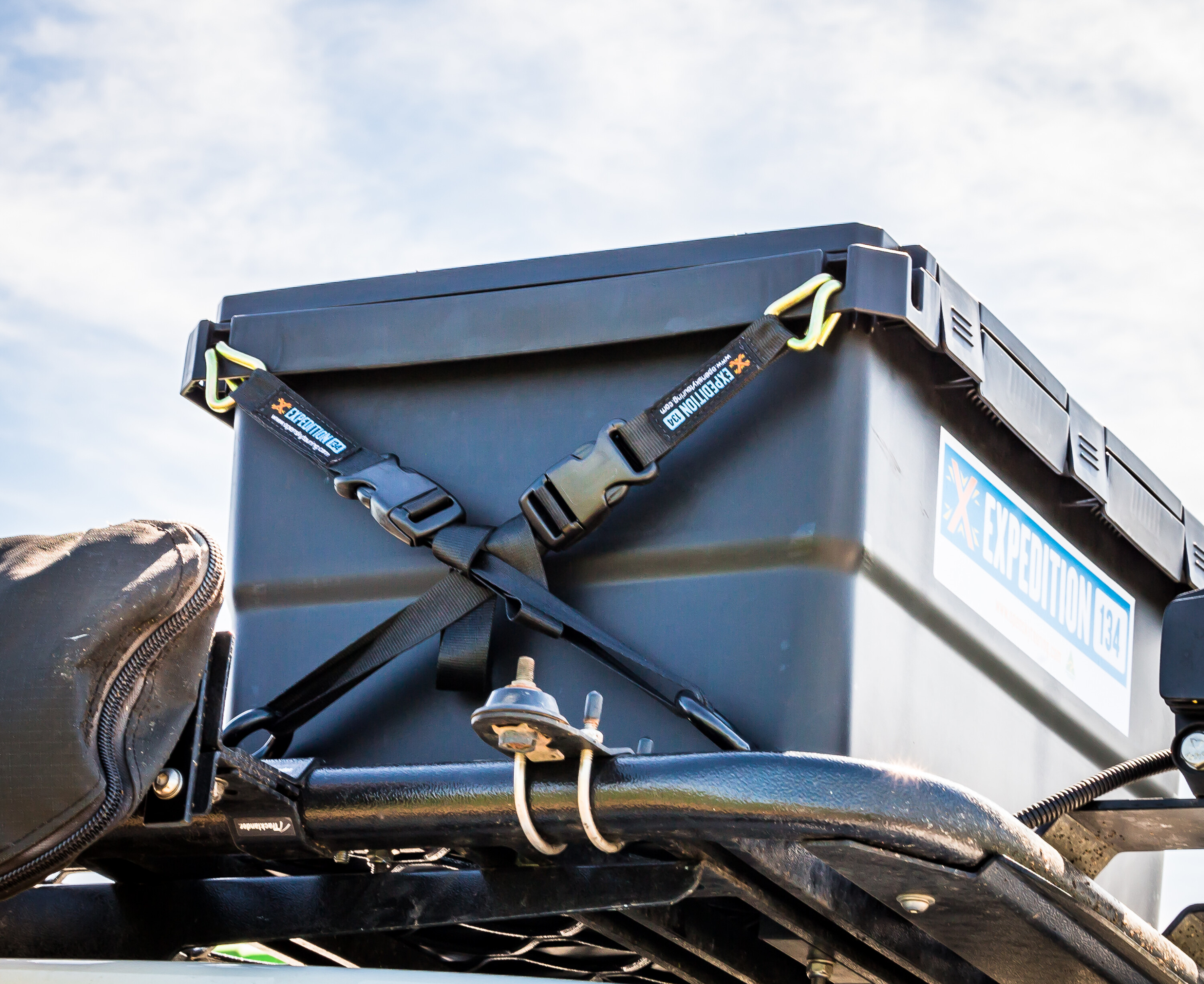
If this occurs, you can try and sit it out or better still change your plans and head somewhere else.
On a recent trip to Birdsville, the rains came, and it seemed every track in South Australia was closed with no hope of getting anywhere. I changed my trip plan and headed home for a week to let the rain clear with the hope that things would dry up quickly.
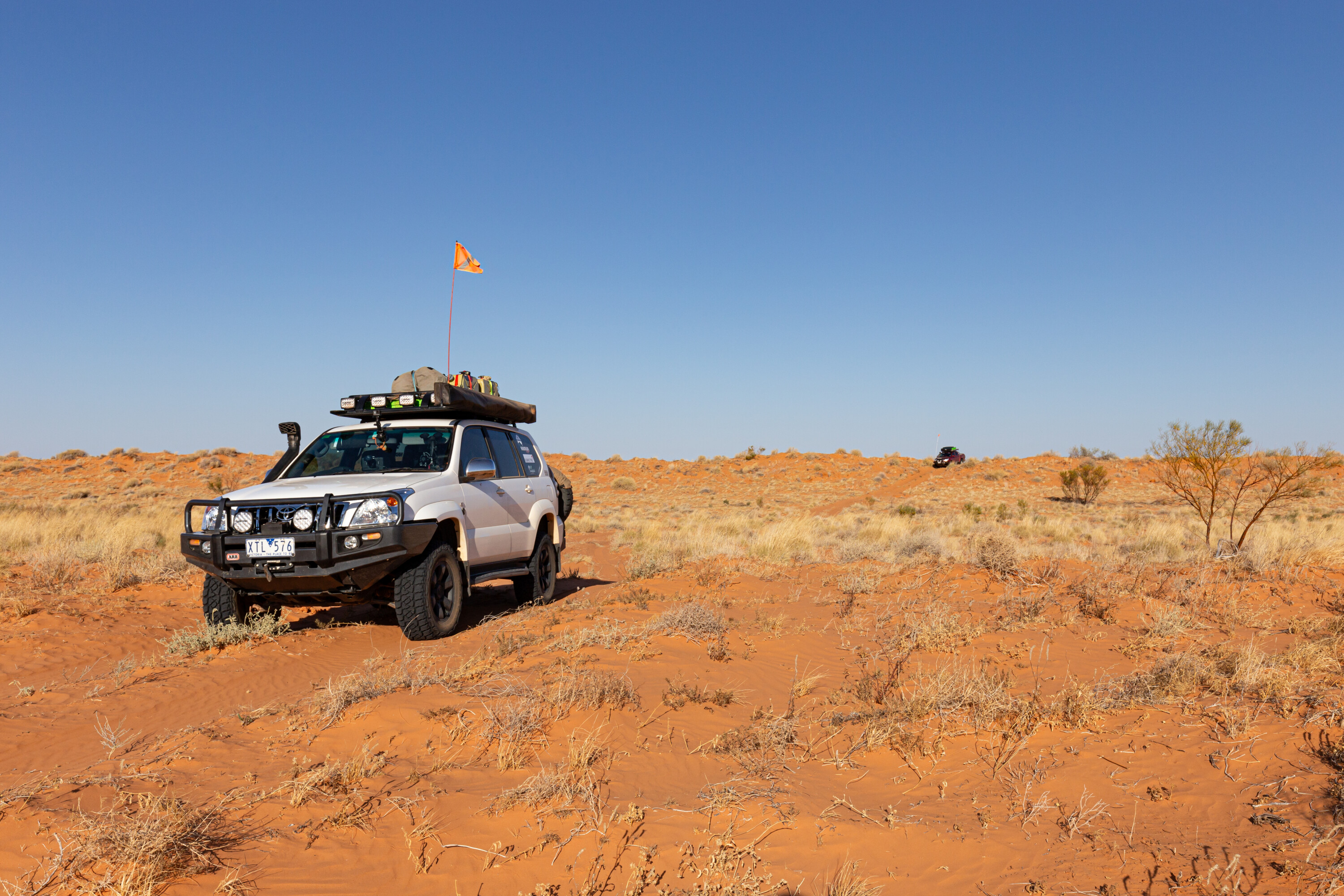
Queensland that I’d never heard of before, heading to Barcaldine to get back on track with my trip plan. Don’t let bad weather ruin your holiday; there are other amazing places just waiting to blow you away.
This tip should go without saying – and it applies to all vehicles regardless of whether it’s 4×4 or 4×2 – but ensure your vehicle is serviced regularly. If you have a long-distance road trip on the horizon, then plan accordingly and get it serviced ahead of schedule. Other than a routine service, ensure tyres (and the spare) are at the correct psi and tread levels are in good condition; the water, coolant and oil levels are spot-on; and all of the basics are humming along nicely. And check your rego and insurance expiration dates, just in case.

Download the best navigation apps – Waze and Google Maps – if your route doesn’t veer too far from the blacktop. These apps will not only get you to the correct destination, but will alert you to traffic congestion, provide alternate routes, and buzz when a speed camera is approaching. Still, it’s the holiday season, so be prepared for clogged roads and try to be patient.
These apps won’t be much use when bitumen turns to dust, so make sure you install a 4×4-specific app like or purchase a physical map (both from HEMA, for example).

When behind the wheel for long stints in pursuit of a quiet beach-side campsite (good luck), it’s important to break up long drives with plenty of rest stops, even if it’s just to stretch your legs. The consensus is to stop for 10 or 15 minutes every couple of hours, and overnight siestas are recommended for really long trips – you don’t want to be playing chicken with suicidal wildlife at sunset – especially without a bull bar.
Plan ahead to ensure you have all of the correct permits and paperwork for your trip – and do it well in advance in case your application falls through. Plenty of remote places require permits, but most of the popular hotspots don’t – check anyway.
Carry extra fuel (outside the vehicle), extra water, and extra food in case of an emergency. You simply never know what might happen when touring remote places, so always pack smart. If an emergency does occur, then stay calm, stay with your vehicle, and radio in your location (yes, with a UHF CB which should be with you). Also pack smart, with heavy items at the bottom, cumbersome items up on the roof racks, and frequently used items within easy reach. Here’s our guide on how to pack a 4×4.
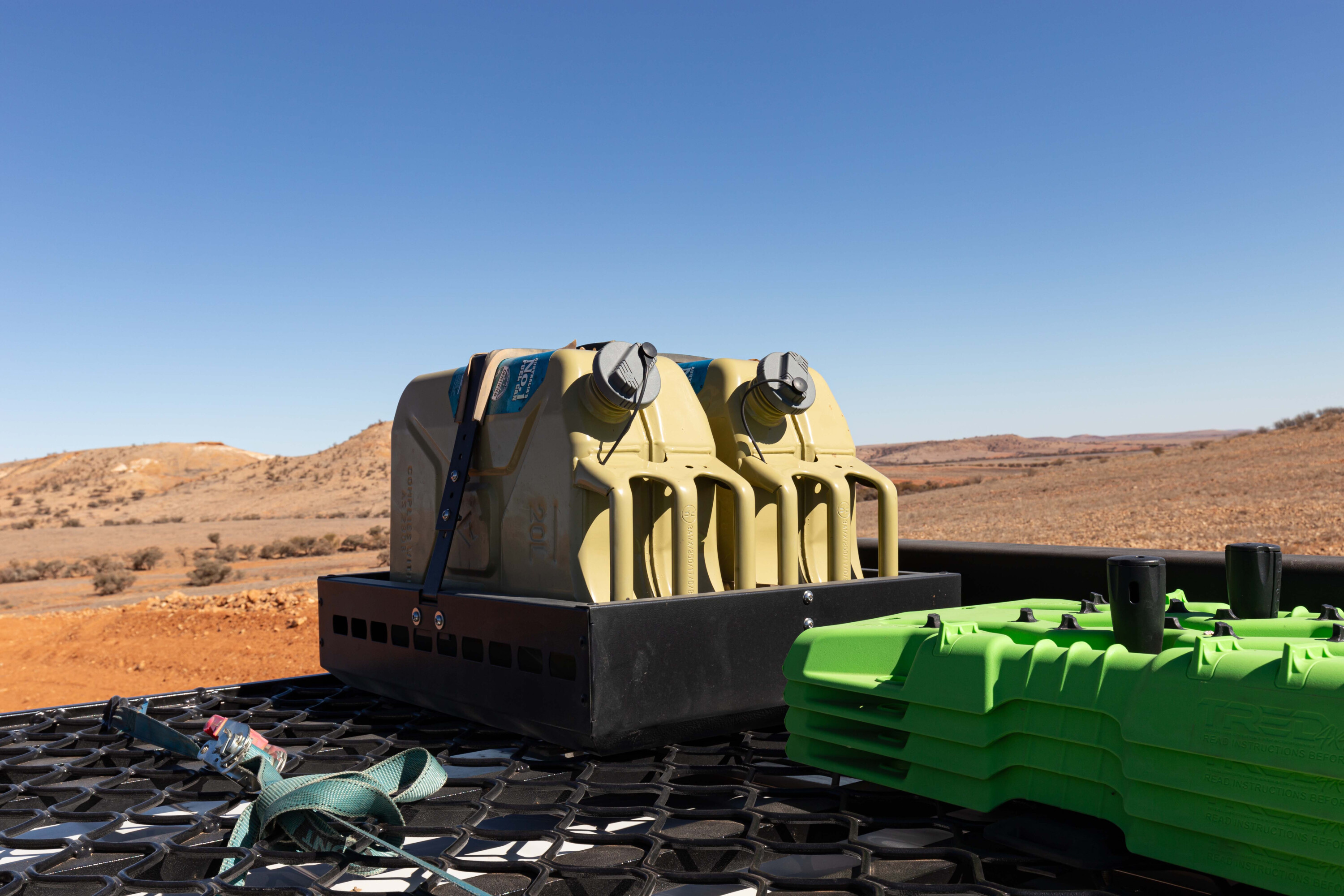
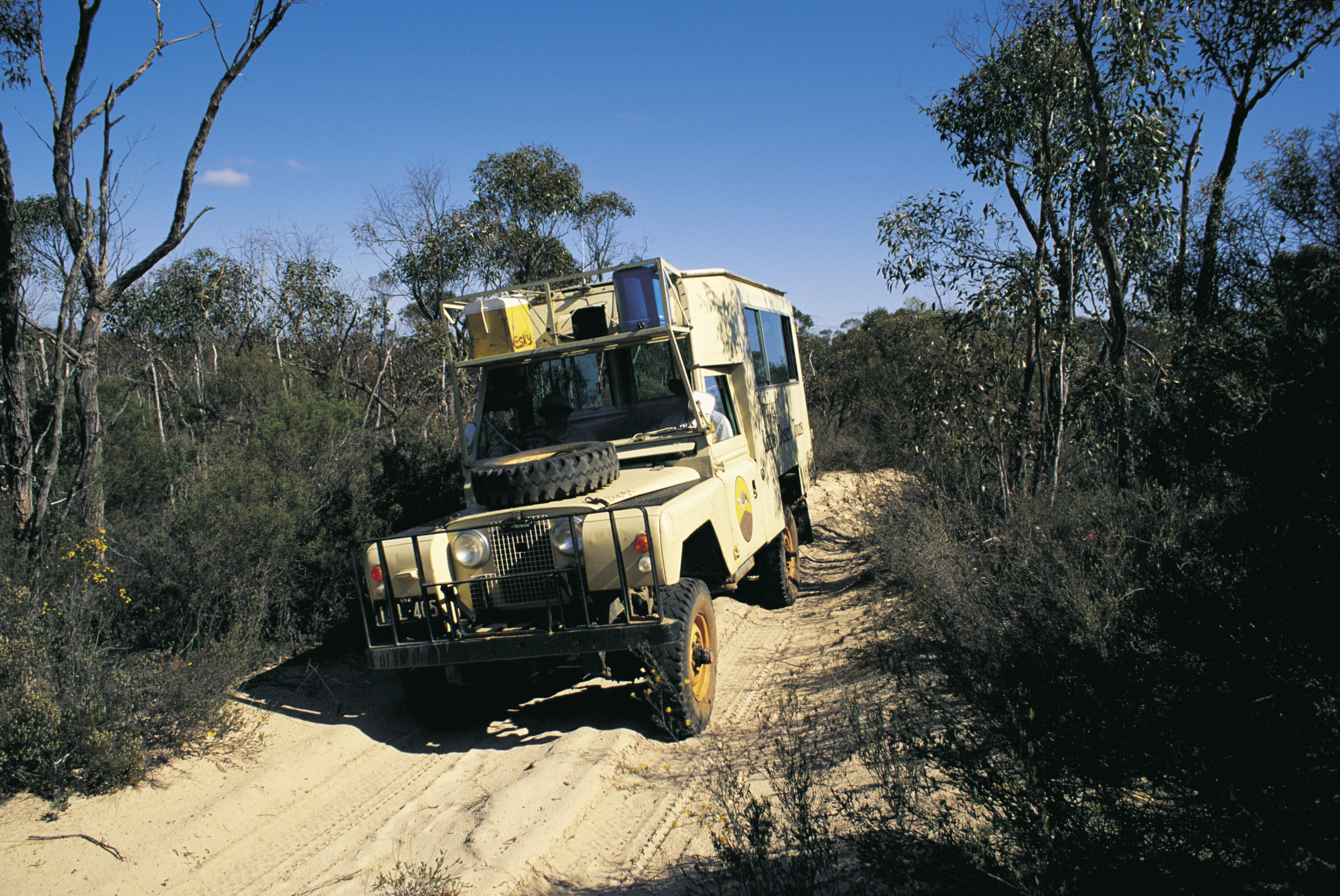
Justin Walker
Little Desert National Park is Victoria’s own ‘outback,’ located around four hours’ drive west of Melbourne, near Dimboola. The 1326km² park is bordered by the Wimmera River, great for fishing, and the SA/Vic border near Naracoorte, featuring a fantastic mix of sandy desert terrain and huge river red gums.
The landscape is diverse with mallee country vegetation, such as heath, dominating the eastern section due to lower rainfall, while the western side features casuarina woodlands and swamp areas that emerge after rain, with river red gums lining the park’s waterways.
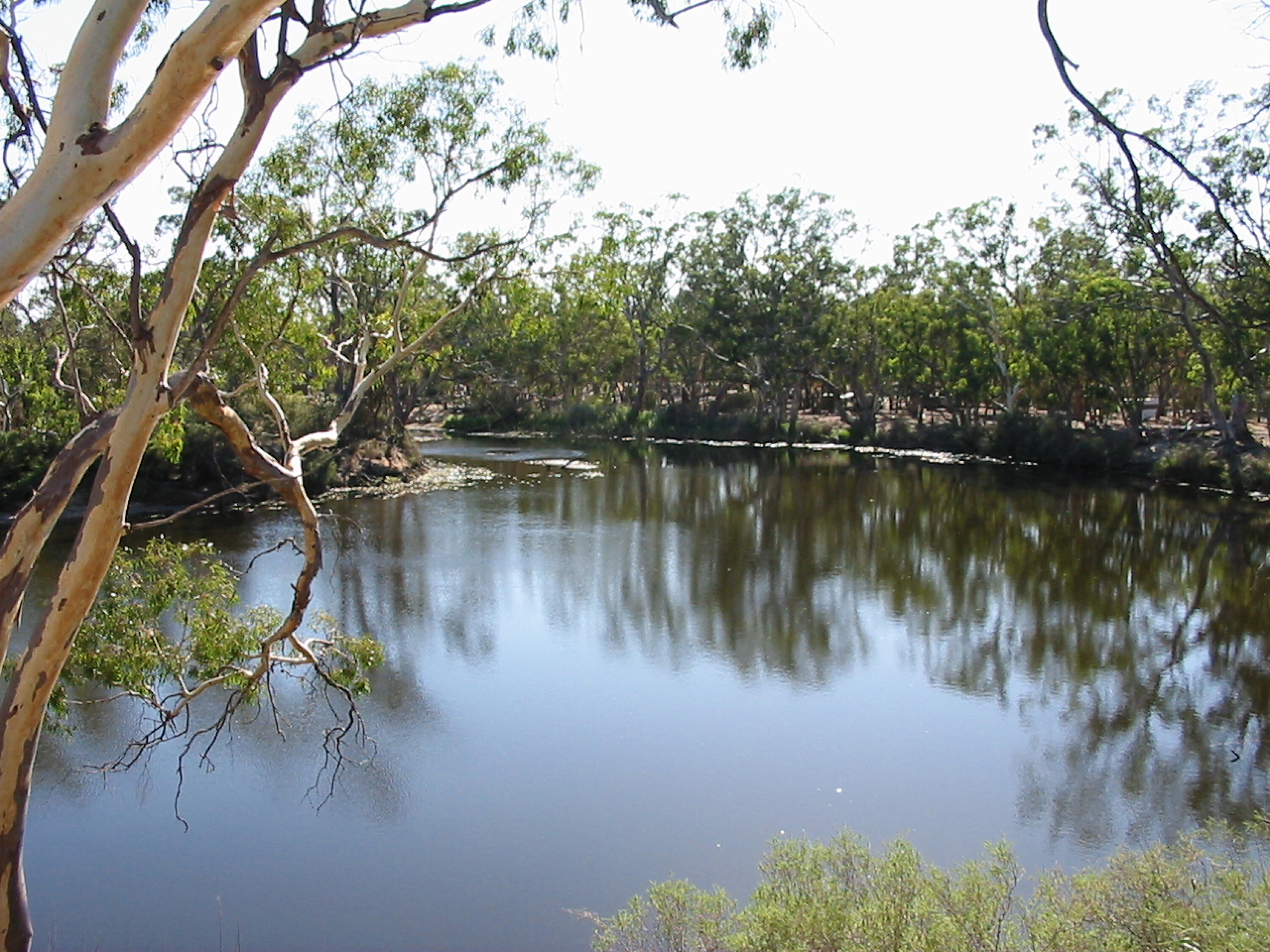
The park includes several campgrounds, from easily accessible sites via bitumen roads to more remote desert locations. Numerous sandy 4×4 tracks are available for exploration, along with two sealed main roads for linking these tracks. A 4X4 with a dual-range transfer case is essential for navigating the soft sandy terrain, providing opportunities to escape the crowds and immerse in nature.
An exciting adventure is to traverse the park’s three sections via the McDonald Highway, which begins at the eastern end of the central section, accessible via Nhill Road.
Despite its name, this highway is a sandy track. By linking it with Eastern section tracks and heading south along Kaniya-Edenhope Road, visitors can re-enter the park via the East-West Track, offering a rough plan for a weekend trip.
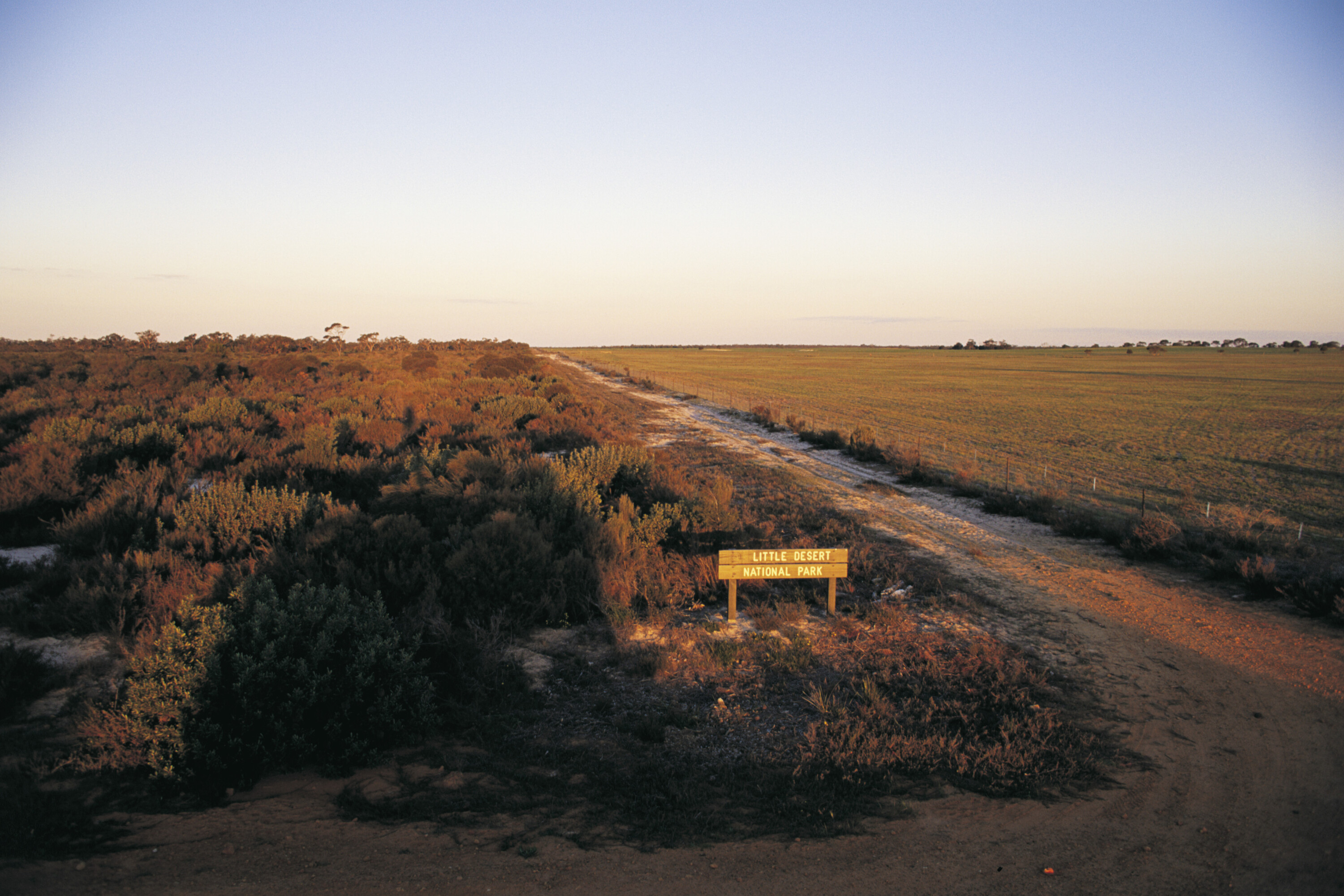
Starting in the east allows for a full day of exploring the numerous tracks before camping that night at Kiata Campground, Ackle Bend, or Horseshoe Bend, all suitable for caravans and camper trailers. The park has six campgrounds, including walk-in options like Mallee Walkers Camp and Yellow Gum Walkers Camp.
Bush camping in the central and western sections allows for solitude along side-tracks. Camp fees apply at Ackle Bend and Horseshoe Bend, so advance booking is necessary.
Visitors must bring their own water, as potable water is scarce. A powerful torch is recommended for nighttime wildlife viewing, as the park is home to possums and various nocturnal birds, creating memorable encounters for everyone.
With around 600km of tracks in the park, highlights include Dahlenburgs Mill, Jungkum, Salt Lake, Mallee, and McCabes Hut in the eastern section, as well as Broughtons-Sambells, Lawloit, Jacobs, and Mt Moffat in the west.
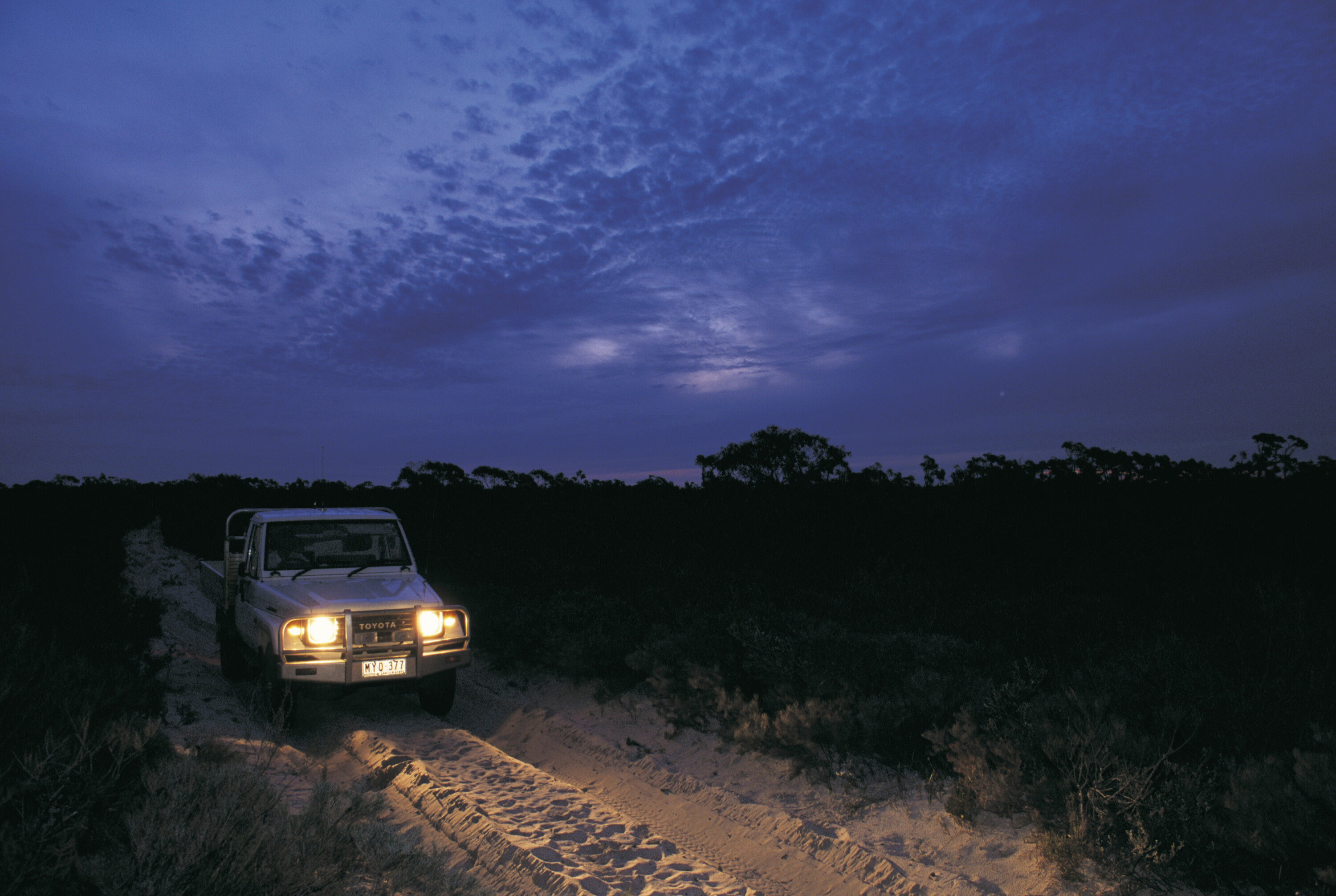
The western section tracks are generally more difficult, but experienced drivers should manage well. It’s essential to check weather forecasts, as tracks can become boggy after rain.
Little Desert NP is also a great destination for bushwalkers. Numerous short walks, including the Pomponderoo Hill Nature Walk near Dimboola and a scenic stroll beside the Wimmera River, average a couple of hours.
The 74km Little Desert Walk can be segmented into shorter sections, offering deeper engagement with the park’s wildlife, including 220 bird species such as emus, wedge-tailed eagles and the rare malleefowl. Spring visitors can enjoy a landscape dotted with wildflowers. For longer treks, walk-in-only campgrounds provide true remoteness, but registration with Parks Victoria is required.
For those seeking an outback adventure without travelling to South Australia or the Northern Territory, Little Desert National Park offers a brilliant desert driving experience, abundant wildlife viewing, and serene campgrounds.
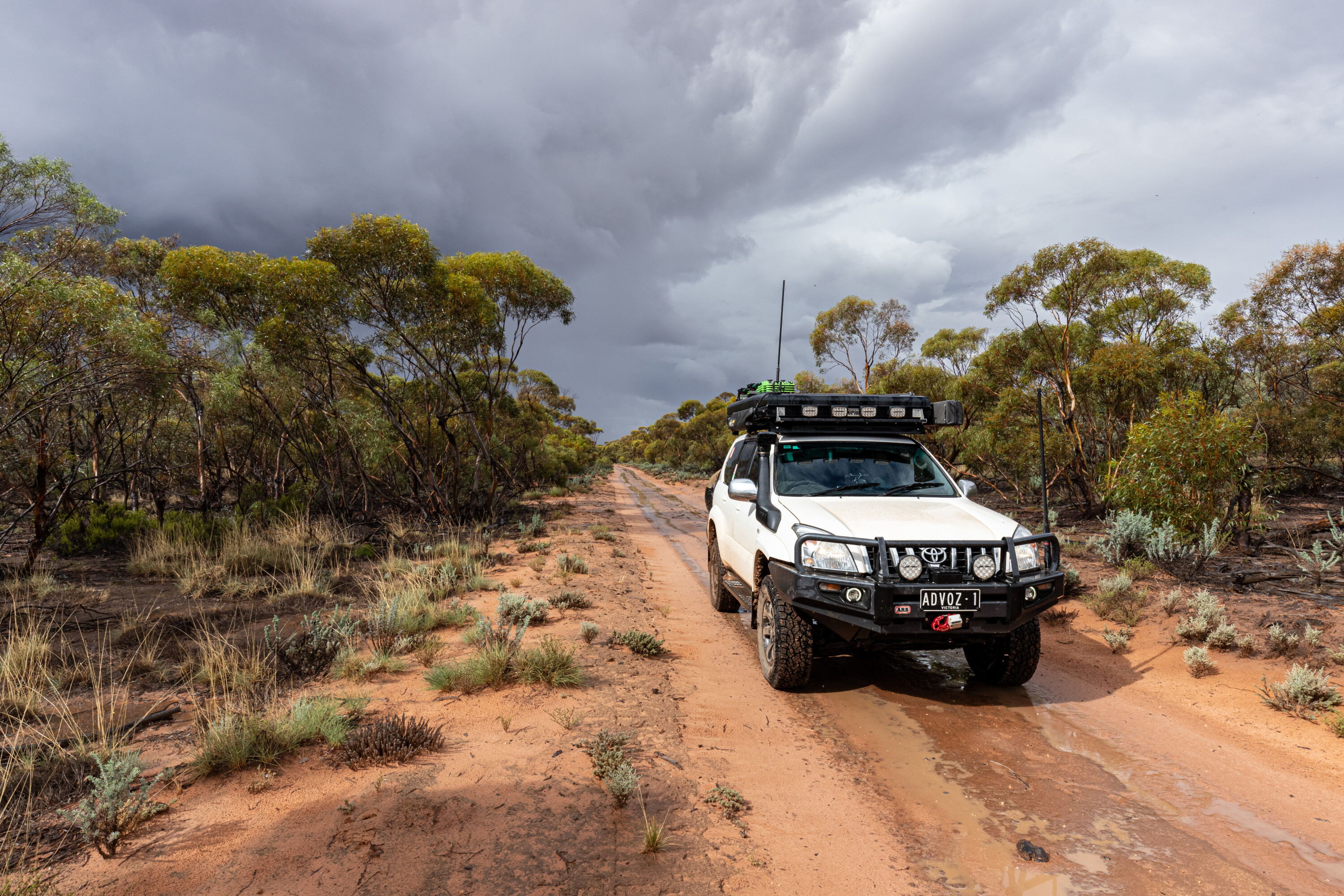
Glenn Marshall
Murray-Sunset National Park in north-western Victoria is a hidden gem that offers breathtaking landscapes, unique history and a variety of outdoor activities. The nearest towns, Mildura and Renmark, provide essential facilities for travellers.
The best time to visit is during the cooler months from April to September, though access can be limited after rainfall. During the warmer months, native bees become active, adding to the park’s vibrant ecosystem. Camping options abound at sites like Lake Crosbie, Mt Crozier, Mopoke Hut, Rocket Lake and Pheeneys Track, each equipped with pit toilets, tables and firepits. Rainwater availability depends on conditions, while Border Track Campground is unserviced.
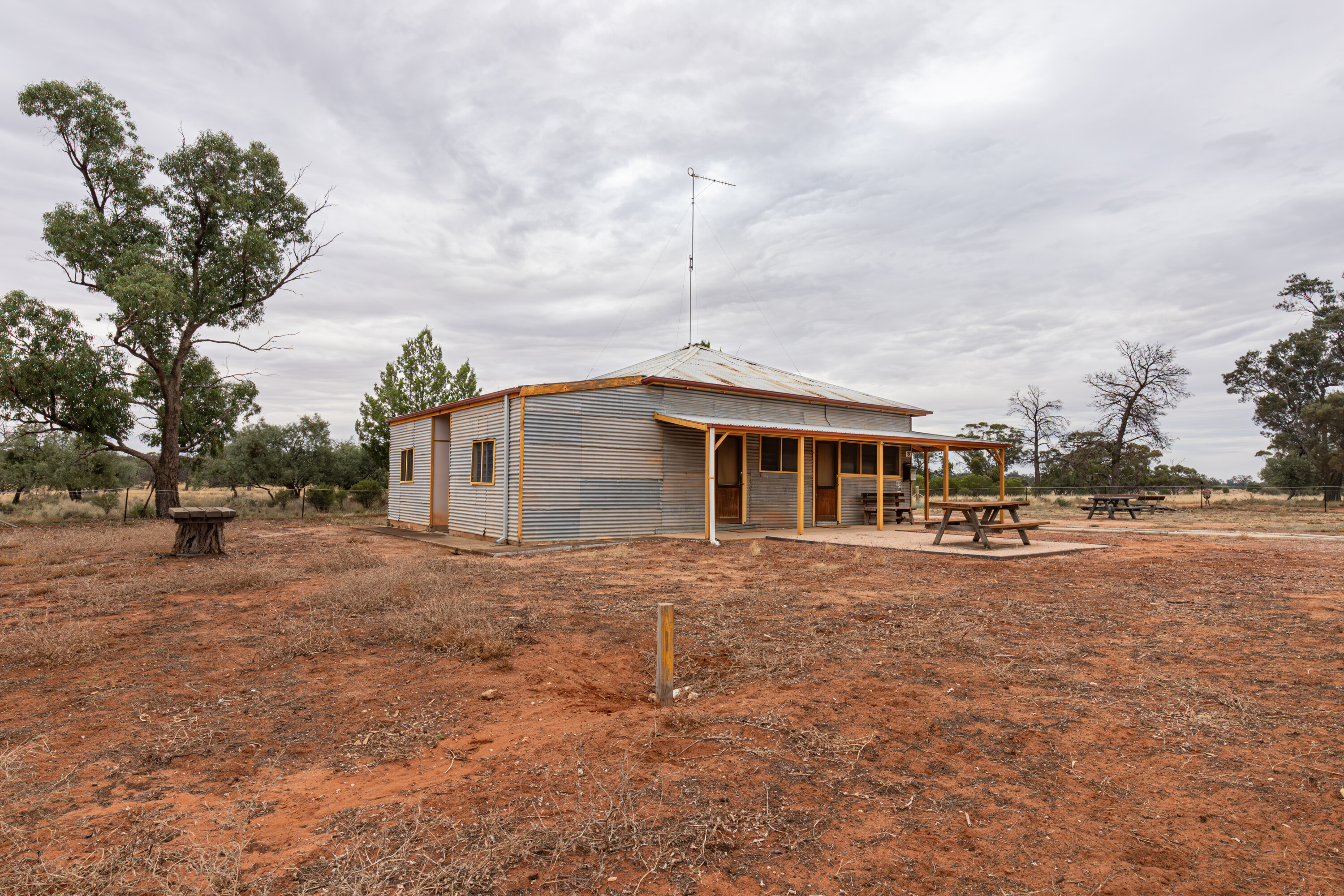
Essential gear for visitors includes a compressor, tyre gauge, repair kit, food, water and firewood. The park’s tracks can be challenging, especially away from the Pink Lakes, where deep sand presents a real test, particularly in warmer weather.
Just outside Renmark, the stunning Heading Cliff lookout is a must-see. The cliff’s colours shift throughout the day, making sunset a particularly magical time to visit. Nearby, the Woolshed Brewery offers a variety of locally brewed beers, accompanied by beautiful river views, barbecue facilities and food trucks on weekends.
A visit to the old Customs House at the end of Murtho Road reveals its historical significance as a collection point for goods transported via paddle steamers. Today, it operates as a general store with river access and a boat ramp. The Border Cliffs Customs House Wetland Walk, a 4km loop, begins and ends here, providing an opportunity to explore the wetland ecosystem.
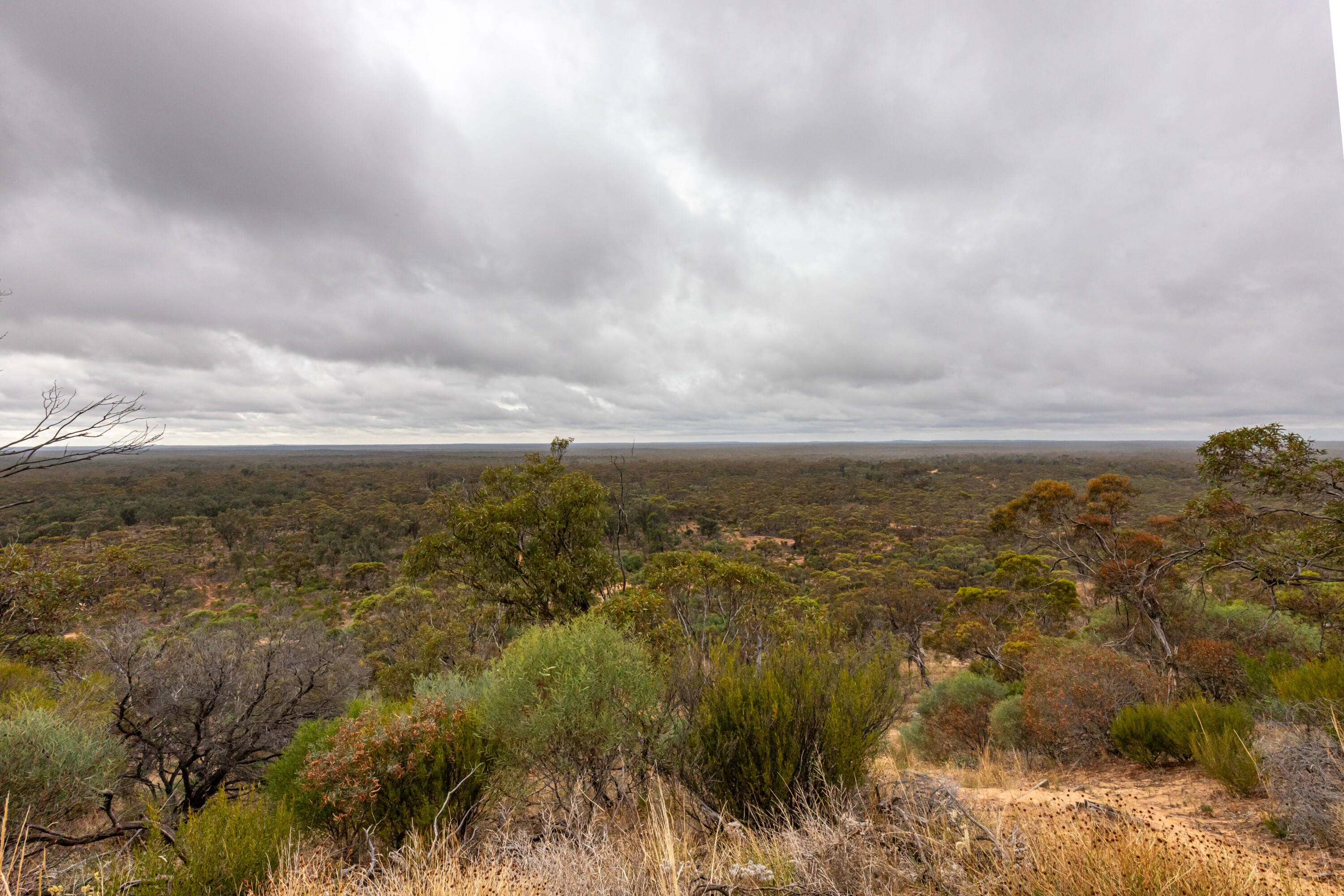
Crossing into Victoria via Millewa Road, the Border Track leads to White’s Cairn survey marker, a replica from 1850 commemorating the border survey by Edward White and Henry Wade. The track continues, offering sandy terrain and a chance to spot local wildlife such as echidnas.
Tank Track connects to Berribee Tank Track, which descends through dunes toward the Sturt Highway. The nearby Shearers Quarters Camping Area features firepits, tables and a pit toilet, with the option to book the historic Shearers Quarters cottage.
Exiting Murray-Sunset, the journey to Ouyen reveals the new recreational lake, a transformation of the former Ouyen Reservoir. This area, now equipped with facilities for water sports, signifies the region’s ongoing development. Refuelling in Ouyen will allow a brief break before returning to the park.
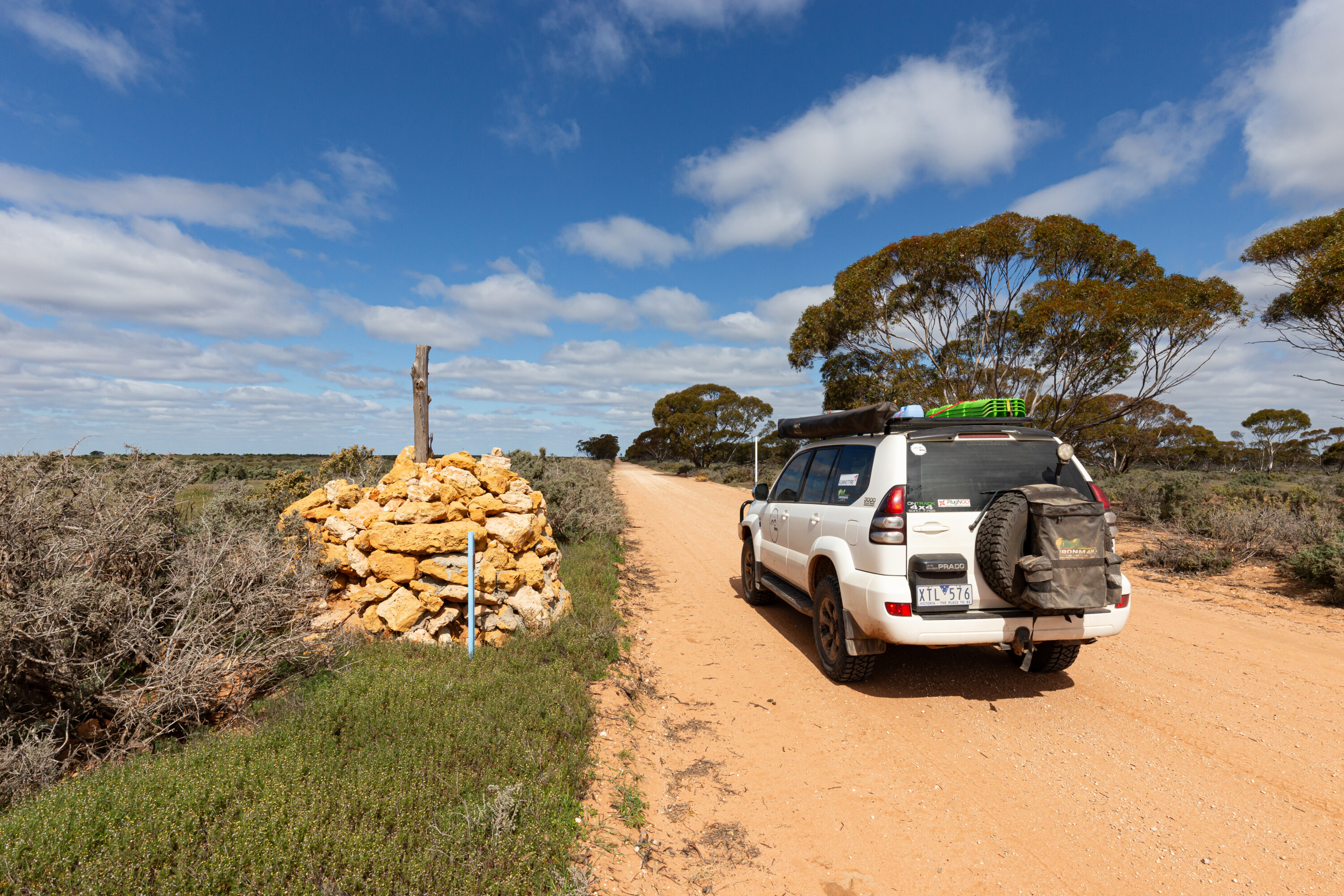
Back in the park, Mopoke Hut, built in 1962, serves as a historical resting place for cattle drovers. Though vandalised in the past, it has since been restored by local clubs. The campsite here provides a connection to the area’s history, offering travellers a comfortable spot to unwind.
Last Hope Track is nearby and reveals remnants of old lake beds, and navigating through muddy junctions tests driving skills. The journey to Mount Crozier involves picturesque landscapes and views. The drive can often conclude at Lake Crosbie, where the busy campground showcases the area’s appeal.
While in the park make sure you visit the Pioneer Museum, detailing the area’s salt mining history, while the Pink Lakes exhibit their vibrant colours due to algal activity. A journey along Grub Track and Sunset Track leads to stunning landscapes and a connection to the region’s pastoral past. The drive back home incorporates scenic routes through the Mallee, showcasing fields of wheat and canola swaying in the breeze.
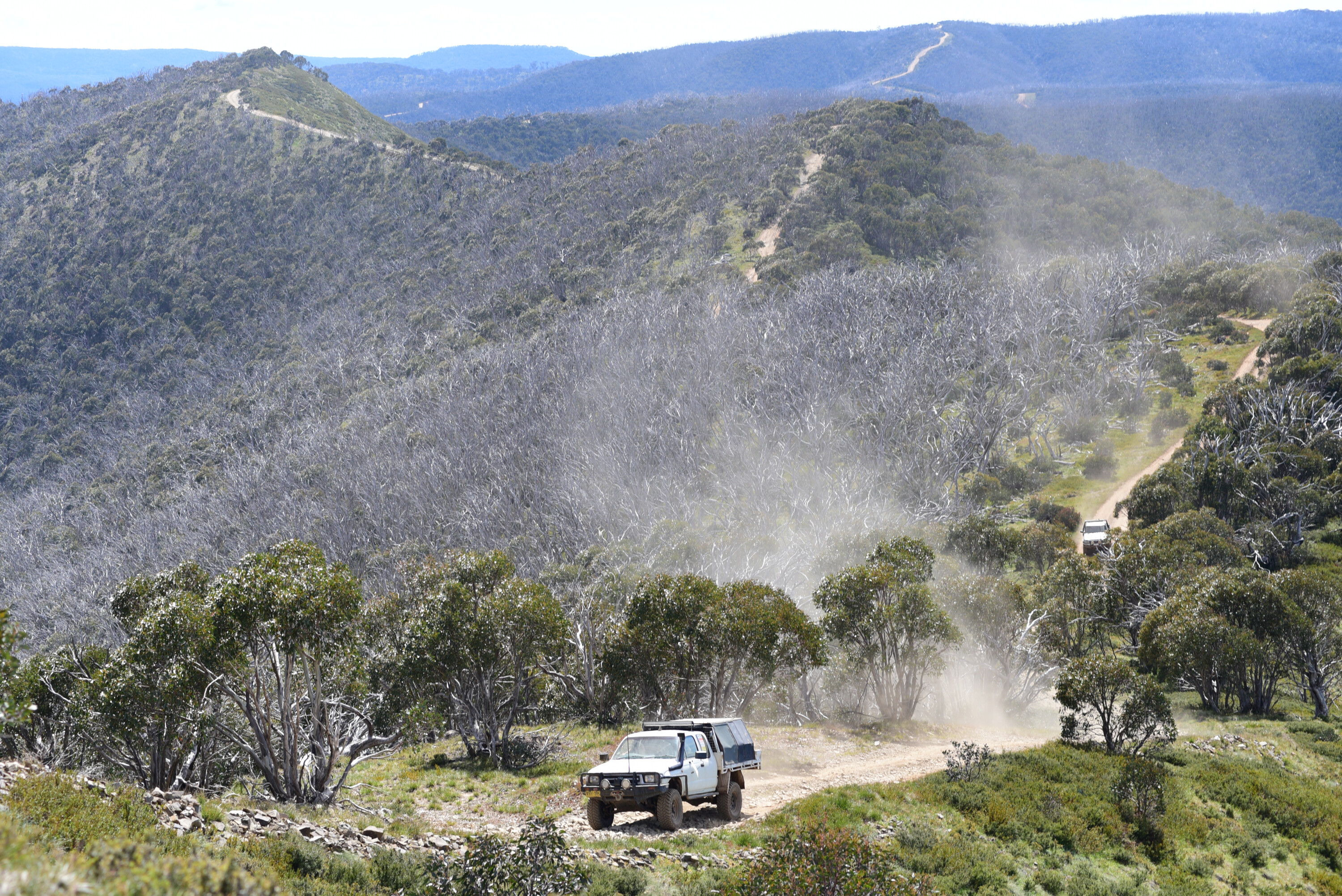
Words: Tristan Tancredi
Photos: Ron Moon
The Victorian High Country is often mentioned when discussing the best 4×4 tracks in the country. Only a few hours’ drive from Melbourne, the High Country is known for its stunning views, rich history, extensive outdoor activities, dense and lush forests and, of course, its challenging 4×4 tracks. Not just a mecca for off-roading, the region is also well-known for its skiing, hiking and fishing, and beautiful towns like Mansfield and Bright.
The best time to visit the High Country is between spring and summer, and a majority of tracks in the area are closed during the winter months. Remember to always carry essential safety equipment and off-road gear for such an adventure. Here are some of the best tracks and spots within the High Country.
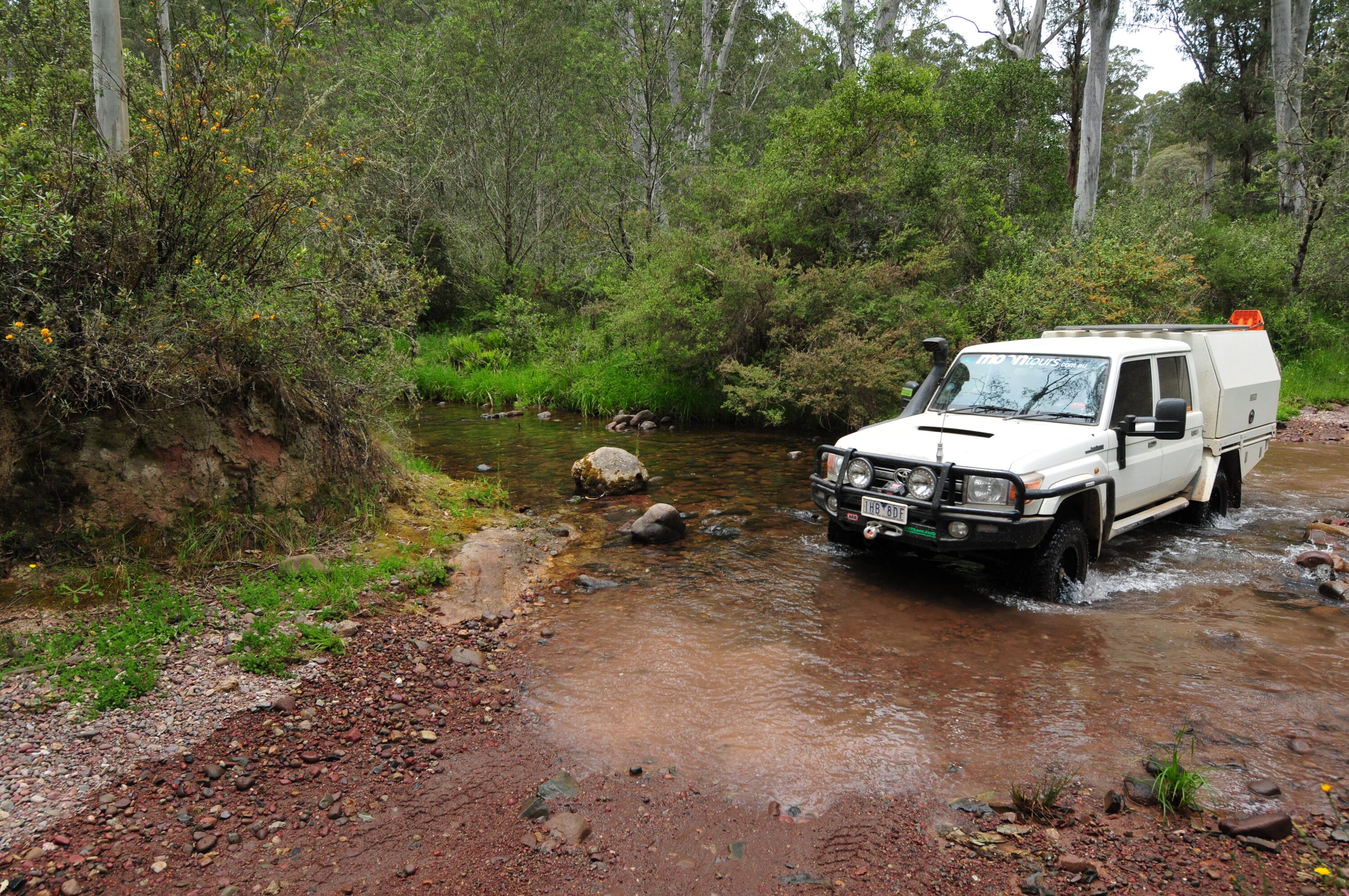
Billy Goat Bluff: Billy Goat Bluff isn’t for the faint of heart, but overcoming its incredibly steep ascents and descents – it’s one of the steepest tracks in Victoria – will lead to breathtaking scenery. A modified 4×4 with high clearance is essential for anyone wishing to embark on this challenge, as the track is graded as difficult.
The track is located within Alpine National Park near the Wonnangatta River, and it’s common for four-wheel drivers to start at Dargo (27km to the track via Crooked River Road) and end at Licola. There are a few camping spots along the way, including at Horseyard Flat and Black Snake Creek. The area is also popular for bushwalking, horse riding, rock climbing and fishing.
Howitt Plains Track: Easier and more inviting than Billy Goat Bluff for casual four-wheel drivers, Howitt Plains Track is a scenic route that carves through beautiful alpine forestry and provides access to many walking trails and well-known camping spots.
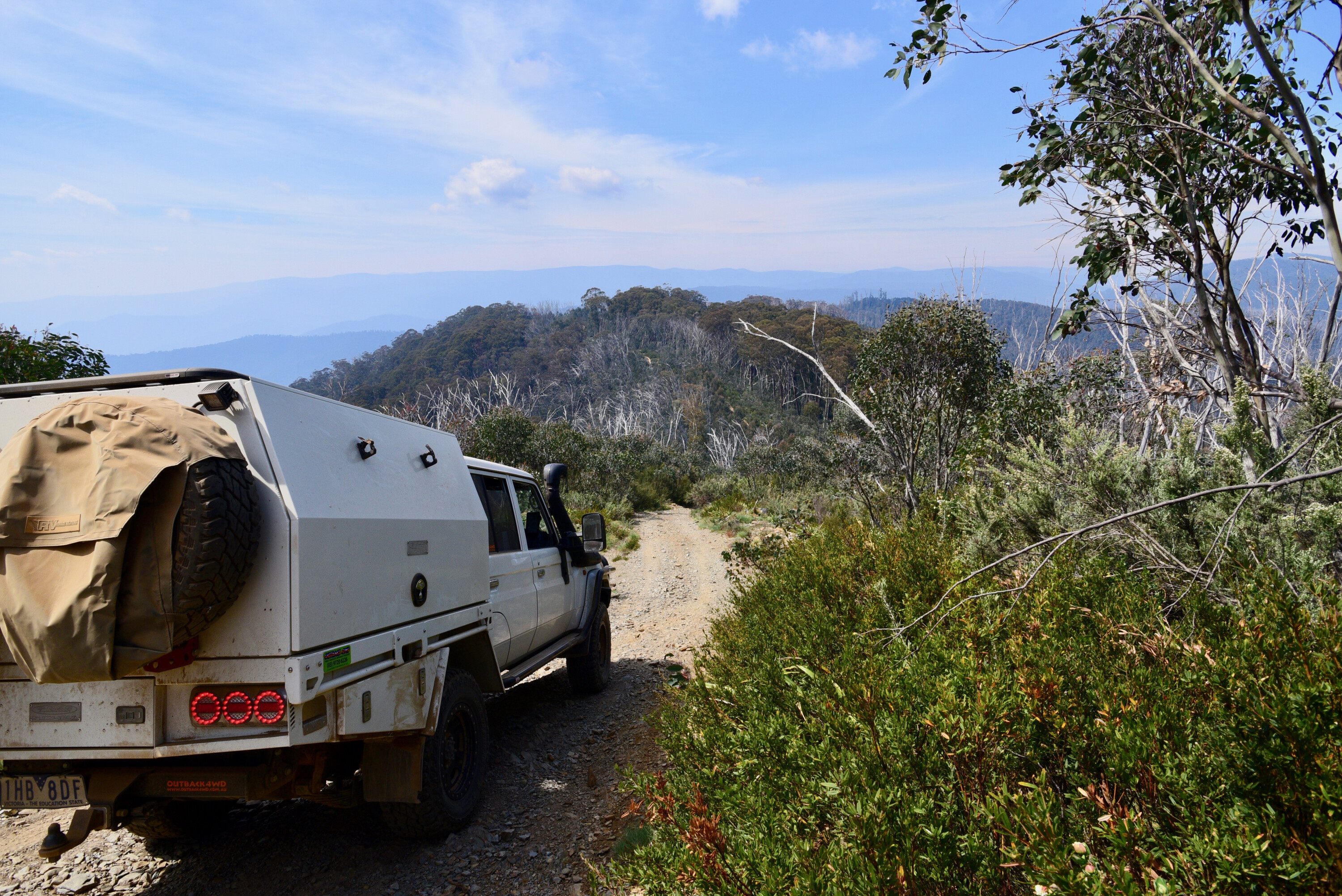
The track is accessible from the small town of Howitt, approximately four hours’ drive from Melbourne, and travellers often start at the southern end near the Howitt Plains. Some sections can be challenging, so a high-clearance 4×4 is recommended. While there, be sure to have a picnic at Howitt Plains; detour to Mount Howitt to get truly impressive vistas of the area, or bushwalk the many trails including The Viking, a multi-day hike.
Mount Pinnibar Track: Most tourers depart from the nearby towns of Omeo and Benambra to access this challenging 4×4 track from the northern end, near the southern base of Mount Pinnibar. As with the other tracks on this list, a high-clearance 4×4 is essential, as the track is steep in sections, with mud known to hinder vehicles after rain.
Inexperienced drivers need not apply, as the track has plenty of technical sections and steep climbs, but the alpine views at several vantage points along the way make it an extremely rewarding journey.
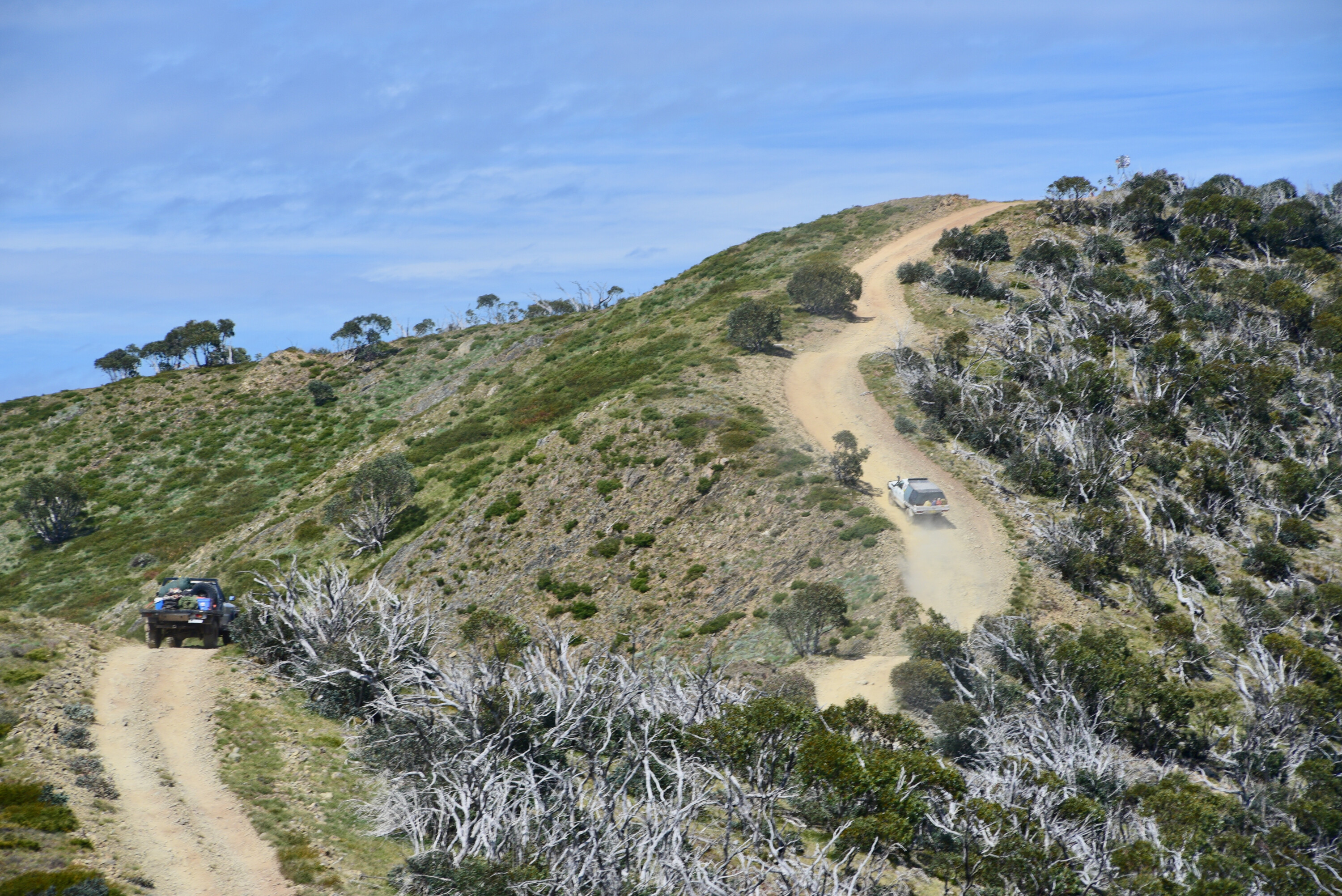
Dargo High Plains Track: This adventure typically starts at the towns of Dargo or Licolo, roughly four hours’ drive from Melbourne. The well-known track weaves through the Alpine National Park and mixes picturesque views with challenging terrain.
A combination of river crossings of the Dargo River, steep climbs and technical sections means a high-clearance 4×4 is essential. The Dargo High Plains Road leads to the start of the Blue Rag track, which ends at a high peak with unbeatable views of the area.
As with all tracks on this list, it’s paramount to be well-prepared if things turn sour – that means packing the correct safety and off-road gear, and knowing how to use it. Canoeing, fishing and rafting are popular in the region, as is hiking and horseback riding.
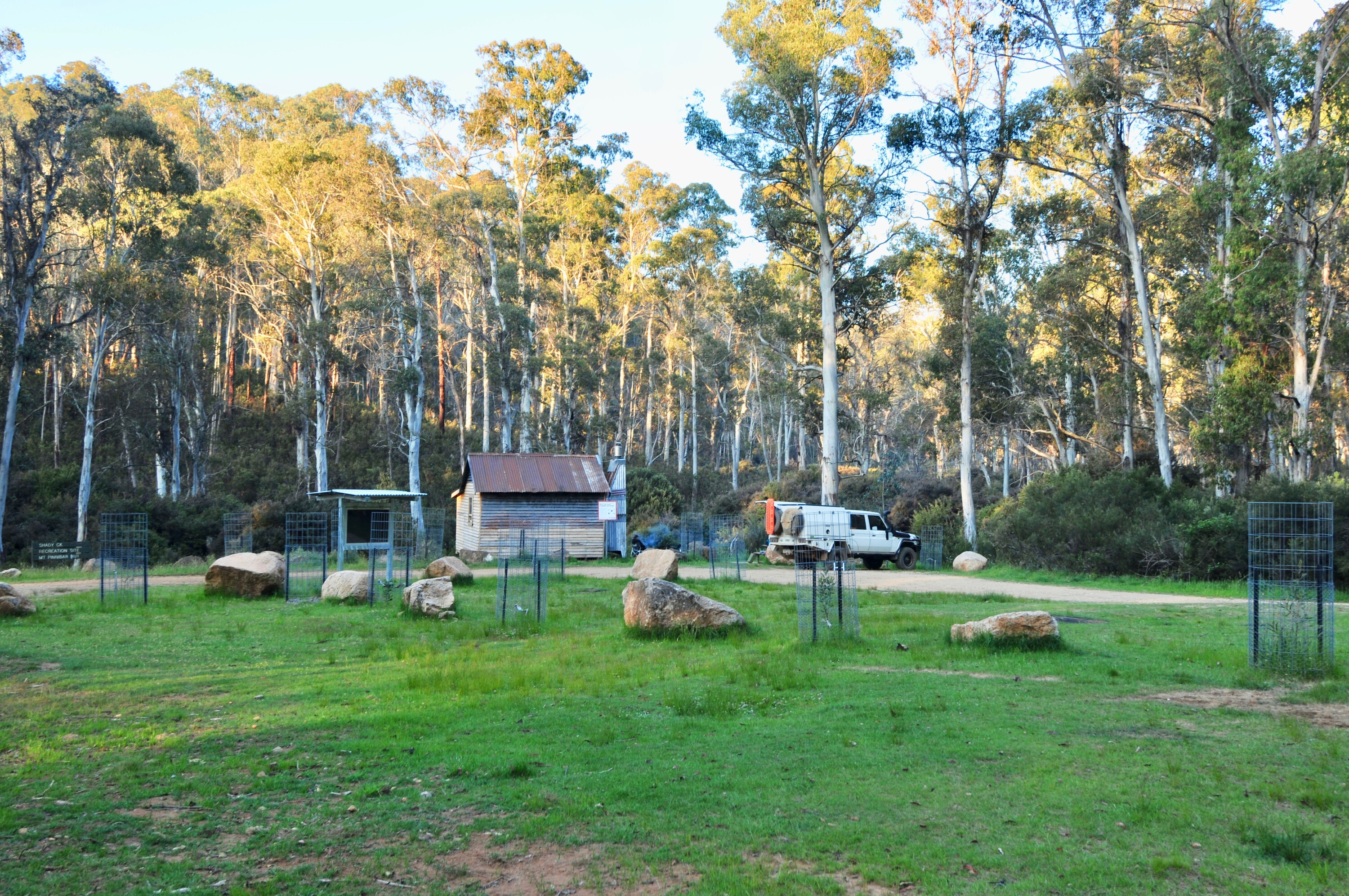
Zeka Spur Track: The historic Zeka Spur Track is another recommended for experienced tourers only due to its demanding and technical off-road sections. The track that leads to the Wonnangatta Valley is littered with sharp rocks, steep ascents and descents, and multiple river crossings, so an appropriate high-clearance 4×4 is non-negotiable.
The track is most commonly accessed from the southern end off Howitt Plains Road from Licola, but it can also be reached from the northern end near Dargo. It’s also highly popular for trout fishing and hiking.
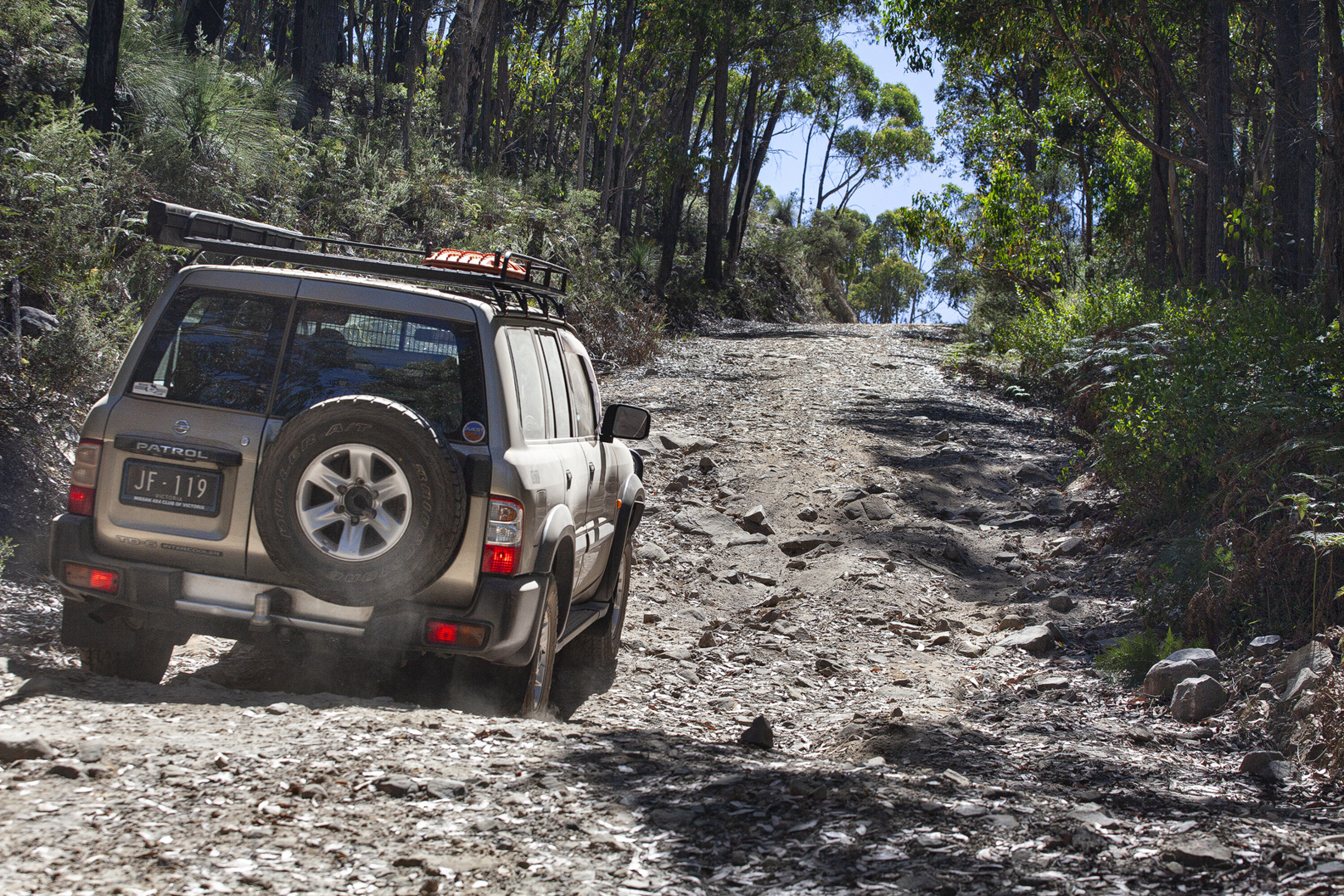
Robert Norman
Grampian National Park’s array of accommodations, restaurants and wineries makes it a perfect getaway for travellers of all tastes.
Halls Gap, with a population of just 430, serves as the gateway to the Grampians. Despite its small size, the town boasts essential services including a bakery, general store, hotel, service station and cafes that accommodate a steady influx of visitors. Among the town’s attractions is Victoria’s largest regional zoo, home to more than 160 species of native and exotic animals.
Visitors can enjoy unique encounters with dingoes, meerkats, giraffes, cheetahs, and rhinos. Families can also take advantage of electric bike rentals and a paved bike/walking track that runs through town. For adults, nearby wineries, such as Fallen Giants, offer the perfect retreat for wine tasting.
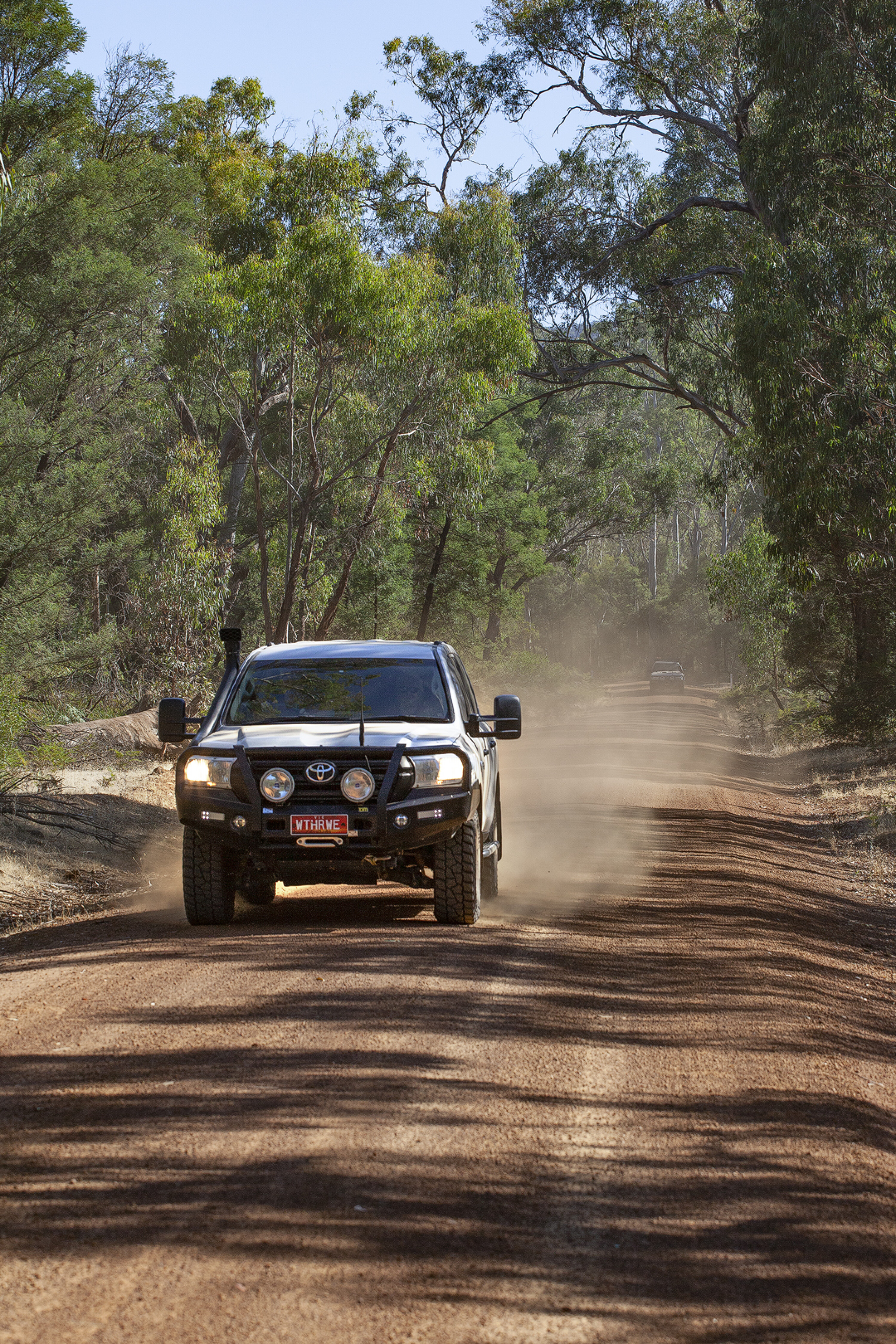
For fishing enthusiasts, the Grampians features numerous manmade lakes and reservoirs stocked with redfin and trout. For those who prefer dining out, the Halls Gap Hotel serves delicious fish and chips – reservations are recommended.
A must-visit is the Brambuk National Park & Cultural Centre, which celebrates the connection to Country through indigenous dancers, artists and storytellers. Known as Gariwerd to the traditional owners, the Grampians is home to the largest collection of Aboriginal rock art sites in Southern Australia, with 80 per cent of Victoria’s sites located here. These ancient artworks, some dating back 20,000 years, can be explored at public sites like Bunjil’s Shelter, nestled within a granite boulder.
The park features an extensive network of unsealed roads and tracks, ranging from accessible to steep and rocky, making it a popular destination for the 4×4 community.
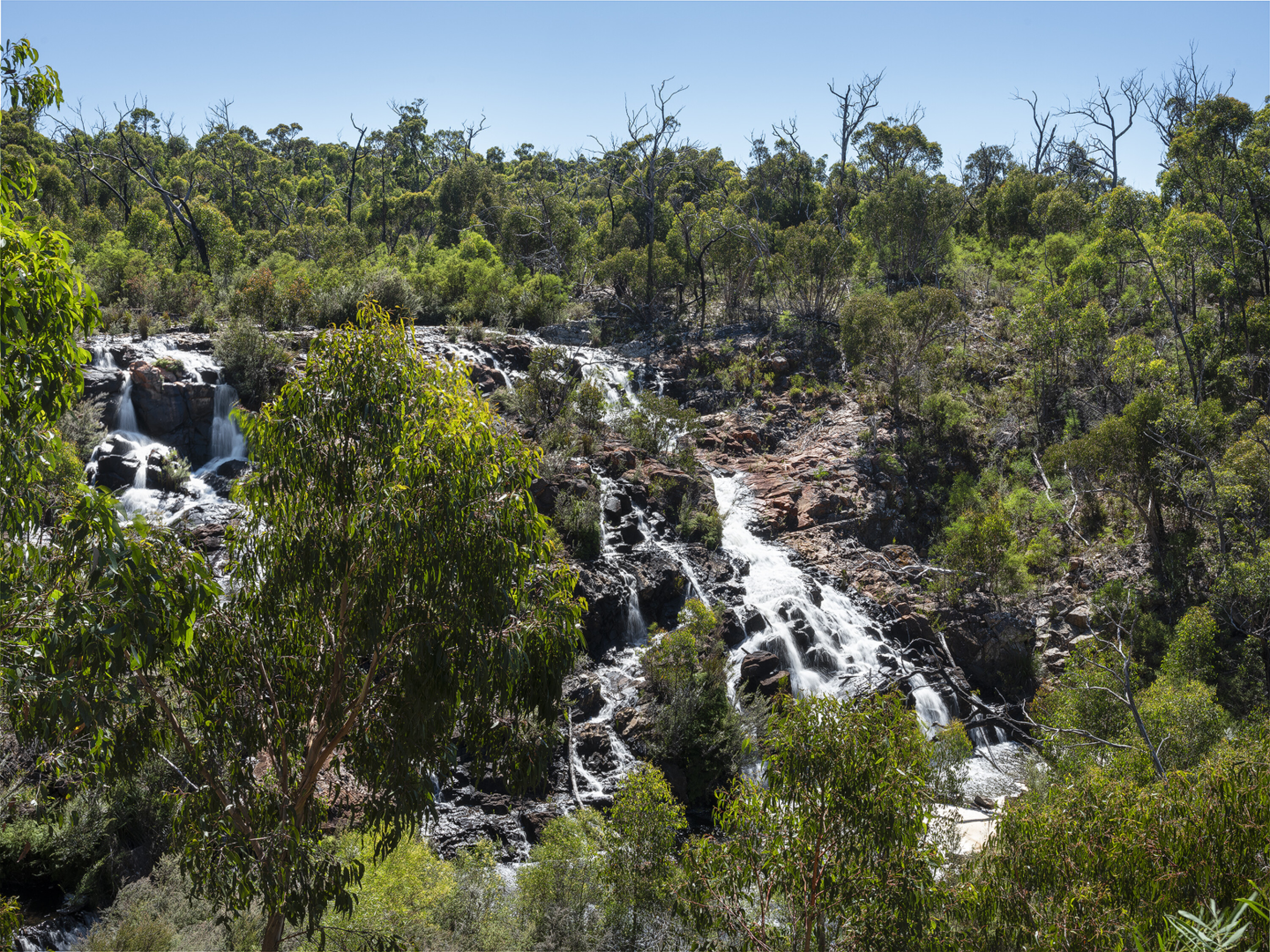
Campgrounds within the park require online booking, and while many sites offer basic amenities like toilets and fireplaces, those seeking comfort can opt for caravan parks in Halls Gap, which provide additional facilities such as hot showers and swimming pools.
For those looking to explore beyond their vehicles, numerous walking trails lead to breathtaking lookouts and attractions. Mt Victory Road winds through scenic areas, offering access to locations like the Elephant’s Hide and the stunning panoramas at Lakeview and Pinnacle Lookouts. For a more challenging hike, the moderately difficult walk to the summit of Mt William rewards hikers with spectacular views.
Among the park’s highlights is MacKenzie Falls, Victoria’s largest waterfall, which flows year-round. Though swimming is prohibited, visitors can enjoy the stunning scenery, while a short side track leads to the picturesque Broken Falls. Nearby, Wartook Reservoir offers a peaceful picnic spot with lovely views.
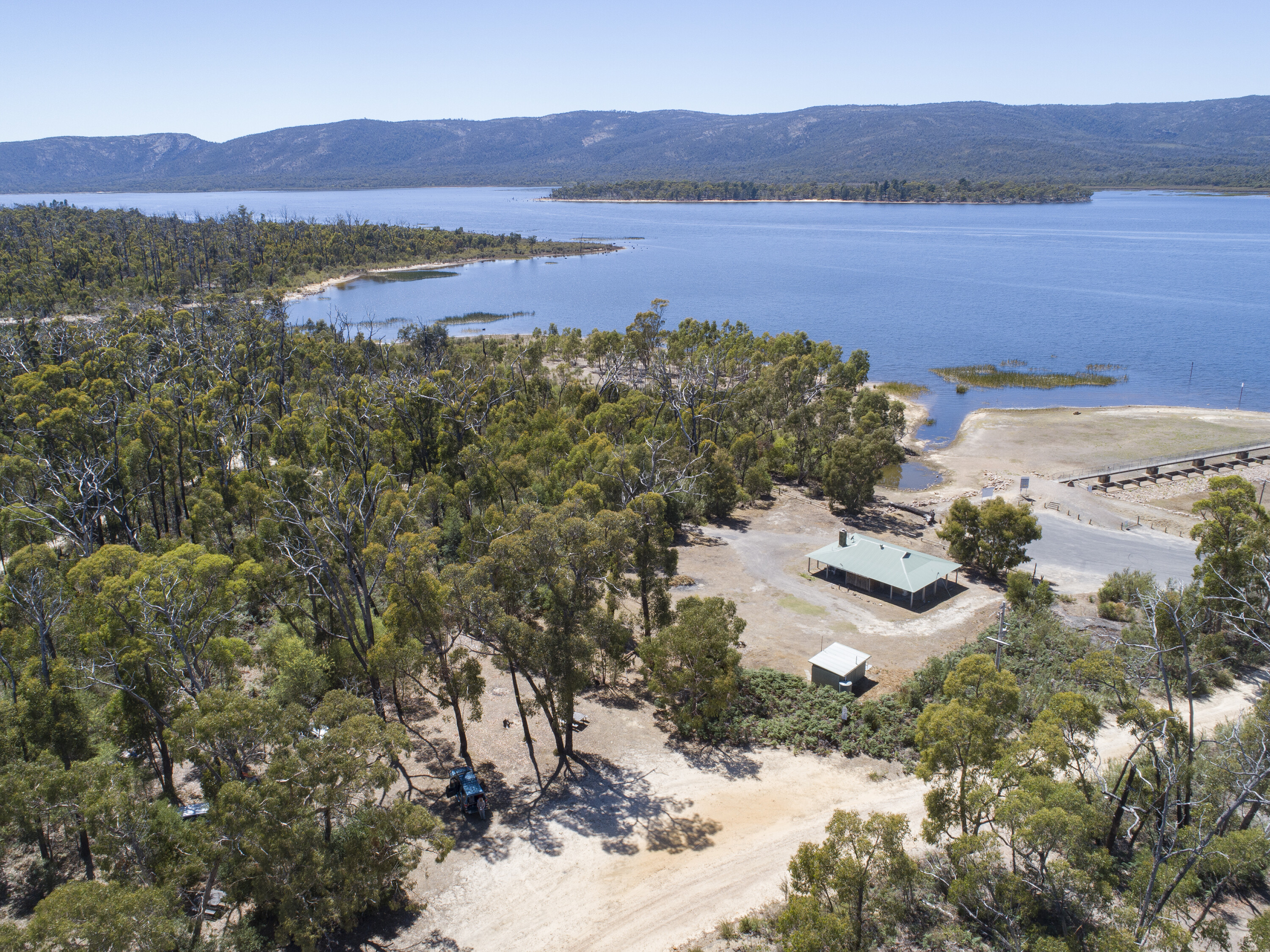
The Grampians is also home to various 4×4 tracks. Adventurers can explore routes like Victoria Range Track, which features challenging terrains and stunning vistas. The park’s gravel roads, while not overly difficult, provide spectacular views of the Grampians’ rugged landscape.
While most caravan parks in Halls Gap enforce a no-dogs policy, nearby Lake Fyans Holiday Park welcomes pets outside of peak times. For those preferring to free camp, Glendinning Campground and Lake Lonsdale Campground offer dog-friendly options with basic facilities and fishing opportunities.
Grampians National Park truly has something for everyone, making it an ideal destination for repeated visits.
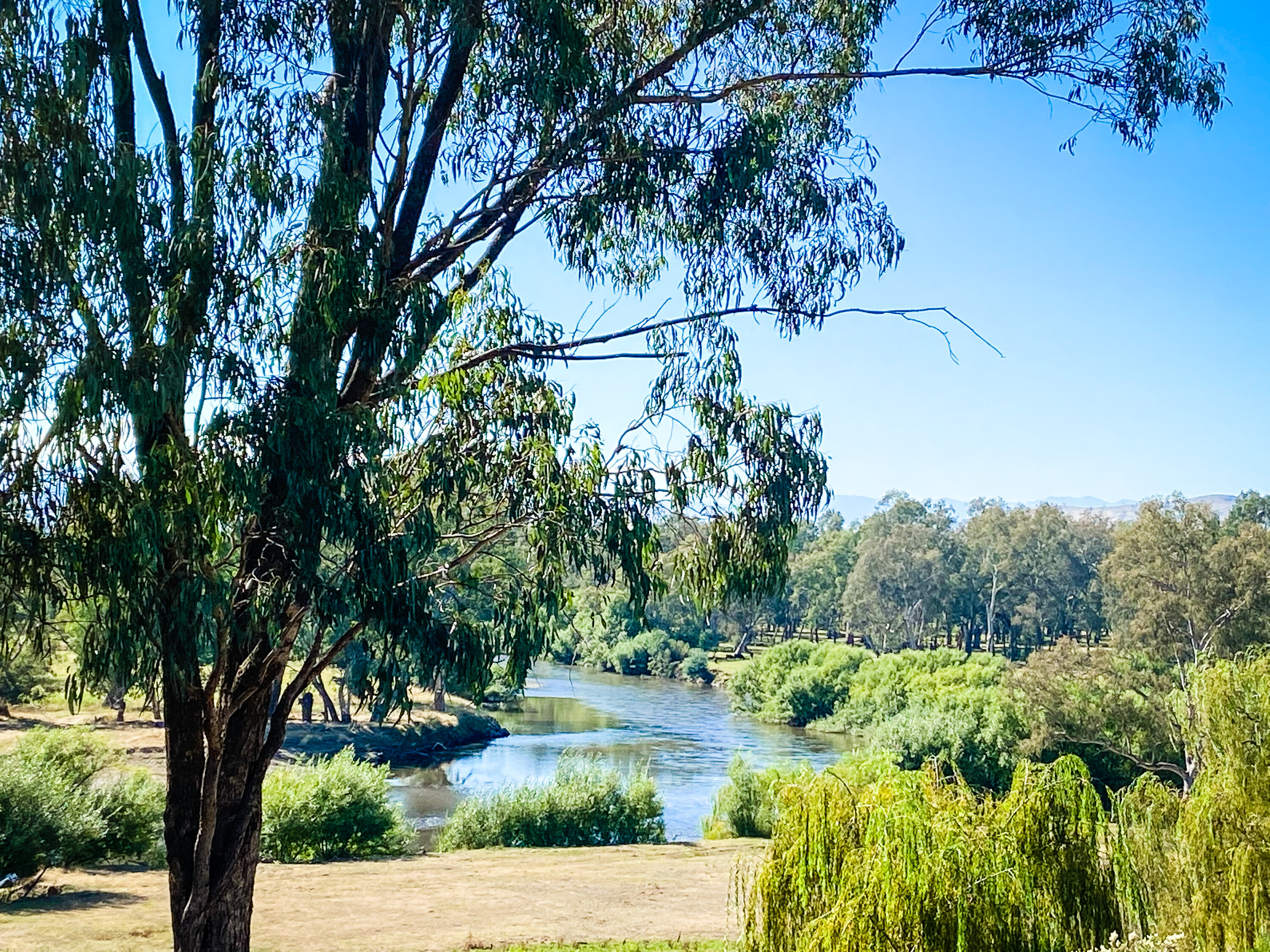
Miriam Blaker
Tintaldra, once a bustling hub of activity along the Upper Murray, is a small hamlet steeped in history. In its heyday, it featured a ferry crossing, customs house, blacksmith, and even a police sergeant on patrol. This quaint locale was one of the few points to cross the river from Victoria into New South Wales.
Fast forward to today, and while the original punt has given way to a modern bridge, Tintaldra remains a serene retreat. The local police officers stationed here are friendly, offering a warm welcome to visitors. This charming town, coupled with the iconic Murray River, provides ample opportunities for relaxation and exploration.
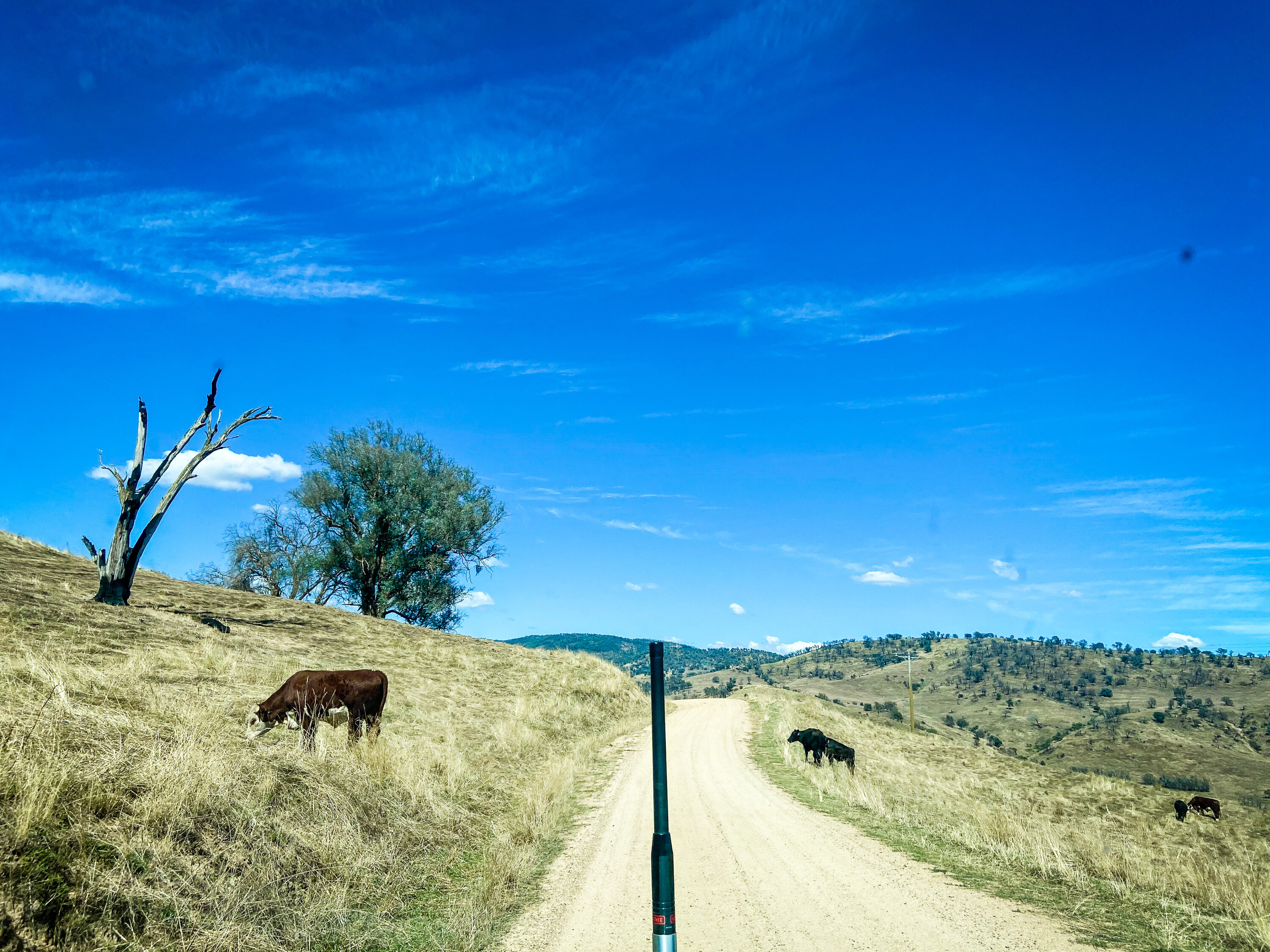
The journey from Melbourne, over five hours long, becomes increasingly scenic upon leaving the Hume Highway. Travellers are treated to stunning landscapes as they navigate towards Tallangatta and the Murray River Road, which connects the majestic Murray River with the Snowy Mountains.
Numerous campsites dot the area, and the drive through Tallangatta reveals the forest’s resilient regrowth after the bushfires. The winding Shelley-Walwa Road descends to the Murray River Road, showcasing the river’s meandering path through lush grazing lands and woodlands. Walwa makes for an ideal pit stop, boasting a well-stocked general store, a pub, and a caravan park.
Neils Reserve, just 7km east of Walwa, offers abundant camping options along the river. As the journey continues, panoramic views abound, particularly at the Jim Newman Lookout, where the Murray River gracefully winds through the valley, framed by the distant Alps.
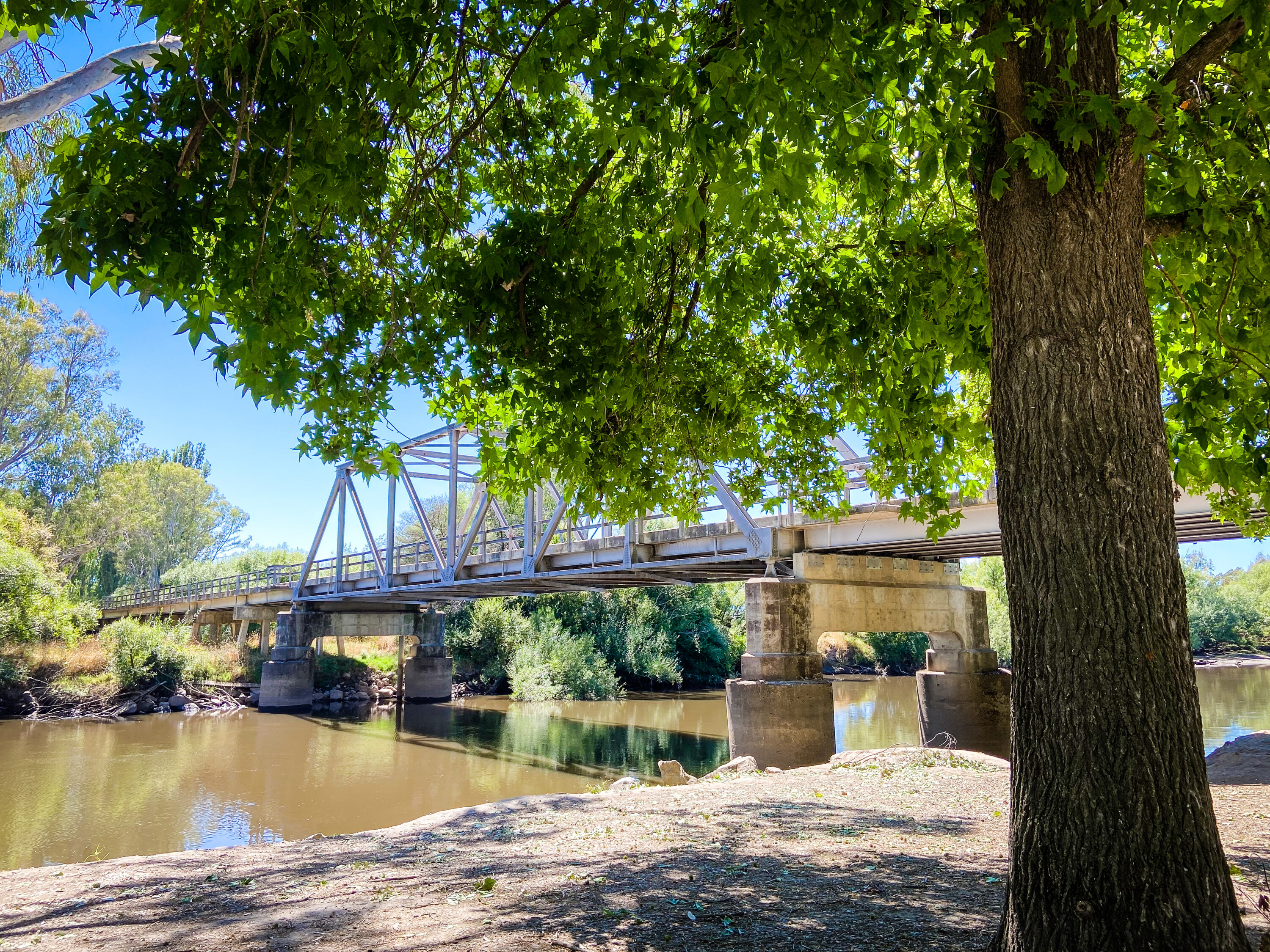
A notable feature here is a giant bogong moth structure that highlights the significance of these moths to the indigenous people who once thrived on them during the spring and summer months.
Clarkes Reserve serves as the perfect campsite, with its picturesque river frontage ideal for fishing or canoeing. Situated just 6km from Tintaldra, this idyllic spot offers a lush, open space for relaxation. After settling in, a visit to the town reveals a quiet atmosphere.
The historic general store, built in 1864, is a must-visit. Stepping inside is akin to stepping back in time, with its patterned tin interior and river red gum beams. This store, which also serves as a post office and museum, was once a vital supply hub for the area.
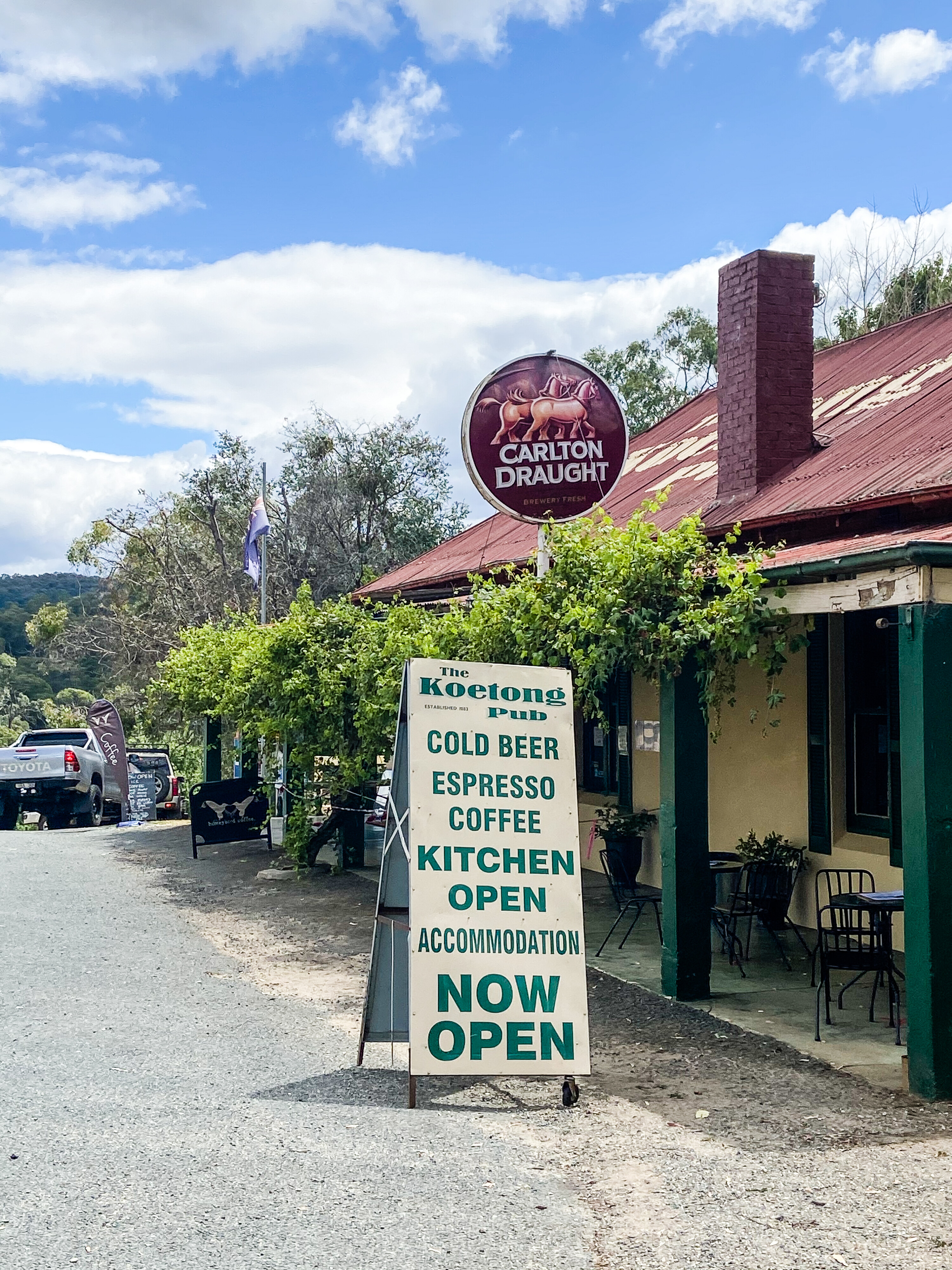
Caretaker Robin Walton shares the store’s rich history, recounting her family’s nearly 50-year stewardship and honouring her late mother, a beloved figure in the community known for her hospitality.
Across the road stands the Tintaldra Hotel, established in 1870 and serving as a local gathering place for years. Though it faced closure, the hotel has been revitalised since reopening in 2018, combining historical charm with modern amenities, including excellent pub food and cold drinks.
Visitors can enjoy views of the historic river red gum bridge while the nearby monument commemorates early pioneers like Christian Vogel, a jack-of-all-trades who contributed significantly to the area’s development.
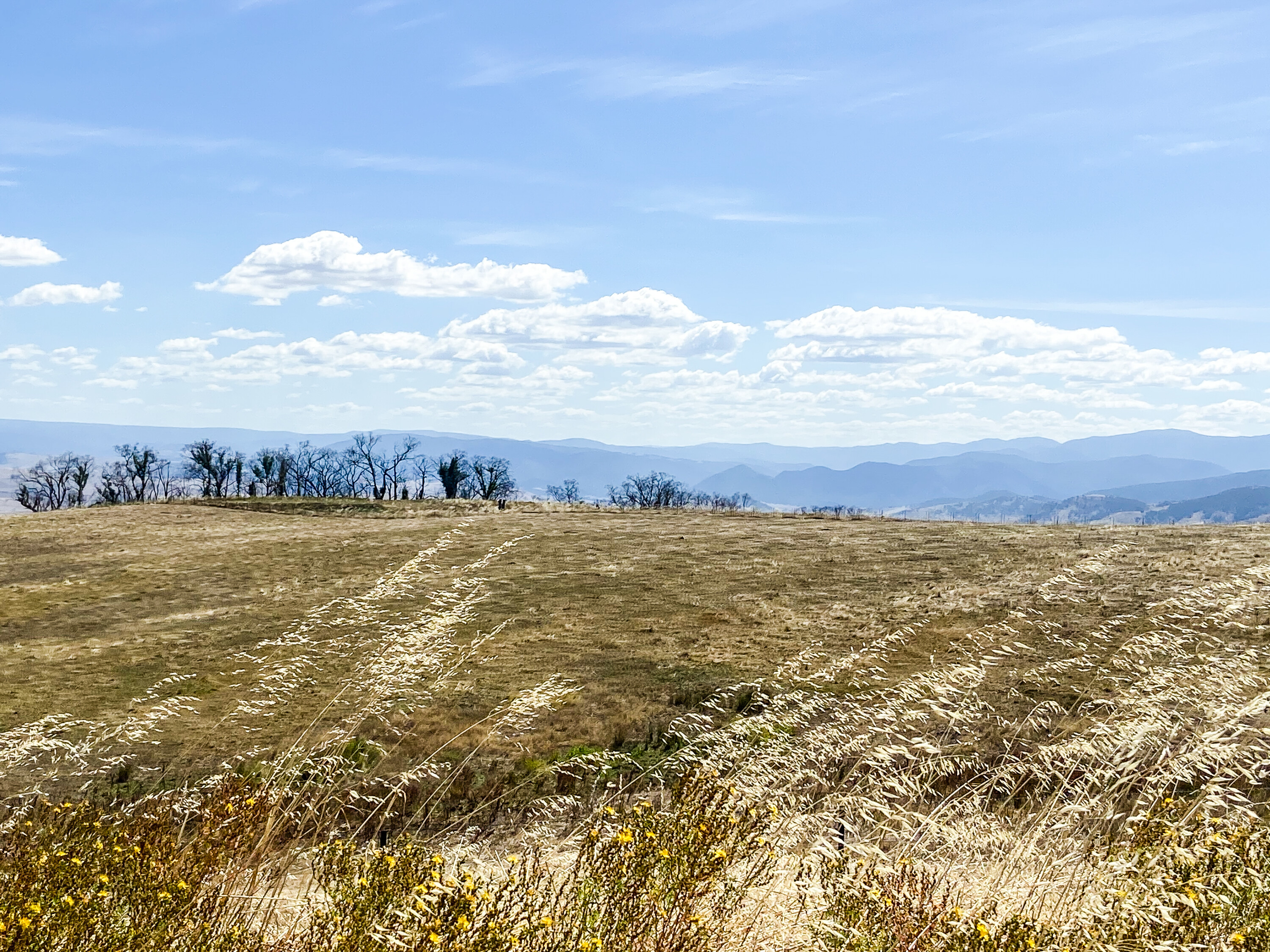
For outdoor enthusiasts, Burrowa-Pine Mountain National Park presents a playground of bushwalking and four-wheel driving opportunities. Though some tracks remain closed for safety assessments post-bushfire, ranger insights hint at future openings. Pine Mountain, one of the Southern Hemisphere’s largest monoliths, beckons adventurers, while Cudgewa Bluff Falls offers a spectacular spot to cool off in nature.
Nearby Mt Mittamatite Regional Park features Embery Lookout, promising breathtaking views over Corryong and the Australian Alps. The region is also dotted with welcoming country pubs like the Walwa Pub and the Cudgewa Pub, perfect for a refreshing drink after a day of exploration.
As dusk falls at camp, the river provides a tranquil backdrop for relaxation. With more than 155km of stunning landscapes to discover along the Murray River Road, Tintaldra and its surroundings offer a wealth of experiences for those seeking adventure and tranquillity in this magnificent part of Victoria.
The images shared by CarNewsChina show the “MG” on the back of a tow truck, at an event for the launch of the Maxus Interstellar X pickup truck. The Maxus will be available in both diesel and EV forms when released in China.
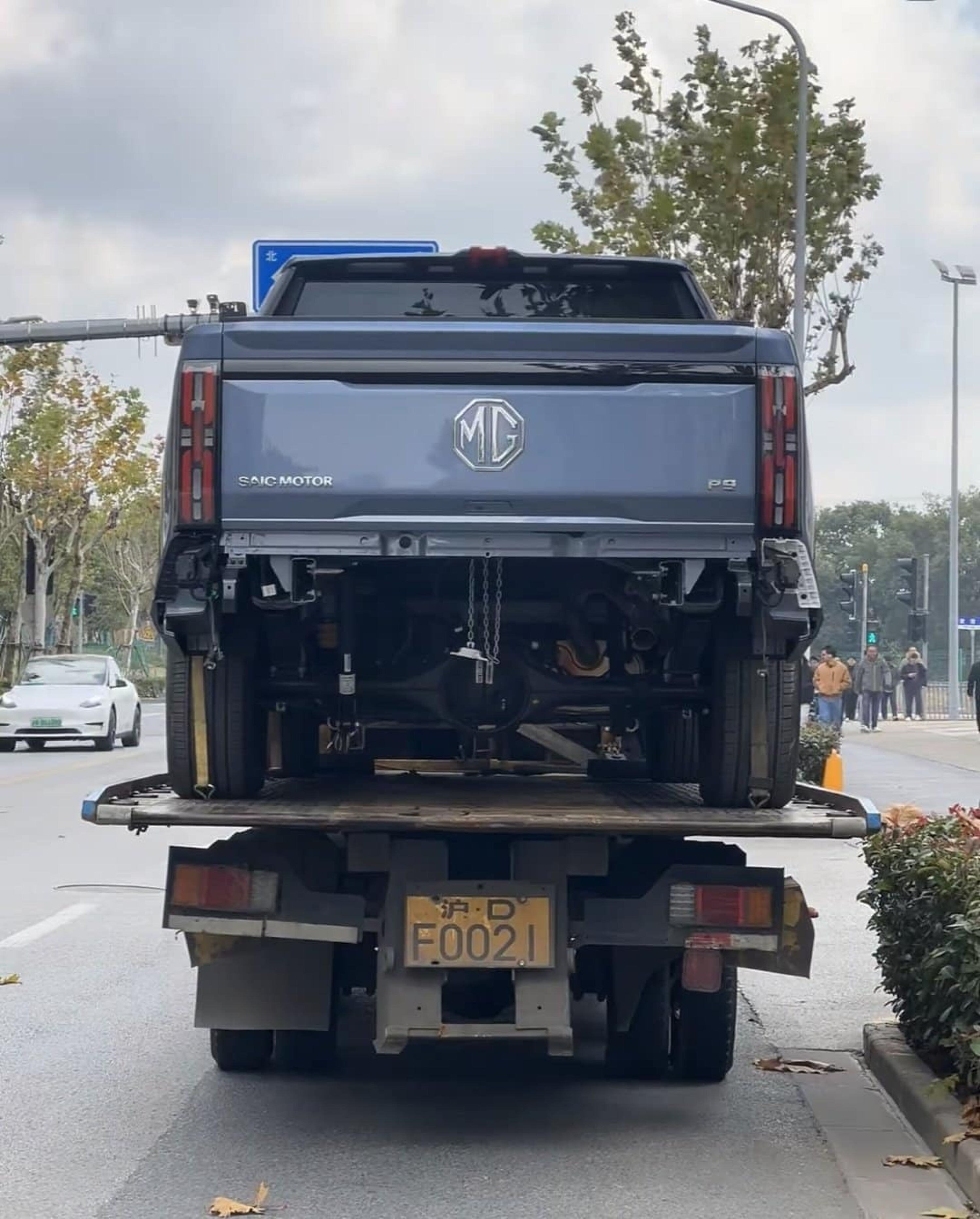
The former British marque, which just recently launched one of the world’s few two-door electric performance cars into the Australian market in the form of the shapely MG Cyberster, is reportedly getting ready to enter a very different segment – one with substantially more commercial importance.
MG wants a ute for Australia.
Not just any ute: a dual-cab, the most popular bodystyle for privately-owned pickup utilities in this country. Why? Because the brand’s local boss Peter Ciao says MG will struggle to achieve its goal of being a top-five brand in Australia if it doesn’t have a dual-cab ute in the Aussie product portfolio. It’s a goal MG hopes to hit by 2027, with a secondary goal of becoming a top-three brand by 2030.
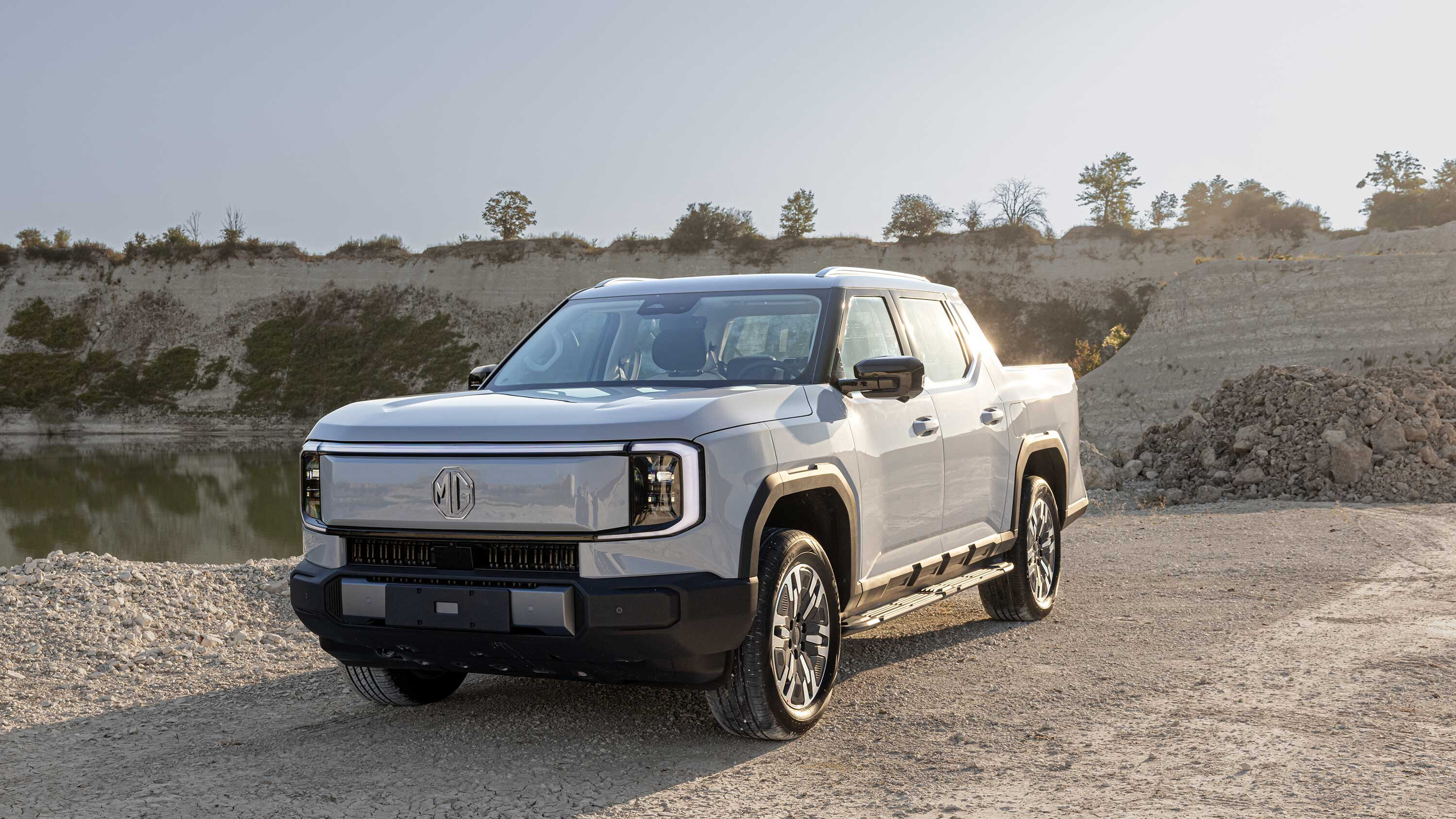
With the calendar about to click over into 2025, a ‘by 2027’ deadline sounds awfully close. It means MG’s ute will need to arrive within the next 24 months, ideally within the next 12 if it’s to lodge a full year of sales and contribute as much as it can to MG’s Australian sales ledger in 2026. The clock is ticking, but MG does have the ability to move quickly.
Product development lead times in China are substantially quicker than that of other car-producing nations, but MG also has the advantage of being able to adapt existing product from the broader brand network of its owner, the Chinese automotive juggernaut SAIC.
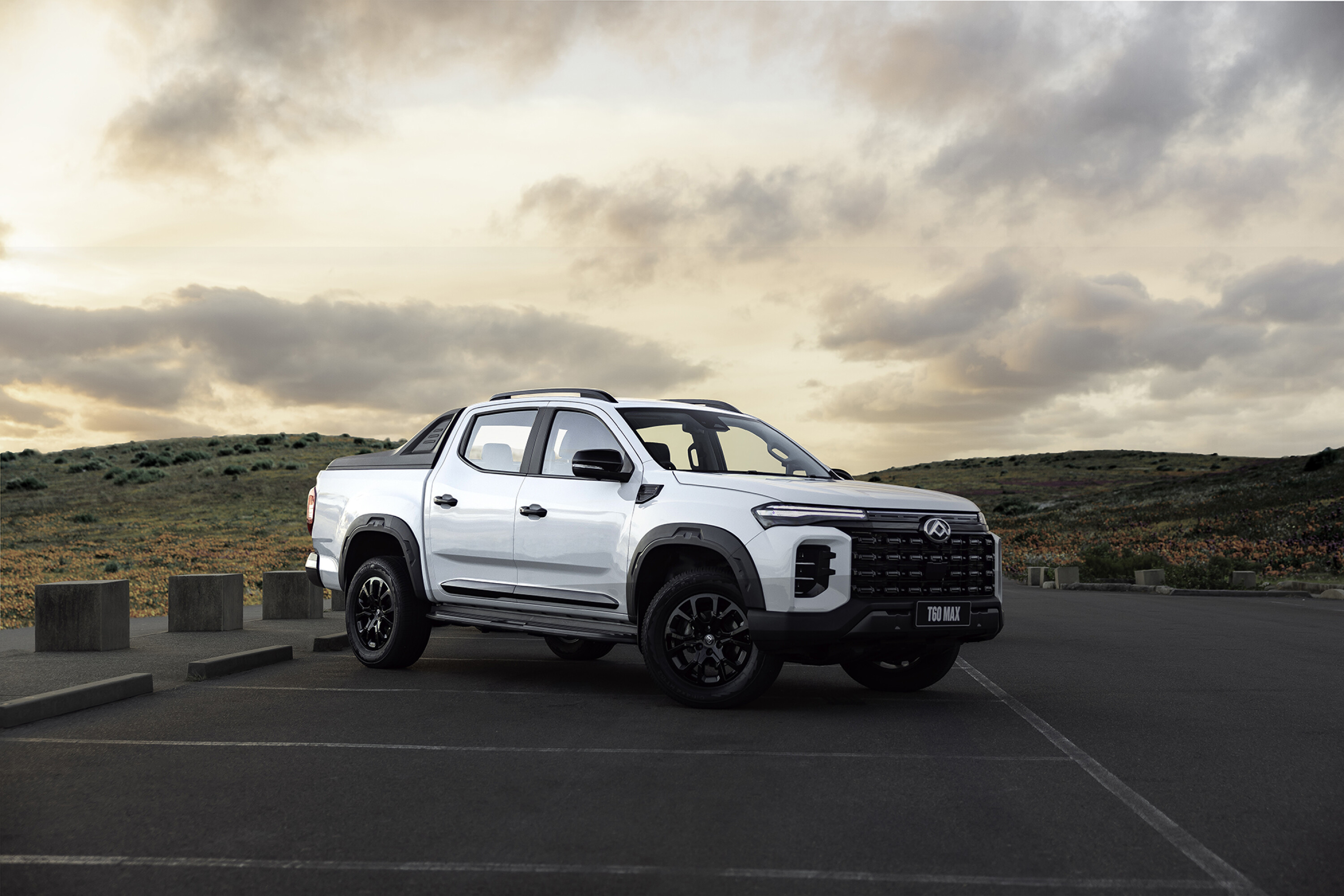
MG already has a ute in the Thai market, the MG Extender, however that product is a rebadge of the T60 Max (above) that’s sold by LDV, another SAIC subsidiary, which is already on the road in Australia. MG’s Australia-bound ute is expected to be something quite different.
A more likely candidate is the Maxus eTerron 9 (top and below), an electrified dual-cab pickup utility which could hold potential for an MG rebadge for Australia given Maxus is another corporate cousin of MG. With a big battery and electric motors driving its wheels, the eTerron 9 would also fit in neatly alongside MG’s other new-energy vehicles like the MG ZS, MG4 and Cyberster.
A diesel-powered version dubbed the Terron 9 is also set to enter production soon, replacing the eTerron 9’s 325kW dual-motor powertrain and 102kWh battery pack with a more conventional 163kW 2.5-litre turbodiesel driving all four wheels. Both are expected to boast a 3500kg towing capacity.
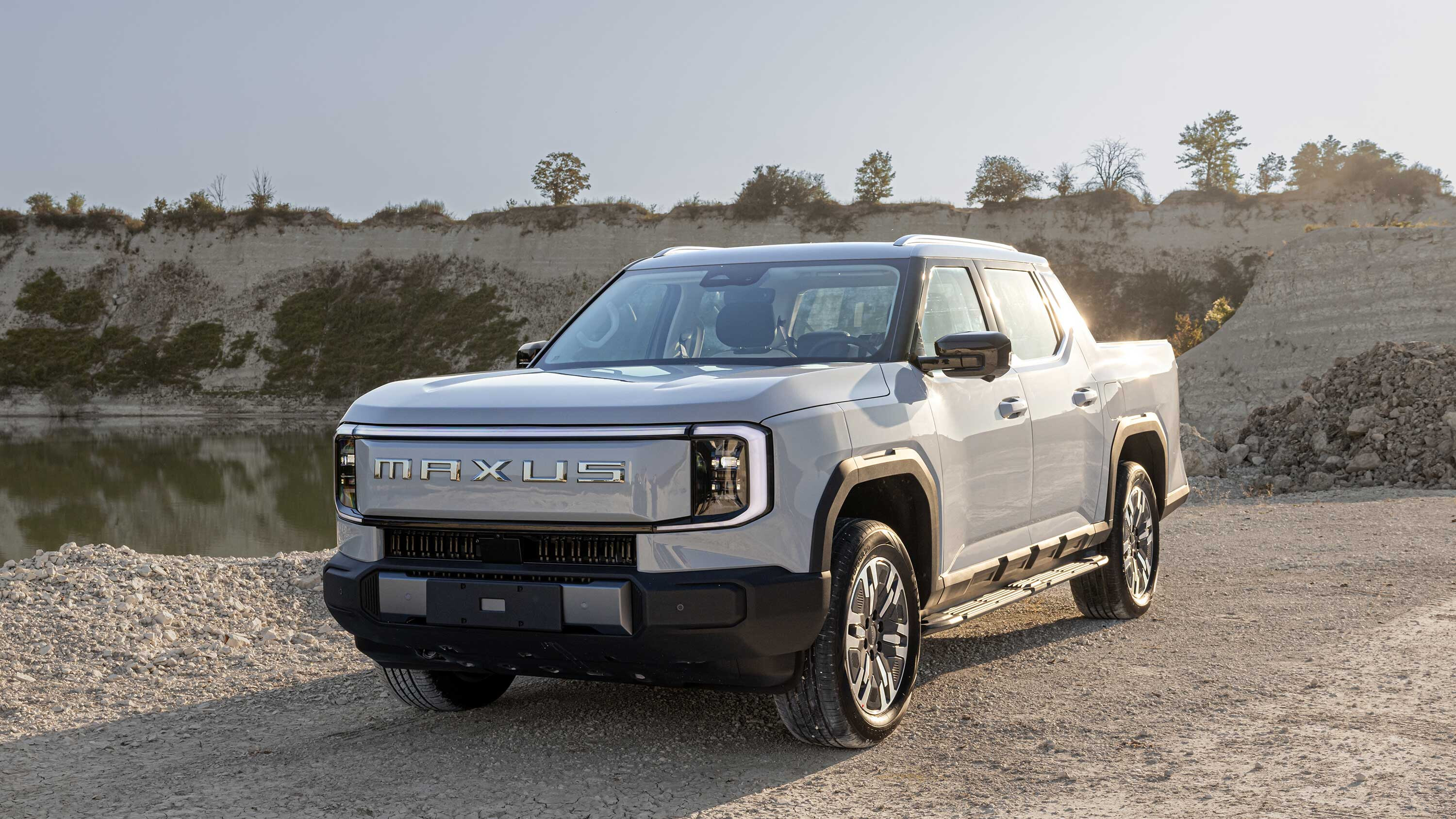
The catch? LDV’s local distributor Ateco has already committed to bringing the eTerron 9 and the diesel-powered Terron 9 to Australia badged as LDVs (below), meaning MG – whose presence in Australia is fully backed by SAIC and is managed separately to LDV – will either need to do something special to set its version of that ute apart from its LDV equivalent, or will have to bring a wholly different vehicle to our shores altogether. If the latter is the case it would have to be something we haven’t seen yet, as SAIC’s only other mid-size pickup besides the T60 and eTerron 9 is the Wuling Zhengtu: a homely-looking ultra-utilitarian ute that’s powered by a 72kW 1.5-litre petrol engine driving only the rear wheels.
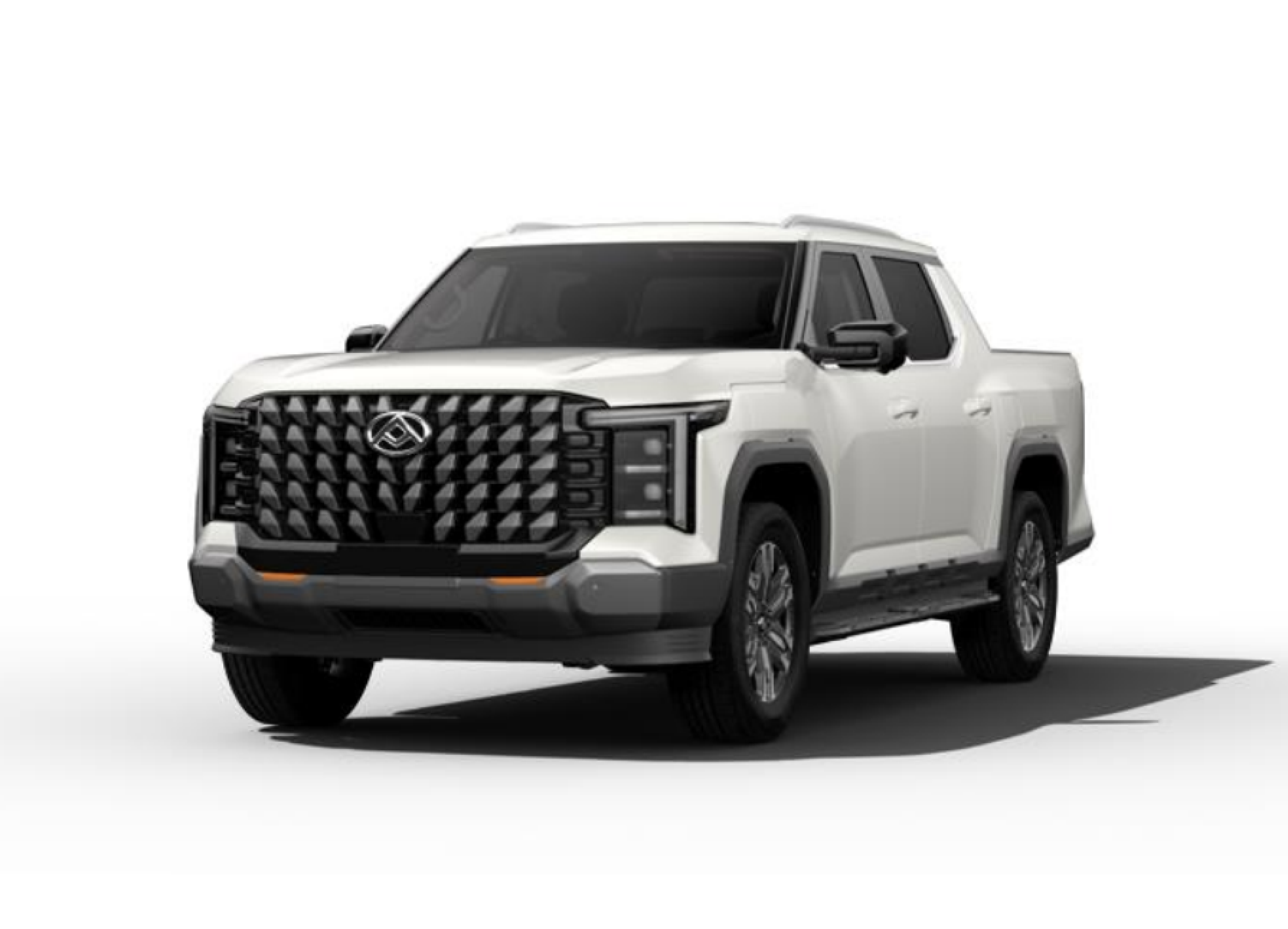
MG’s leadership isn’t wrong about the commercial importance of putting a ute in its showrooms. Right now, Mitsubishi sits in fifth place in the year-to-date sales figures with a tally of 62,588 vehicles sold, and the Triton accounts for just under 15,000 of that total – or nearly a quarter of all Mitsubishis sold in this country. Meanwhile Toyota, which dominates the 2024 sales charts with more than 202,000 units sold to the end of October, attributes 28 percent of its sales volume to the Hilux and 70-Series Landcruiser ute.
If MG was able to see similar percentages it might not be enough to boost it into the top five (its current year-to-date sales tally is 41,302 cars and SUVs), but it would certainly put it within striking distance of rivals like Hyundai, which currently sits in sixth place without a ute in its lineup.